Prices have been brought up to date, and are for stamps in 'average' condition. The currency is now selectable, the default is British Currency (£). I have revised Hiscocks' original listing, though leaving references to the original designations. The new designations have 'RH' numbers (Revised Hiscocks) to avoid confusion. Setup |
| Shortcuts to different sections | ||||||||||||||||
| 1857 | 1859 | 1860 | Perforations | 1861? | 1867? | Remainders | Watermarks | Cancels | DETAILS | Forgeries | Red Controls | Colours | Plating / Calculator | Sequence | Control Types | Stationery |
Steve Hiscocks wrote:
This company was formed in 1857 by the merger of the English and Irish Magnetic Telegraph Co. (q.v.) and the British Telegraph Co. (q.v.) and was
bought out by the Postmaster-General in 1870. Stamps were lithographed in black by Mawdesley & Co of Liverpool on various coloured papers some
of which were taken over from the British Telegraph Company. The most common paper bears a sheet watermark consisting of a fist full of 'thunderbolts'
and the maker's name. Some stamps thus show no watermark while others show part of the pattern. The design includes the signature of Edward Brailsford Bright,
the Company Secretary, as do the stamps of the English and Irish Magnetic Telegraph Co. which preceded this Company.
My notes:Ignore the yellow highlighted section, it arises from a nineteenth century myth that I explain in the 'Watermarks Section' below.
Stamps issued from the start and the relationship between the British Telegraph Co. and the Submarine Telegraph Co. was continued.
According to Lister (1961) "An interesting point is that in the Royal Charter granted to the Company, it was provided that Government
messages were to be given priority without payment in excess of the normal tariff. This service was widely used."
According to Langmead and Huggins (2003, p23) "Stamps were issued from the start," I have my doubts about that.
Their earliest forms of 1857 listed continental tariffs on the back, including some that could not have been paid using the stamps that they had.
Altona 17s 1d, Boulogne 7s 3d and Stockholm £1 3s 7d for example.
The July 1858 form did not list Altona or Stockholm. 3d stamps would have been needed for Boulogne. There is also the problem of paying for extra words.
It was 1860 before they had stamps of less than 6d. It is possible that pre-merger stamps were used for a while(resulting in the lack of BTC 3d stamps), or a mixture of stamps and cash.
Combining information from Lister, Hiscocks and L&H gives:
1857(?) - Black Controls: Lithographed on wove paper by Messrs. Mawdesley & C0., 2 Castle Street, Liverpool.
For these, Hiscocks says Perf.11½ - 12½, and L&H (and Lister) say Perf.11½ - 12.
According to Raymond Lister the 1s6d watermark was "clenched" hands holding lightning (see below),
and the 4s used remainder paper from the British Telegraph Company (BTC, from the 18d stamps).
However he also said the 2/6d (H6) below was on "clenched" hands paper and that has proved to be wrong.
I think it likely that the buff as well as the green were BTC paper.
According to L & H, the Royal Collection has an an example each of RH1 (No. 86831), RH2 (both thunderbolts),
as well as RH3 (No. 127757) and RH3a [on form used August 1858]. The 4s being on BTC watermarked paper.
watermarked
The secretary name at the bottom is written differently with the "E" looking like a "C", but is actually the same name.
This is cancelled with six broken concentric circles.
The later ones appear to have seven.
| RH # | Hisc. | Description | Wmk | Rarity | Mint | Used |
|---|---|---|---|---|---|---|
| RH1 | H1 | 1s6d Black on pale Buff, Rouletted. | T-Bolt | R4 | - | - |
| RH2 | H3 | 1s6d Black on White, Perf.12 | T-Bolt | R5 | - | - |
| RH3 | H2 | 4s Black on Green, Rouletted. | BTC | R5 | - | - |
| RH3a | H2a | 4s Black on Green, Imperf. x Perf.12 | BTC | R5 | - | - |
Note: I have rearranged these for better consistency.
Look here for an explanation of the table.
I was puzzled by Hiscocks' (Fig.2) use of a 3d stamp to illustrate a 6d stamp, H4 below:
Hiscocks appears to have 'doctored' Listers' illustration in line with his description : -
"As type 9 but with shaded control tablet, and not extending beyond centre label."
Since the only known copy is in the Royal collection, and the only image in circulation
is a 30 year old mockup, I decided to try my hand at revamping the mockup to make it less confusing.
Over 58,000 printed and now only one known left !
It is likely that other types of Telegraph stamps are now entirely lost to history.
This used the new "clenched" hands holding lightning watermark (see below).
| RH # | Hisc. | Description | Rarity | Mint | Used |
|---|---|---|---|---|---|
| RH4 | H4 | 6d Black on Pink, Perf.12 x12½ | R5 | - | - |
Langmead and Huggins list this without illustration.
I have subsequently seen an image of the actual stamp. It was illustrated in
black and white in the 1952 book by John Wilson on the Royal Collection
1859 - Black Controls: For these, Hiscocks and Barefoot say Perf.11½ - 12½, and L&H (and Lister) say Perf.11½ - 12.
They seem to be a bit irregular. I'm going with Barefoot on this, say 12±½ x 12±½.
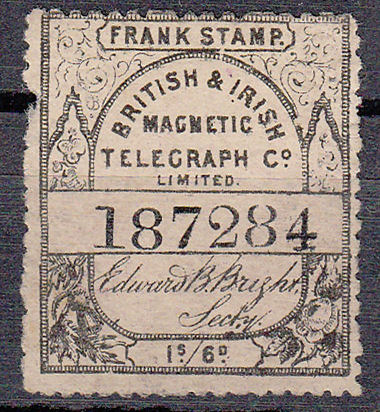 |
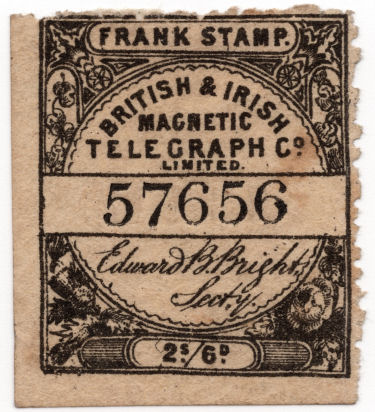 |
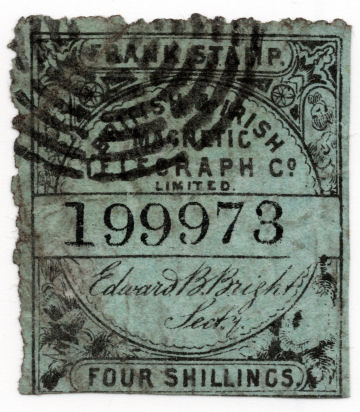 |
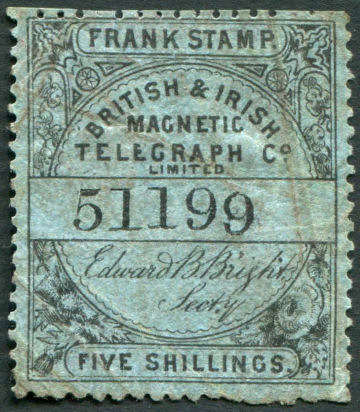 |
| 1s6d type courtesy of Martien Blank. | 2s6d type courtesy of Mark Gibson. | 4s type courtesy of Mark Gibson. | 5s type courtesy of Steve Lawrie, Perf 12¼ |
| RH # | Hisc. | Description | Wmk. | Rarity | Mint | Used |
|---|---|---|---|---|---|---|
| RH5 | H5 | 1s6d Black on pale buff. | T-Bolt | R4 | 100.00 | 80.00 |
| RH6 | H6 | 2s6d Black on pale yellow-buff | BTC | R4 | 120.00 | 100.00 |
| RH7 | H7 | 4s Black on green. | BTC | R4 | 200.00 | 180.00 |
| RH8 | H8 | 5s Black on blue. | BTC | R4 | 250.00 | 230.00 |
The perforation was later changed and more denominations added, see below.
| Value | Perforation change between : | difference | |
|---|---|---|---|
| 1s6d | 187295 | 189608 | 2313 |
| 2s6d | 57657 | 87035 | 29378 |
| 4s | 199973 | 238845 | 38872 |
| 5s | 51199 | 83710 | 32511 |
I would like to hear from anyone with examples that can narrow down where any of these changes occurred.
1860(?) - Black Controls: Perf.13 - 13½
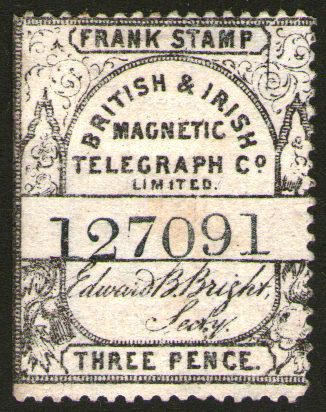 |
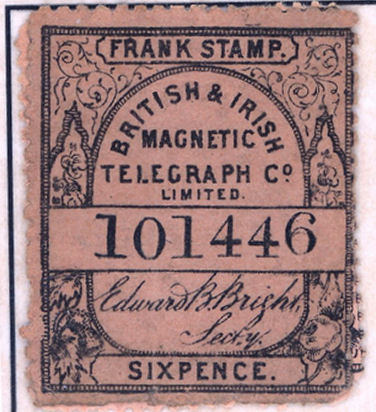 |
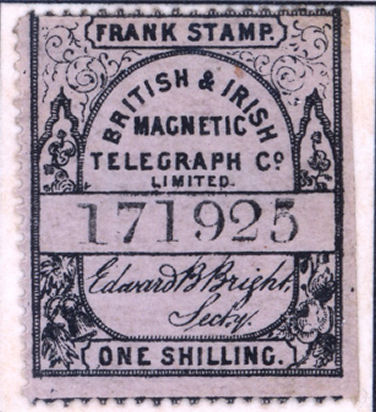 |
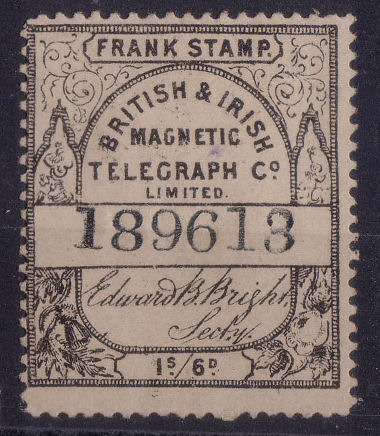 |
| 3d type (one of mine) | 6d type courtesy of Mark Gibson H10. | 1s type courtesy of Mark Gibson H11. | 1s6d type courtesy of Steve Lawrie H12. |
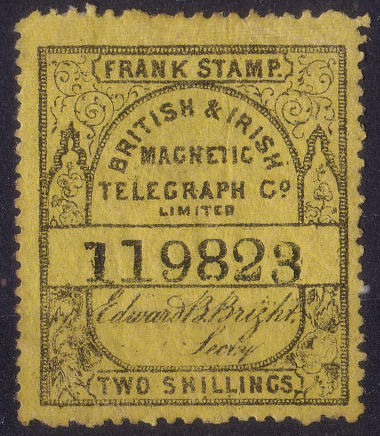 |
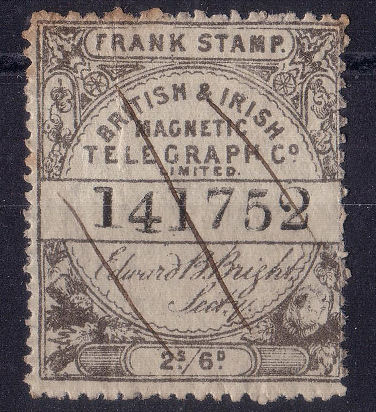 |
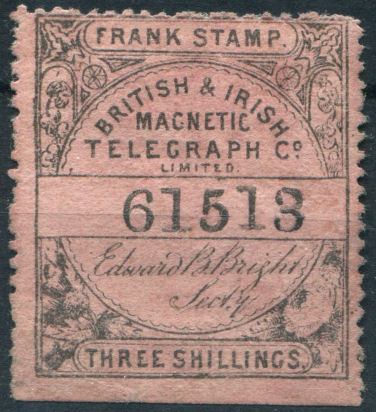 |
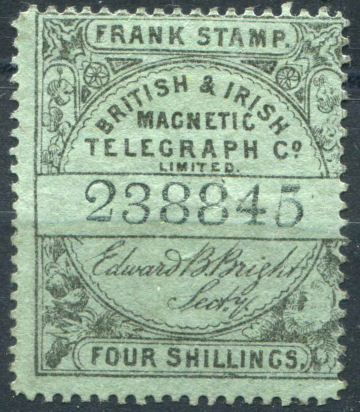 |
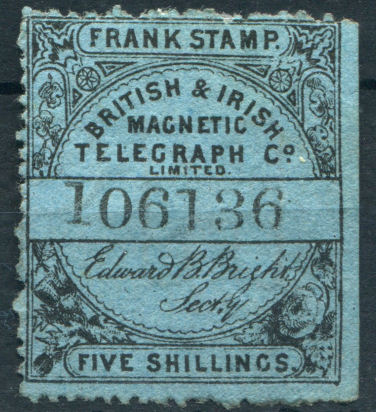 |
| 2s type courtesy of Steve Lawrie. H13 | 2s6d type courtesy of Steve Lawrie H14. | 3s type courtesy of Mark Gibson H15. | 4s type courtesy of Steve Lawrie H16. | 5s type courtesy of Mark Gibson H17. |
| RH # | Hisc. | Description | Wmk. | Rarity | Mint | Used |
|---|---|---|---|---|---|---|
| RH9 | H9 | 3d Black on white. | T-Bolt | R2 | 50.00 | 40.00 |
| RH9a | Type 2 control. | Unlisted | 60.00 | 50.00 | ||
| RH9b | Imperf. No Control. | Scarce | 30.00 | - | ||
| RH9c | Missing 'I' in 'MAGNETIC' | Unlisted | - | - | ||
| RH10 | H10 | 6d Black on pink. | T-Bolt | R2 | 70.00 | 60.00 |
| RH10a | Type 2 control. | Unlisted | 80.00 | 80.00 | ||
| RH11 | H11 | 1s Black on lilac. | T-Bolt | R2 | 80.00 | 70.00 |
| RH11a | Type 2 control. | Unlisted | 90.00 | 80.00 | ||
| RH12 | H12 | 1s6d Black pale buff. | T-Bolt | R2 | 75.00 | 65.00 |
| RH12a | - | One Shilling & Six Pence Black. | T-Bolt | Unlisted | - | - |
| RH13 | H13 | 2s Black on yellow. | BTC | R2 | 150.00 | 120.00 |
| RH14 | H14 | 2s6d Black on yellow buff. | BTC | *** | 220.00 | 200.00 |
| RH15 | H15 | 3s Black on rose. | T-Bolt | R2 | 250.00 | 240.00 |
| RH16 | H16 | 4s Black on green. | BTC | R3 | 300.00 | 250.00 |
| RH17 | H17 | 5s Black on blue. | BTC | R3 | 500.00 | 400.00 |
| RH17a | Imperf. No Control. | Scarce | 45.00 | - |
*** Langmead & Huggins give both perforations for the 2s6d value in their table (Pg.24) but omit RH14 from their scarcity listing.
They do however give the scarcity of a "2s black on dull buff paper" (rarity 2), perhaps this was meant to be 2s 6d ?
Can anyone resolve this discrepancy?
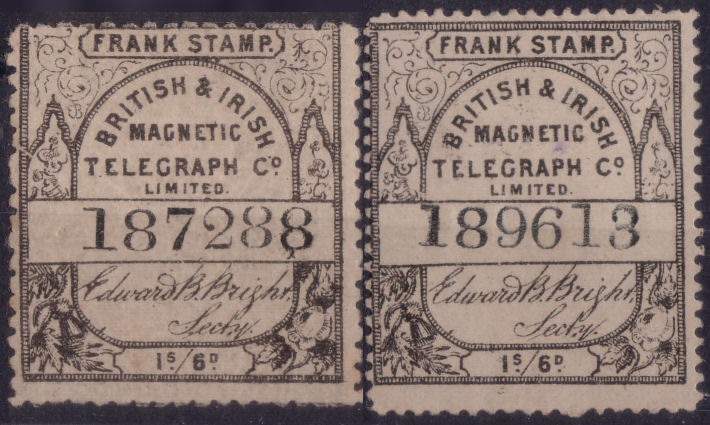
Langmead & Huggins illustrate H5 with a picture of 187295 and mention 187288. Above are two stamps courtesy of Steve Lawrie.
On the left is 187288, compared with
189613 (H12). The change occurs somewhere between 187295 and 189608.
The perforation difference can be clearly seen. At first it was Perf.11½ to 12½, then later Perf.13 to 13½.
It would appear that the perforation for the 1s6d changed somewhere between controls 187295 and 189613.
Can anyone provide scans of any more perf. 11½ - 12½ stamps, they seem to be very scarce ?
As above but change of design, 1/6d now written in full.
This has not previously been listed with a black control number and must be very rare.
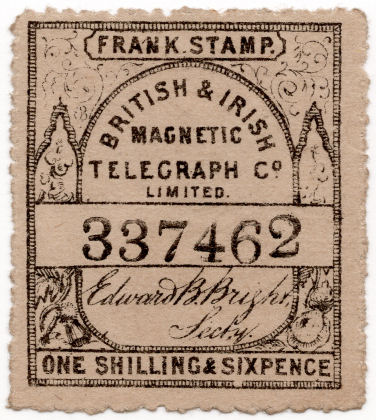 This has every appearance of being genuine. Image courtesy of Mark Gibson. |
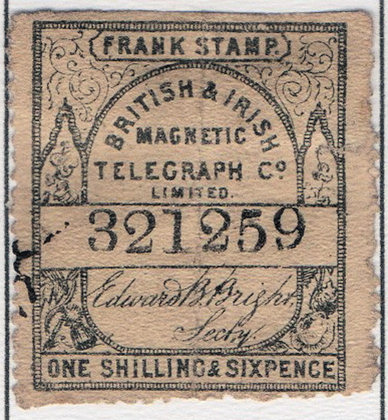 I have had this image for about 5 years among other stamps and just noticed. (have you checked yours?) Image courtesy of Les Bottomley. |
These are the only two examples I know of. The numbers are 16,203 apart, so there must have been over 16,000 produced.
The highest normal ("1/6d") that I have seen is 237910, so the design changed somewhere between that and the 321259 above, so potentially another 83,000.
To avoid re-ordering all subsequent Hiscocks numbers, I have included it as RH12a above.
Common wisdom has it that these date from about 1862. Here is a table of highest controls for the values printed in both black and red.
If red was from 1862, then black controls would have been used for about 3 or 4 years, and red for 7 or 8 years.
The red should therefore have got to twice the number of controls as black.
That is not the case. It looks like black controls were used for at least 5 times as long as the red. A date of about 1867, or later, would seem more likely.
| Denomination | Perf. 11½-12½ 1859? Black Control |
Perf. 13-13½ 1860? Black Control |
Perf. 13-13½ Date? Red Control |
|---|---|---|---|
| 6d | - | 554864 | 42982 |
| 1s | - | 929269 | 155412 |
| 1s6d (both) | 187295 | 337462 | 199031 |
| 2s | - | 152323 | 1027 |
| 3s | - | 61514 | 12787 |
1867(?) - Red Control numbers: Perf.13 - 13½.
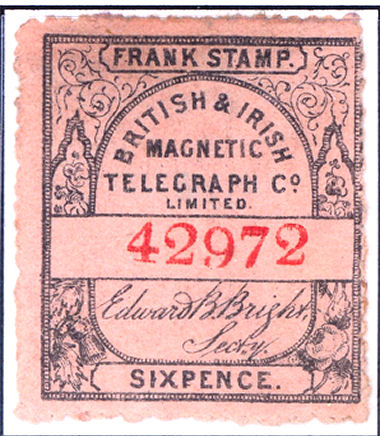 |
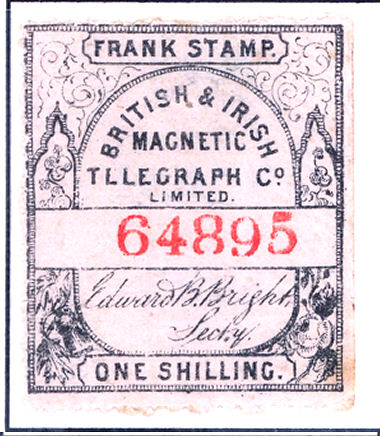 |
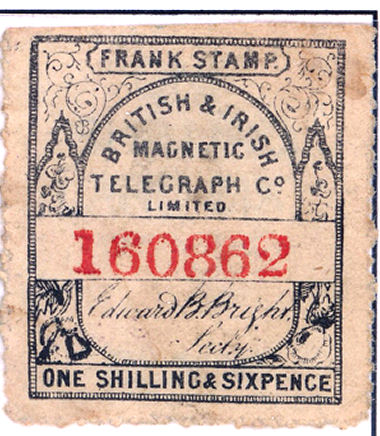 |
| 6d. black on pink RH18 | 1s. black on lilac RH19 | 1s6d. black on pale buff RH20 |
| Images courtesy of Mark Gibson. | ||
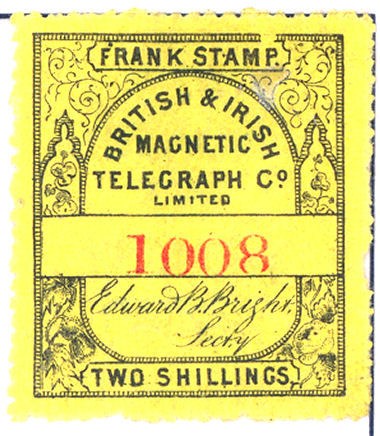 |
 |
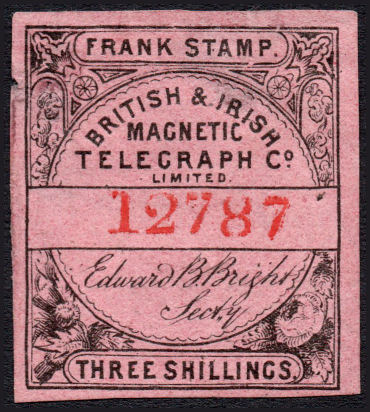 |
| 2s. black on yellow RH21 | 3s. black on rose RH22 | 3s. black on rose RH22a |
| Image courtesy of Mark Gibson. | . | Image courtesy of Steve Lawrie. |
Regarding RH22a: Walter Morley writing in the Fiscal Philatelist, March 1893, described a pair of 3s imperf. with red control numbers 12786 and 12787.
He illustrated these (in small black and white) and considered them to be genuine.
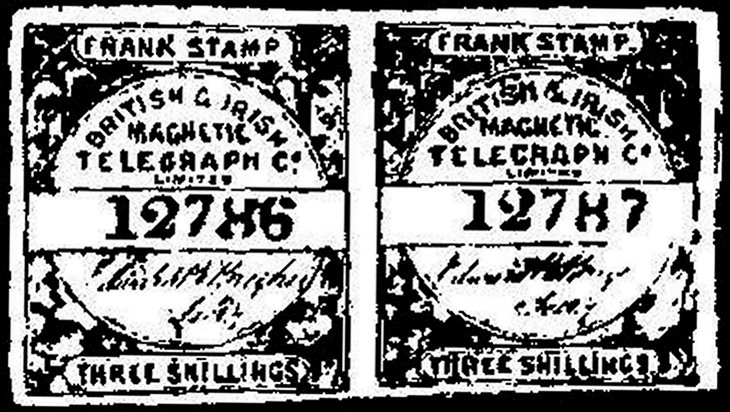
Raymond Lister (1961) mentions the stamp, describing it as very rare, but making no mention of a pair. Hiscocks catalogued it as H22a without comment.
Langmead & Huggins (2003, page 23, last paragraph) suggested that the 12786/7 pair was in the Royal Collection, however the 1952 book by John Wilson on the Royal Collection lists only 1 example.
Since the single (Ex. Lister) example illustrated is 12787, then the one in the Royal Collection must be 12786.
L&H also say that control 12784 is also known, though it now has forged perforations.
Can anyone supply a scan of an RH22 (the Royal Collection didn't have one)
| RH # | Hisc. | Description | Wmk. | Rarity | Mint | Used |
|---|---|---|---|---|---|---|
| RH18 | H18 | 6d Black on pink. | T-Bolt | R2 | 150.00 | 120.00 |
| RH18a | Imperf, No Control. | Scarce | 30.00 | - | ||
| RH19 | H19 | 1s Black on lilac. | T-Bolt | R2 | 100.00 | 90.00 |
| RH19a | Imperf, No Control. | Scarce | 50.00 | - | ||
| RH20 | H20 | 1s6d Black on pale buff. | T-Bolt | R2 | 90.00 | 80.00 |
| RH20a | Imperf, No Control. | Scarce | 50.00 | - | ||
| RH21 | H21 | 2s Black on yellow. | BTC | R2 | 150.00 | 120.00 |
| RH21a | Imperf, No Control. | Scarce | 30.00 | - | ||
| #RH21b | Black on dull buff. | BTC | R2 | 75.00 | 60.00 | |
| RH22 | H22 | 3s Black on rose. | T-Bolt | R3* | 400.00 | 350.00 |
| RH22a | H22a | Imperf. | R5 | - | - | |
| RH22b | Imperf, No Control. | Scarce | 45.00 | - |
* The lack of examples suggests that they are rarer than that. L&H say that No 2066 is in the Tapling Collection.
It has a manuscript cancel and is imperf. on the left.
# These would appear to be colour changelings due to environmental problems. See 'Colours' below.
Remainders are normally taken to mean the imperforate stamps without control numbers. These probably originate from Messrs. Mawdesley & C0., 2 Castle Street, Liverpool, the company that printed the stamps.
They therefore represent unfinished examples of the last kind of stamps that were being produced. However, up until the time that the Post Office took control of their operation, the company was running,
as far as possible, normally. According to the back of their stationery, at that time they had 344 'Principle Stations' in the UK. Each of those would have had some stocks of stamps that could be considered to be remainders,
in that they were left over. It is likely that the majority of their mint stamps still in existence came from that source. Thus they also are predominantly from the then current stamps, earlier types being more scarce.
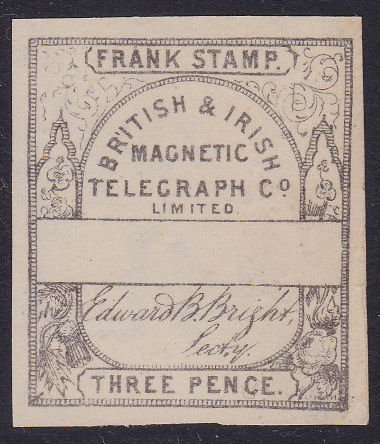 |
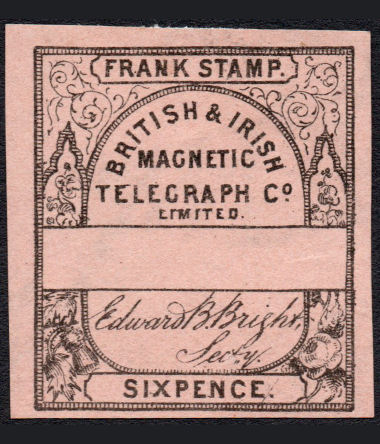 |
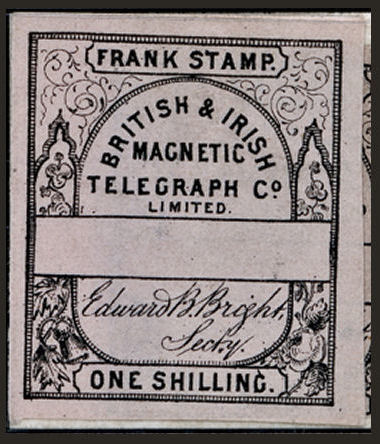 |
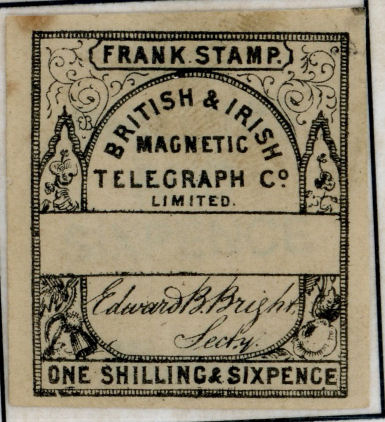 |
| 3d black on white RH9b | 6d black on pink RH18a | 1s black on lilac RH19a | 1s6d. black on pale buff (red controls) RH20a |
| One of mine | Image courtesy of Steve Lawrie. | Image courtesy of Mark Gibson. | Courtesy of Mark Gibson. |
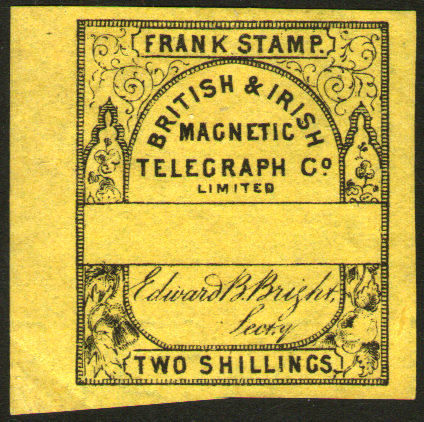 |
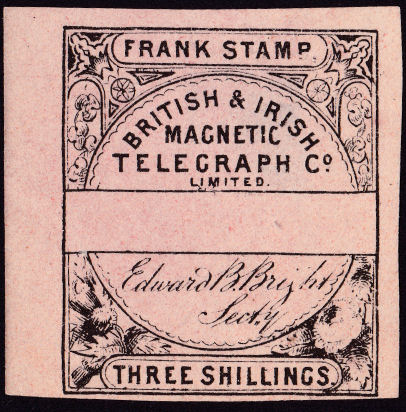 |
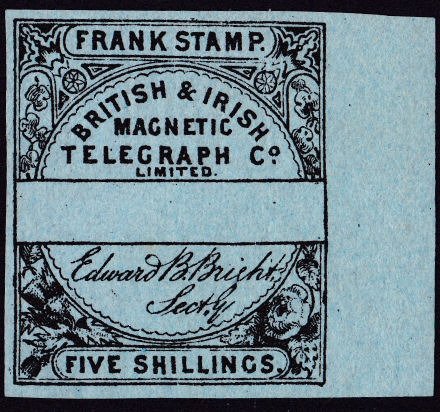 |
| 2s. black on yellow RH21a | 3s. black on rose RH22b | 5s. black on blue RH17a |
For the series shown above, Langmead & Huggins list imperforate examples without controls as 'remainders and quite common'.
Hiscocks also says these are remainders and 'worth considerably less'. They do though help with determining the sequence of issues and with plating.
Flaws on remainders match those on stamps with red controls when they exist. 3d and 5/- stamps are not known with red controls.
There are no known remainders of the 2/6d or 4s, so presumably they were no longer being used when the P.O. took over.
According to Langmead and Huggins, only the 2s, 4s and 5s stamps were on the earlier BTC paper,
the rest being the new 'clenched hands and thunderbolts' watermarked paper shown below.
However an example of the 2s6d shows that this too was on BTC paper.
This discrepancy may arise from the assertion of Philbrick and Westoby(1881) that the
thunderbolts paper also had a papermakers name on it.
As far as I am aware, this is a complete fiction invented to explain the correct assertion of M. Moens that the 2s stamp had a different watermark,
Philbrick and Westoby assumed that all the stamps would have the same watermark
If anyone does in fact have any stamps on thunderbolts paper that shows part of a papermakers name, I would of course want to hear about it.
According to Walter Morley in "The Fiscal Philatelist" March 1893, the 3d, 6d, 1s, 1s6d and 3s were watermarked
'diagonally, from left to right downwards, in lines of five "clenched" hands holding a forked streak of lightning.'
they were in sheets of 60 stamps with 12 rows of 5 stamps, measuring 16 inches by 5 7/8 inches.
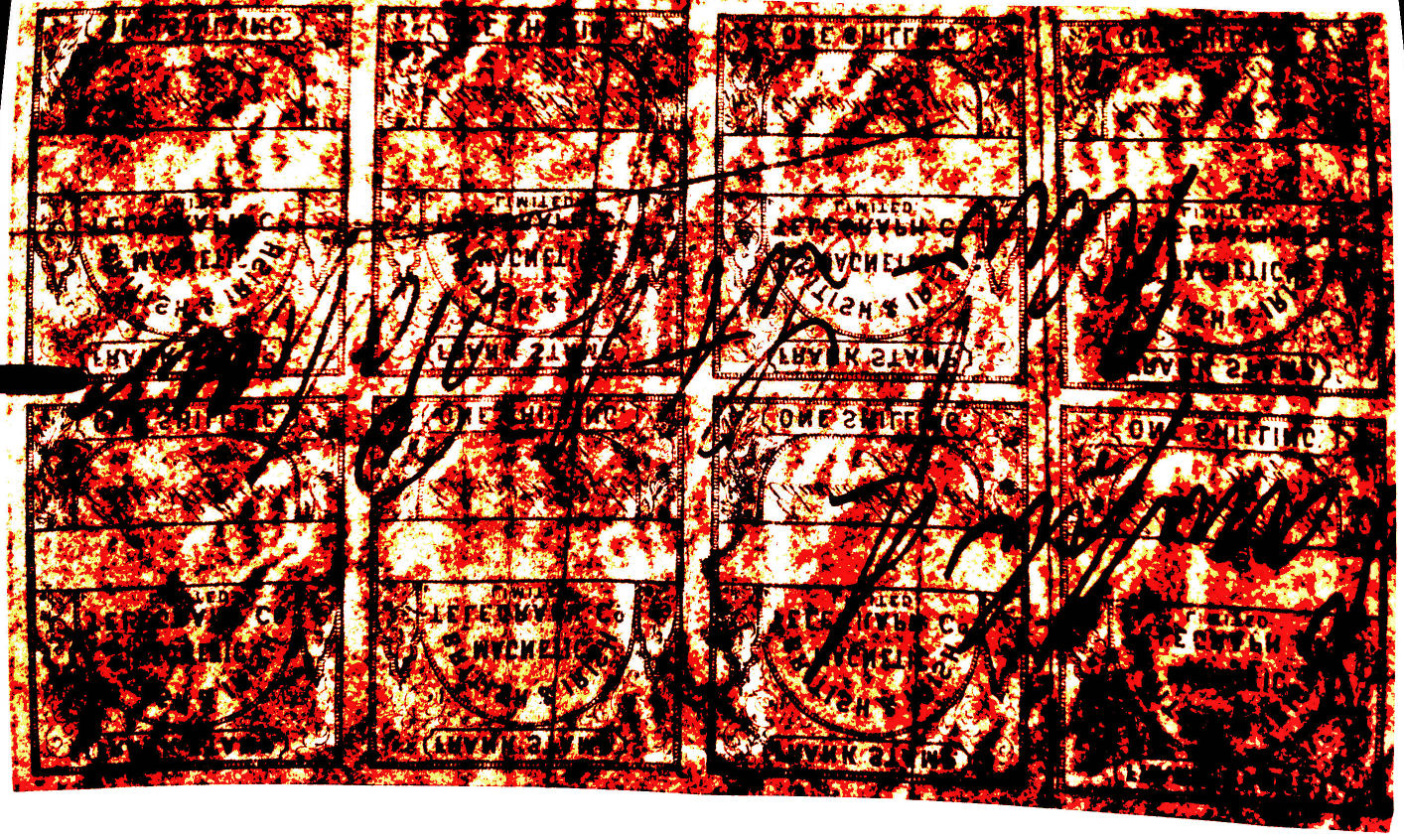
This is an enhanced image to try to illustrate this, taken from a block of 8 stamps courtesy of Steve Lawrie.
More on this block later. I have tried to improve on this watermark image for clarity.
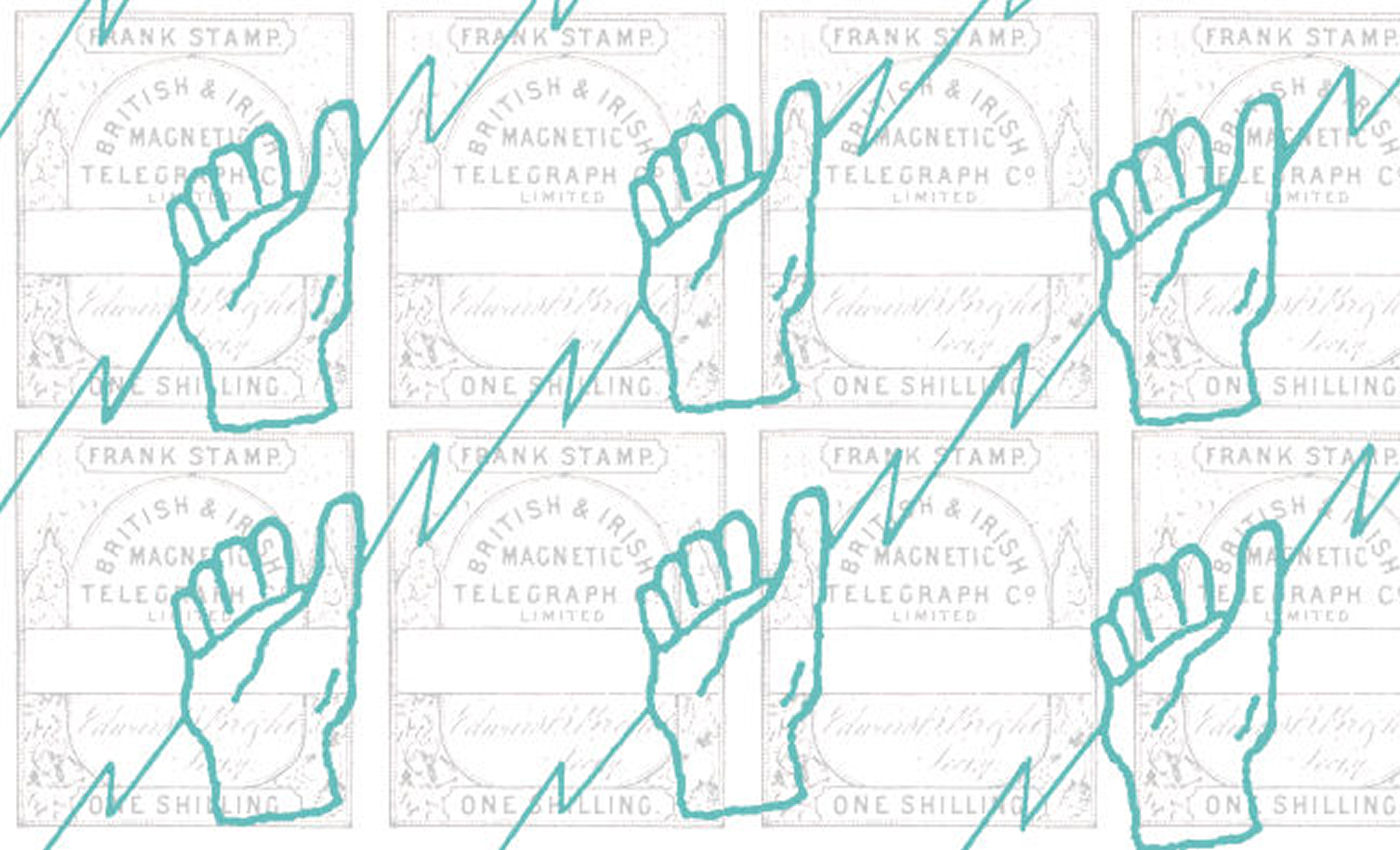
Walter Morley also says that the 2s and 5s (on BTC paper) were 12 rows of 5 stamps wide and measured "18½in. x 3½in. (outer edge to outer edge of stamps).
There is evidence of the 3d in a 5 x 12 format, but also evidence that the 6d and at least some later 2s 6d were in a 5 x 40 format.
| 2s6d and 5s showing the end of 'TELEGRAPH' in the BTC watermark. Image courtesy of Mark Gibson. |
2s remainder showing part of 'Frank' in the BTC watermark. Image courtesy of Mark Gibson. |
|
| 1s6d and 3s showing parts of the 'clenched hands and thunderbolts' watermark. Image courtesy of Mark Gibson. |
4s showing part of the BTC watermark. ('NY') Image courtesy of Mark Gibson. |
4s showing part of the BTC watermark. ('k') Image courtesy of Mark Gibson. |
4s 199973 with ('BR') of the BTC watermark. courtesy of Ian Pinwill. Stamp now owned by Mark Gibson. |
|
Admittedly the first couple of 4 shilling images are not very convincing, but it turns out that the watermark is reversed, the first showing 'NY' of 'COMPANY', and the other showing the loop at the top of the ' k ' of 'Frank' (on the 2s above).
The last is taken with an iPhone using a light box and shows the 'BR' of 'BRITISH' very clearly.
According to Raymond Lister (1961), the cancellations used were
"Six, sometimes seven, concentric and broken rings. (Black or blue.) Oval grid pattern with diamond shaped dots. (Black.)"
| Images courtesy of Steve Lawrie. |
I have never heard of this cancel on an Electric Telegraph Co. stamp, but here one is! An indication that these companies worked closely together, presumably at Liverpool ?
At least one of these cancels continued to be used after the Post Office takeover.
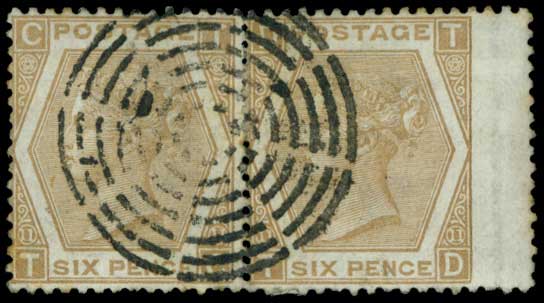
Image courtesy of Grosvenor Auctions.
Black Controls.
I recently noticed an indicator that was fairly constant for each plate of each value but had several different forms.
I am hoping this can help me distinguish plates and put them in sequence.
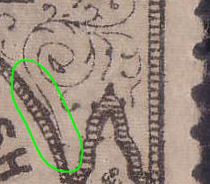 |
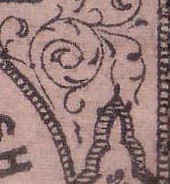 |
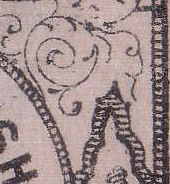 |
| The first is from the 1s6d perf. 11½ - 12½ stamp above, which I can take to be the earliest scan I have. it is on all the 1s6d and 'ONE SHILLING & SIXPENCE' scans I have. |
On all the 6d scans. | All 'ONE SHILLING' scans. |
The 3d and 2s are more complicated. See under 'Plating'.
 |
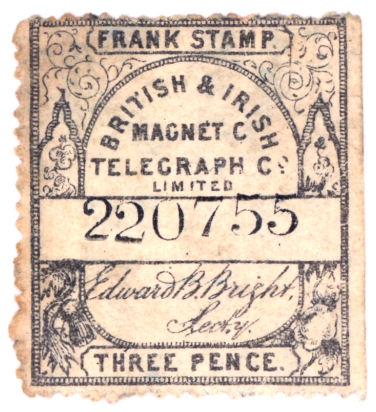 |
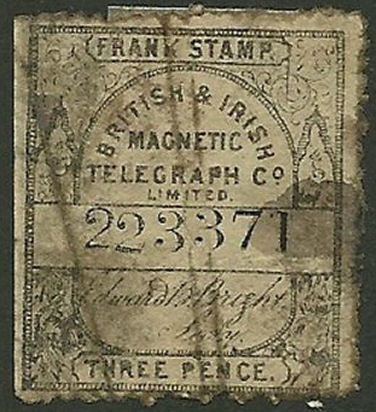 |
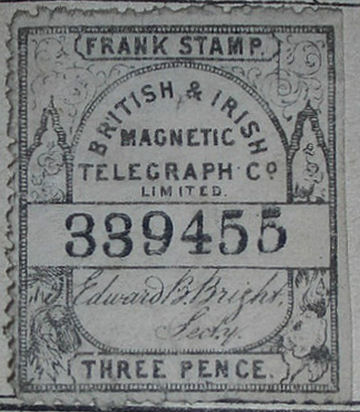 |
| 3d. black on white H9 | 3d. Missing 'I' in 'MAGNETIC' RH9b | 3d. black on white H9 | 3d. black on white H9 |
| One of mine. (with red style '2') | 3d Error image courtesy of Mark Gibson. | Anonymous - note the different control digit styles, '2's, '3's and '5's seem to be very distinctive. | |
From what I have seen of the lithographed stamps, each row of the sheets has the same sequence of impressions with the same sequence of constant flaws.
According to Walter Morley in "The Fiscal Philatelist" March 1893, these were in sheets of 60 stamps with 12 rows of 5 stamps.
I would have thought that these four 3d stamps would allow me to see some common flaws, but none are obvious apart from the downward stroke at the right end of the top panel.
What is apparent though is that they do not all use the same machine for adding the control numbers.
I would have thought that the numbers were important for accounting purposes and it would be simpler to keep to the same machine for each denomination,
but clearly this was not done. Has switching machines disrupted the numbering system?
3d
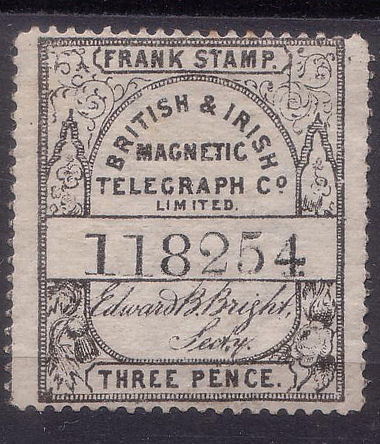 |
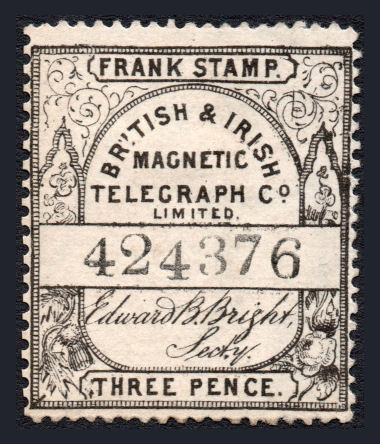 |
| Lowest Type 1 control. | Highest Type 1 control seen. |
| Image courtesy of Steve Lawrie. | Image courtesy of Martien Blank. |
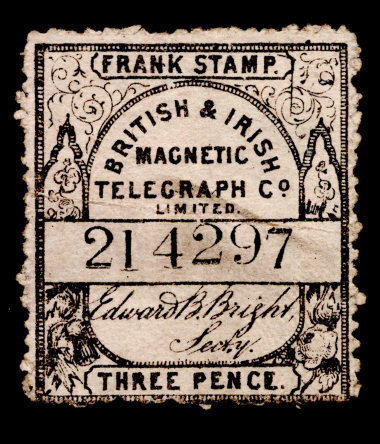 |
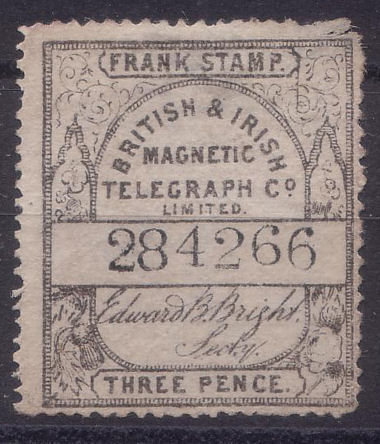 |
| Lowest Type 2 control seen. Courtesy of Mark Gibson. |
Highest Type 2 control seen. Courtesy of Steve Lawrie |
6d
 |
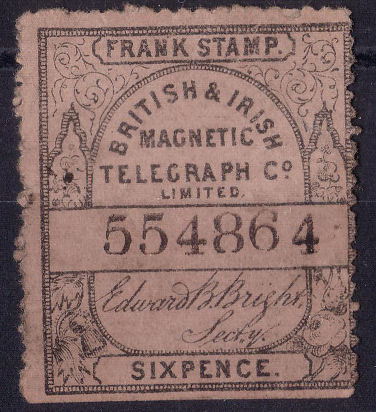 |
| Lowest Type 1 control seen. | Highest Type 1 control seen. |
| Courtesy of Mark Gibson. | Courtesy of Steve Lawrie. |
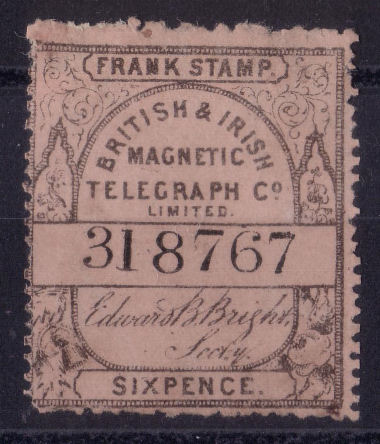 |
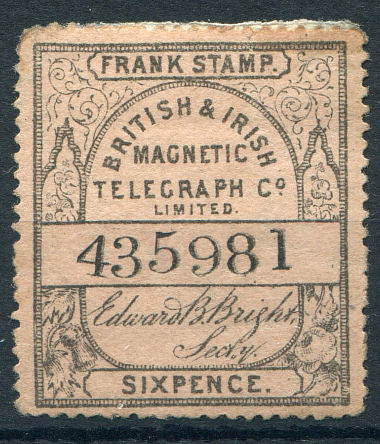 |
| Lowest Type 2 control seen. | Highest Type 2 control seen. |
| Courtesy of Steve Lawrie. | Courtesy of Mark Gibson. |
1s
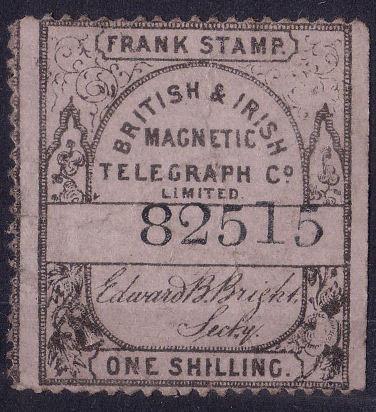 |
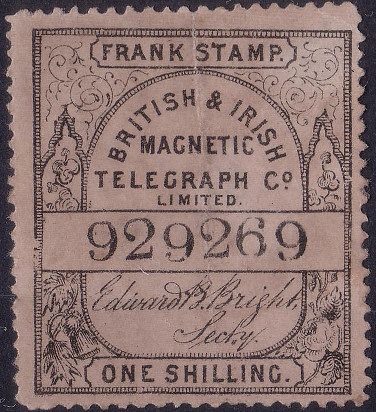 |
| Lowest Type 1 control seen. | Highest Type 1 control seen. |
| Courtesy of Steve Lawrie. | |
L & H list a Forwarding Form of 22 January 1862 bearing an example
of this numbered 79739 as being in the Royal Philatelic Collection.
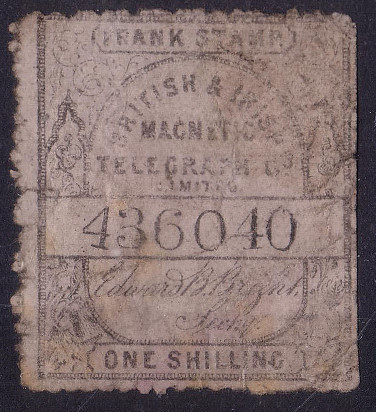 |
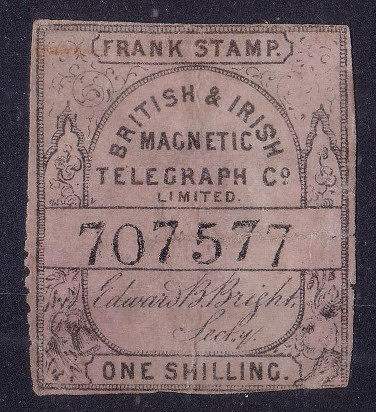 |
| Lowest Type 2 control seen. | Highest Type 2 control seen. |
| Courtesy of Steve Lawrie. | |
Lowest and highest control numbers seen of H11, both 'red' (Type 1) style, plus some between with 'Type 2' controls.
Compare with the forged controls lower down.
1s6d (Perf.13 - 13½
The change from Perf.11½ - 12½, to Perf.13 - 13½ happens somewhere between 187295 and 189608.
The change of design happens somewhere between 237910 and 321259 (anyone have any of those 83,349 stamps ?)
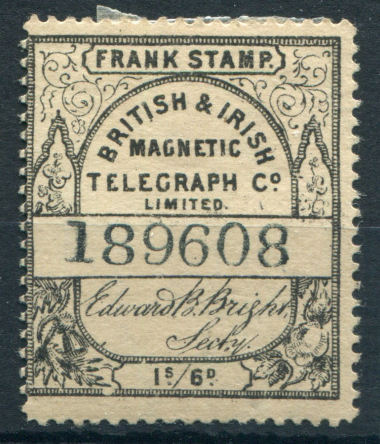 |
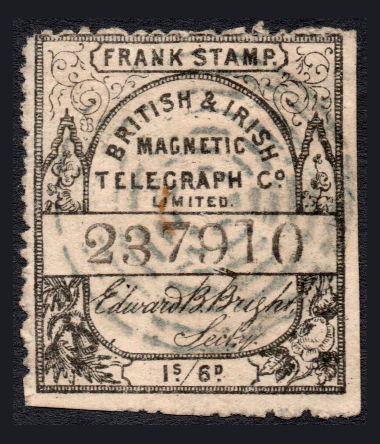 |
 |
 |
| Lowest (courtesy of Mark Gibson) and highest (courtesy of Steve Lawrie) controls seen. | Lowest known example (courtesy of Les Bottomley. | Highest known example (courtesy of Mark Gibson) | |
2s
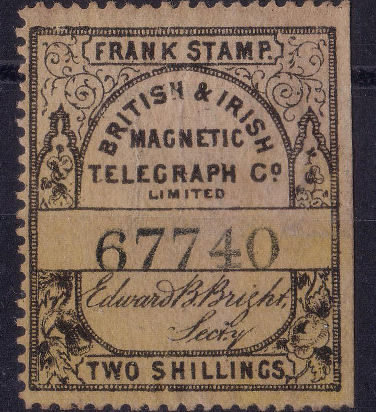 |
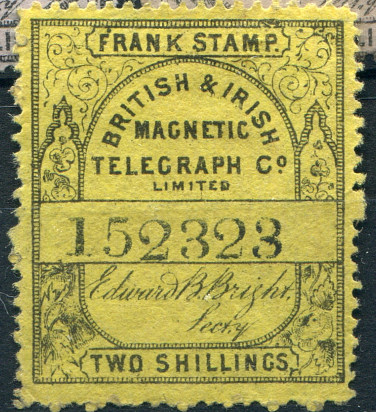 |
| Lowest control courtesy of Steve Lawrie, and highest control seen courtesy of Grosvenor Auctions. | |
The stamps without control numbers have allowed forgers to add control numbers, and since these are line-perforated,
perforations can be added relatively easily. The best defence is education.
 |
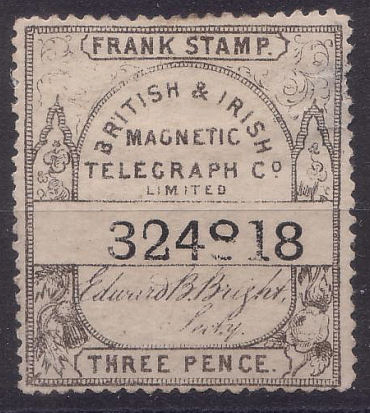 |
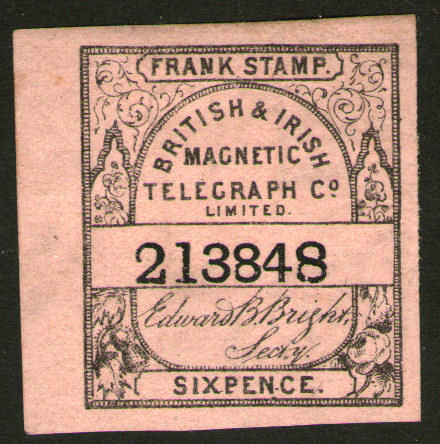 |
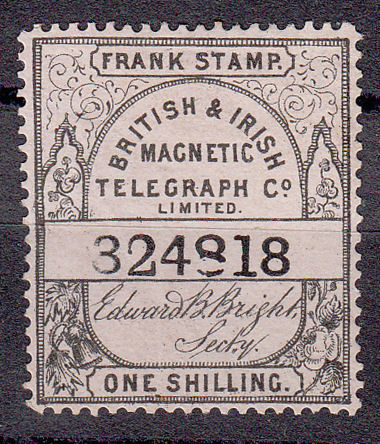 |
| 3d. black on white RH9a | 3d with forged control and (presumably) perfs. | 6d. black on pink (RH10a) with forged control added | 1s with forged control and (presumably) perfs. |
| One of mine. | Image courtesy of Steve Lawrie. | One of mine. | Image courtesy of Martien Blank. |
Above is a 6d imperf. with a forged black control number. Compare the style of the numbers with the items above.
To the left of it is the same digits rearranged on a 3d that has additional forged (I presume) perforations added. Similarly, a 1s on the right.
Note the style of the '2' and the two different style '8's.
On the perforations, although the controls appear to come from the same source, the perforations are different, though both quite well done.
The 3d is perforated about 13½ x 13¾, while the 1s is about 13 x 12¾.
Forged perforations have also been added to perfectly good stamps from the edge, top or bottom of sheets that had undesirable straight edges.
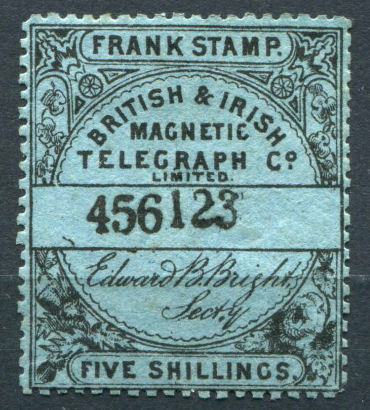 |
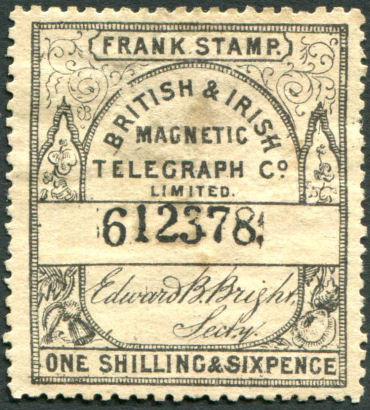 |
| 5s with forged control and (presumably) perfs. | 1s6d with forged control and (presumably) perfs. |
| Images courtesy of Steve Lawrie. | |
This is interesting in that the numbers are in blocks, '123', '456' and either '789' or '7890'. The numbers are smaller and closely spaced.
On the 1s6d example, parts of adjoining numbers can be seen that were not completely masked. The perforation holes are a bit smaller than on the ones above,
with both measuring about 13¼. Considering the effort required to produce these, there are probably more about.
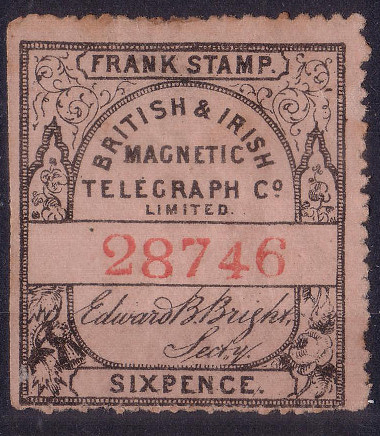
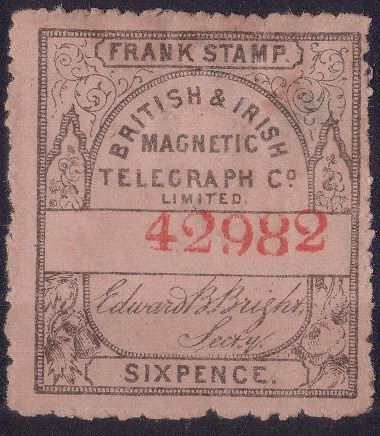
lowest and highest numbers seen of RH18, both courtesy of Steve Lawrie.
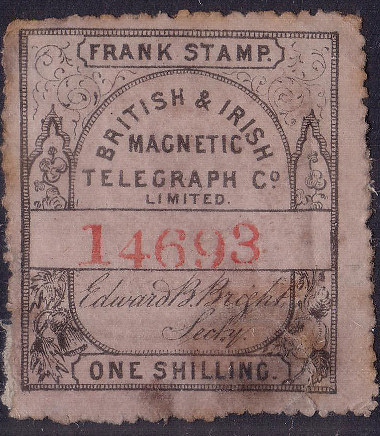
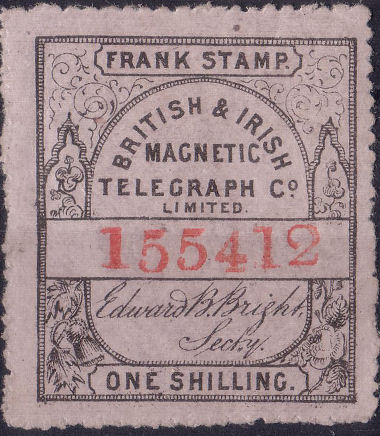
lowest and highest numbers seen of RH19, both courtesy of Steve Lawrie.
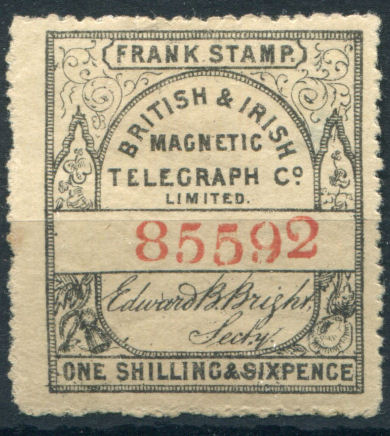
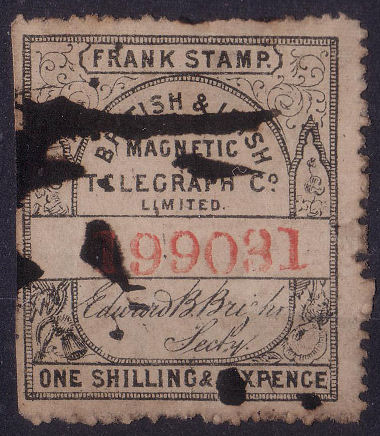
lowest (courtesy of Mark Gibson) and highest (courtesy of Steve Lawrie) numbers seen of RH20.
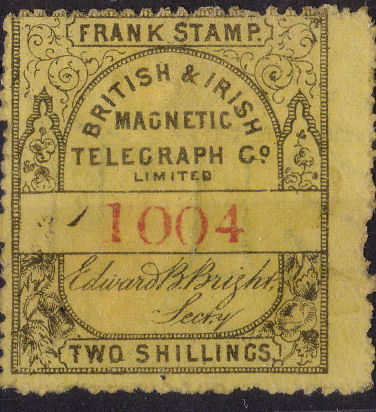
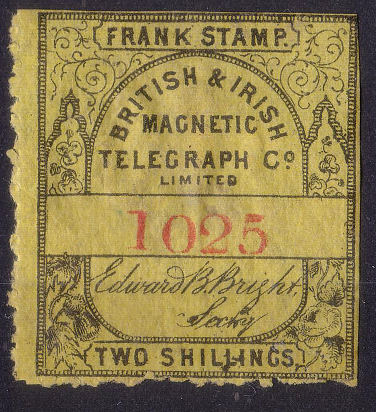
lowest and highest red numbers seen on RH21, both courtesy of Steve Lawrie.
As with most of the early telegraph stamps on coloured papers, some seem to have faded or otherwise changed over the years.
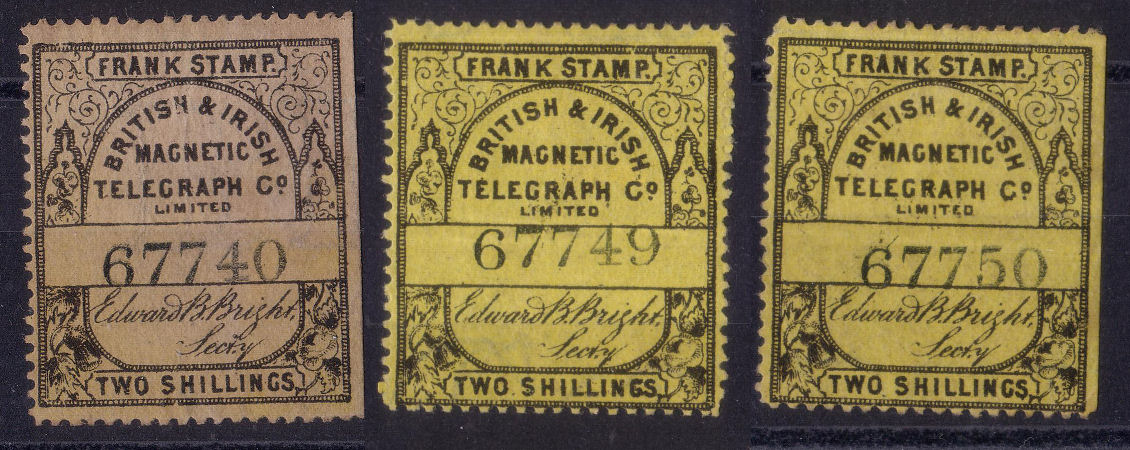
These 3 were probably on the same sheet. It seems likely that these all started out the same colour. What happened?
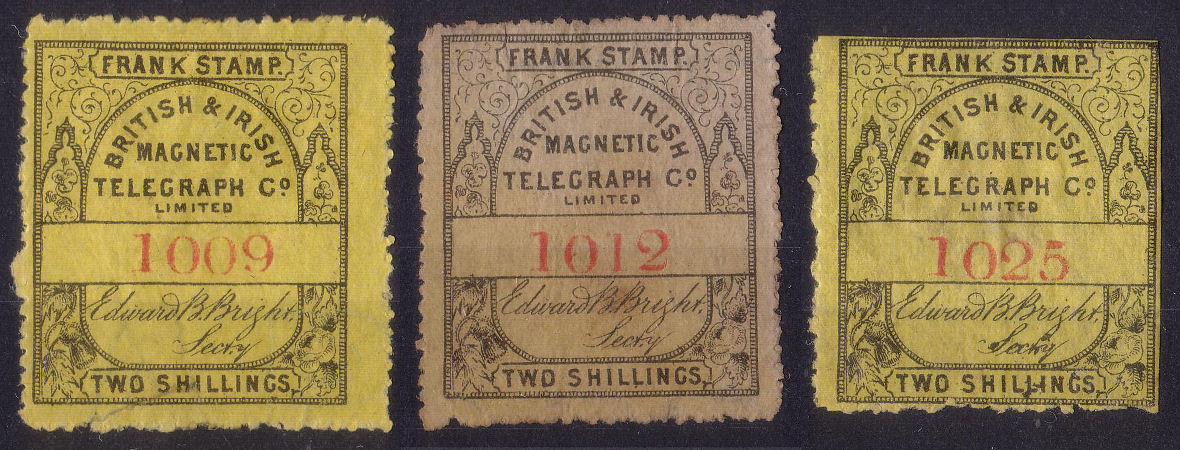
Similarly with these. These things are about 150 years old. Some of them have been looked after well, others not so well.
This may be what Langmead and Huggins are referring to with their 2s "black on dull buff paper".
In the scarcity listing, they list them as equal scarcity, but I have only seen these two which seem to be just colour changelings.
Langmead and Huggins cite the existence of dull buff paper for these to suggest that if the
British & Irish Magnetic Telegraph Co. 3s stamp exists, it will be on dull buff paper.
That was because they thought the 2s6d stamps were on thunderbolts watermarked paper.
If the
British & Irish Magnetic Telegraph Co. 3s stamp still exists it will be on the paper later used for the B&I 2s6d stamp.
Anyone have other examples of the 2s black on dull buff paper ?
If you value your collection, then you may want to consider how you look after your stamps.
Always use tweezers, avoid UV light and be aware that some paper and plastics can cause problems after a long time in contact.
Some information can be found at stamps.org. Consider using archival-quality materials if you are not already.
Soaking, or a long time in damp/humid conditions is another problem. 'Foxing' is caused by a fungus, if you have items with foxing, don't let it spread.
The colours were usually made with several components, some of which may have been fugitive.
If the yellow dye was made from a green and a red component, then anything causing deterioration of the green component will turn them pink,
just as some Victorian green-blue postage stamps ended up blue by loss of the yellow.
The examples from Steve Lawrie make it possible to try plating some of these.
| Shortcuts to different sections | |||||||||
| 3d | 6d | 1s | 1s/6d | One Shilling & Sixpence | 2s | 2s6d | 3s | 4s | 5s |
|
Quantity of wasted control numbers (assumed at the beginning)
Calculator with adjustable row and column sizes. Stamps per sheet: (block size x block quantity.)
|
The 'wasted' field is to accommodate the possibility that some stamps were printed, but not numbered due to quality problems.
| Shortcuts to different Plate Block breakdowns. | ||
| 3d Plate 1 (68157 - 174284) | 3d Plate 2 (182680 - 402640) | 3d Plate 3 (406301 - 424376) |
The lowest control number I have an image of is 68157, so I can say nothing about earlier ones. Though it is a poor image of unknown parentage, it does have distinctive flaws that can be matched.
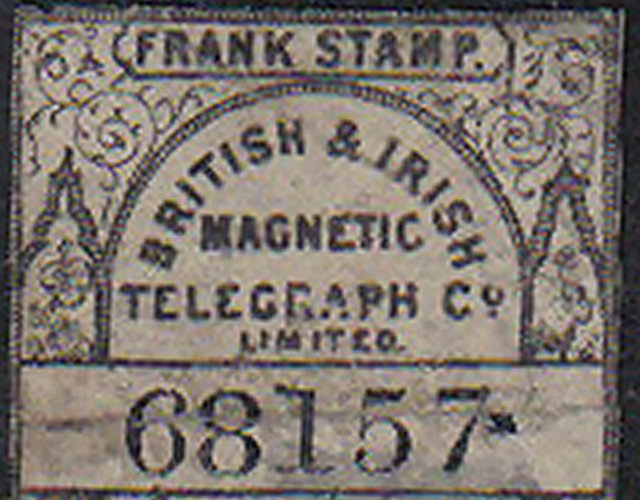 |
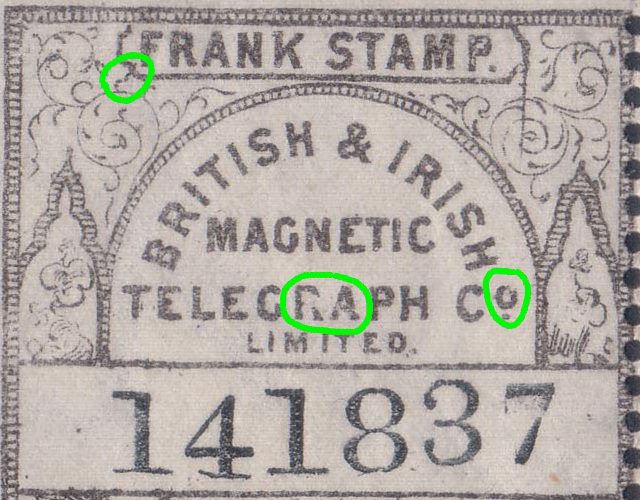 |
| 68157 and 141837 are both block-position 17 -
These flaws are not on 141807, 17, 27, 47 or 67 (I don't have an image of 57) so is on only 1 position per sheet of 60. 141837 - 68157 = 73680 = 1228 x 60, so they are exactly 1228 sheets apart, implying consistency over that range. |
|
| Source unknown, probably eBay - Is this now yours? If so, please get in touch. | Courtesy of Steve Lawrie. |
The analysis of the 3d has been complicated. Let's start with a couple of important flaws.
The 'Spike' and other flaws.
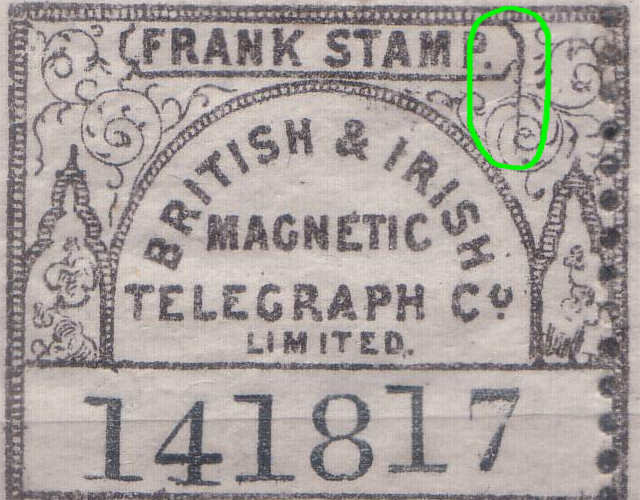 Block 3, position 17, Typical of Plate 1 courtesy of Steve Lawrie. |
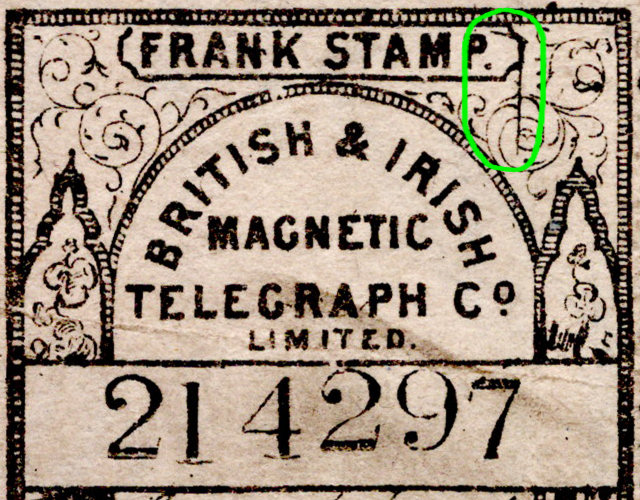 Block 3, position 17, Typical of early Plate 2 courtesy of Mark Gibson. |
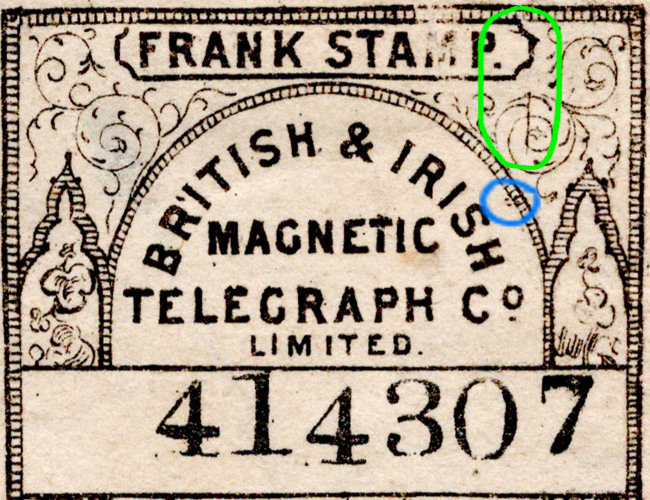 Block 3, position 17, Typical of Plate 3 with some 'cleanup' courtesy of Mark Gibson. |
All of plate 1 are like the first image. The "spike" on plate 2 has a small horizotal line at the top, seemingly getting smaller over time and sometimes broken. The "RI" of "BRITISH" after plate 1, can have what I call the "R'I" flaw.
More on that below. On plate 3 there is what I think of as rabbits ears and call the "rabbit flaw", marked in blue.
Indications are that the imperfs without controls are the remainders left over when the company was taken over.
That would imply that these are from the last plate used, making them very useful.
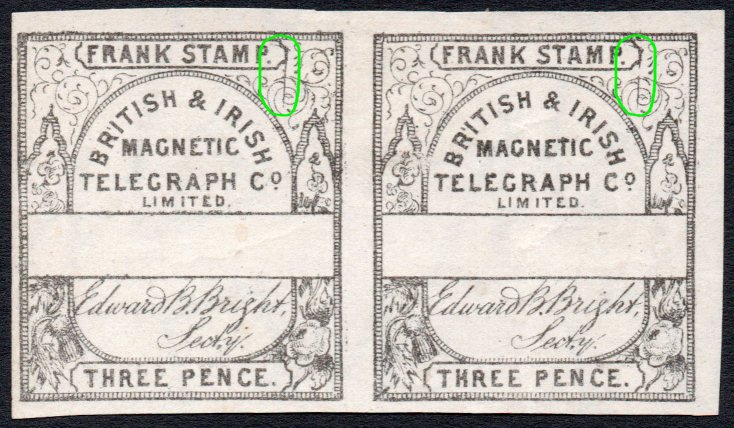 |
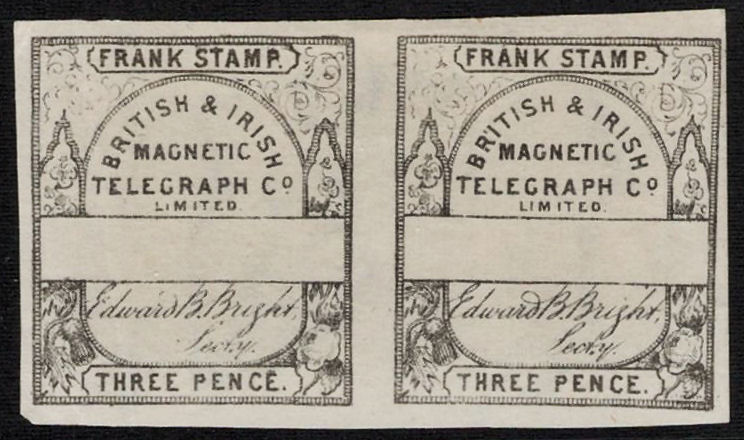 This pair has one with and one without the 'RI flaw', showing that they coexisted on the same plate. |
| This pair has one with an intact 'spike' and one 'cleaned up'. Image courtesy of Steve Lawrie. |
This pair has one with and one without the 'RI flaw', showing that they coexisted on the same plate. Note also the spikes, there were differences. Image courtesy of Roger de Lacy-Spencer. |
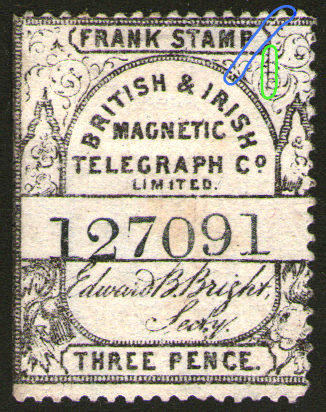 |
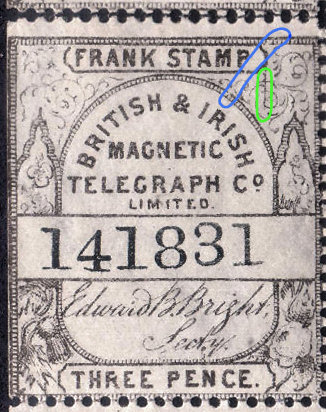 |
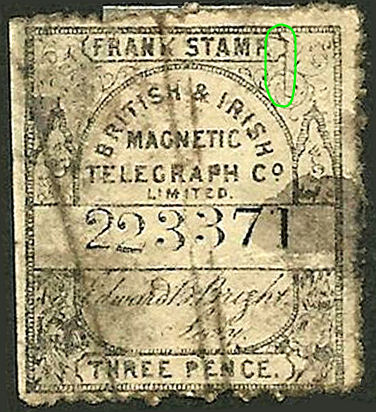 |
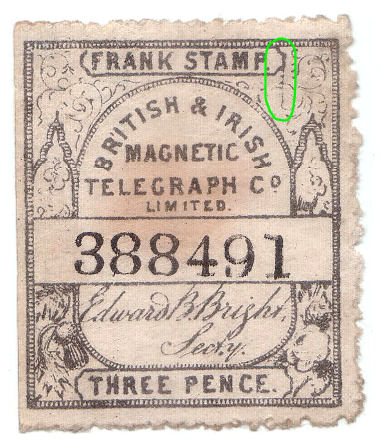 |
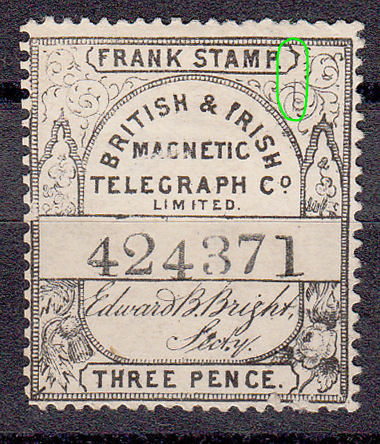 |
| 127091 this is block 2, position 11 on the earliest
plate known. It matches 141831, though it's block 1 position 11. |
223371 and 388491 are both block 3, position 11, plate 2. They do not match and have different control types |
424371 this is also block 3, position 11 (on plate-3) This has been re-perfed. on the left side which measures about Perf. 12.3 whereas the other sides are Perf. 13. |
||
| One of mine. (Type 1 control) - Plate-1? | Courtesy of Steve Lawrie. - Same plate and control type. | Anonymous. (Type 2 control) - Plate-2 | Courtesy of Steve Lawrie. (Type 1 control) - Plate-2 | Courtesy of Martien Blank. (Type 1 control) |
Here is 18 out of 20 of the first block of the earliest plate I know of for the 3d (without the 'RI' flaw, intact 'spike' with no horizontal at the top, block position 5 is missing). Position 4 is highest known.
Positions are sequential with 141821 = position 1 to 141840 = position 20 (i.e. subtract 141820 from the control number) - images courtesy of Steve Lawrie.
For this to be the beginning of a sheet, The calculator needs to be set to Rows=4, Columns=5, wasted = 40 or -20.
The lowest control number seen 68157 matches 141837 (shown above, block position 17) with the same incursion by 'F' of 'FRANK'.
This plate therefore spans at least 168157 to 174284 or more (see also reconstruction below). This is at least 106127 stamps, all Type 1 control numbers.
Here are 4 selected last-column stamps at intervals of 2 rows (10 stamps).
The position calculator above also gives these 'Block positions' with 'wasted control numbers' set at 0.

Flaws on 141830 match those on 141850. Flaws on 141840 match those on 141860. This indicates that there is a unit (transfer block) of 20 stamps (4 rows) that is repeated to fill the sheet.
Image courtesy of Steve Lawrie.
The sheet spans controls 141821 to 141880 (probably) making a sheet of 60 stamps of which 27 are missing.
Can anyone supply scans of any of the missing stamps, particularly from the bottom row, 141876 to 141880 ?
 |
This shows a partial reconstruction for the 3d courtesy of Steve Lawrie. It shows the end of one sheet and most of the rows of the next sheet. It is shown quarter of my normal scale, but if you want to right-click and copy/save the image, it is at my normal (300dpi) scale. The previous sheet ends with control 141820. If they were consistently numbered from 000001 with 5 columns and 12 rows to the sheet, that would have been row 8 of sheet 2364. Instead it was the last row, row 12 ! we are a block of 20 stamps adrift. This can be corrected for by setting the "wasted control numbers " at 40 (or -20) in the calculator above. Perhaps the very earliest ones were only 20 or 40 stamps to a sheet ? I then show samples from 10 out of the next 12 rows. I have no scans from 141841-141845, though clearly a straight edge on the top or bottom of it would not have matched the stamps on the adjoining row. The same is also true for the bottom row, 141876-141880 at least must still have been there, giving 12 rows minimum. This equates to 60 stamps per sheet, being 3 contiguous panes of 20 different stamps. This supports Walter Morley's statement about sheet sizes, although it does not explain the apparent start on row 9. To be fair, complete consistency always is asking a bit much, but it is worth looking out for other examples showing sheet boundaries. They may shed light on when the discontinuity happened. It is possible that a different sheet size was used initially. |
|
As luck would have it, we have images of the first three of the second row of all four blocks shown above.
So let's compare them for consistency :
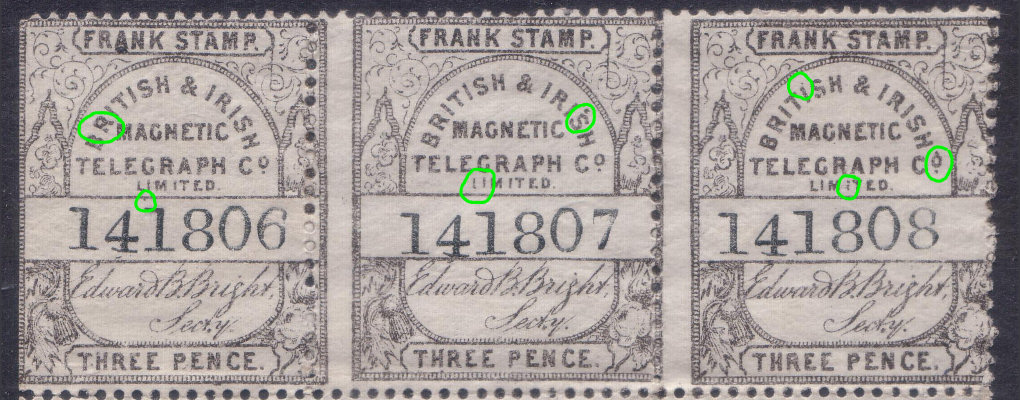 | Block 3 of one plate. |
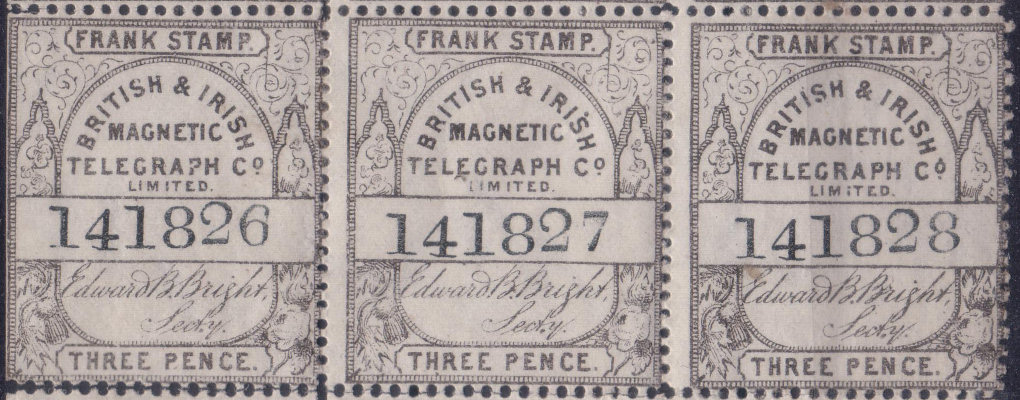 | Block 1 of next plate. |
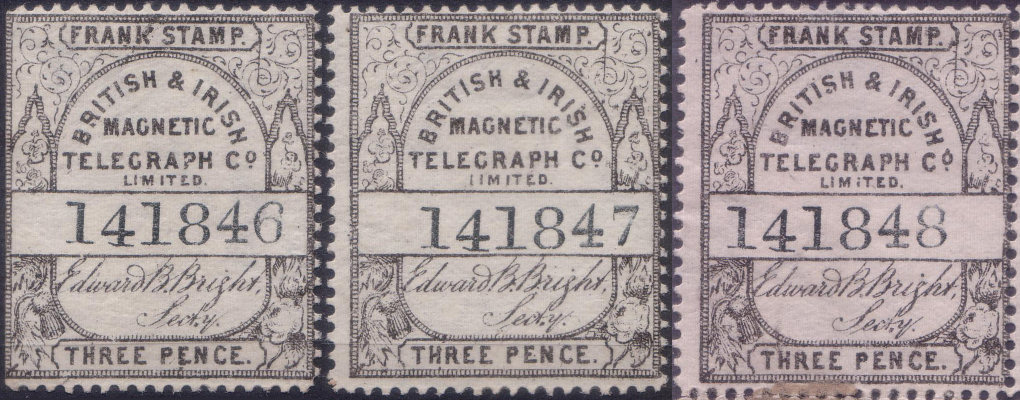 | Block 2 of that plate. |
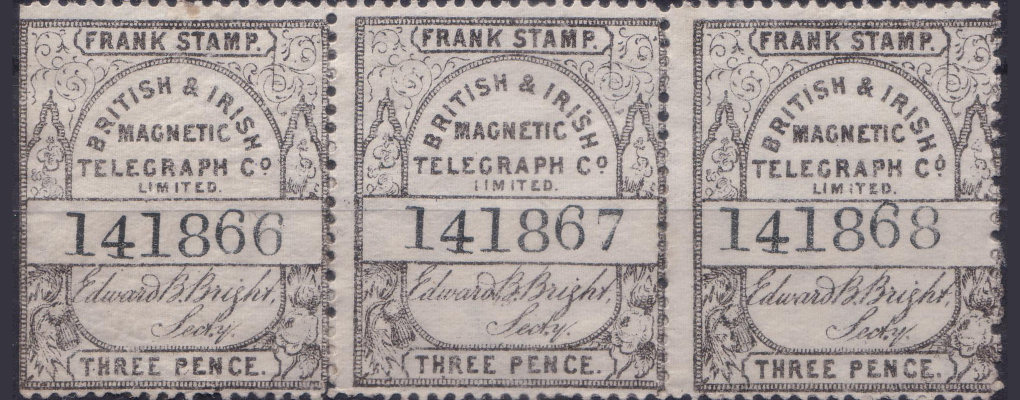 | Block 3 of that plate. |
They do seem to be pretty consistent, though there is also additional transfer flaws and "spatter", some from the control number stamping.
None of those stamps show the 'RI' flaw seen above, so I looked for some among higher numbers in Steve Lawrie's scans and
found 10 stamps in the range 284261 to 402607 (118346 stamps), plus a couple from elsewhere:
Spoiler Alert !
Whilst a "wasted" of -20 or 40 was needed for plate 1, it turns out that plates 2 and 3 need "wasted" set to 0 to align sheet boundaries.
That difference needs to be taken int account when comparing stamps of different plates, to ensure they are from the same blocks.
I presume that with plate 1, examples without controls were used as specimens to send out so that branches would be aware of them (or something),
and issued stamps were produced by adding controls from two thirds through a sheet (either that or sheets were of only 20 stamps at the beginning).
By plate 2, that was not an issue.
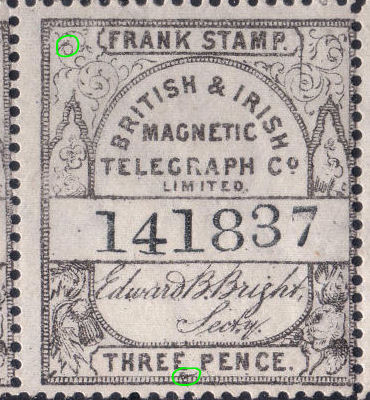 |
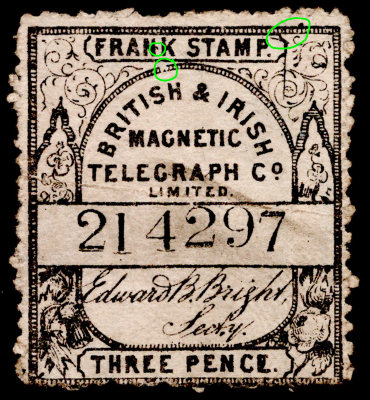 |
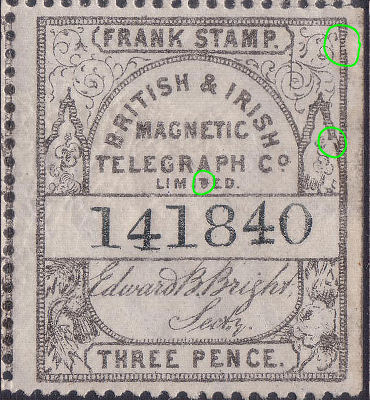 |
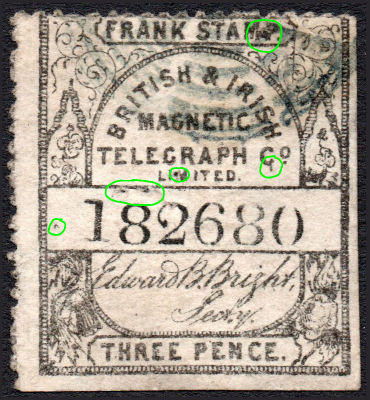 |
| 141837 is plate 1, block-1, position 17. with control Type 1. 214297 is block 2, position 17. with control Type 2. They do not match. It would appear that there was a change of plate somewhere between controls 141880 and 214281. I will assume the new one is plate 2. The Control Type may or may not have changed at the same time. |
Similarly, these two ( block 1, position 20 and block 2, position 20. do not match. The first is from plate 1, but with position 20, there is a possibility of substitution. They are both control Type 1. It would appear that there was a change of plate somewhere between controls 141880 and 182680. I will assume the new one is plate 2. The Control Type seems to have changed during the use of plate 2. |
||
| 214297 courtesy of Mark Gibson. Other images courtesy of Steve Lawrie. | |||
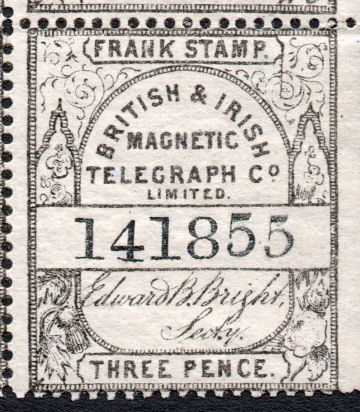 |
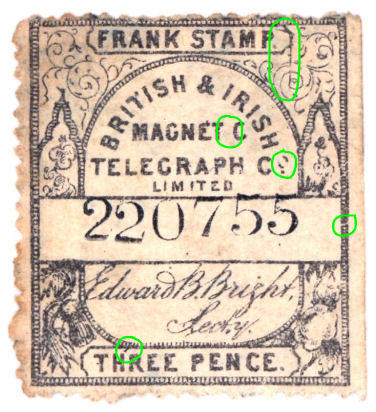 |
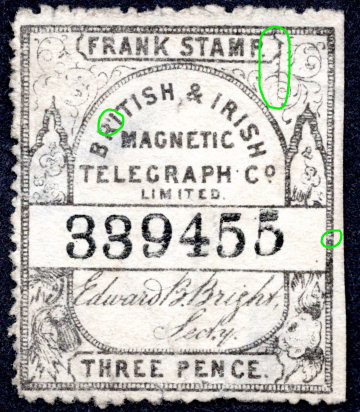 |
| 141855, (plate 1, Block 2, position 15, Type 1 control) | 141855, (plate 2, Block 1, position 15, Type 2 control) | 339455, (plate 2, Block 2 position 15, Type 1 control) |
| This has the '55' matching 339455, but not 220755. |
These do not match except for the spike. The first is missing the 'I' in 'MAGNETIC' the other has the 'RI' flaw. The control numbers are a different font, the '55' is especially noticeable. |
|
| Courtesy of Steve Lawrie (Type 1 control) | 'I' Error image courtesy of Mark Gibson. (Type 2 control) | Courtesy of Mark Gibson (Type 1 control) |
This pair has one with and one without the 'RI flaw', showing that they coexist on the same plate.

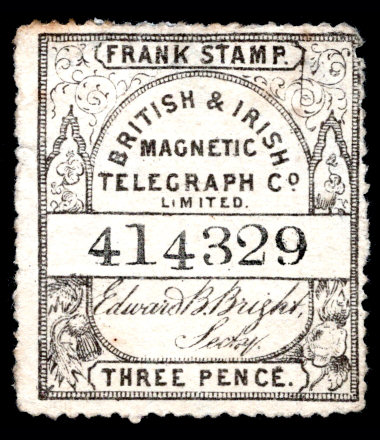
Indications are that the imperfs without controls are the remainders left over when the company was taken over.
That would imply that these are from the last plate and that it had both types.
The left-hand stamp has a short 'I' in 'LIMITED', similar to 414329 (courtesy of Mark Gibson).
Some other parts match, but not all.
The mark on the top of the 'T' of 'STAMP' on the left stamp is distinctive. So is the short 'I' in 'LIMITED'.
These characteristics can be seen in block-position 9 on the plate below, but not on the plate above.
Image courtesy of Roger de Lacy-Spencer.
Controls from about 182680 to about 402640.
For this to be the beginning of a sheet, The calculator needs to be set to wasted = 0.
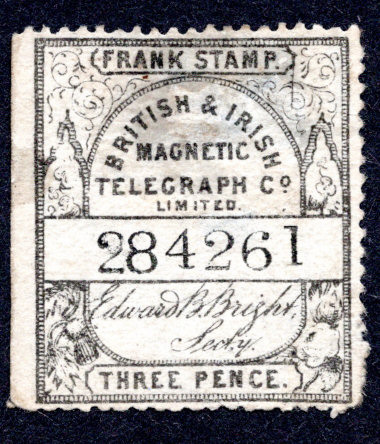 Block 3, position 1. |
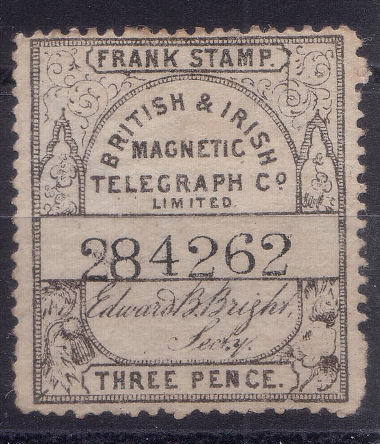 Block 3, position 2. |
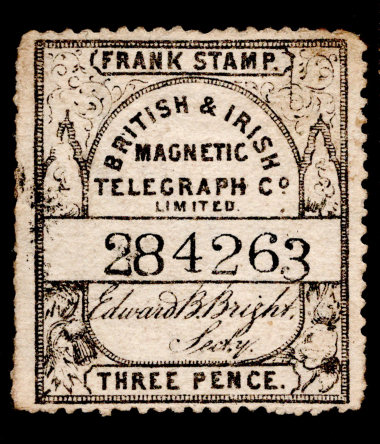 Block 3, position 3. |
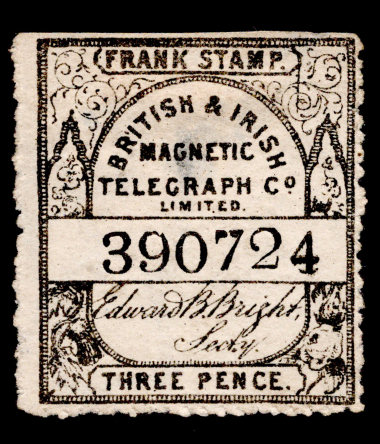 Block 1, position 4. |
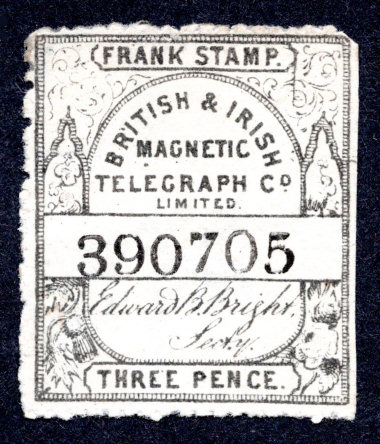 Block 3, position 5. |
 Block 3, position 6. (reperfed) |
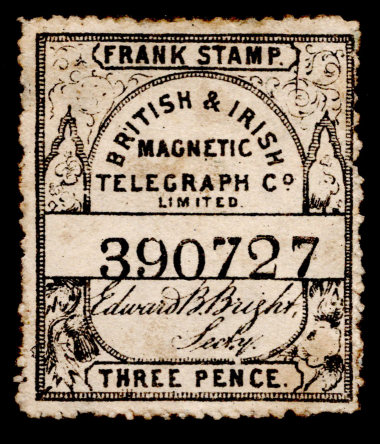 Block 1, position 7. |
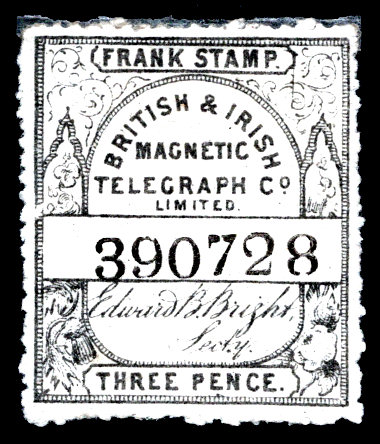 Block 1, position 8. |
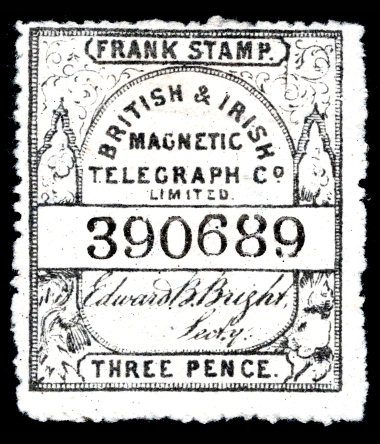 Block 2, position 9. |
 Block position 10. |
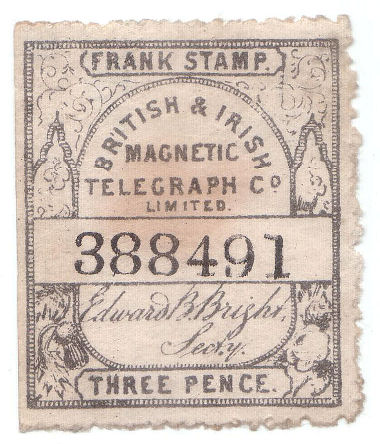 Block 3, position 11. |
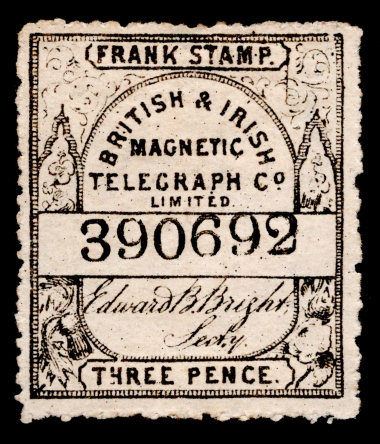 Block 2, position 12. |
 Block position 13. |
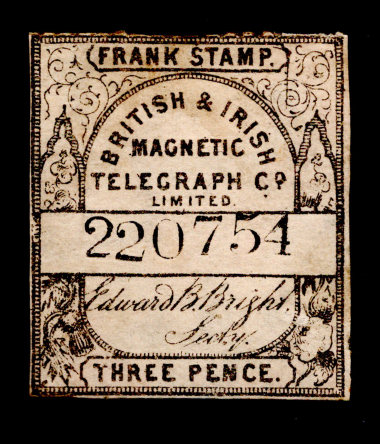 Block 1, position 14. |
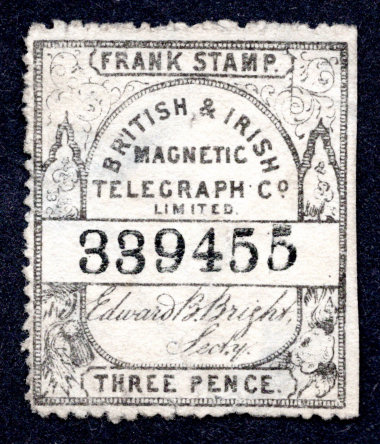 Block 2, position 15. |
 Block position 16. |
 Block 2, position 17 |
 Block position 18. |
 Block position 19. |
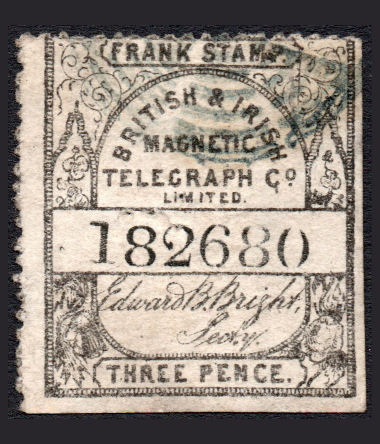 Block 2, position 20. |
| These show the mark between 'RI' of 'BRITISH' clearly on most positions but not all. So would seem to be a different plate. 284266 does not show it, even though 284261 to 284263 do. I have therefore included 214297 at position 17 because it did not match 141837 on the earlier plate at that position. This plate therefore spans at least 214297 to 402607. I have included Type 1 and Type 2 control numbers, though I am uncertain about the chronological relationship between them. |
||||
| Positions 1, 3, 4, 5, 7, 8, 9, 14, 15 and 17 are courtesy of Mark Gibson. Positions 2, 6, 11 and 20 are courtesy of Steve Lawrie. | ||||
Apologies, I couldn't resist this :
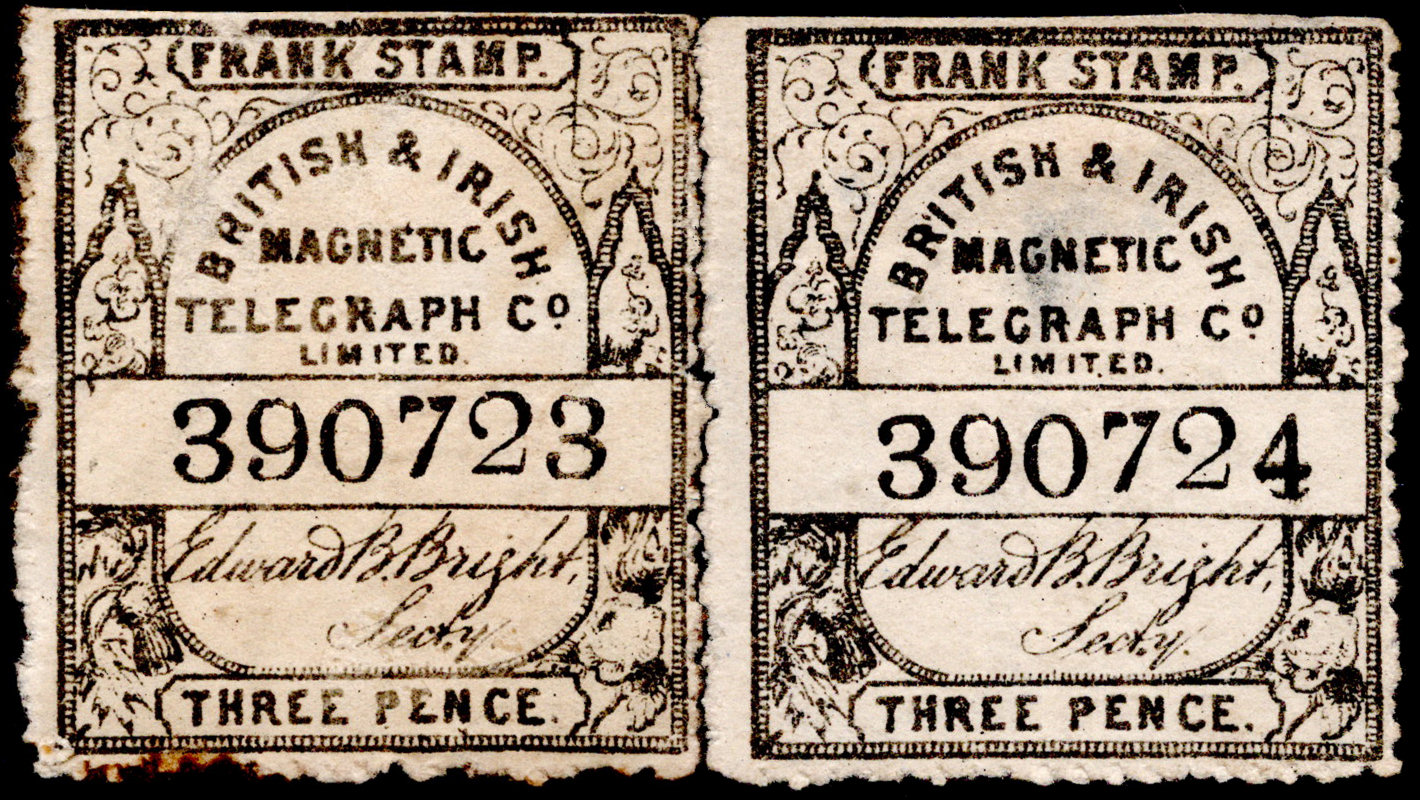
This digitally re-united pair from the top of a sheet were probably separated soon after birth and had very different lives over the last 160 years or so. It makes me think of the old nature v nurture question.
How well will your stamps survive your tenure ? - images courtesy of Mark Gibson, who has adopted them.
Position 16, life on the edge, corner even (why do people keep adding perforations to them ?).
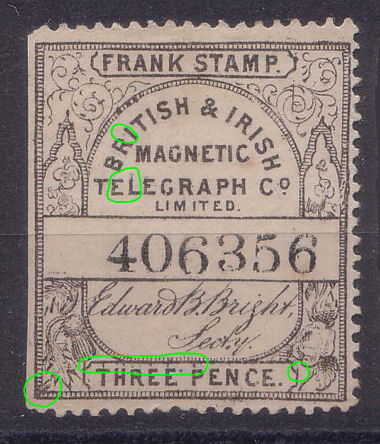 |
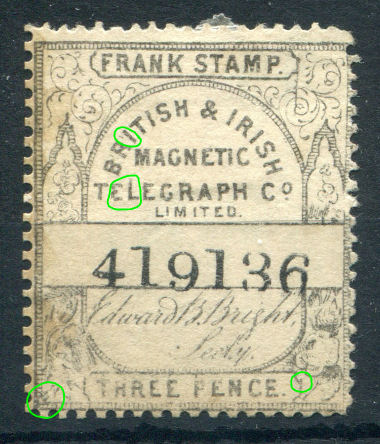 |
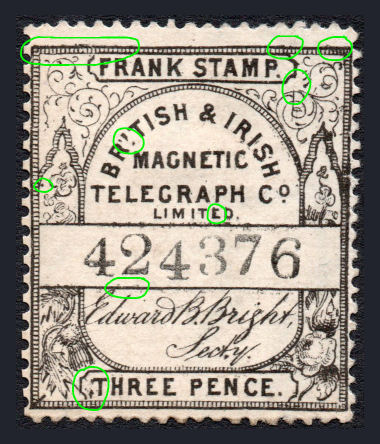 |
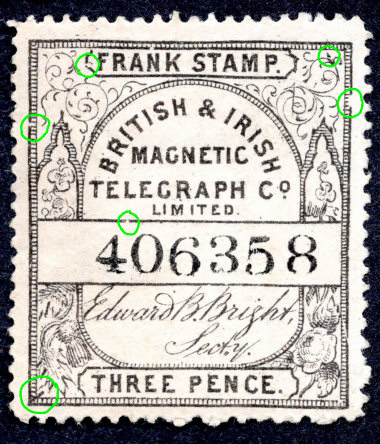 |
| 424376 - Block 3, position 16. is the highest number I have seen. It does not match 406356. |
|||
Note though that the 'spike' on the weak printing is complete, but not on the strong printing! Perhaps the left is an old stone, over-inked, but the right is a fresh copy, under-inked. |
424376 looks like a strong printing again though. Perhaps a substitution since block 3 position 16 is on a corner and more likely to need substituting. |
The marked flaws also match 406318. The corner may be a coincidence, or substitution may be involved, but this is early in the life of the plate. |
|
| Courtesy of Steve Lawrie. | Courtesy of Mark Gibson | Courtesy of Steve Lawrie. | Courtesy of Mark Gibson |
In trying to sort these out, I have hit some apparent contradictions. I will therefore add some information that may help.
For this I am grateful to John Barefoot who on page 31 of his 2013 Telegraph Stamp book, under Colombia, wrote:
"In the litho process an original stone can quickly develop signs of wear and some collectors considered plate wear alone to be a certain indication of later printing. However,
a new stone can be produced with underexposed image giving an impression of wear (fine lines of the design tend to disappear) when it is in fact freshly produced."
On perforations: The right-hand edges have varying lengh perforations, with clearly torn ends. On the left side they are even length with cut ends.
After all, if you have just gone to the trouble of adding nice new perforations, you don't want to risk pulling one by tearing down it do you !
Substituted Clichés
Something else that matches, but shouldn't.
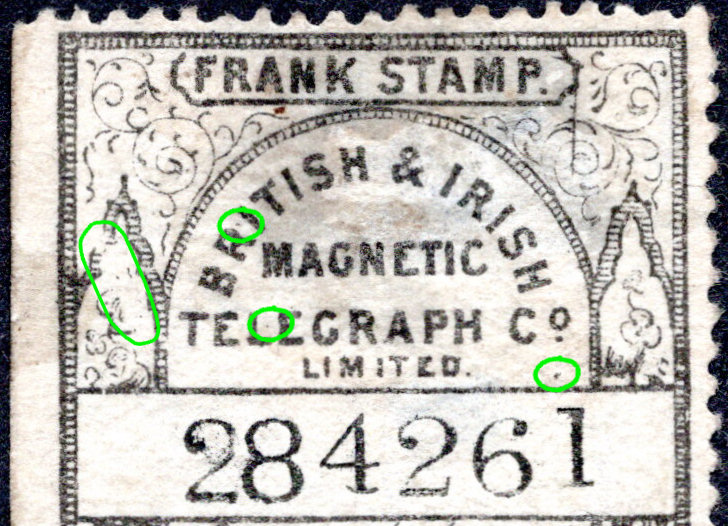
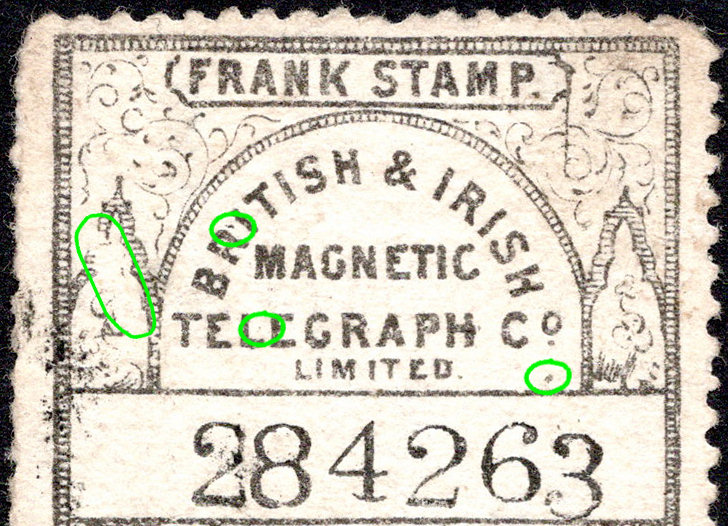
284261 and 284263 (Block 3, positions 1 and 3) have the same sections of the design missing on the left. I have not seen that anywhere else.
Since 284261 is from the top-left corner of the sheet, it is prone to being damaged and thus more likely to need replacement.
Images courtesy of Mark Gibson.
Attempting to narrow down that range, here are 3 stamps from Block 2, Position 9, and a remainder.
Interestingly, the last two have signs of the flaw shown in orange on 406363 above.
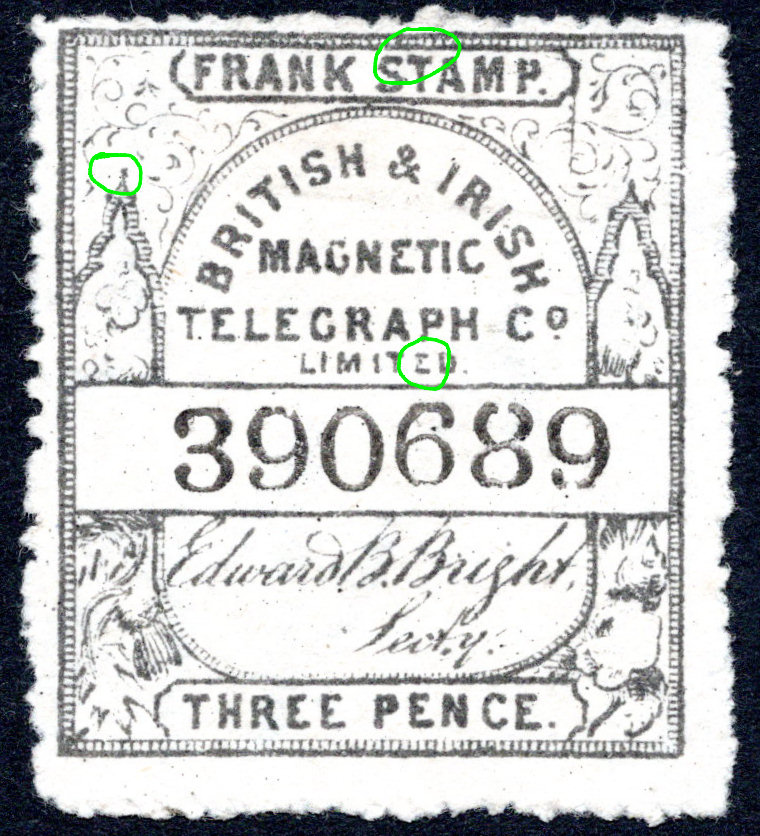 |
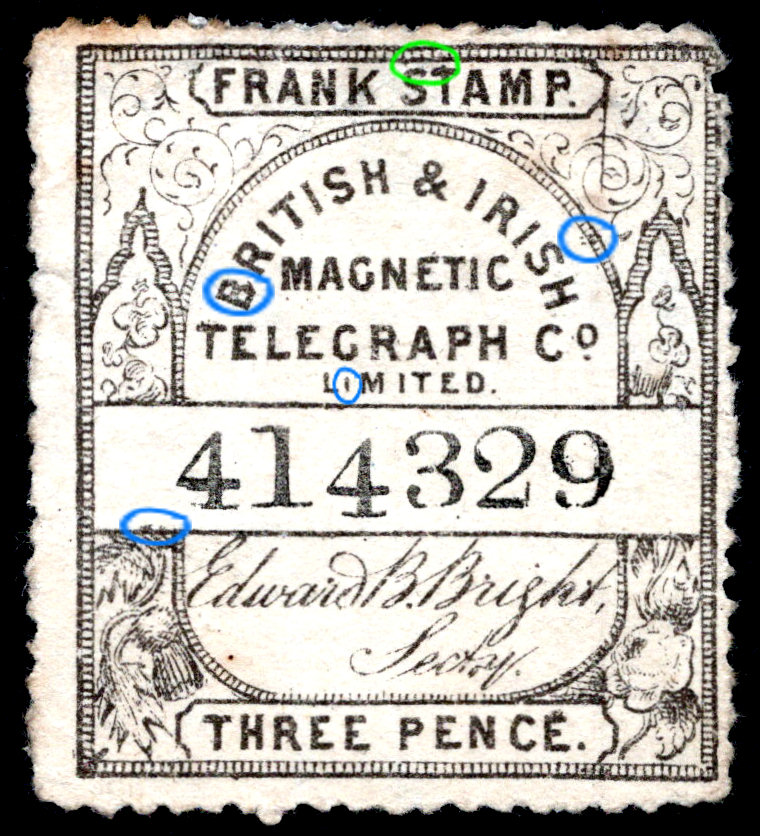 |
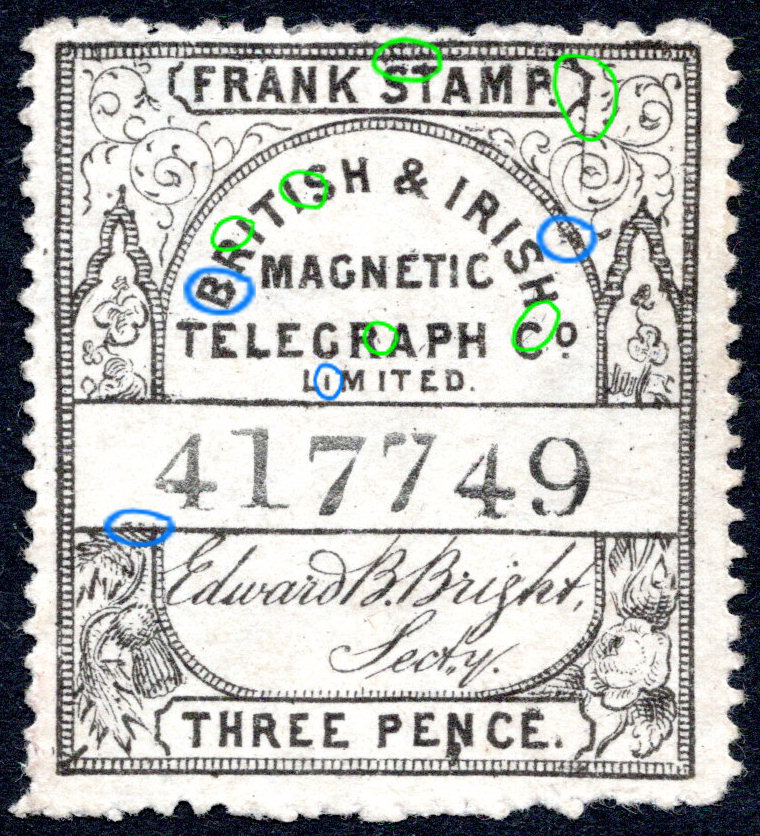 |
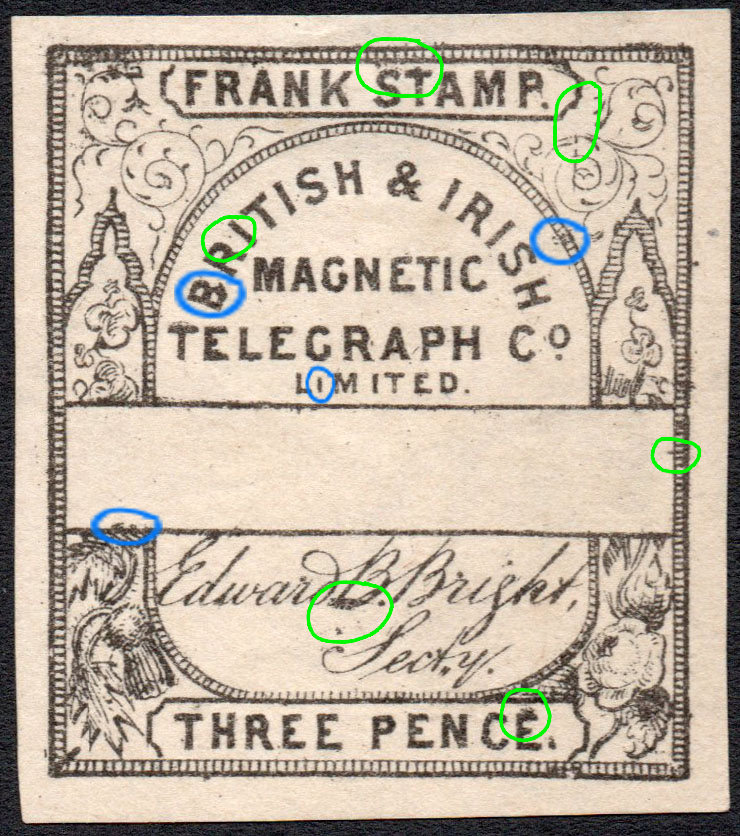 |
| 390689, 414329 and 417749 are all block 2, position 9. The last is one of the highest numbers I have scans of and matches a remainder quite well. They share similarities, particularly between the last 2 stamps and the remainder, the short I for example. The first stamp though does not match very well. 390689 has quite weak printing of the rose, thistle and clover. The rest of them have much clearer printing. If there was a new plate, then it came between 390689 and 414329. |
This remainder also has the short I and some other similarities with the last. It also has differences. |
||
| Images courtesy of Mark Gibson. | Image courtesy of Steve Lawrie. | ||
So if the new plate came between 388491 and 406371. and between 390689 and 414329., then it must have been between 390689 and 406371.
It can be systematically narrowed down by looking at pairs of stamps with differences that are from the same block and position, but not on the edges where they may have been substituted.
The far-right blue-marked flaw seems to be a characteristic of the new plate. It is on all the remainders. The lowest number I have seen it on is 406324. The highest number seen without it is 402607.
If that really is a reliable characteristic, then that narrows the range to 402607 to 406324.
Adjusting to sheet boundaries that would be between 402640(end of sheet 6711) and 406301(beginning of sheet 6773).
If you have any 3d stamps in that range, then please, please send an image.
For position 7, 390727 and 402607 (mentioned above) from block 1 are shown, along with 414307 with the flaw shown above in blue. Also 424367 from block 1 is shown.
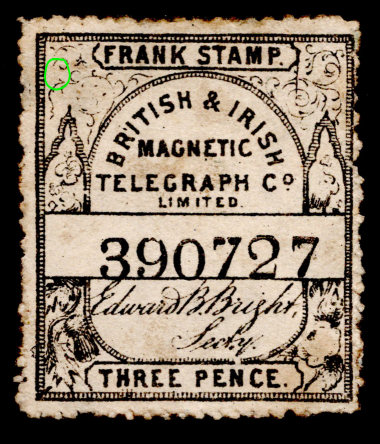 |
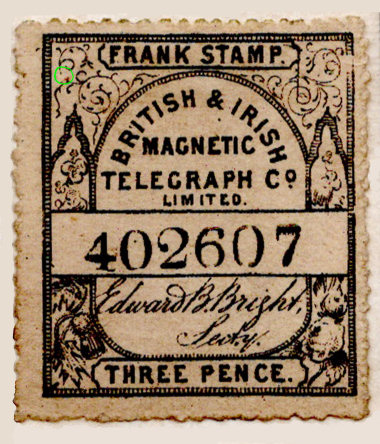 |
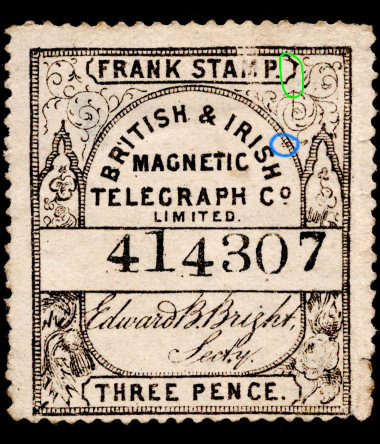 |
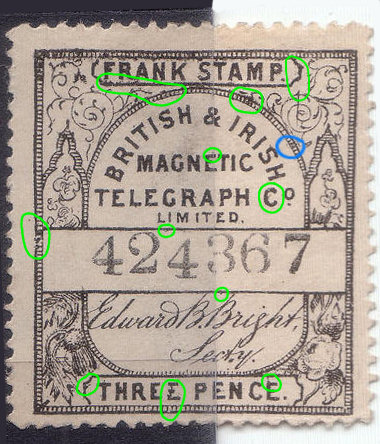 |
| 390727, block 1, position 7, from above. With 'RI' flaw. |
402607, block 1, position 7 With 'RI' flaw. |
414307, block 1, position 7 With 'RI' flaw. Broken 'spike'. |
424367, Block 3, position 7 (a fairly high number). No 'RI' flaw. Broken 'spike'. "orange flaw". |
| Images courtesy of Mark Gibson. | Image courtesy of Steve Lawrie. | ||
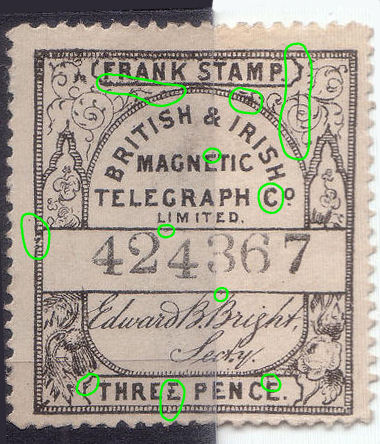 |
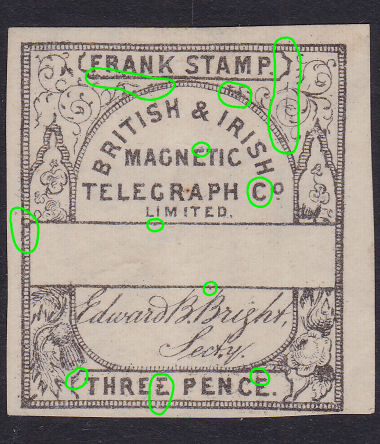 |
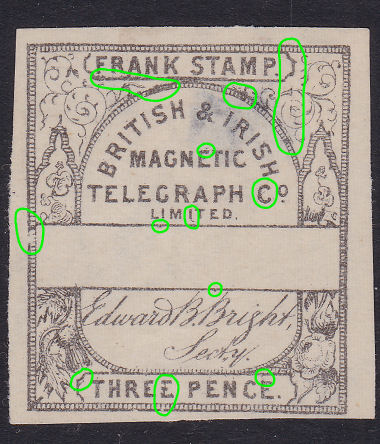 |
| 424367 (Position 7, Block 3) repeated together with a couple of remainders. These have a lot of similarities and a few differences. None show the 'RI' flaw, but all have a small dot over the 'T' of 'BRITISH'. Remainders are the leftovers at the end of the company, so this is from the last plate. |
||
| 424367 courtesy of Steve Lawrie. The remainders are mine. | ||
The highest control numbers seem to be different again, but match remainders.
I show them below for comparison.
 |
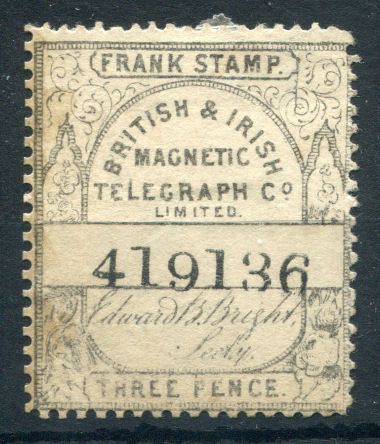 |
 |
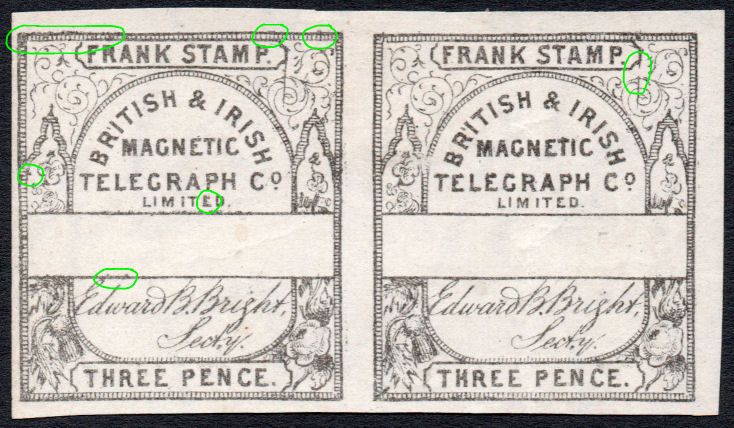 |
| 406356 - Block 2, position 16. from above. This has quite a few features that match 419136. |
419136 (reperfed) - Block 2, position 16. This matches 406356. Courtesy of. Mark Gibson |
424376 (reperfed) - Block 3, position 16. The highest number I have seen. It does not match the last 2, but partially does a remainder. |
The left stamp of this remainder pair has similarities to 424376. Perhaps the broken I is not constant. It also shows that the vertical line to the right of 'STAMP' can be continuous and broken on the same stone. |
| Image courtesy of Steve Lawrie. | Image courtesy of Mark Gibson. | Images courtesy of Steve Lawrie. | |
About 406301 to at least 424376. Stamps with the "Rabbit Flaw" (though not always clearly visible).
For this to be the beginning of a sheet, The calculator needs to be set to wasted = 0.
 Block position 1. |
 Block position 2. |
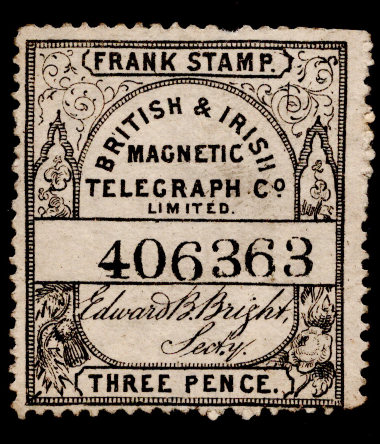 Block 3,position 3. |
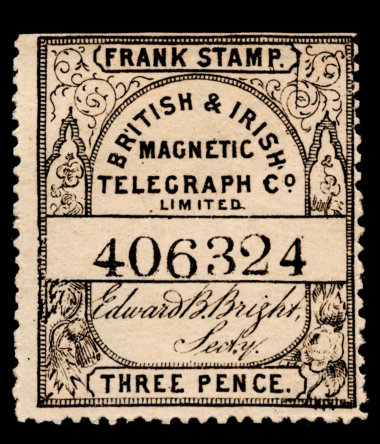 Block 1, position 4. |
 Block position 5. |
 Block position 6. |
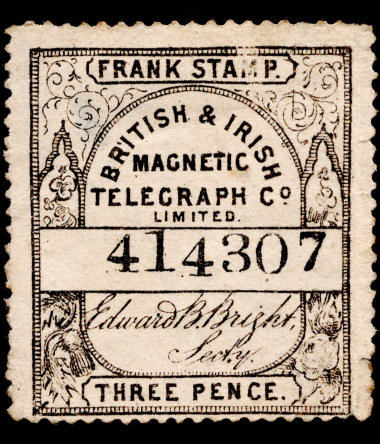 Block 1, position 7. |
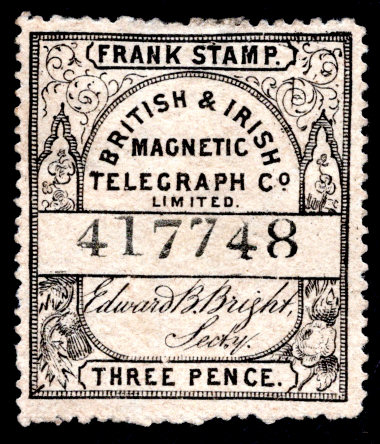 Block 2, position 8. |
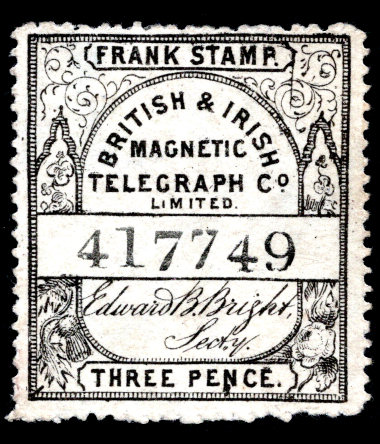 Block 2, position 9. |
 Block position 10. |
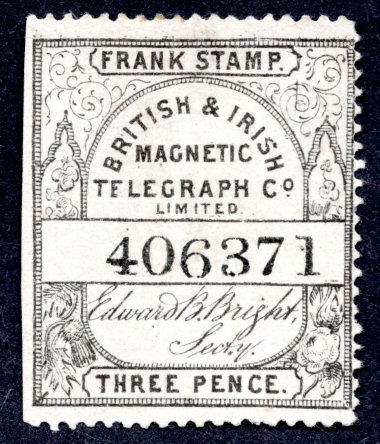 Block 3, position 11. |
 Block position 12. |
 Block position 13. |
 Block position 14. |
 Block position 15. |
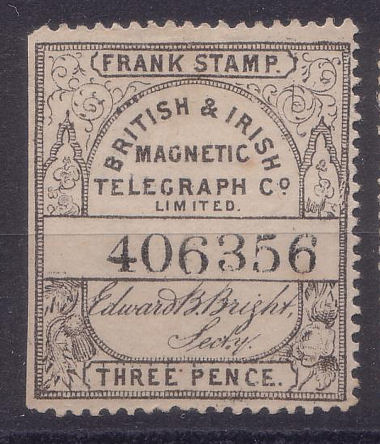 Block 2, position 16. |
 Block position 17. |
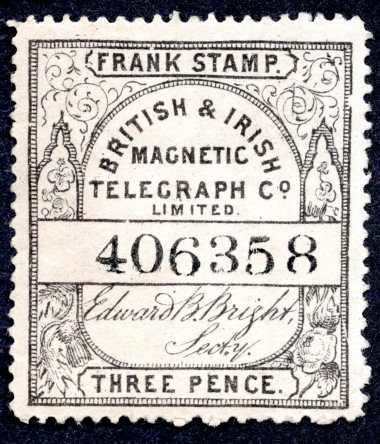 Block 2, position 18. |
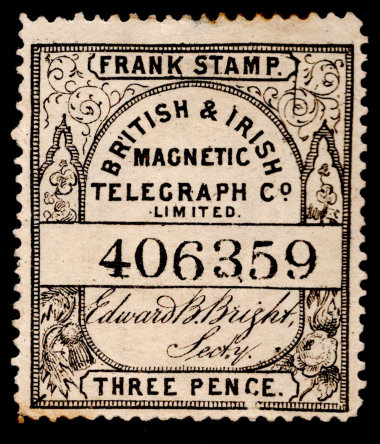 Block 2, position 19. |
 Block position 20. |
These are in the range 406324 to 417749 at least. |
||||
| Positions 3, 4, 7, 8, 9, 11, 18 and 19 are courtesy of Mark Gibson. Position 16 is courtesy of Steve Lawrie. | ||||
Apparent ranges:
| Plate number (subject to revision) | Lowest known | highest known | high - Low | Characteristics |
|---|---|---|---|---|
| Unknown | 1 | 68156 | 68155 | Perhaps there was an earlier plate |
| 1 | 68157 | 174284 | 106127 | No 'RI' flaw, Type 1 controls |
| Unknown | 174285 | 182679 | 8394 | Type 1 controls, plates changed from 1 to 2 |
| 2 | 182680 | 402640 | 219960 | Extensive 'RI' flaws, Type 1 controls, then Type 2 controls |
| Unknown | 402641 | 406300 | 3659 | Type 1 controls, plates changed from 2 to 3 |
| 3 | 406301 | 424376 | 18075 | Most with 'RI' flaw, Type 1 controls. Match remainders. |
If you have one of the "Unknown" numbers, why not get involved?
Normally with 5 stamps per row, it would be expected that rows would consistently be numbered from 1 to 5 or 6 to 0 alternately as with the 3d blocks above.
With the 6d black Type 1 controls at least there is evidence of this being disrupted.
Starting with control number 1 at the beginning of the first sheet (of 60), The partial reconstruction (of sheet 2359) on the left below should start with 141481.
Instead it is a row and 2 stamps in advance of this.
So for these stamps, if you are using the calculator, set wasted to 7.
The sheet on the right (sheet 3439) should start with 206341, but is 47 stamps ahead (9 rows and 2 stamps).
The stamp below that ends the row with 7 instead of 5 also.
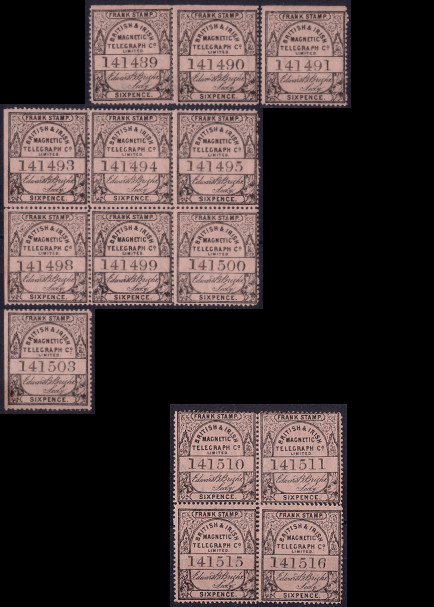 |
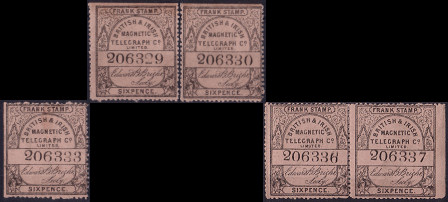 |
125927, 206337 and 410607 all end with 7 and have a straight edge on the right side. |
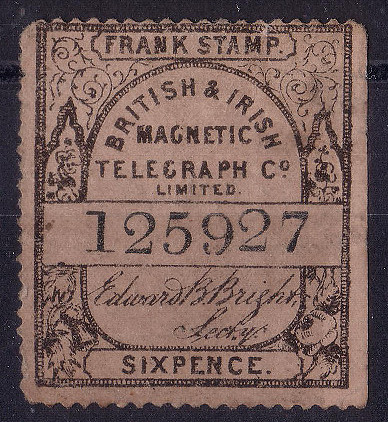 |
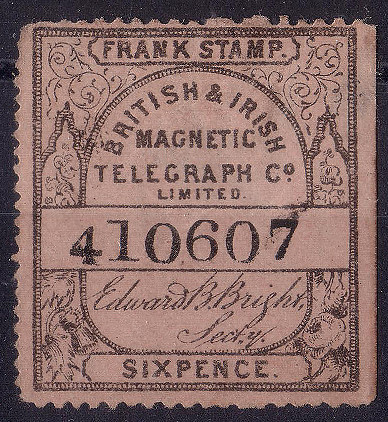 |
|
| All these are courtesy of Steve Lawrie. | ||
In the reconstruction above, stamps 141510/141511 do have flaws matching 141490/141491, so we know it is a repeating block of 20 stamps.
Below is a breakdown on the flaws on the first four columns of these stamps :
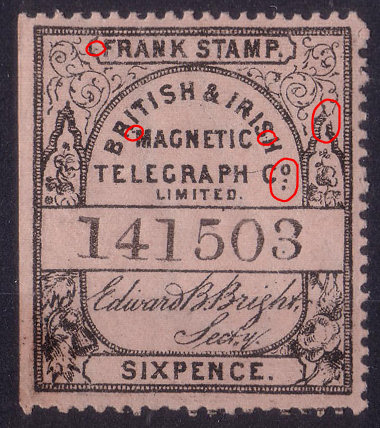 |
This edited version of the plate reconstruction shown above, gives a colour-coded overview of the matching stamps
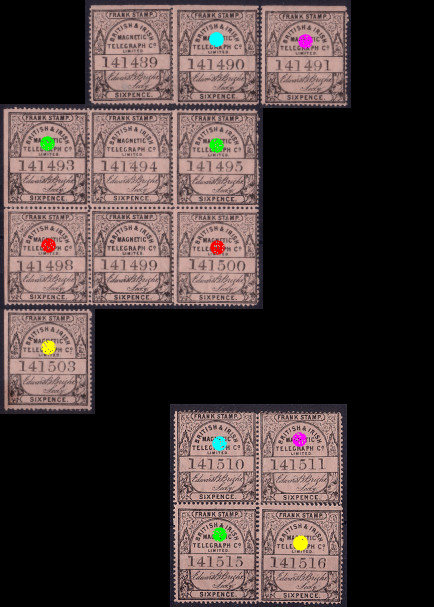
I will make a table as I did with the 3d stamps, putting stamps in the 20 positions of 4 rows of stamps.
I will get the positions from the calculator above using 7 for the number of wasted control numbers.
 Block 1, position 1. |
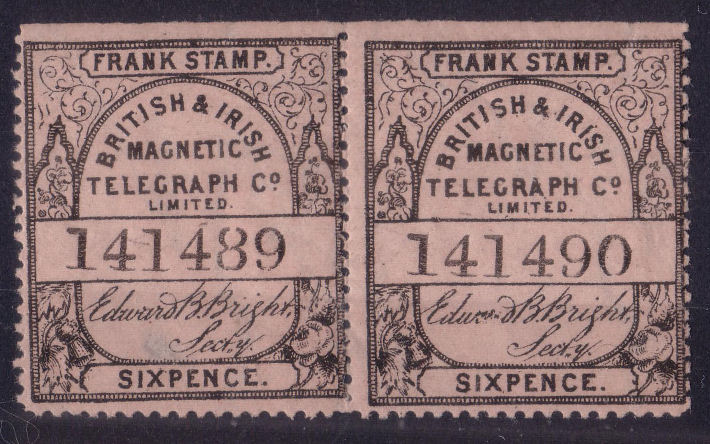 Block 1, positions 2 and 3. |
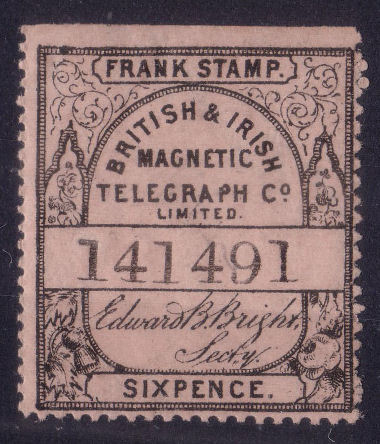 Block1, position 4. |
 Block position 5. |
|
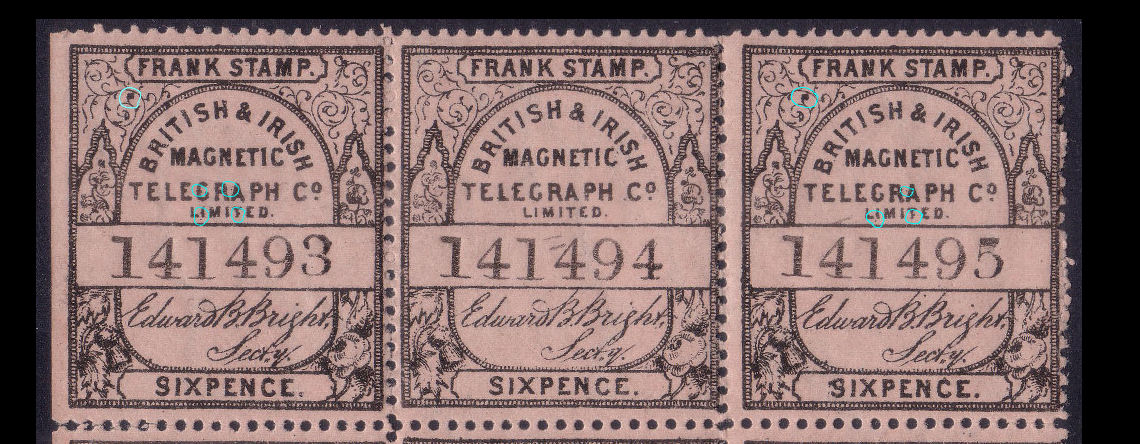 Block 1, positions 6, 7 and 8. |
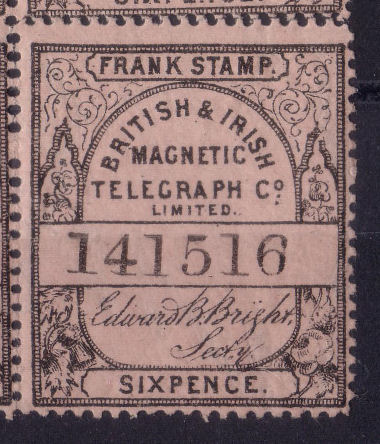 Block 2, positions 9. |
 Block positions 10. |
||
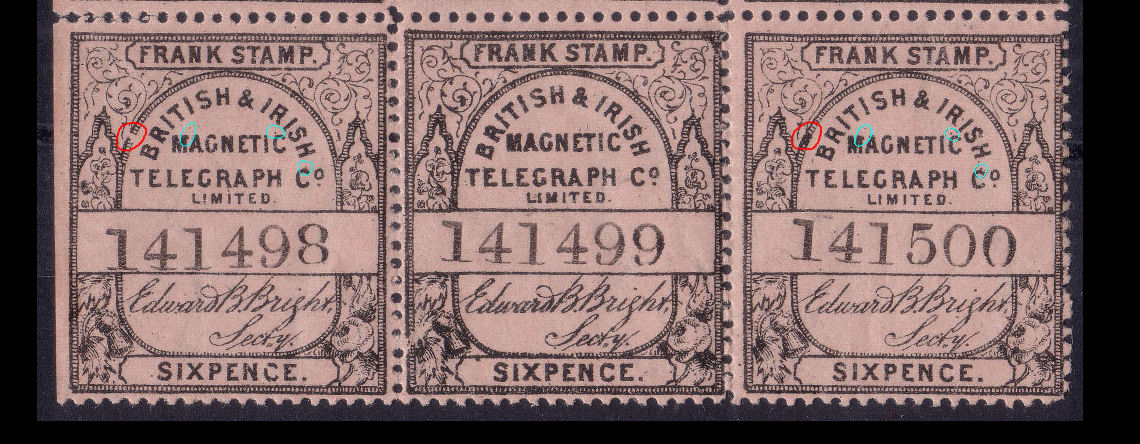 Block 1, positions 11, 12 and 13. |
 Block positions 14. |
 Block positions 15. |
||
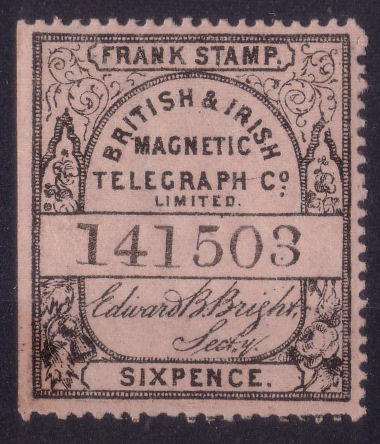 Block 1, position 16. |
 Block positions 17. |
 Block positions 18. |
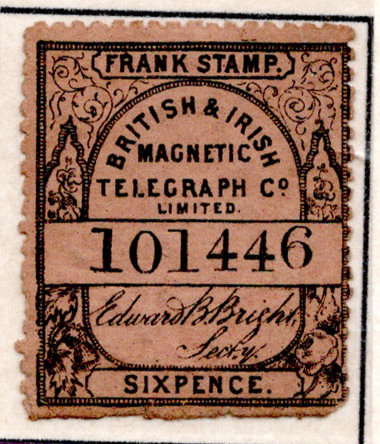 Block 2, positions 19. |
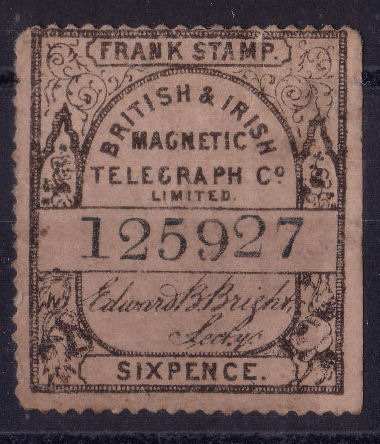 Block 2, position 20. |
Position 19 is courtesy of Mark Gibson. The others are courtesy of Steve Lawrie.
I have noticed matching flaws for position 8 and position 16.
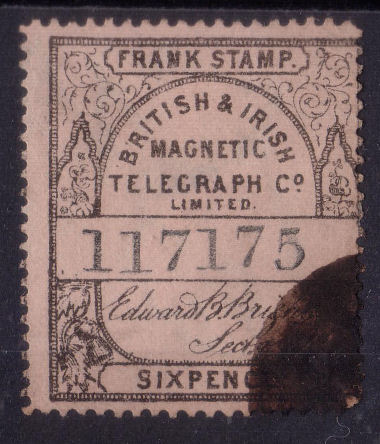
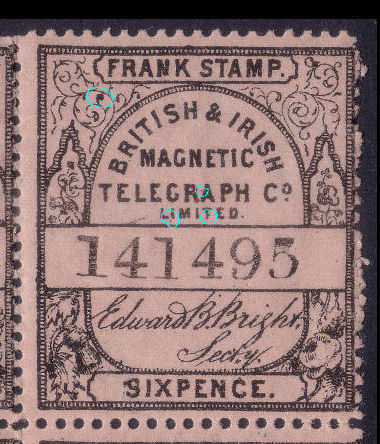
These two are Block 3, position 8 and Block 1, position 8. They have matching flaws. That indicates that this plate ranges from controls 117175 to 141495 (24320 stamps) at least.
For the moment I will assume that the lowest number I have seen (101446) also belongs to this plate and I have added it at (block 2) position 19.
Comparing a couple that are away from the edges and should not get damaged and need substitution :
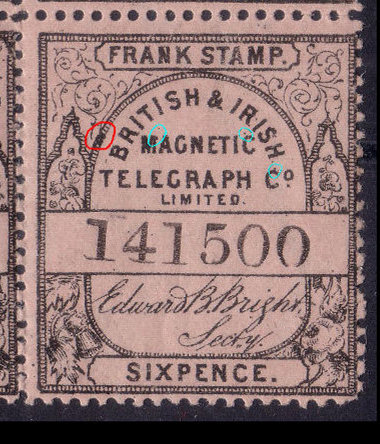 |
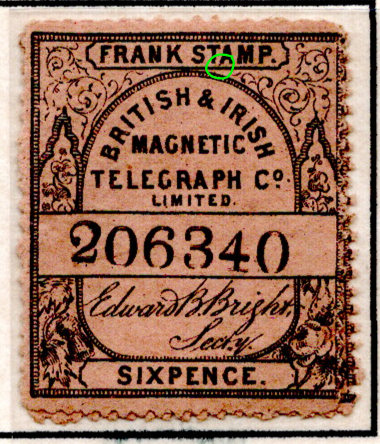 |
| 141500 from Block 1, position 13. As noted, this is similar to 141498, position 11 and may have provided a substitution for it. The point is, the marked flaws are fairly constant. |
206340 from Block 3, position 13 This has no sign of the flaws on 141500. The marked flaw, though generally not as pronounced, does seem to be on most if not all of the stamps beginning with 206. |
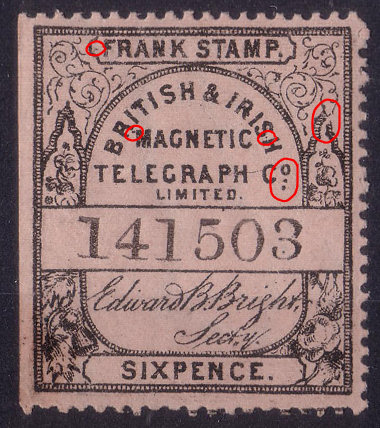 |
 |
| 141503 from Block 1, position 16. Compare this with 141516, position 9 on the right. We have already seen that positions 6 and 8 are similar and 11 and 13 are similar |
141516 from Block 2, position 9 has matching flaws. Some of them are quite distinctive. There is a good chance that 141503 is a 'substituted cliché' |
Looking at stamps of 206000 and above, most have signs of the distinctve "A" in "STAMP" :
 Block position 1. |
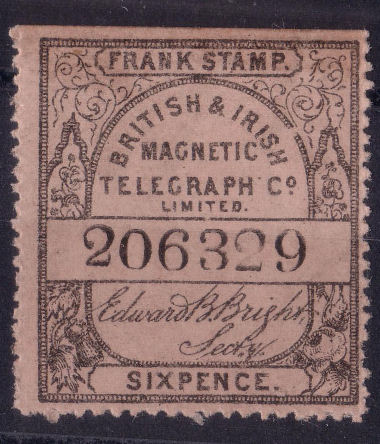 Block 1, positions 2. |
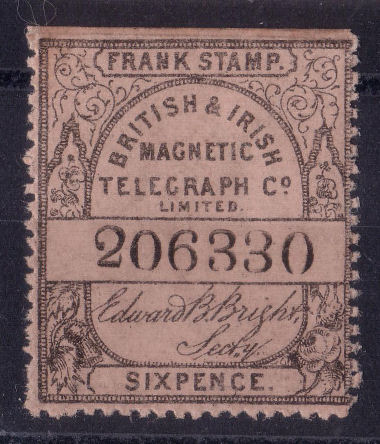 Block 1, positions 3. |
 Block position 4. |
 Block position 5. |
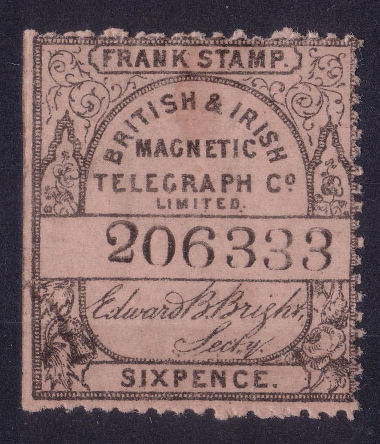 Block 1, position 6. |
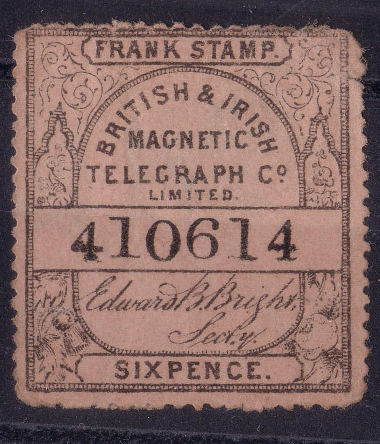 Block 2, positions 7. |
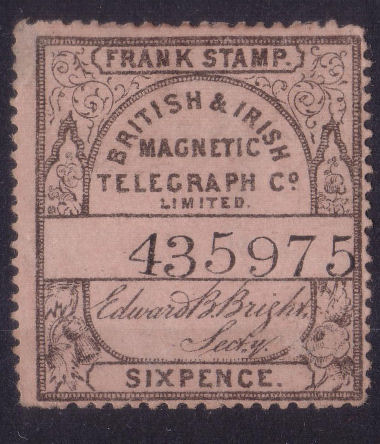 Block 1, position 8. |
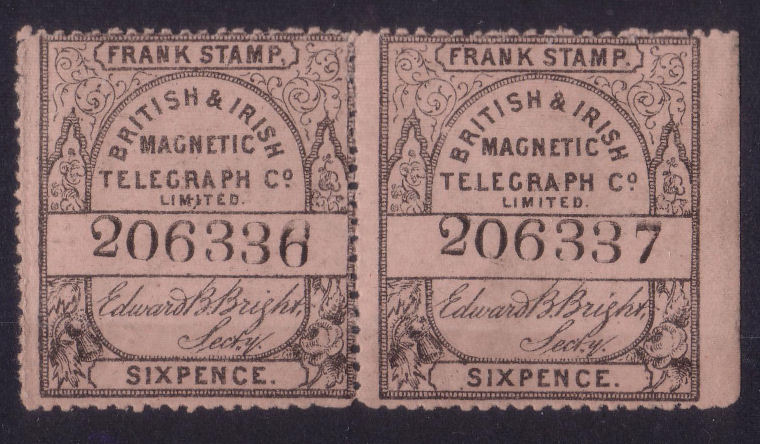 Block 1, positions 9 and 10. |
|
 Block position 11. |
 Block positions 12. |
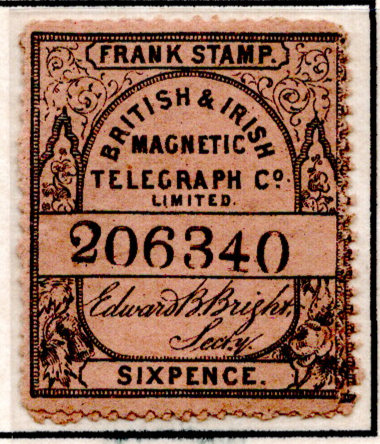 Block 3, position 13. Courtesy of Mark Gibson |
 Block 1, position 14. Courtesy of Mark Gibson |
 Block position 15. |
 Block position 16. |
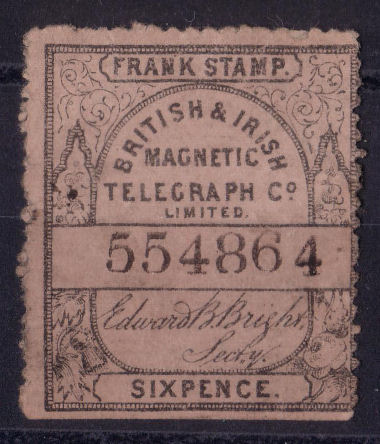 * Block 2, positions 17. |
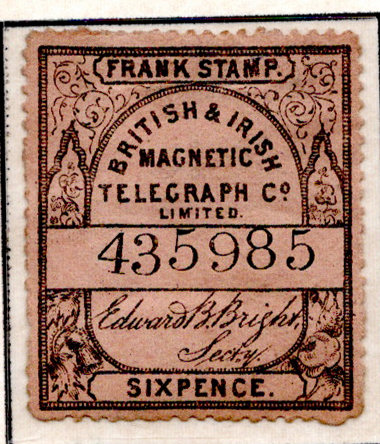 Block 1, position 18. Courtesy of Mark Gibson |
 Block position 19. |
 Block 2, position 20. |
*554864 at position 17 is an anomaly. With a "wasted" of 7, it is expected to be block 2 and should not have a straight edge at the bottom !
It is not consistent with the red controls, either, having a "wasted" of zero since it would be Block 3, Position 4, not the bottom row. "wasted" needs to be something from 45 to 47 to work.
Perhaps a block of 40 stamps was taken for some "red control trials" or something.
Images are courtesy of Steve Lawrie unless otherwise indicated.
Neither of these plates has an example of position 1.
This is the only scan I have of a position-1 6d stamp:
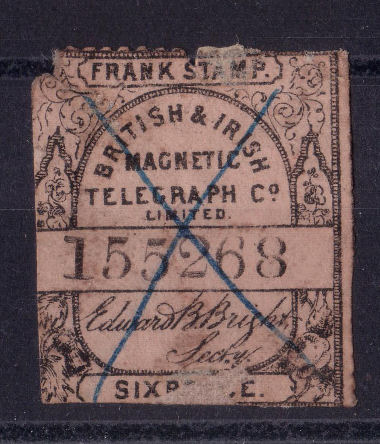
It does have a hint of the distinctive "A", but more images are needed with similar control numbers.
I had two candidates for position 3.

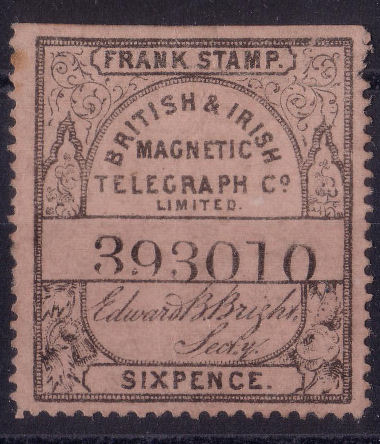
206330 from Block 3, position 3 and 393010 from Block 1, position 3.
I cannot see much in the way of differences between these two.
I had two candidates for position 20.

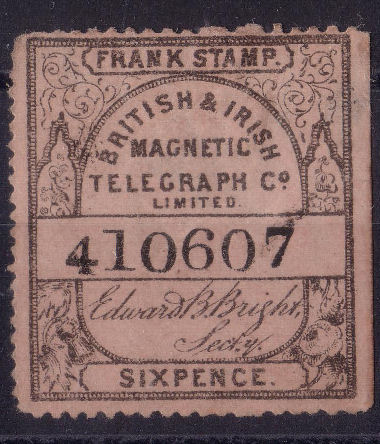
318767 from Block 2, position 20 and 410607 from Block 1, position 20 (presumably perforations added on the right),
I cannot see any distinctive differences between these either.
I have included the highest black control 6d that I have a scan of, 554864, at position 17.
However, it should be Block 2, Position 17 and not have a straight edge at the bottom.
Either someone was playing with scissors, or more stamps got "wasted" somewhere along the line.
The following stamps with red controls may have the same "wasted" value.
I have seen red controls in the range 28746 to 76686.
These are from the last plate and match the remainders. They also show the distinctive "A".
42300 below appears to be Block 3, Position 20. For that to work, the "wasted" value as needs to be set to zero.
554864 with black control is not consistent with the value of 7 used above, or zero ,
I will take the "wasted" value as 0 for these.
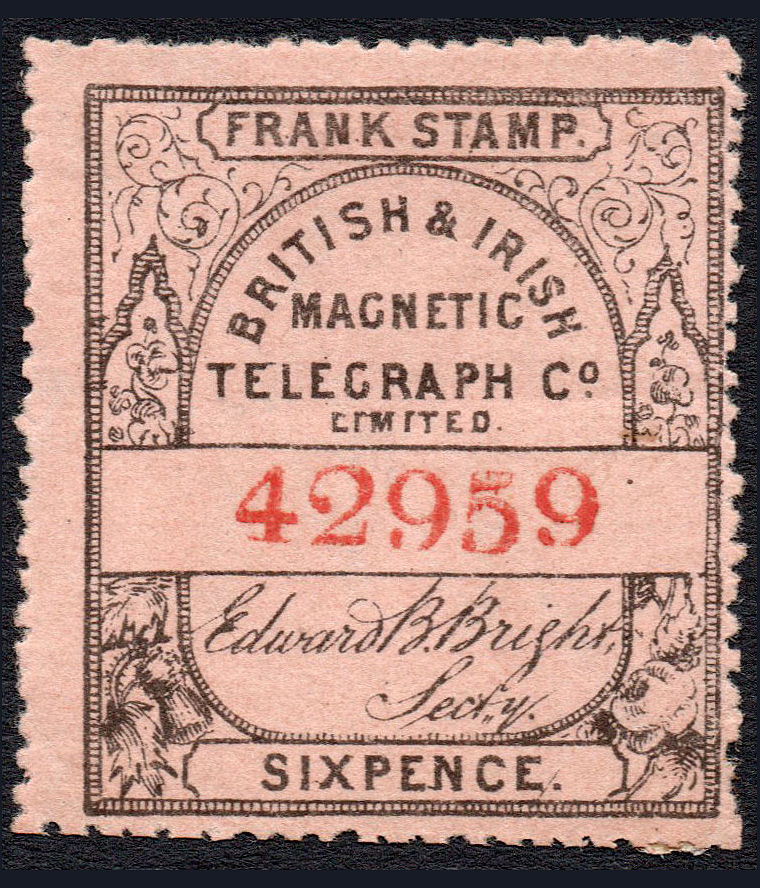
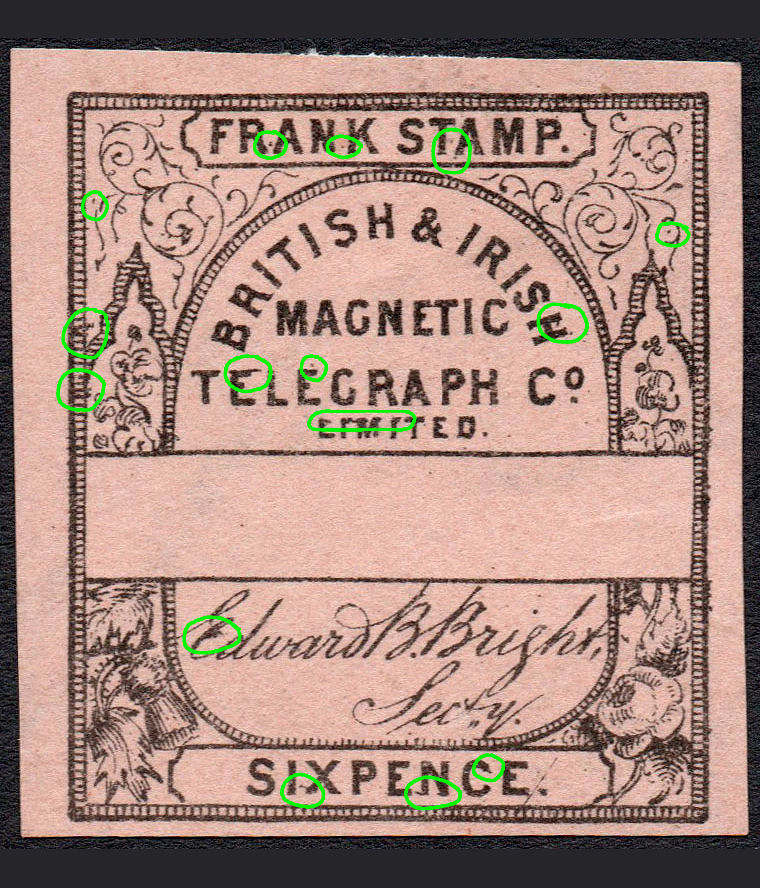
42959. Block 3, Position 19, though without straight edge at the bottom, and a matching remainder. Courtesy of Steve Lawrie.
On the red controls there is a scratch after 'SIXPENCE' that varies in strength, the last is barely perceptible. I have not seen it on black controls,
so these would seem to be from yet another plate.
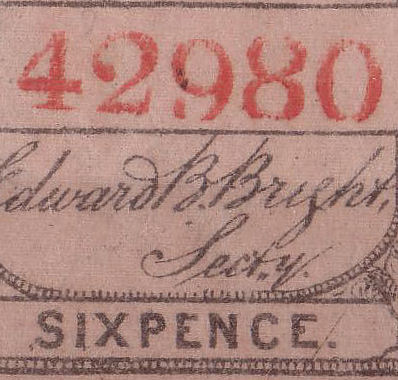
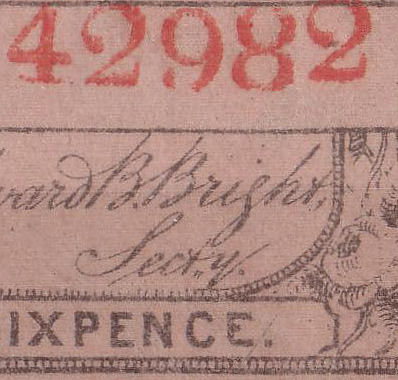
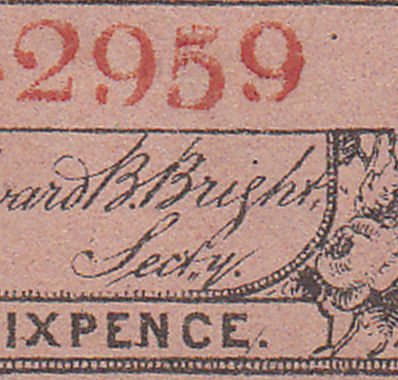
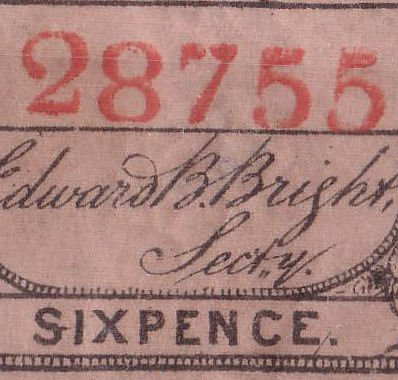
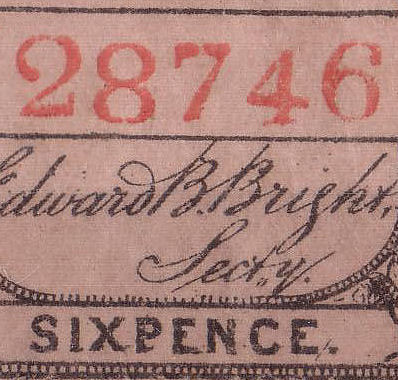
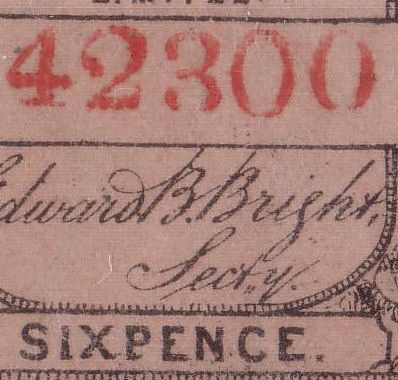
The pattern is not obvious. Lowest control seen 28746, highest seen 42982.
Another flaw that I have only seen with red controls:

This is on 28746, 28758 and 42300. Interestingly, there is also just the dot by the 'T' on 28755, and just the dot over the 'E' on 42980.
- Images (except 42959) courtesy of Steve Lawrie.
42959 image courtesy of Martien Blank.
Looking at a block of 20 with a "wasted" value as 0 :
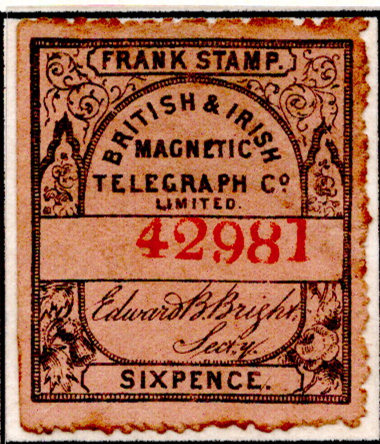 Block 2, positions 1. |
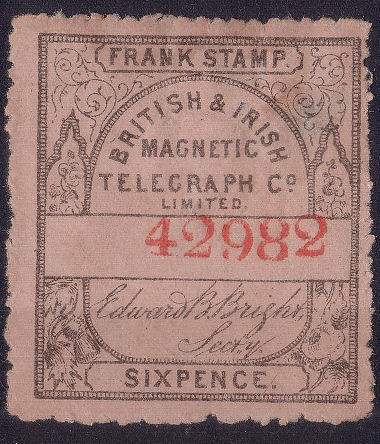 Block 2, positions 2. |
 Block position 3. |
 Block position 4. |
 Block position 5. |
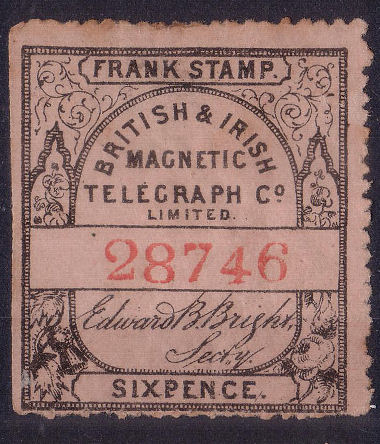 Block 1, position 6. |
 Block position 7. |
 Block position 8. |
 Block position 9. |
 Block position 10. |
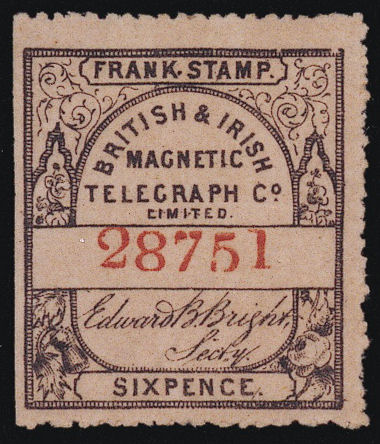 Block 1, position 11. |
 Block 1, position 12. Courtesy of Mark Gibson |
 Block position 13. |
 Block position 14. |
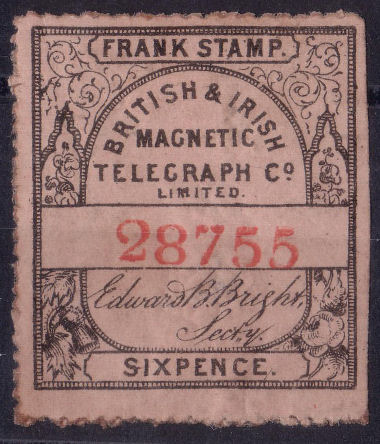 Block 1, position 15. |
 Block position 16. |
 Block position 17. |
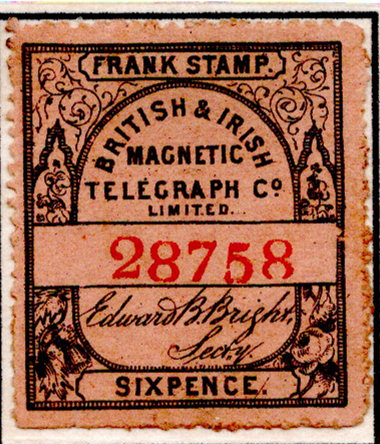 Block 1, position 18. Courtesy of Mark Gibson |
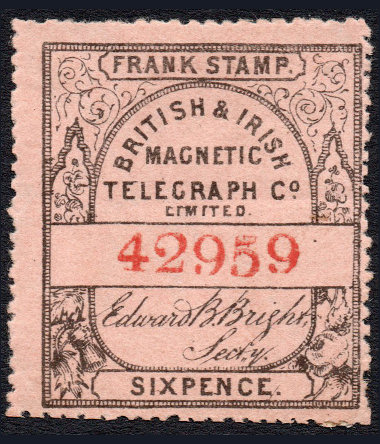 Block 3, position 19. |
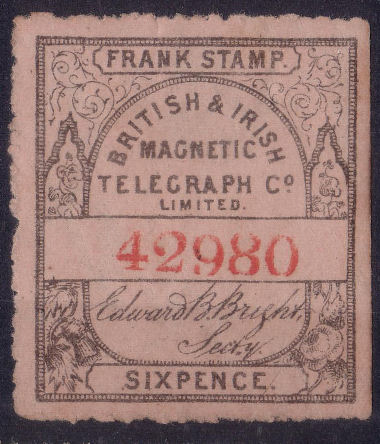 Block 1, position 20. |
28751 (Block 1, Position 11) is from Langmead & Huggins' book (colour plate 1), courtesy of the
Great Britain Philatelic Society.
Positions 6, 15, 19 and 20 are courtesy of Steve Lawrie. The rest are courtesy of Mark Gibson.
Indications are that the imperfs without controls are the remainders left over when the company was taken over.
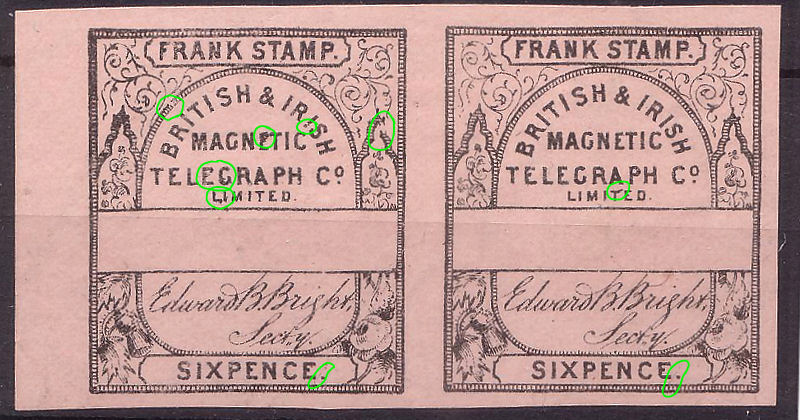 |
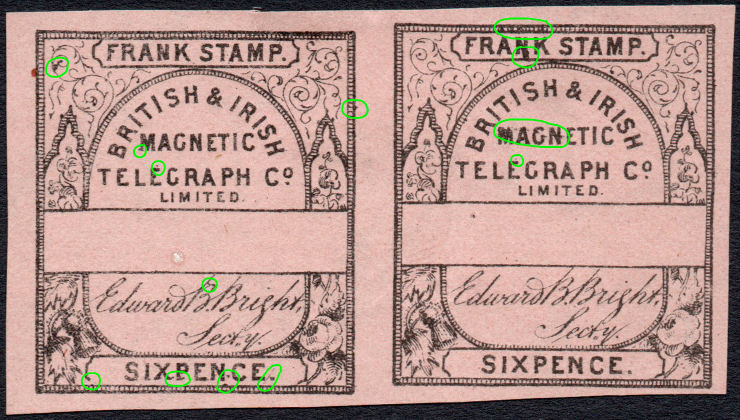 |
| This pair is clearly from the left of the sheet. That and the flaws should help with plating. | This pair both have scratches after 'SIXPENCE', though the right one is barely perceptible. There are a number of flaws that may help with plating. |
| Images courtesy of Steve Lawrie. | |
Notably, I have no images reliably indicating sheet boundaries, so I am using a "wasted" value of zero.
It may be that the sheets were perforated across the top and bottom, but I have not seen any with selvedge.

I have noticed a 'bump' on the top of the 'T' of 'STAMP' on many of the stamps.
It is on all 13 of the stamps with red controls.
It is on all 6 of the stamps with black controls Type 2.
Out of the Type 1 black controls, 6 stamps have it and 10 do not. I will refer to this as the 'T' flaw.
Here are 3 more flaws that are often found on these stamps, though sometimes faintly:
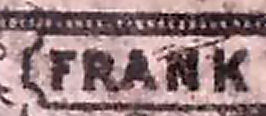 |
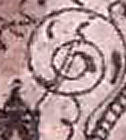 |
 |
| 'NK' flaw. | 'Scroll' flaw. | 'E' flaw. |
The 'Scroll' flaw (or traces of) I have seen on stamps with and without the 'T' flaw.
The 'NK' flaw and 'E' flaw I have only seen on stamps that also have the 'T' flaw with the exception of 273124 below.
Going back to the 'T' flaw on Type 1 black controls, in sequence:
Have it: 273123, 782230, (782238, 782239), 929269.
Without it: 82515, 127756, (171923, 171924, 171925), 171928, 171931, 171937, 273124, 344134.
| Without - plate 1 ? | With - plate 2 ? |
|---|---|
| 82515, 127756, (171923, 171924, 171925), 171928, 171931, 171937, 273124, 344134. |
273123, 782228, 782230, (782238, 782239), 929269. Black Type 2 controls 436040 - 707577 Red controls 14693 - 155412 |
The 273123 / 273124 (digitally re-joined) pair is interesting:
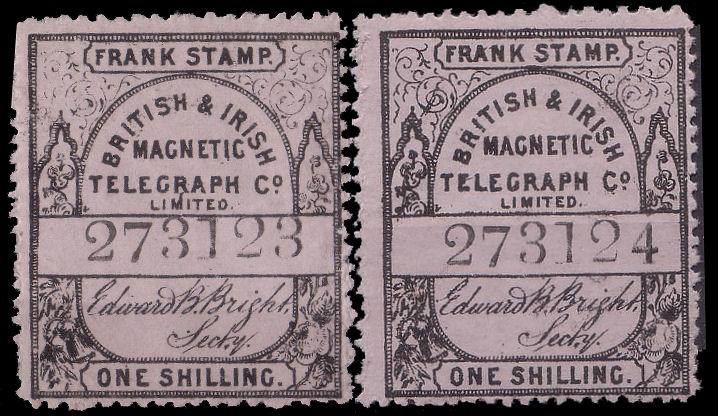
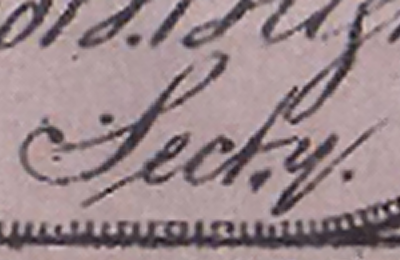
This pair look like they belong together in terms of perforation centring and vertical size.
However, the left stamp has the 'T' flaw and the right does not. If not for this pair, I would have said that this flaw is an indicator of a
new plate that started use part way through the 'black Type 1 period' and continued through the Type 2 and red issues.
This pair confuses things. I think that the 'new plate' is missing the flaw on a few stamps.
Additionally the "Secretary flaw" (dot over the "S") seems like a characteristic of plate 2 and 3, though not normally so clear. I have not seen it on plate 1.
273124 is like a plate 1 substitution into plate 2.
A reconstruction of what I think is part of plate 1 using one stamp from Mark Gibson and the others from Steve Lawrie.
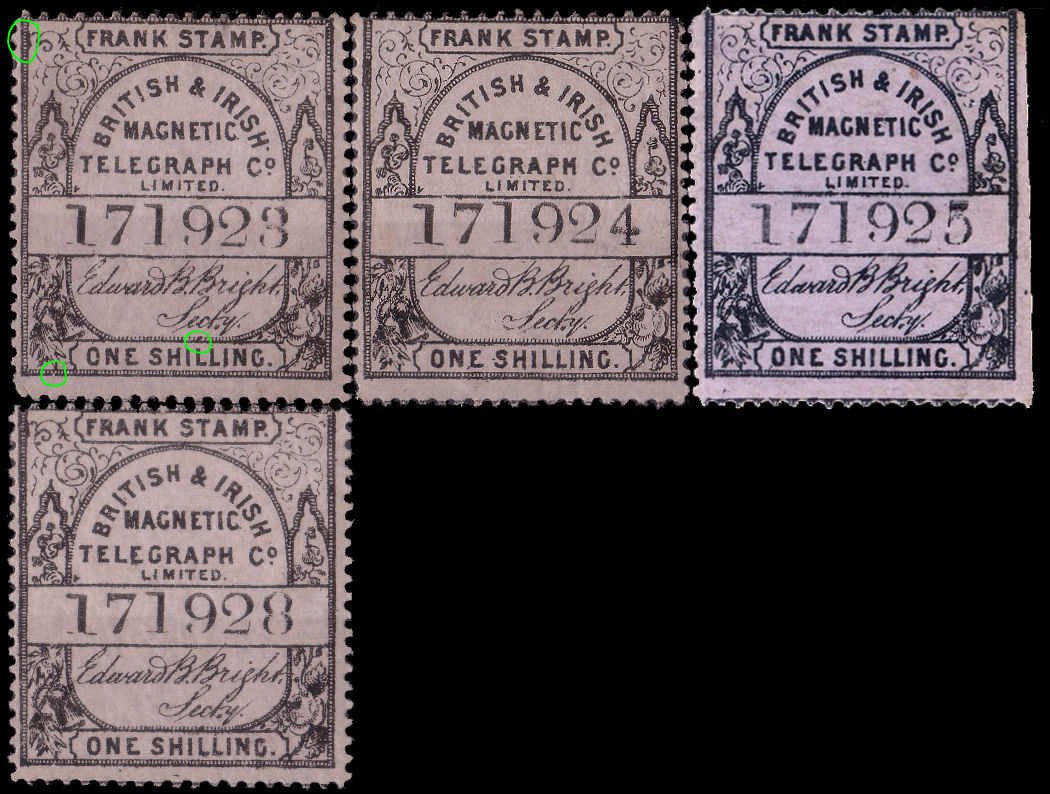
Strangely, 171928 (block 2, position 8) has flaws matching the stamp above (block 2, position 3) ! 127773 (block 2, position 13) which is below 171928, does not match.
I have no explanation for that unless cliche substitution is involved. The grid below has many gaps, perhaps when it is more complete the pattern will become clear.
At this point, I will add another distinctive feature which is perhaps more relevant, though belatedly noticed.
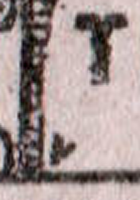
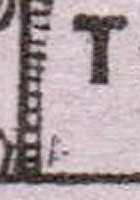
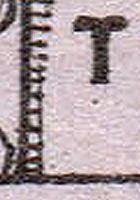
Above is a progression from early examples, the first is taken from 171926, the others from more worn printings.
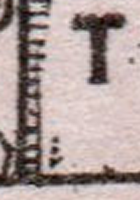
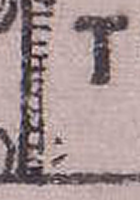
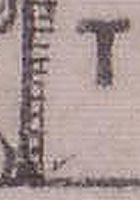
Another progression from later examples, the first is taken from (black) 929269, the others from remainders, position 12 and 11.
Position 12 matches red control 155412.
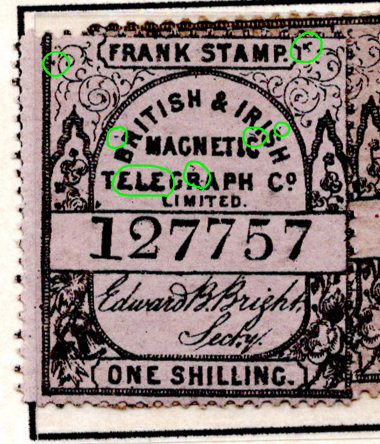 |
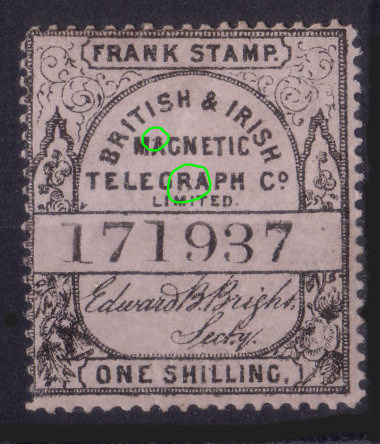 |
| 127757 (block 1) - Courtesy of Steve Lawrie. | 171937 (block 2) - Courtesy of Steve Lawrie. |
| I have two example scans of Block position 17 for this plate. There are major differences between them. We don't actually know where the sheet boundaries were. If one was at the bottom of the plate it may have been substituted. |
|
Putting the low black control numbers without the 'T' flaw (82515 to 171937, 89422 stamps, Plate 1?) into a grid as above by position in a repeating 4-row block gives:
 Block position 1. |
 Block position 2. |
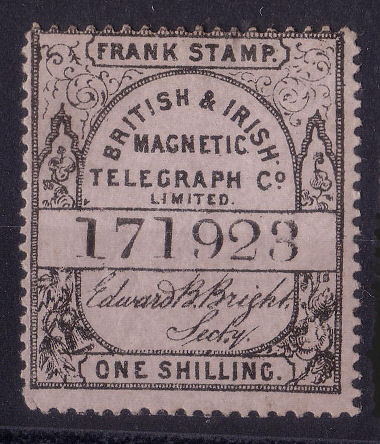 Block 2, position 3. |
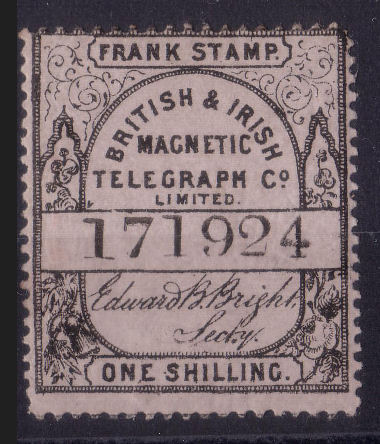 Block 2, position 4. |
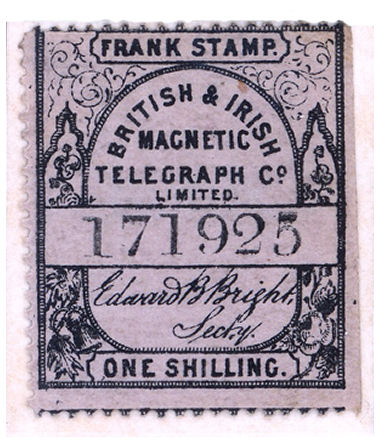 Block 2, position 5. |
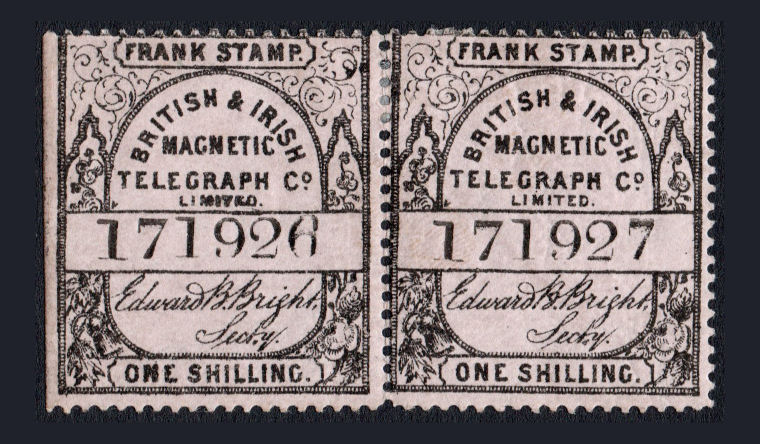 Block 2, positions 6 and 7. |
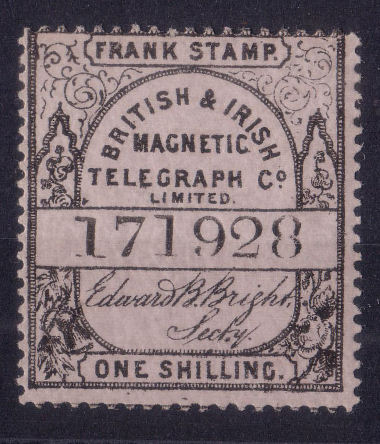 Block 2, position 8. |
 Block position 9. |
 Block position 10. |
|
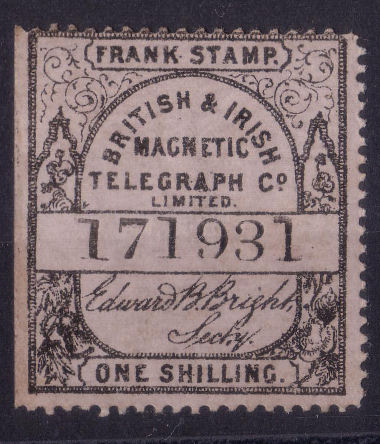 Block 2, position 11. |
 Block position 12. |
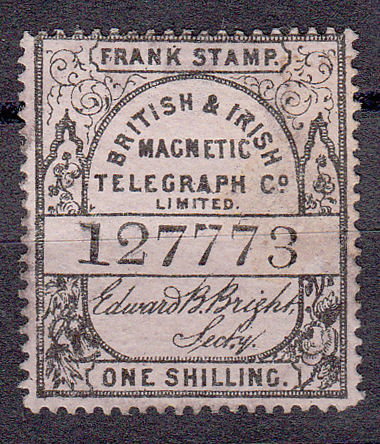 Block 2, position 13. |
 Block position 14. |
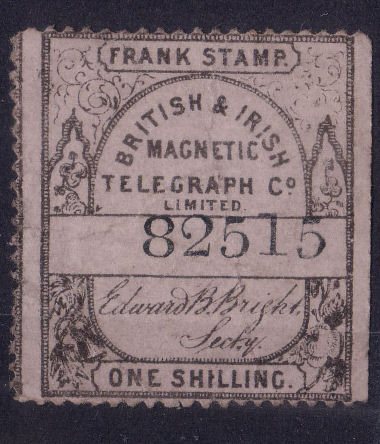 Block 1, position 15. |
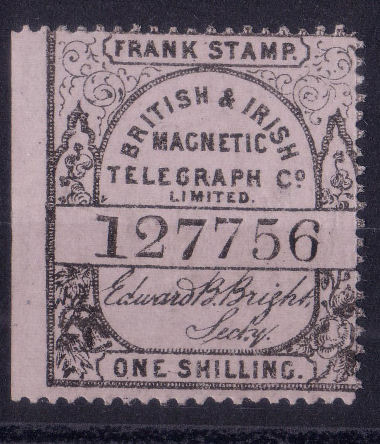 Block 1, position 16. |
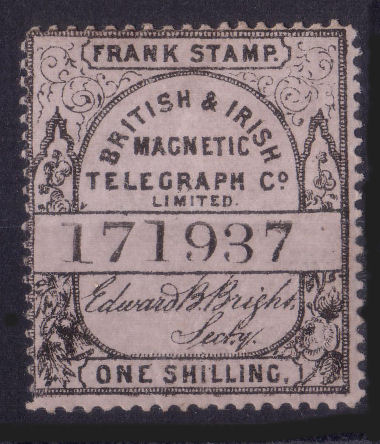 Block 2, position 17. |
 Block position 18. |
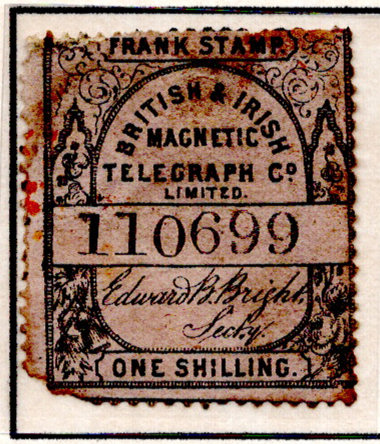 Block 3, position 19. |
 Block position 20. |
Positions 5 and 19 are courtesy of Mark Gibson, position 13 is courtesy of Martien Blank. The others are courtesy of Steve Lawrie.
Putting the higher numbers, mostly with the 'T' flaw (273123 to 782239, Plate 2?) into a grid gives:
 Block position 1. |
 Block position 2. |
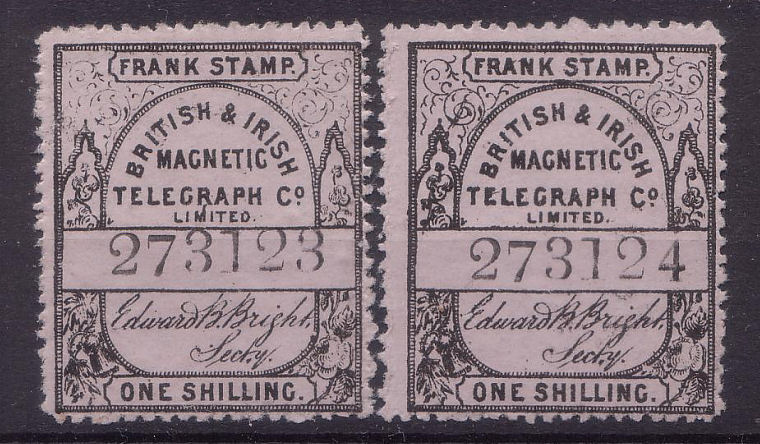 Block 1, positions 3 and 4. |
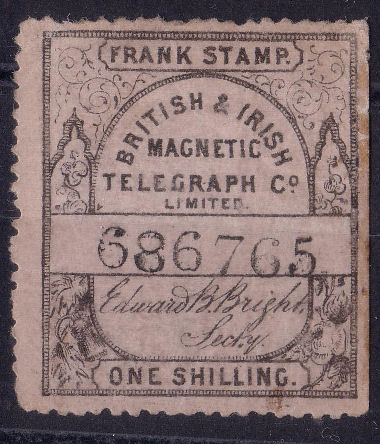 Block 1, position 5. |
|
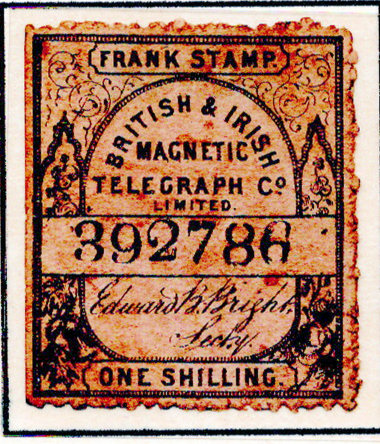 Block 2, position 6. |
 Block position 7. |
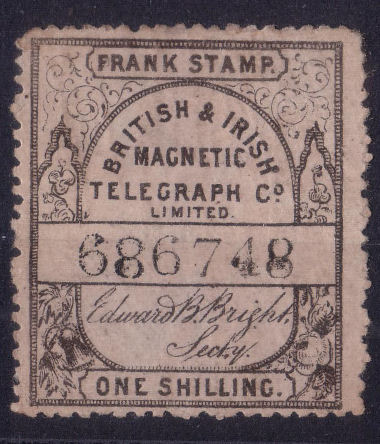 Block 3, position 8. |
 Block position 9. |
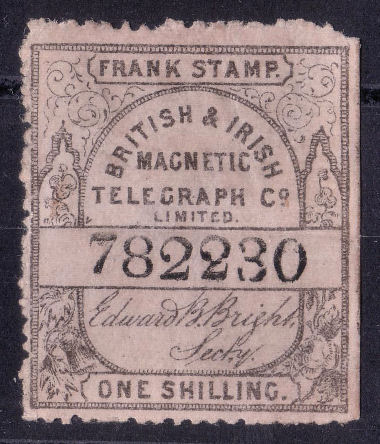 Block 1, position 10. |
 Block position 11. |
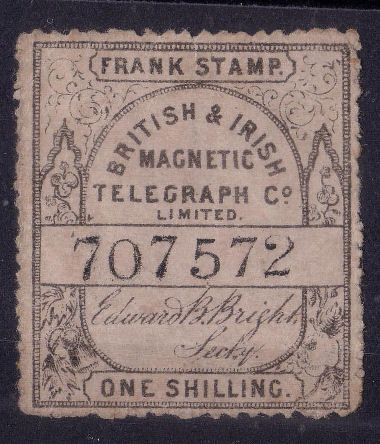 Block 3, position 12. |
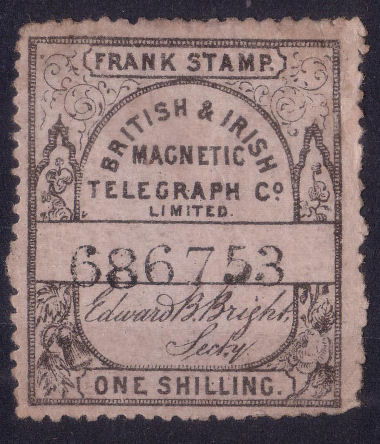 Block 3, position 13. |
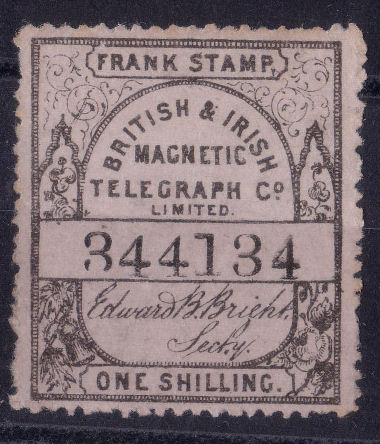 Block 2, position 14. |
 Block position 15. |
 Block position 16. |
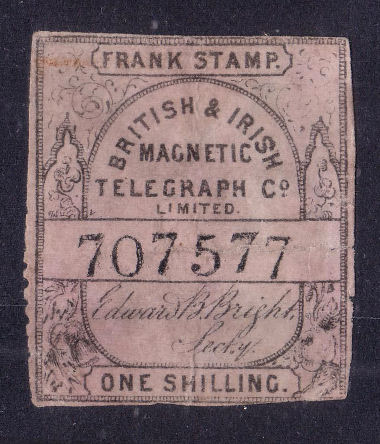 Block 1, position 17. |
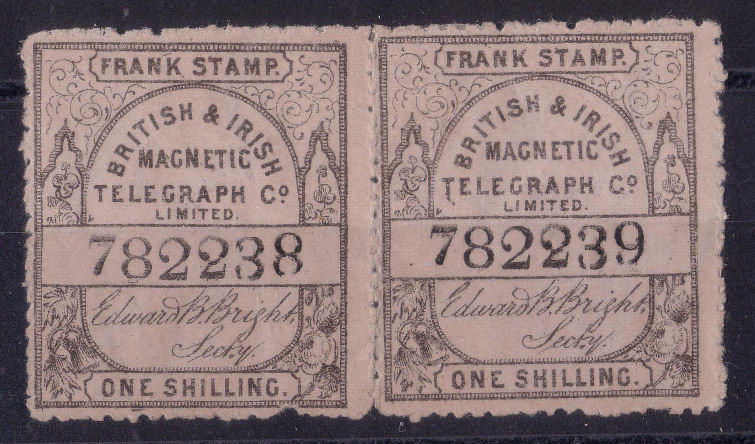 Block 1, positions 18 and 19. |
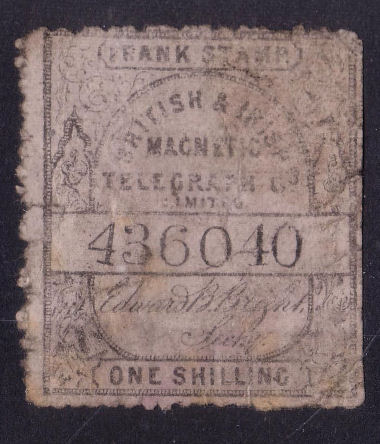 Block 1, position 20. |
|
Positions 6 is courtesy of Mark Gibson, the rest are courtesy of Steve Lawrie.
Black Plate 3 appears.
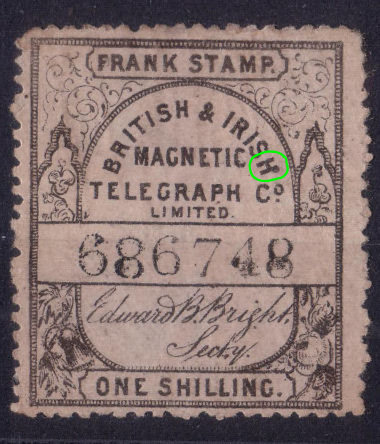 |
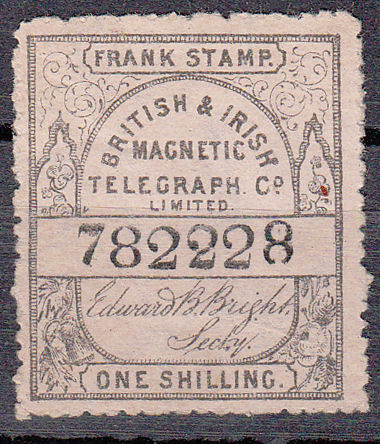 |
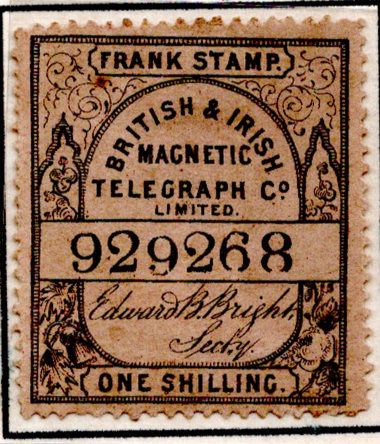 |
| 686748 (block 3) - Courtesy of Steve Lawrie. | 782228 (block 1) - Courtesy of Martien Blank. | 929268 (block 3) - Courtesy of Mark Gibson. |
| I have three example scans of Block position 8 for this plate. The mark on the 'H' of 'IRISH' is quite distinctive. It is on the first two. |
This has no sign of it though. | |
The red controls are on a plate similar to the one above, but different (Plate 3). The same plate is consistent in the range of black 929268, red 17059 to 103799 at least and remainders.
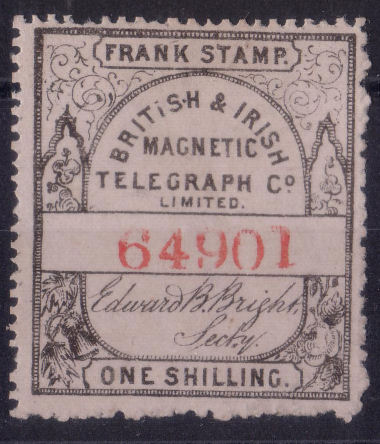 Block 3, position 1. |
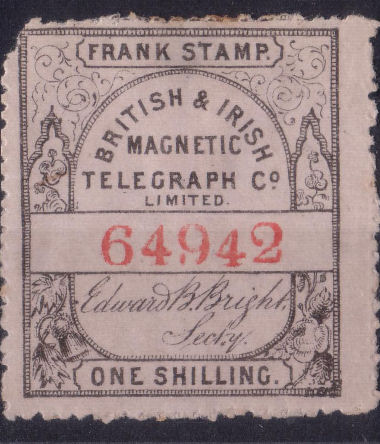 Block 2, position 2. |
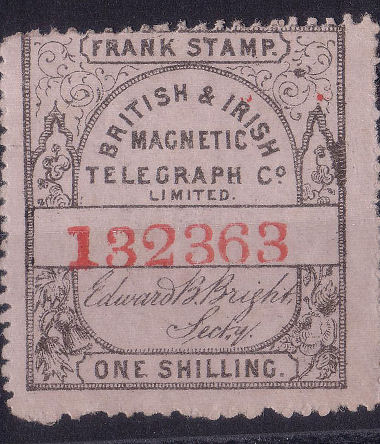 Block 1, position 3. |
 Block position 4. |
 Block position 5. |
 Block position 6. |
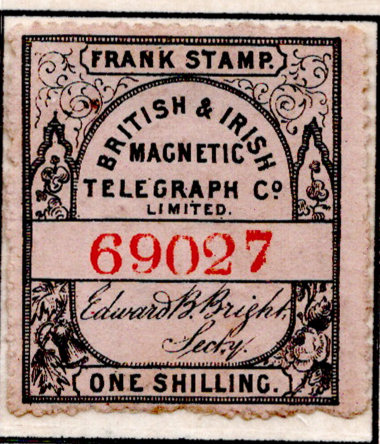 Block 2, position 7. |
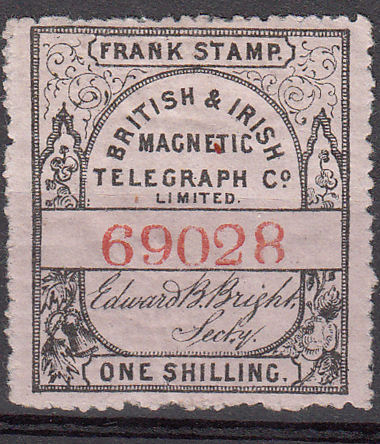 Block 2, position 8. |
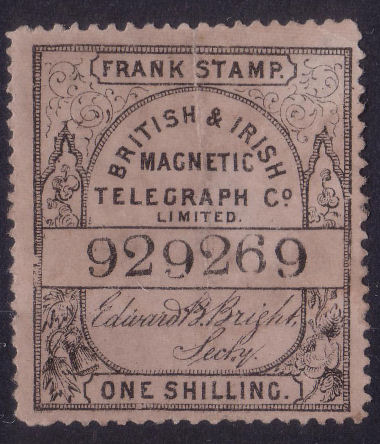 Block 2, position 9. |
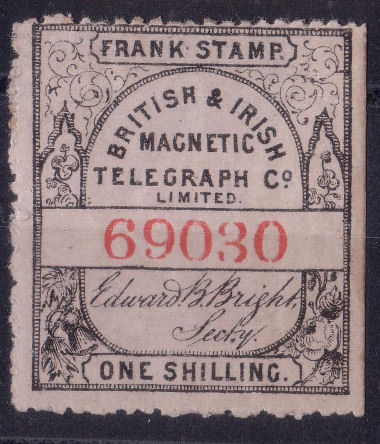 Block 2, position 10. |
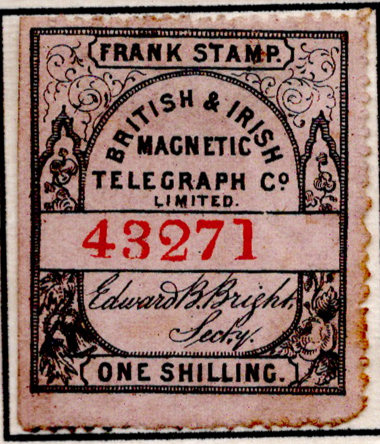 Block 1, position 11. |
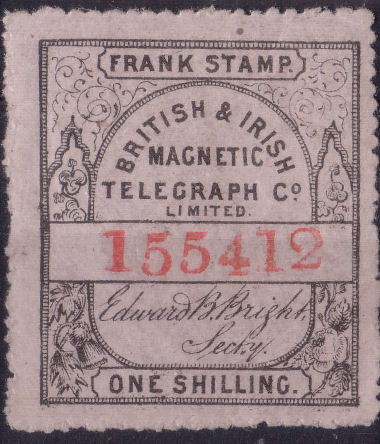 Block 1, position 12. |
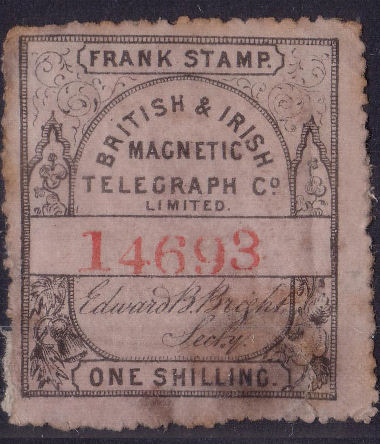 Block 3, position 13. |
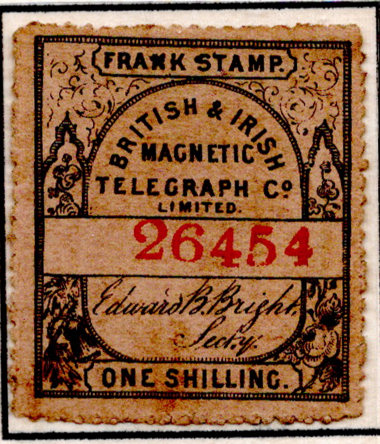 Block 3, position 14. |
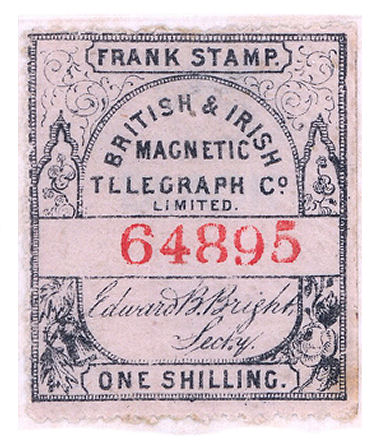 Block 2, position 15. |
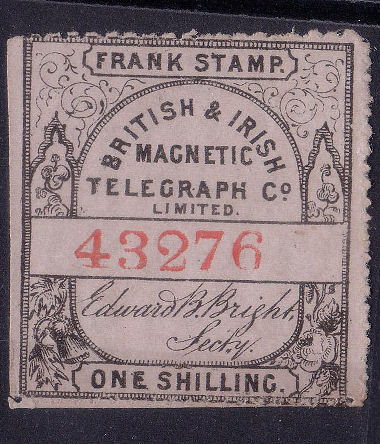 Block 1, position 16. |
 Block position 17. |
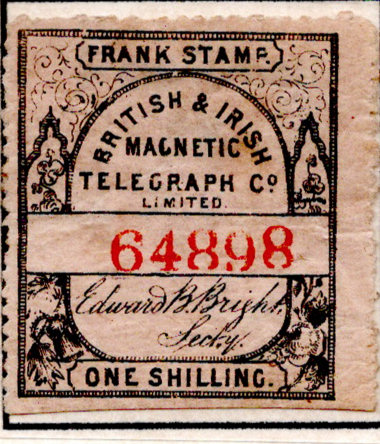 Block 2, position 18. |
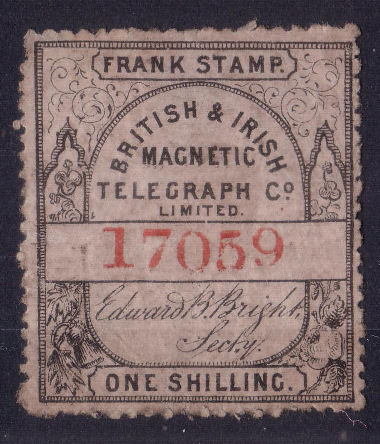 Block 1, position 19. |
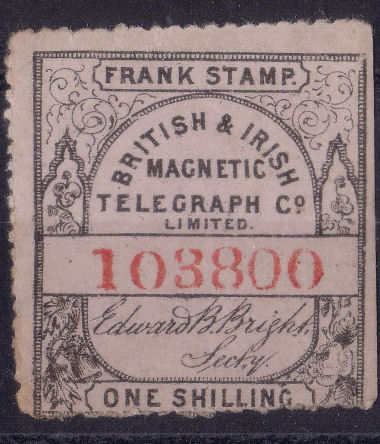 Block 3, position 20. |
Position 8 is courtesy of Martien Blank, Positions 7, 11, 14, 15 and 18 is courtesy of Mark Gibson. The others are courtesy of Steve Lawrie.
 |
 |
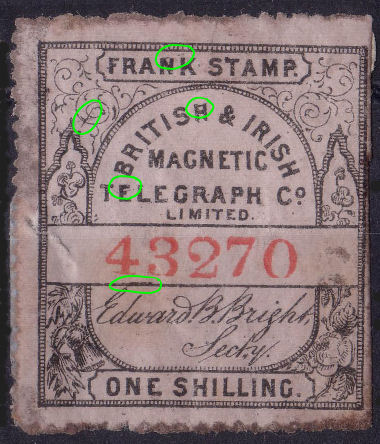 |
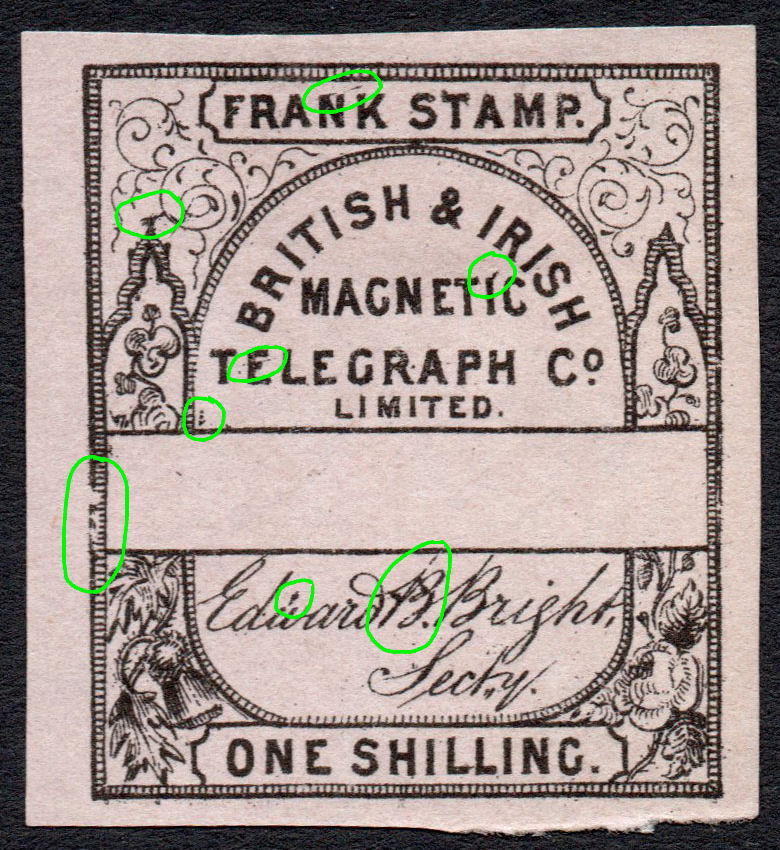 |
| Block 1, Position 10 from plate 2. | 69030 (block 2) and 43270 (block 1) from Position 10, of plate 3, showing main constant flaws. | This is very distinctive, it matches black 929269 (Block 2, position 9). Courtesy of Steve Lawrie. |
|
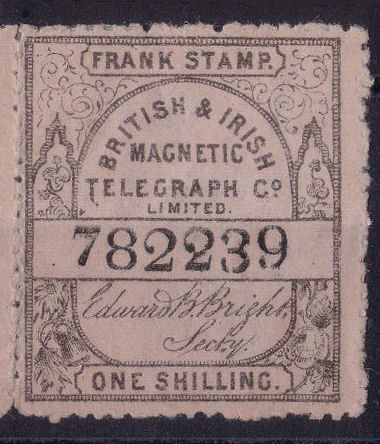 |
 |
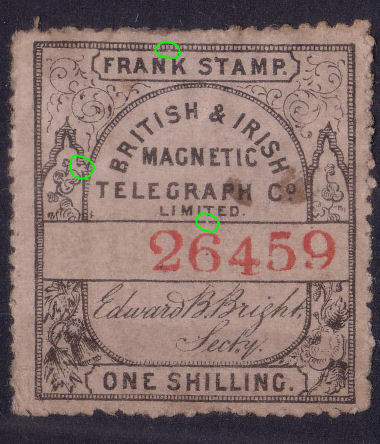 |
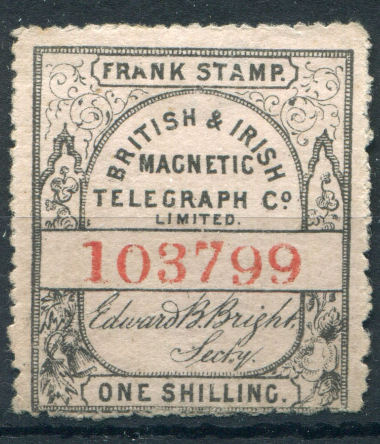 |
| Block 1, Position 19 from plate 2, courtesy of Mark Gibson. | 17059 (block 1), 26459 (block 3) and 103799 (block 3) of Position 19 from plate 3, showing main constant flaws. The highest number 103799 is courtesy of Mark Gibson. | ||
 |
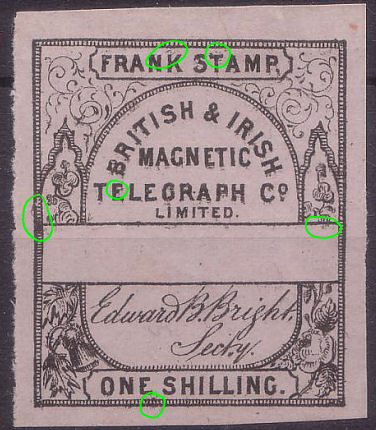 |
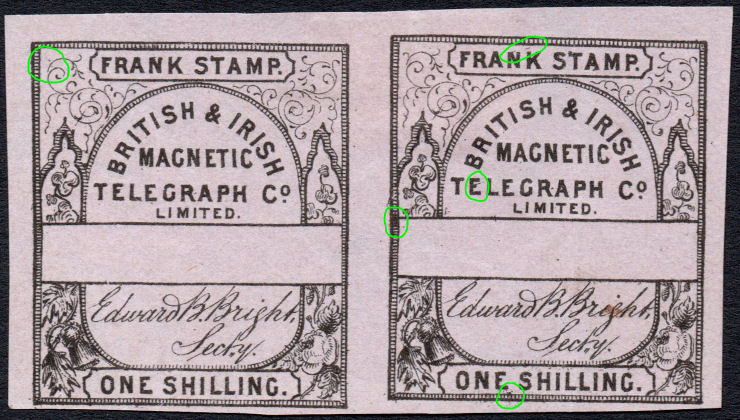 |
| Plate 3, block 1, position 12, 155412 from above and a remainder, courtesy of Steve Lawrie. | Another pair courtesy of Steve Lawrie, this showing position 11 as well as 12. | |
This is the block used to show the 'thunderbolts' watermark at the top. It has manuscript writing on the back saying "Sample of New Lot of Paper".
It is gummed, imperf. and without control numbers. What plate is it from ? The wording suggests the first plate, but the 'T' flaw rules out the earliest plate I have scans of.
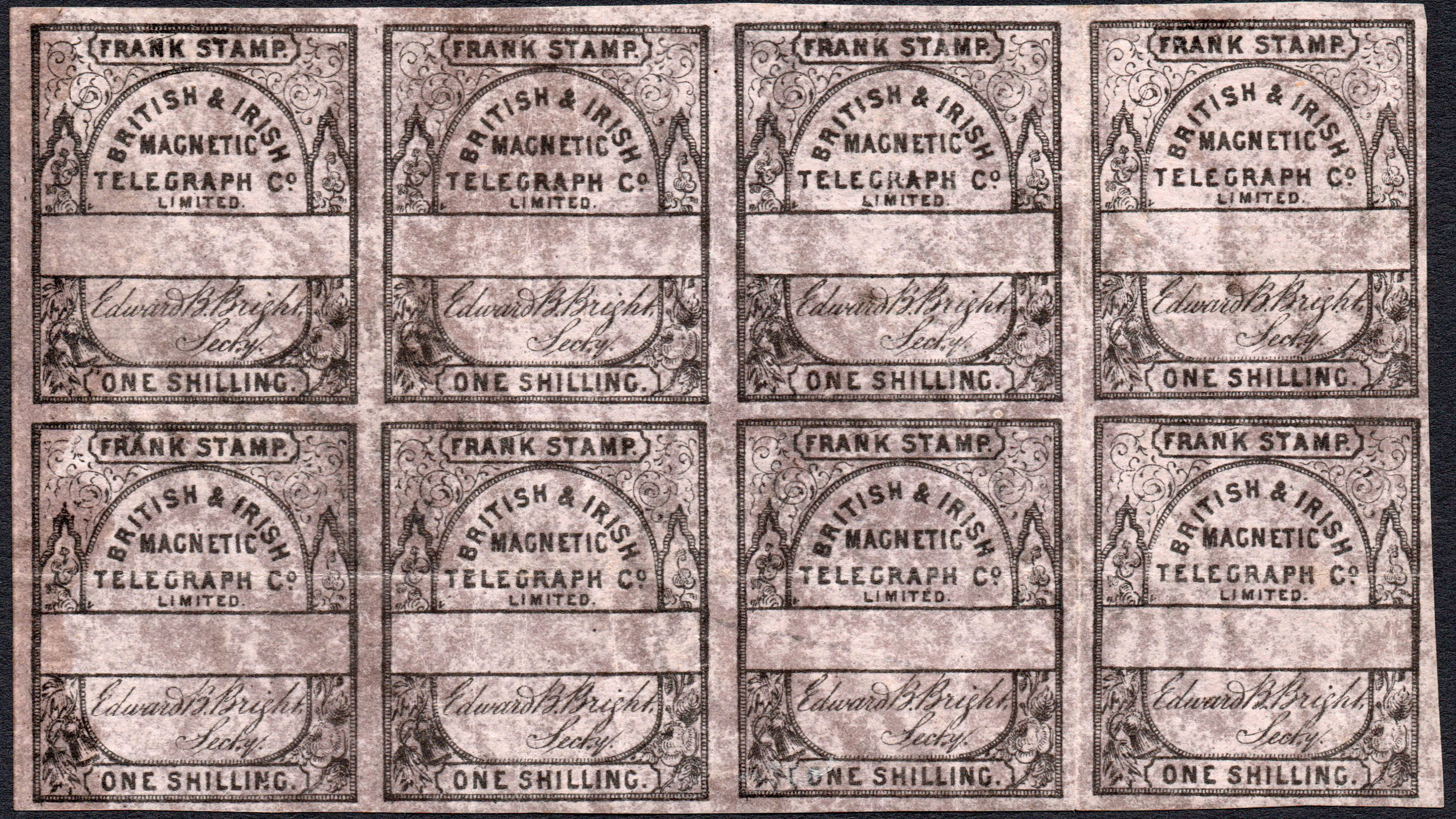
I started off assuming transfer blocks of 20 stamps like the previous values, but then stamps that should match did not. It seems the transfer blocks were of 30 stamps.
I am still assuming a sheet size of 60, with 2 blocks of 30, but it could be a sheet size of 90 (explaining why there are few sheet boundary stamps).
I need to set "wasted" to 35 on the calculator for this.
Plate 1 : Perf.11½ to 12½, changing to Perf.13 to 13½ somewhere between 187295 and 189606, the start of Plate 2.
Lowest known : 187284 - Highest known : 237910.
Here are two digitally-rejoined strips of 3 stamps with a number of constant flaws indicated.
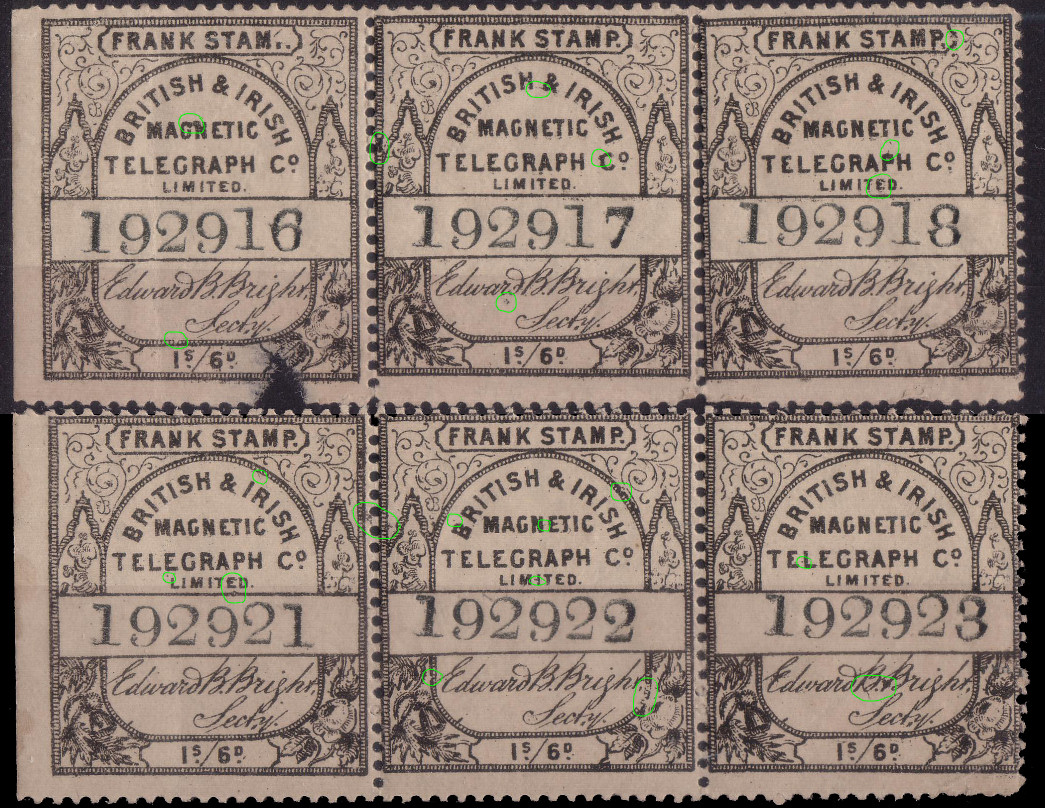
Block 2, positions 11 - 13 and 16 - 18.
The bottom block (with matching flaws) has control numbers 8820 ahead, implying a sheet size of 20, 30 or 60.
IF there are 60 stamps to a sheet, this represents exactly 147 sheets away.
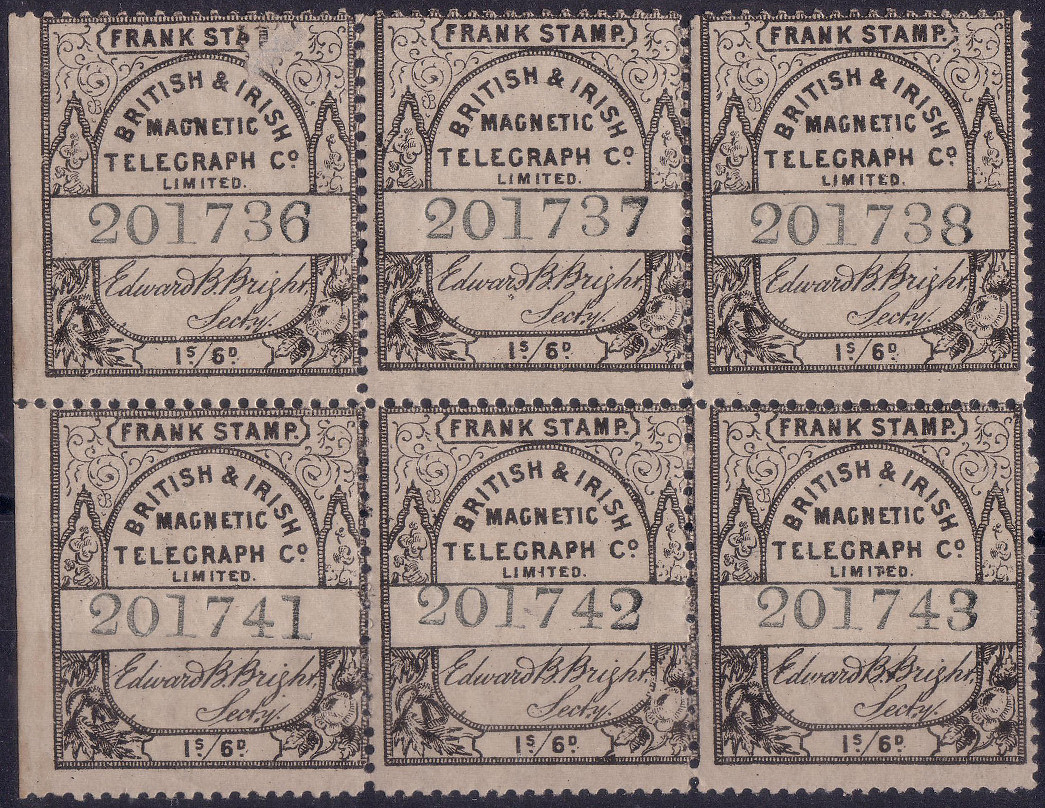
Block 2, positions 11 - 13 and 16 - 18.
The same flaws can be seen.
The block of 6 immediately below that, as expected, does not match.
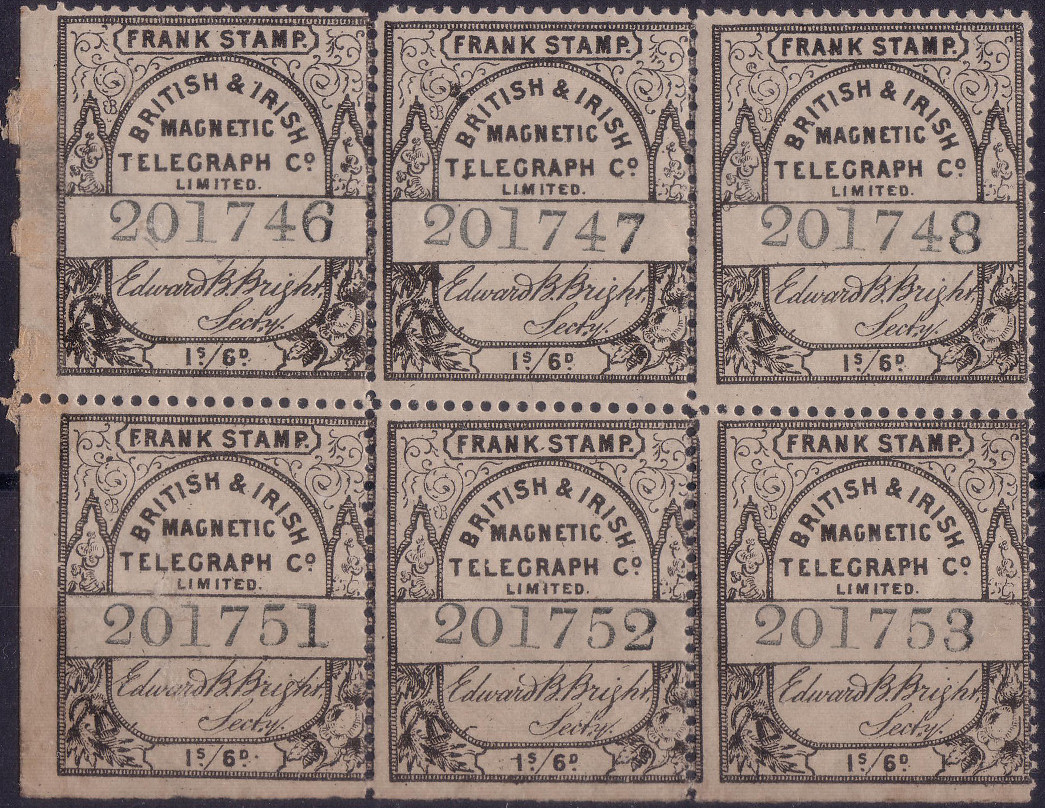
Block 2, positions 21 - 23 and 26 - 28.
In theory, if the numbering is consistent with 5 stamps per row and 12 rows per sheet, this should be row 7, not the end of the sheet.
I will set "wasted" to 35 to put these at the end of a sheet.
I really need more images reliably showng sheet boundaries though.
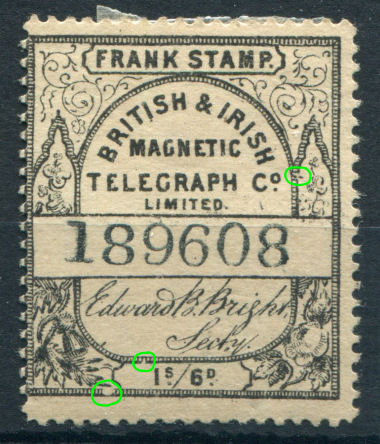 189608 is block 2, position 13 with blocks of 20. With blocks of 30, it becomes block 2, position 3. |
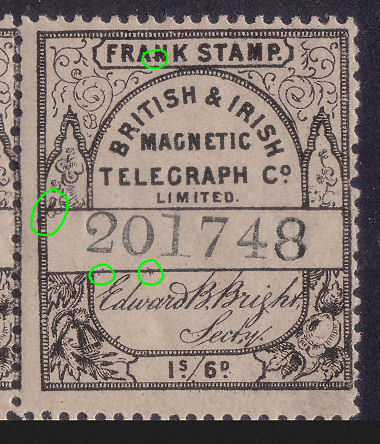 201748 is block 3, position 13 with blocks of 20. With blocks of 30, it becomes block 2, position 23. |
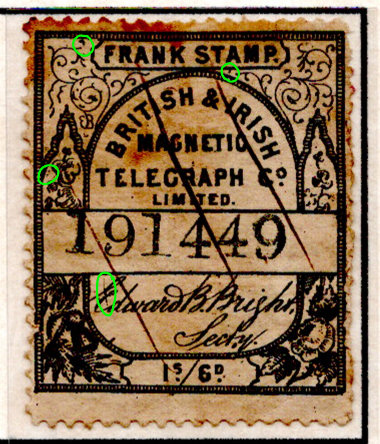 191449 is block 1, position 14 with blocks of 20. With blocks of 30, it is still block 1, position 14. |
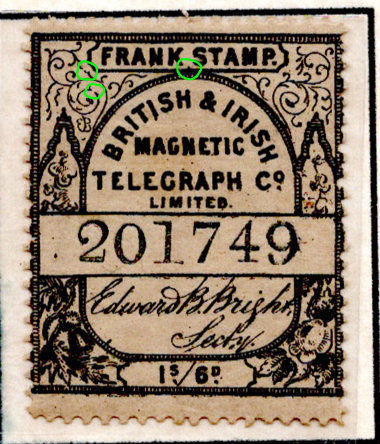 201749 is block 3, position 14 with blocks of 20. With blocks of 30, it becomes block 2, position 24. |
201748 is 12140 away from 189608. That represents 607 x 20.
201749 is 10300 away from 191449. That represents 515 x 20 or 206 x 50.
With a block size of 20, these would be different blocks, but the same positions and you would expect them to have common transfer block flaws, but I only see die flaws, "spatter" and individual flaws.
This suggests that 201748/9 might be from a different plate. However the three below do not support that.
Perhaps these do not match because they are not a multiple of 30 apart. This was the evidence for these having a transfer block of 30.
With a transfer block of 30, I no longer had anything to match them against.
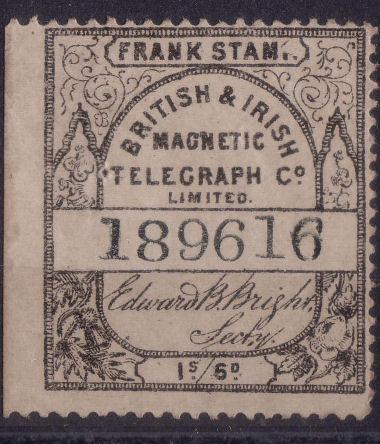 |
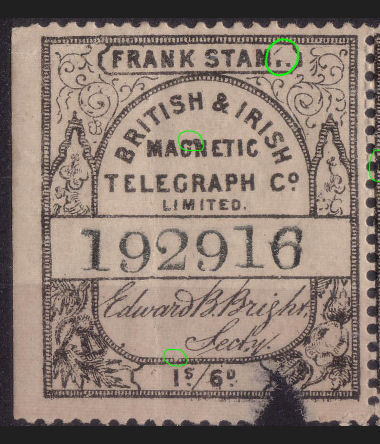 |
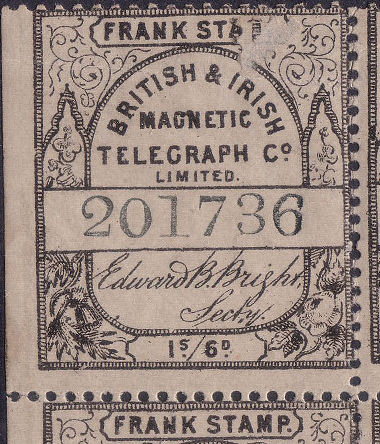 |
| These three match. 192916 (3/1) is 3300 away from 189616 (3/1). 3300 = (165 x 20) or (110 x 30) or (55 x 60), so doesn't really help. 201736 (3/1) is 8820 away from 192916. 8820 = (441 x 20) or (294 x 30) or (157 x 60), so again doesn't help. However 201736 does not match 201741 (5 away) or 201746 (10 away). This indicates repeating blocks of 20, 30 or 60. |
||
If 189616 matches 192916 and 201736 (on the same block as 201743).
Since the perforations on the block 201746-201753 indicate that it was joined to 201741-3,
then the same plate must have been used for at least the range 189616 to 201755. (12,140 stamps = 607 x 20)
Plate 2
I have again put stamps of this range (189606 to 237910 or more ) in a grid, but for a repeating block of 30 stamps (6 rows of 5).
Assuming it is still sheets of 60, to make this line up with sheet boundaries, I have set the calculator to 35 'wasted stamps'.
This gives me :
 Block position 1. |
 Block position 2. |
 Block 2, position 3. Courtesy of Mark Gibson. |
 Block position 4. |
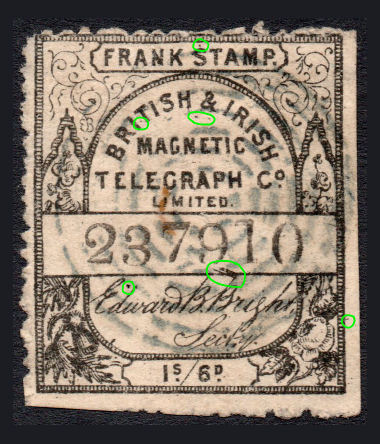 Block 2, position 5. |
 Block position 6. |
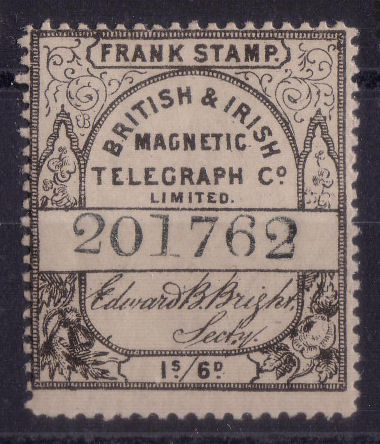 Block 1, position 7. |
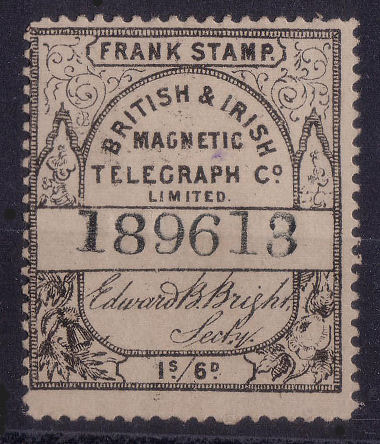 Block 2, position 8. |
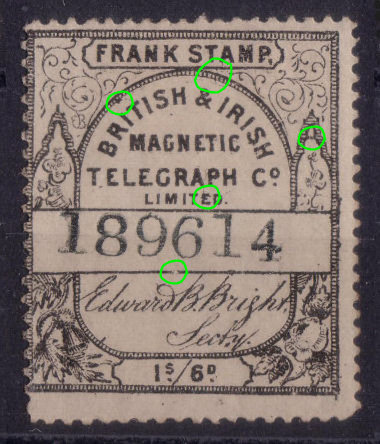 Block 2, position 9. |
 Block position 10. |
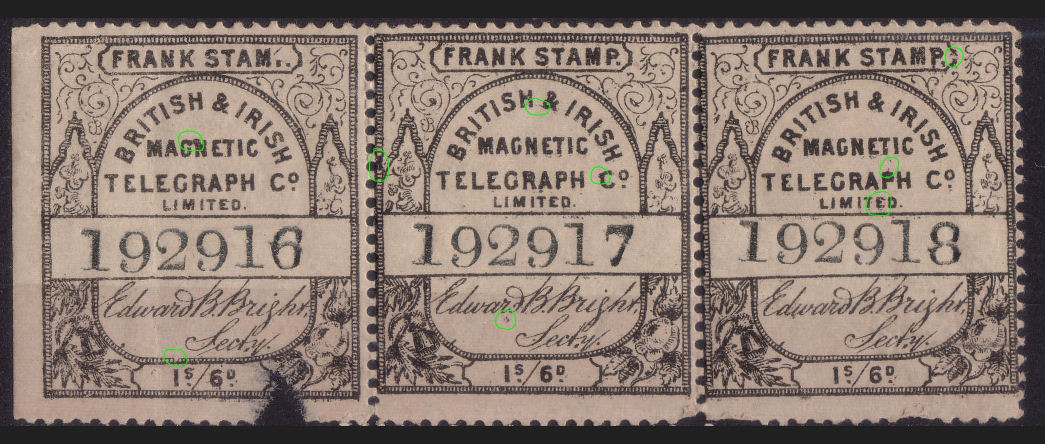 Block 2, positions 11 to 13. |
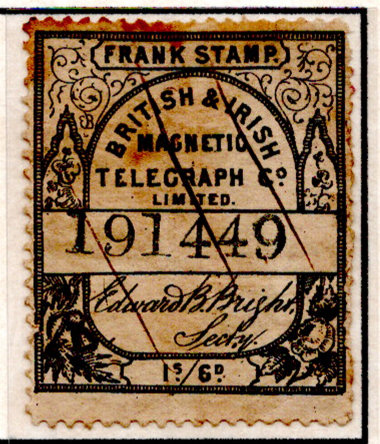 Block position 14. Courtesy of Mark Gibson. |
 Block position 15. |
||
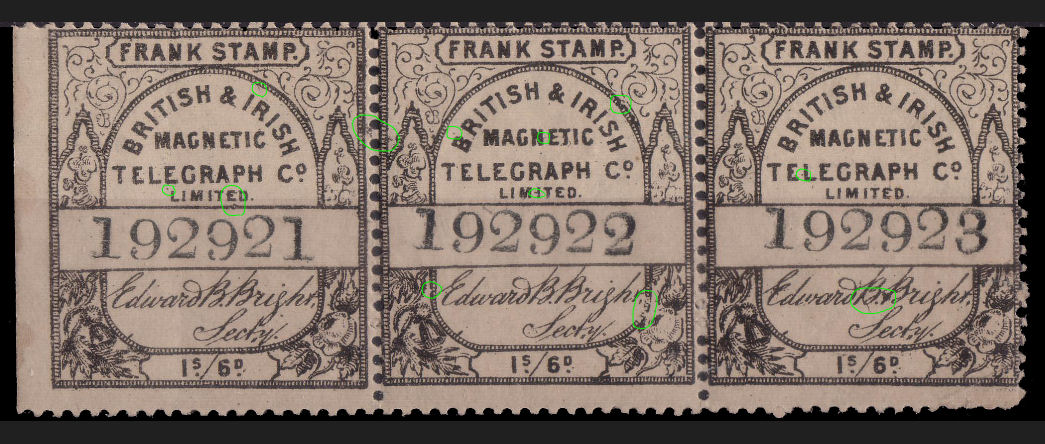 Block 2, positions 16 to 18. |
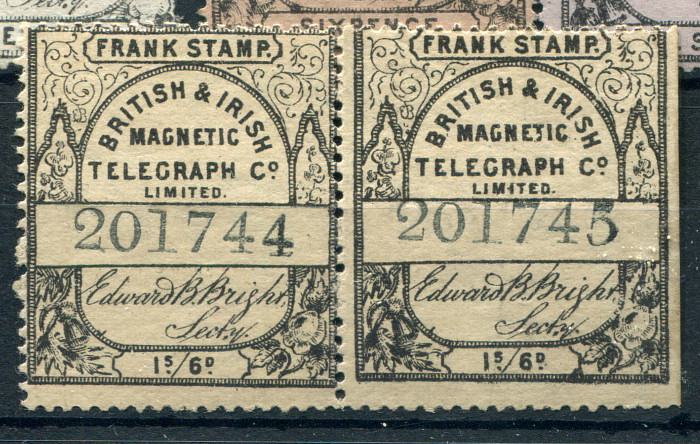 Block 2, positions 19 & 20. |
|||
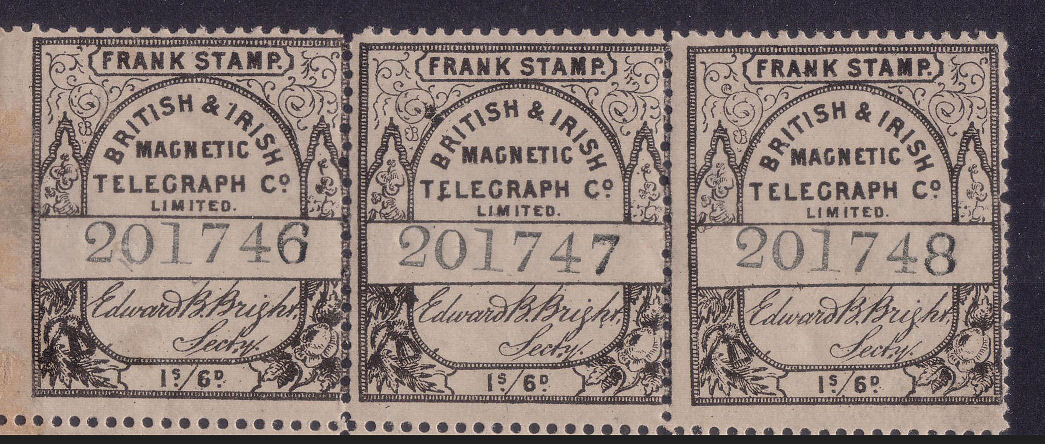 Block 2, positions 21 to 23. |
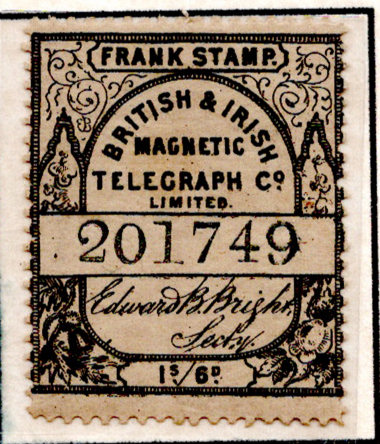 Block 2, position 24. Courtesy of Mark Gibson. |
 Block position 25. |
||
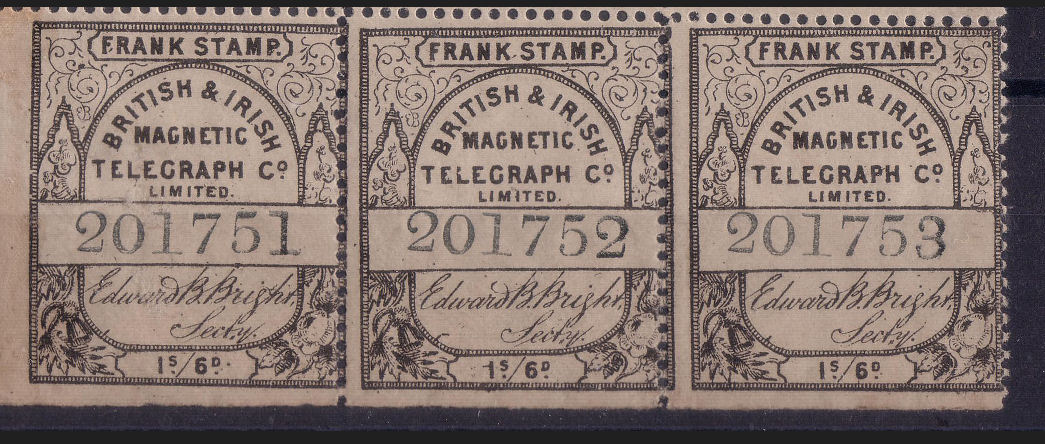 Block 2, positions 26 to 28. |
 Block position 29. |
 Block position 30. |
||
Images courtesy of Steve Lawrie, except position 3, 14 and 24 courtesy of Mark Gibson.
Because of the lack of things to compare it is difficult to test this. However
There are these from the previous plate, apparently with a characteristic flaw.
| Previous Plate. | 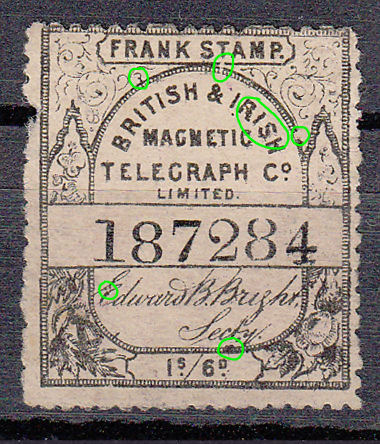 |
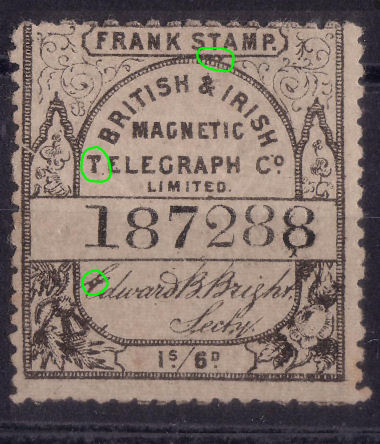 |
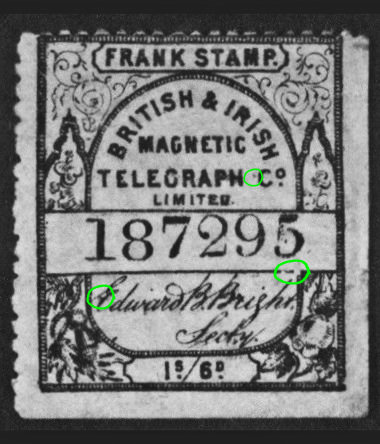 |
| Stamp from above. | 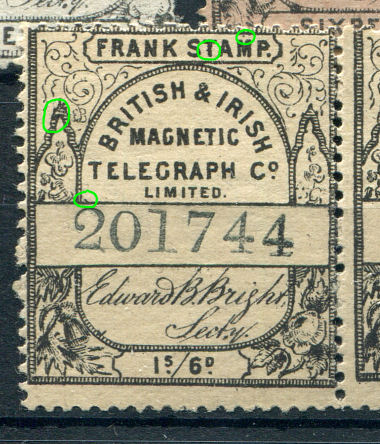 |
 |
Nothing to compare with |
| Position | Both block 2, Position 19 187284 = Perf.11½-12½ courtesy Martien Blank, No Match. |
Both block 2, Position 23 187288 = Perf.11½-12½, No Match. |
Block 2, Position 30 187295 = Perf.11½-12½, No Match. |
|---|
The earlier Perf.11½-12½ stamps appear to be from a different plate, and/or have a transfer block of 20.
187295, block 2, position 30 is from Langmead & Huggins' book (Fig.29), courtesy of the Great Britain Philatelic Society.
More examples are needed.
Though the known stamps of this type all have red controls, it is possible that some early ones exist with black controls.
Lowest known 75124 - Highest known 199031.
Due to a lack of examples that convincingly show a sheet boundary, it is still unclear whether a transfer block of 20 or 30 was used.
For both, I am using a "wasted" value of 5 for these.
A scarce block of H20, courtesy of Steve Lawrie.
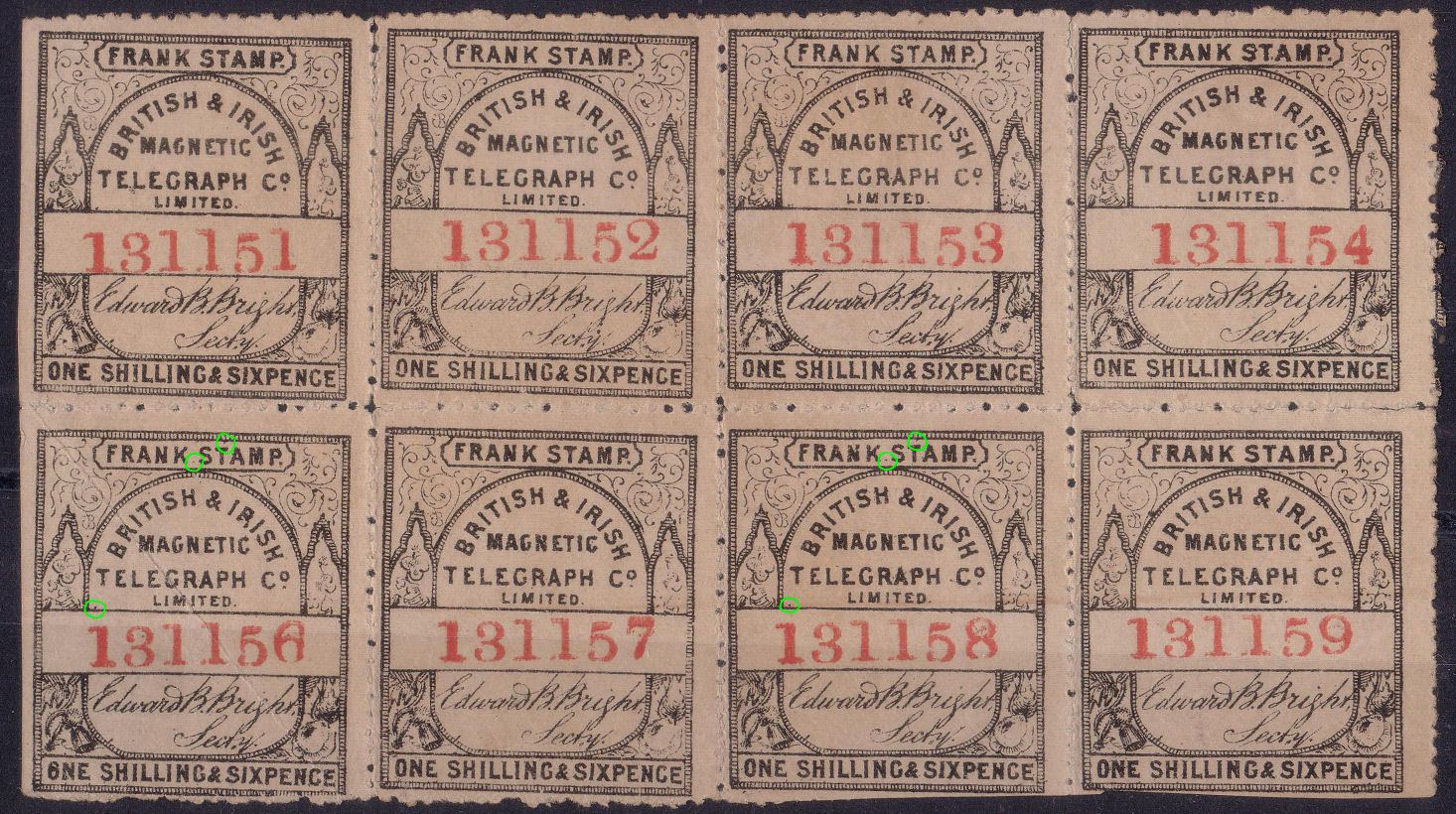
Positions 16-19, 21-24 with a block size of 30, or positions 6-9, 11-14 with a block size of 20.
The units were clearly not laid out too well. This makes well-centered examples uncommon.
Using a block size of 20 stamps (4 rows). with the calculator set to 5 'wasted stamps'.
gives me 11 out of 20 :
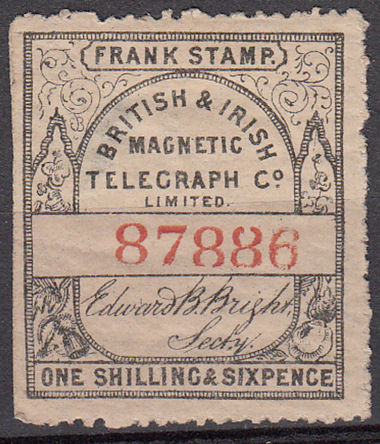 Block 3, position 1. |
 Block position 2. |
 Block position 3. |
 Block position 4. |
 Block position 5. |
 Block 3, positions 6 to 9. |
 Block position 10. |
|||
 Block 3, positions 11 to 14. |
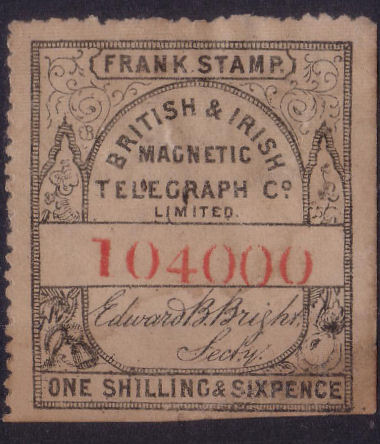 Block 1, position 15. |
|||
 Block position 16. |
 Block 3, position 17. |
 Block position 18. |
 Block position 19. |
 Block position 20. |
Position 1 courtesy of Martien Blank, Position 17 courtesy of Mark Gibson. The other images courtesy of Steve Lawrie.
5 positions have 2 alternatives :
 Block 3 positions 6 to 9. |
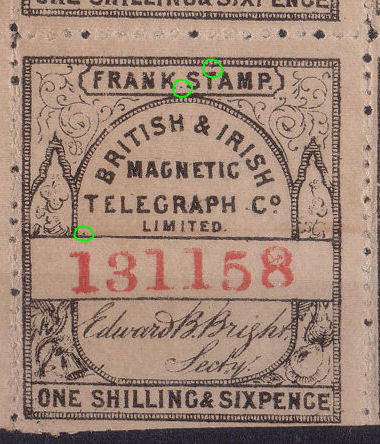 Block 3, position 13. |
|||
 Block 1, position 6. |
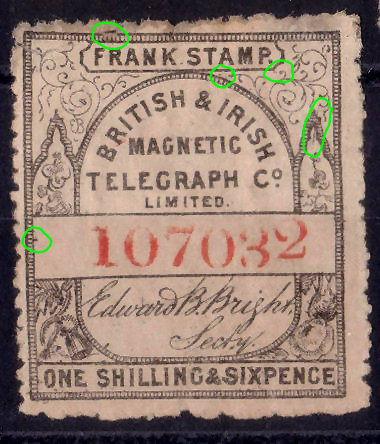 Block 3, position 7 is in conflict. |
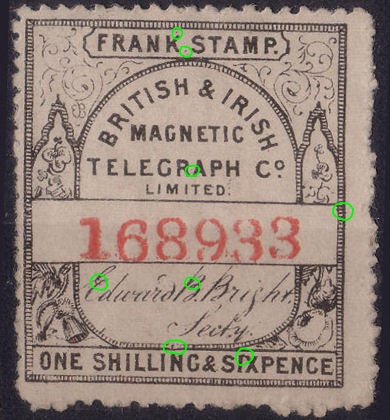 Block 2, position 8. |
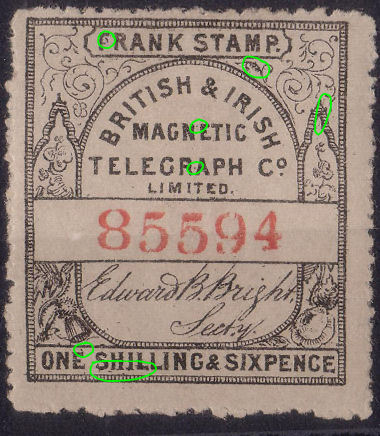 Block 2, position 9. |
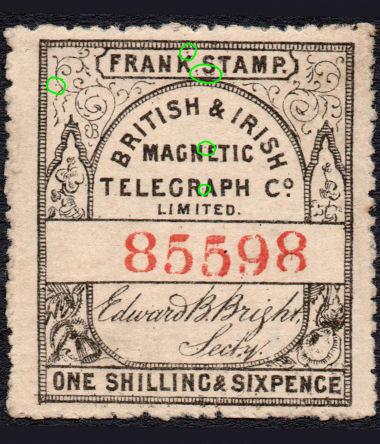 Block 2, position 13. |
Since the different candidates are mostly from different blocks, a degree of difference is to be expected. The amount of time between them is also an issue.
If any of these has been substituted, it would most likely be in column 1 and/or bottom row stamps.
Using a block size of 30 stamps (6 rows). with the calculator set to 5 'wasted stamps'.
gives me 16 out of 30 :
 Block position 1. |
 Block position 2. |
 Block 2, position 3. |
 Block position 4. |
 Block position 5. |
 Block 1, position 6. |
 Block position 7. |
 Block position 8. |
 Block position 9. |
 Block position 10. |
 Block 2, position 11. |
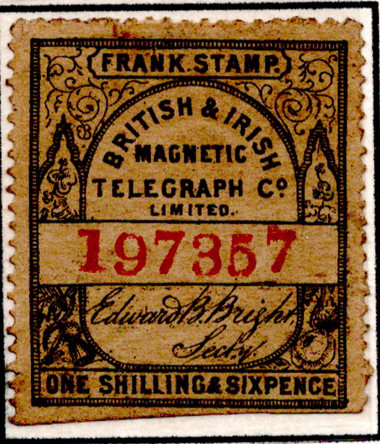 Block 1, position 12. |
 Block position 13. |
 Block position 14. |
 Block 1, position 15. |
 Block 2, positions 16 to 19. |
 Block position 20. |
|||
 Block 2, positions 21 to 24. |
 Block position 25. |
|||
 Block position 26. |
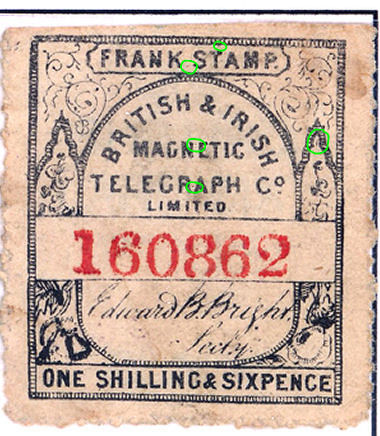 Block 2, position 27. |
 Block 1, position 28. |
 Block 1, position 29. |
 Block position 30. |
Position 11 courtesy of Martien Blank, Positions 12 and 27 courtesy of Mark Gibson. The other images courtesy of Steve Lawrie.
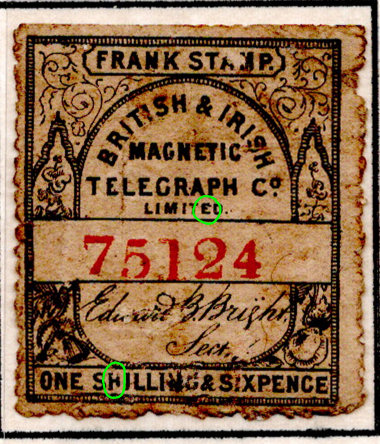 Block 2, position 29. |
 Block 1, position 29. |
These are the lowest numbers I have seen. 75124 has suffered some surface damage, but does not look like the bottom of a sheet,
but then none of them do convincingly, though some have been trimmed with scissors. 75124 is courtesy of Mark Gibson. 85594 is courtesy of Steve Lawrie.
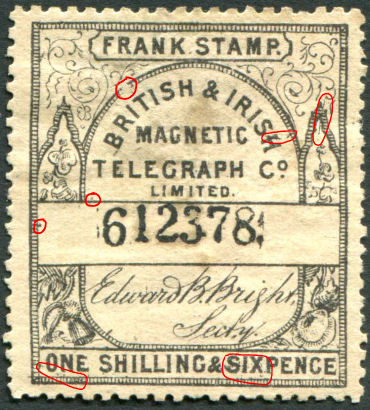 Forged controls and perforations (27 bottom). This is very similar to 107032 (block 2, position 17). Courtesy of Steve Lawrie. |
 Block 2, position 17 Courtesy of Steve Lawrie. |
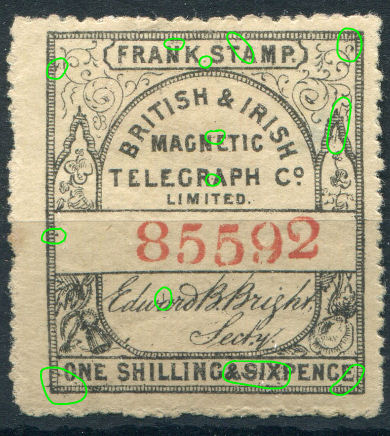 Block 1, position 27 Courtesy of Mark Gibson. |
 Block 2, position 27 courtesy of Mark Gibson. |
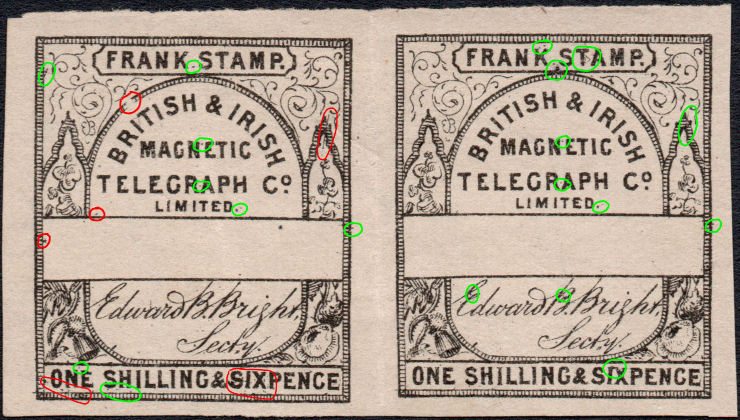 Remainders, positions 27 and 28. This break is common on remainders, but only 131152 shows it (in a repaired state) ! Position 27 compares quite well with the one above, and 28 compares quite well with the one on the right. Courtesy of Steve Lawrie. |
 Block 1, position 28 from above. Courtesy of Steve Lawrie. |
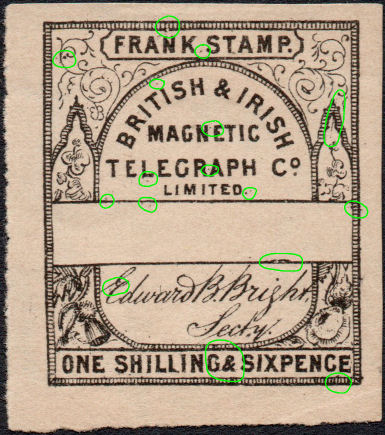 One more remainder courtesy of Steve Lawrie. This matches quite well 87886 at block 2, position 11. |
The only numbered two from the same Block Position (27), both courtesy of Mark Gibson, don't match very well, though there are similarities.
Either the plates change in this range, the block size isn't 30, or there was some kind of discontinuity (or a combination of these).
85592 does at least partly match Steve Lawrie's forgery on the left, which should be treated as a remainder and hence the last type.
As with the earlier 1/6d stamps, there are inconsistencies. More examples are needed, particularly from sheet boundaries.

A strip of four remainders, courtesy of Steve Lawrie.
The first two match those above..
Black controls are known in the range 67740 to 152323 and red controls from 1008 to 1027.
Remainders are relatively common and help to identify constant flaws.
Starting with the basics, these are images that help establish sheet size and "wasted" values :
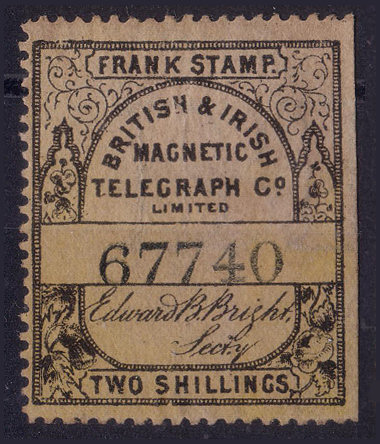 |
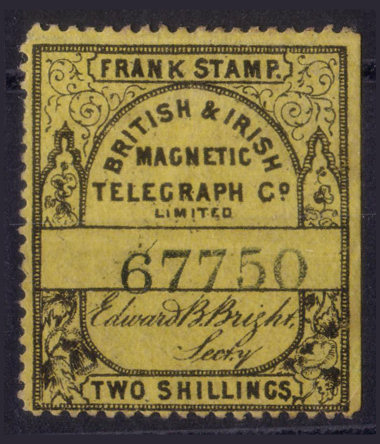 |
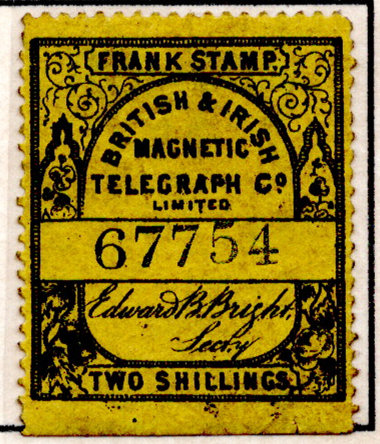 |
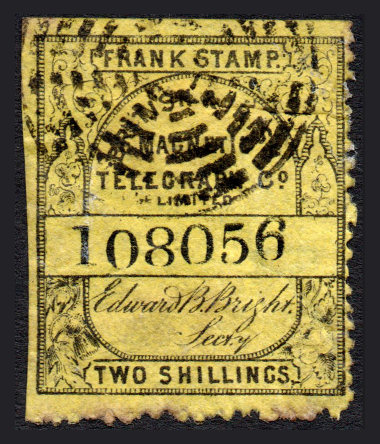 |
| 67740 and 67750 from right of sheet, 10 apart, courtesy of Steve Lawrie. | 67754 from bottom of sheet, courtesy of Mark Gibson. | 108056 from top of sheet, courtesy of Steve Lawrie. | |
The first 3 tell us that it is the usual rows of 5, beginning with a 1 or 6.
The last is consistent with that, putting it at the beginning of the last row of a sheet ending with 108060.
That is consistent with sheets of 10, 20, 30 or 60 stamps. Until proved otherwise, I will assume the sheet size is 60.
For 108056 to be at the top-left corner of a sheet of 60 though, the wasted control needs to be set to 55.
With 60 stamps per sheet, this still does not tell us if it is 3 blocks of 20 or 2 blocks of 30.
Pairs of stamps 30 apart (or odd multiples of 30) would help to distinguish between the two possibilities.
Though I have few images, luckily it looks like I can do that, if only in a negative sense.
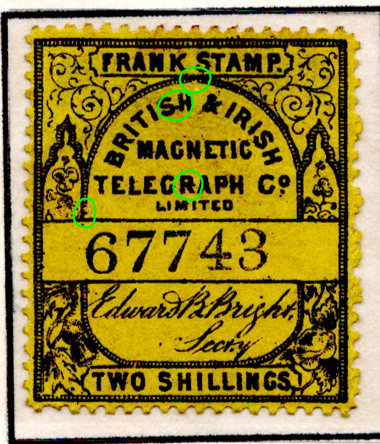 |
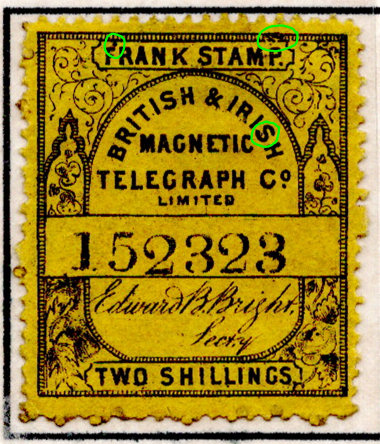 |
 |
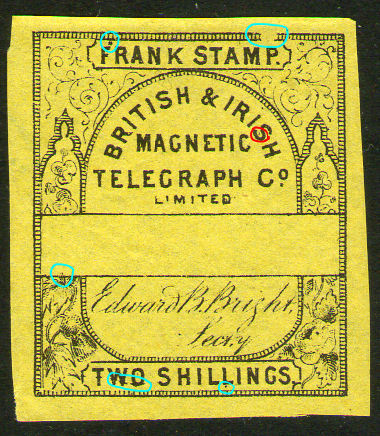 |
| 67743 with a few distinctive flaws. | 152323 with different distinctive flaws. | Red 1008 with flaws matching 152323. | A remainder with flaws matching 152323. |
| Images courtesy of Mark Gibson. | One of mine. | ||
152323 and 67743 are 84580 apart. that is 10 x 8458, 20 x 4229 or 30 x 2819⅓.
If the block size was 20, they would both be block 1, position 3 and should match. With a block size of 30, they are in different positions, 3 and 13, and not expected to match.
This is evidence that the block size is probably 30.
One thing that bothers me though, if they fixed the frame break on the black controls, why was it not fixed on the red controls and remainders?
The only thing I can think of is that it was re-touched on the working stone, but not on the original.
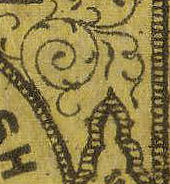 |
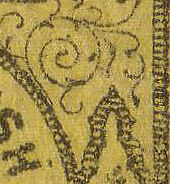 |
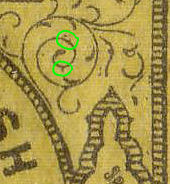 |
| 2s with black controls around 67000 |
2s with black controls 119823 and 120529. |
2s with black control 152317 and red controls. |
 |
 |
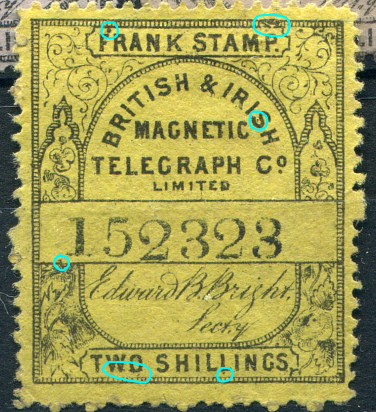 |
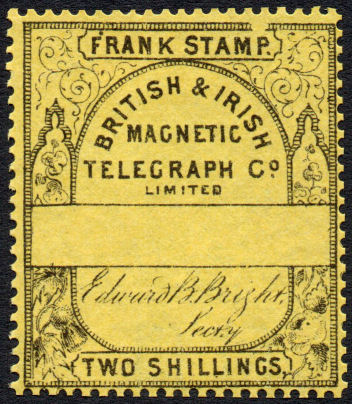 |
| One of mine. (short ' I ' in LIMITED) | Image courtesy of Mark Gibson. (Long ' I ') | Image courtesy of Grosvenor Auctions. | With fake perf.14, courtesy of Steve Lawrie. |
| Note the major frame-break at top and various black marks. I originally thought this would be constant on controls ending with '3' or '8', but that was when I thought they had a transfer block of 10. If I arrange in chronological order and note the position, assuming a consistent transfer block of 20, then I get: black 119823 would be block position (bp) 8 - undamaged black 152323 would be block position (bp) 18 - some damage red 1008 would be block position (bp) 18 - broken remainders position (bp) 18 ? - broken. The mark in the 'S' I have seen in Red: 1004, 1008, 1012 and 1025 but not 1009 Black: 119823, 120529 and 152317 but not 67740, 67749 or 67750. The mark on the left is on all of the ones I have seen with a red control and the 3 highest black control numbers I have seen (119823, 120529 and 152317). |
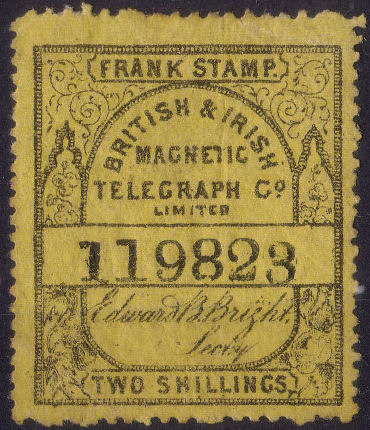 |
||
| 119823, courtesy of Steve Lawrie. | |||
| column 2 | column 3 (long ' I ' in LIMITED) | column 4 | column 5 |
 |
|||
This strip (courtesy of Steve Lawrie) shows the 1008 position with frame-break and dot in 'S' next to the 1009 position without it.
Indications are that the imperfs without controls are the remainders left over when the company was taken over.
This strip is clearly of the plate used with red controls. Note the variable spacing between stamps.
One thing though, some of the remainders like 1008 with the broken frame, have a short first ' I ' in "LIMITED" and some do not.
Damaged at some point ?
| red 1008 (short ' I ' in LIMITED) | red 1009 | ? |
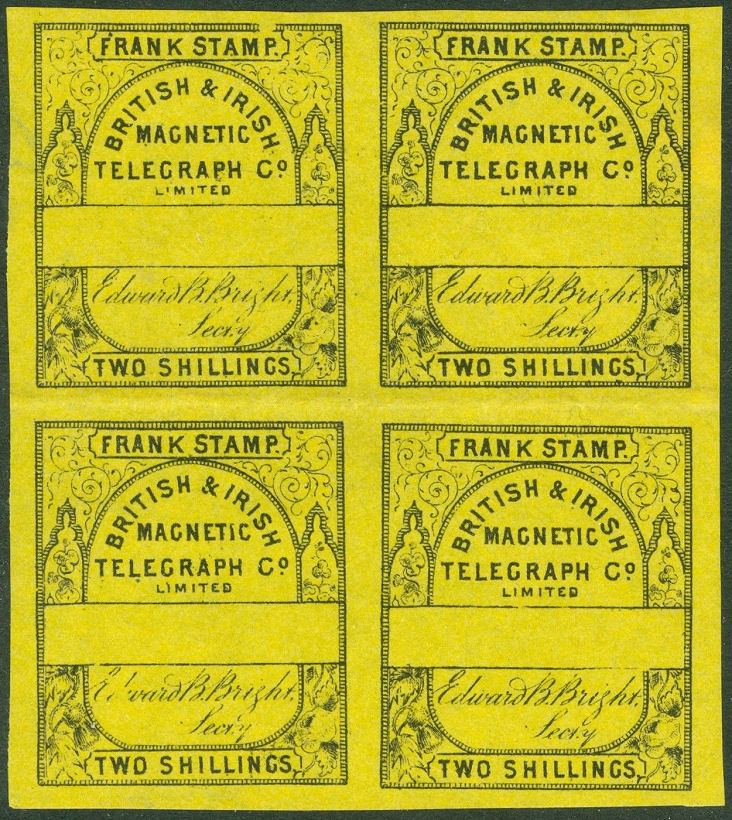 |
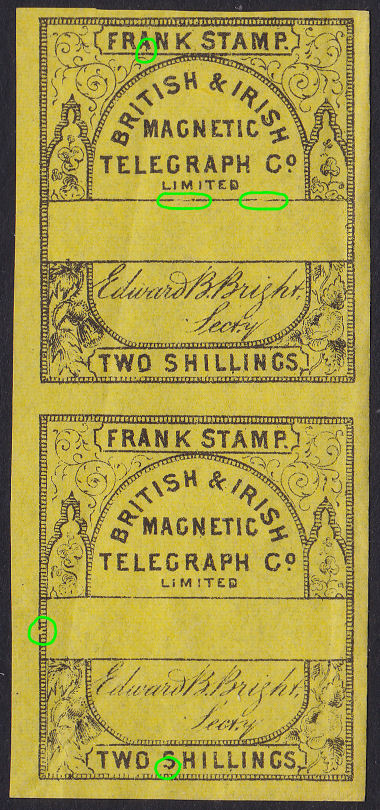 |
|
| red 1013 | red 1014 | ? |
| This block matches the centre two of the strip above and also shows the ones underneath. It will be very helpful in plating. |
Don't see any matches at the moment. | |
| Image courtesy of raritiesstampauctions on eBay. Click it for a larger version. | A pair of mine. | |
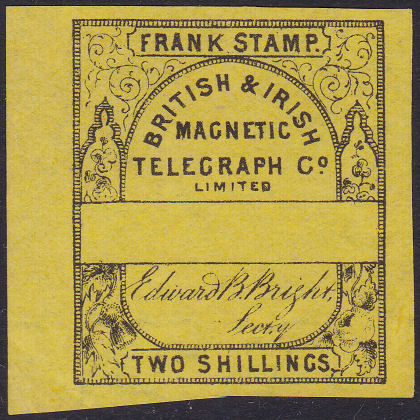 |
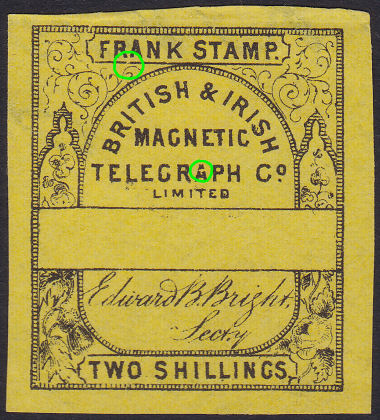 |
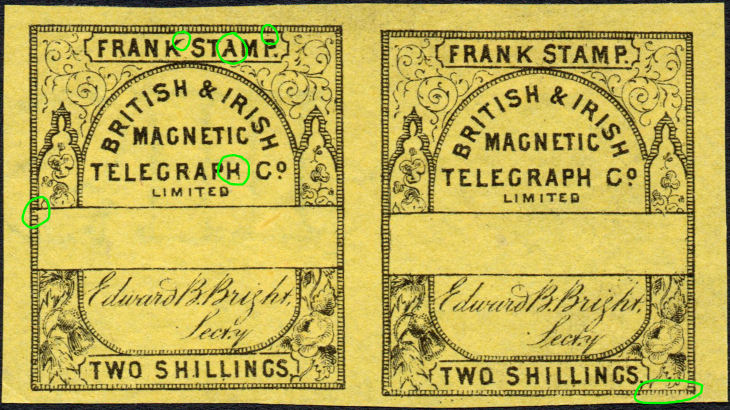 |
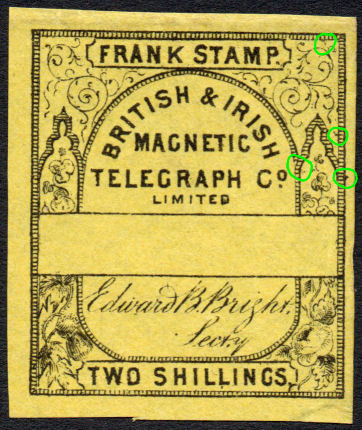 |
| Left marginal. | Damaged 'A' in 'TELEGRAPH'. | Various flaws that may be constant. | A few more flaws. |
| My remaining remainders that may help with plating. | Some more courtesy of Steve Lawrie. | ||
A grid for the BLACK CONTROLS :
Using a block size of 30 stamps (6 rows). with the calculator set to 55 'wasted stamps'.
gives me 10 out of 30 :
 Block 1, position 26. |
 Block position 27. |
 Block position 28. |
 Block position 29. |
 Block 1, position 5. |
 Block position 6. |
 Block position 7. |
 Block 1, position 8. |
 Block position 9. |
 Block position 10. |
 Block position 11. |
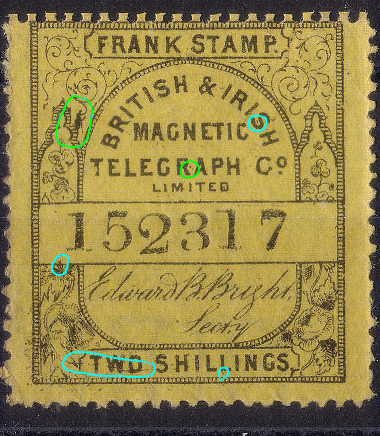 Block 2, position 12. |
 Block position 13. |
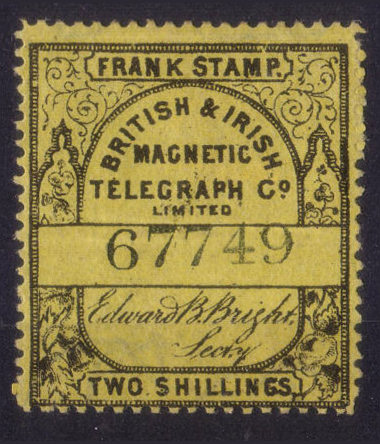 Block 1, position 14. |
 Block 1, position 15. |
 Block position 16. |
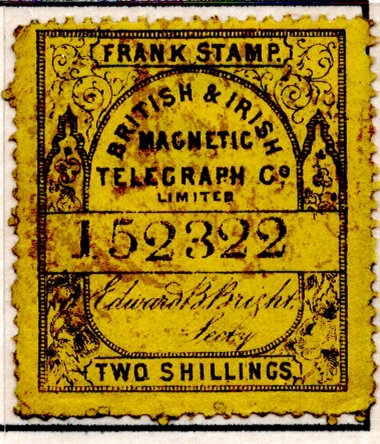 Block 2, position 17. |
 Block 2, position 18. |
 Block 1, position 19. |
 Block position 20. |
 Block position 21. |
 Block position 22. |
 Block position 23. |
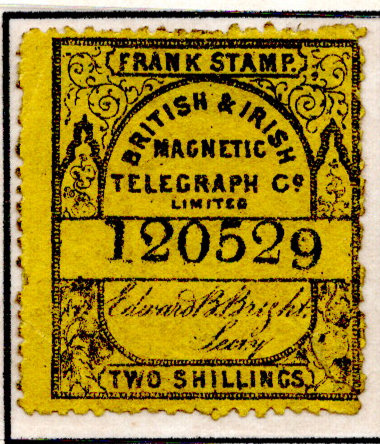 Block 2, position 24. |
 Block position 25. |
 Block position 26. |
 Block position 27. |
 Block position 28. |
 Block position 29. |
 Block position 30. |
Positions 12, 13, 14 and 19 are courtesy of Mark Gibson. Positions 3, 7, 9, 10, 26 and 30 are courtesy of Steve Lawrie.
For the red controls, a grid seems a bit pointless at the moment since I only have 8 images which are in a narrow range.
These are : 1004, 1008, 1009, 1012, 1020, 1025, 1026 and 1027.
Block 2, position 14 to block 1, position 7 on the next sheet. For what it's worth though, I will show them all :
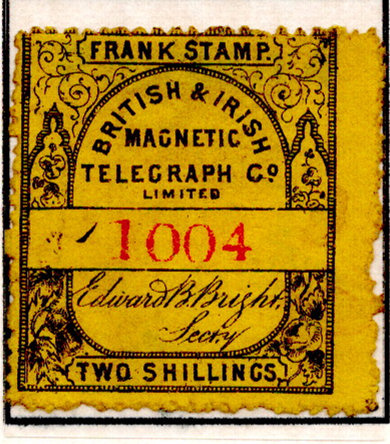 |
 |
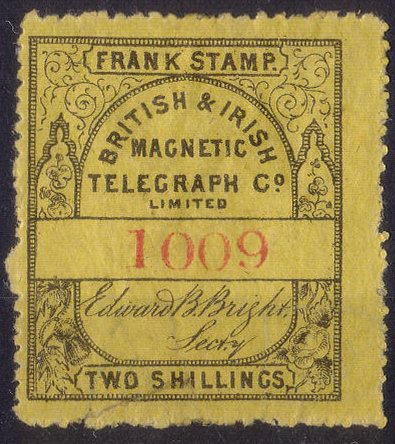 |
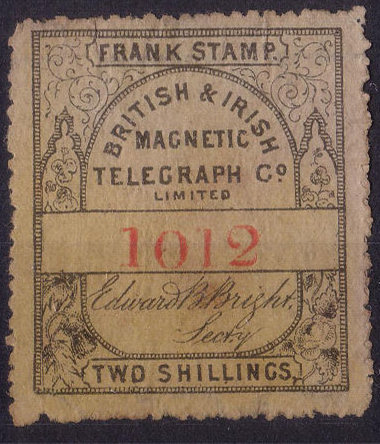 |
| Images 1004 and 1008 courtesy of Mark Gibson. 1009 and 1012 are courtesy of Steve Lawrie. | |||
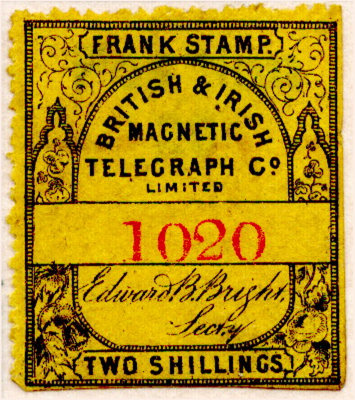 |
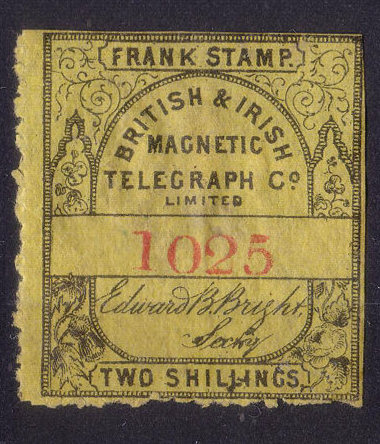 |
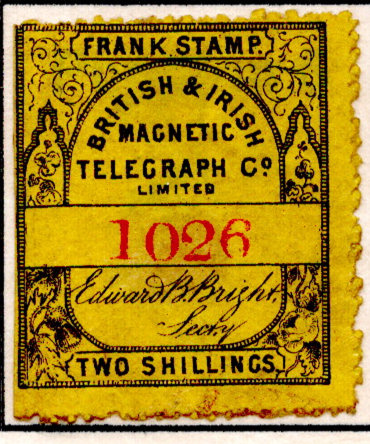 |
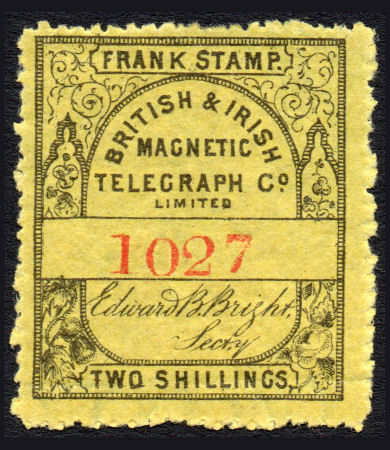 |
| Numbers 1020, 1025 and 1026 can be seen to have appropriate straight edges for "wasted" = 0. Images 1020 and 1026 are courtesy of Mark Gibson. Images 1025 and 1027 are courtesy of Steve Lawrie. | |||
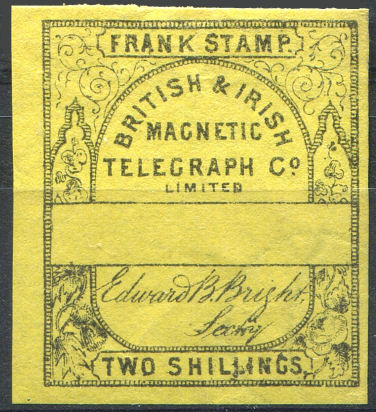
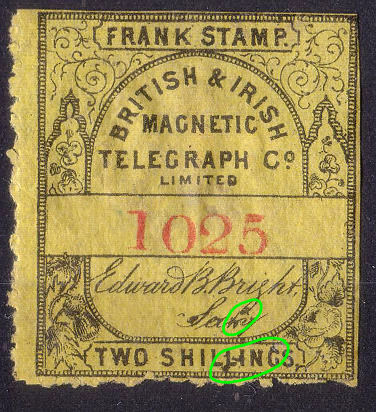
A remainder, courtesy of Grosvenor Auctions, with similar flaws in the value tablet to red number 1025, courtesy of Steve Lawrie.
1025 looks like the top-right corner of a sheet, position 5.
Perf.12 changing to Perf.13 somewhere between 57657 and 87035.
The Royal Collection lists a block of four Perf. 11½ - 12 and a single Perf. 13 x 13½.
 |
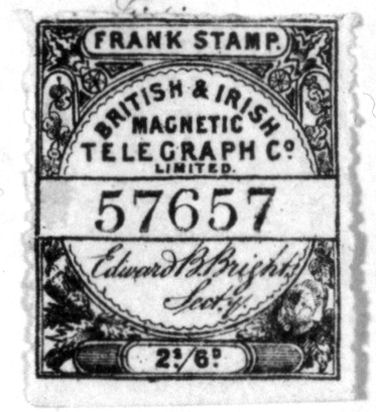 |
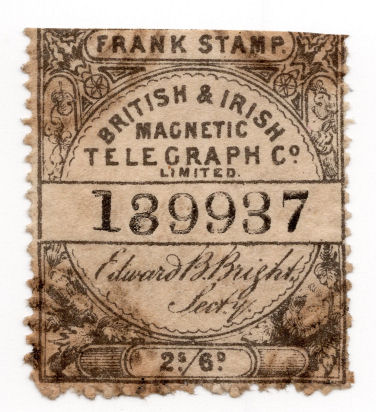 |
| 57656 Perf.12 courtesy of Mark Gibson. Again, this suggests 5 stamps per row. |
57657 Perf.12 from Langmead & Huggins' book courtesy of the Great Britain Philatelic Society. |
139937 Perf.13 courtesy of Mark Gibson. |
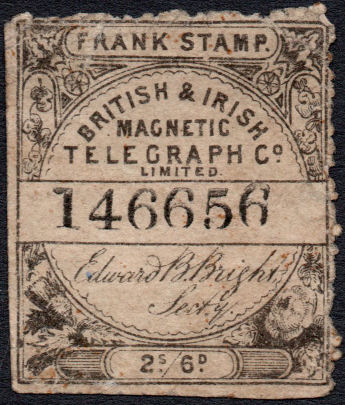 |
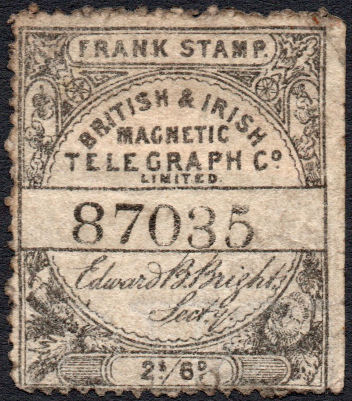 |
 |
| 146656 Perf.13 courtesy of Steve Lawrie. Bottom-left of sheet. |
87035 Perf.13 courtesy of Steve Lawrie. Right side of sheet. |
141752 Perf.13 courtesy of Steve Lawrie. |
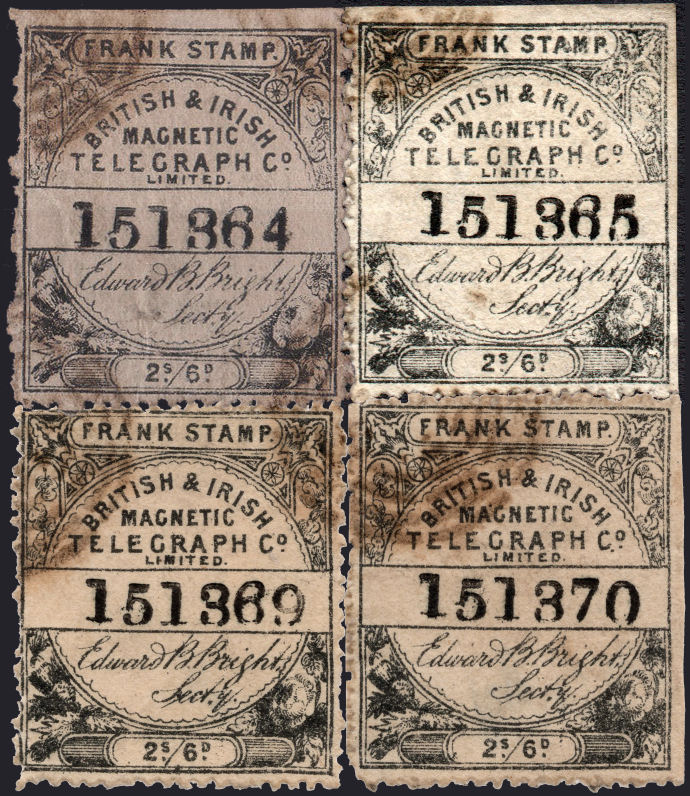 |
| 151364-5 digitally re-joined block. Perf.13. Top pair courtesy of Steve Lawrie. Bottom pair courtesy of Mark Gibson (Ex. Steve Lawrie !). From top-right of sheet. It is clear they got to the 21st century by different routes. The cancels on the left suggest this may have been a block of 6. The watermark, courtesy of Mark Gibson, shows the top of the 'T' of 'THE' from the BTC watermark on the bottom pair. The top pair above is unlikely to show anything. |
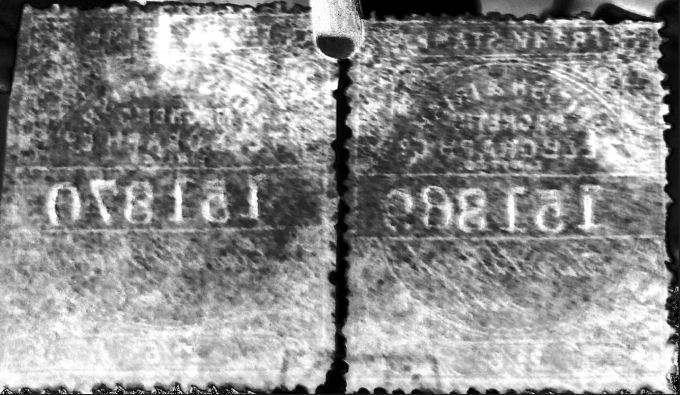 |
I only have 10 images of these stamps. 57656/7 appear to be from the bottom row of a sheet which is compatible with 20, 30 or 60 stamps per sheet, but not 40.
151364/5 looks like it may be from the top row of a sheet, but that would not be compatible with 30 or 60 stamps per sheet
unless the numbering was disrupted, or they were no longer 5 stamps to a row. This suggests only 20 stamps per sheet.
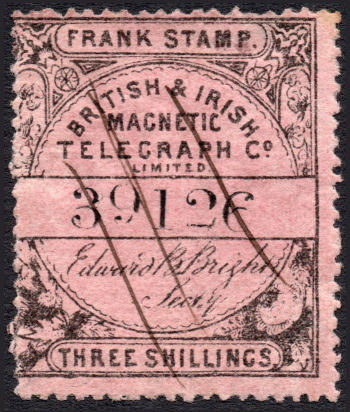 |
 |
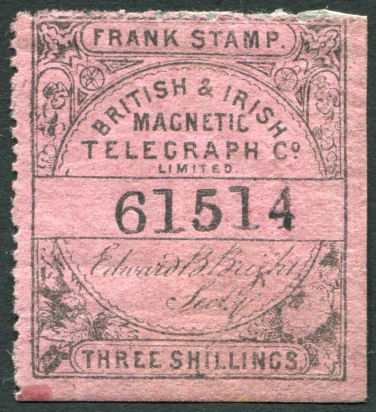 |
| 39126 courtesy of Steve Lawrie - Perf.13. Control Type 2 |
61513 courtesy of Mark Gibson. Control Type 1 |
61514 courtesy of Steve Lawrie. Control Type 1 |
After the printings with black controls, the same master was used to produce a new stone, but appears to have picked up some new flaws first.
Examples with control numbers are very scarce, but luckily remainders are fairly plentiful.
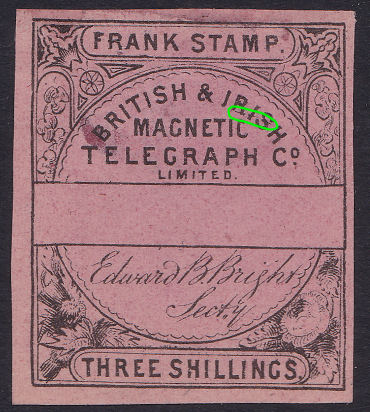 |
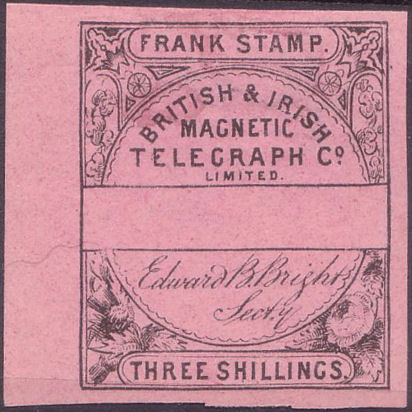 |
 |
| One of mine with a clear scratch through 'RIS'. | Two similar courtesy of Steve Lawrie. Though the remainder is from the left margin, 12787 is known to have had 12786 on the left. |
|
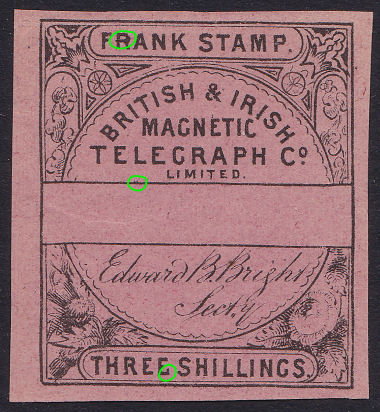 |
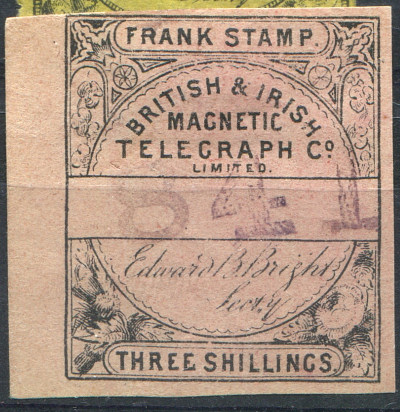 |
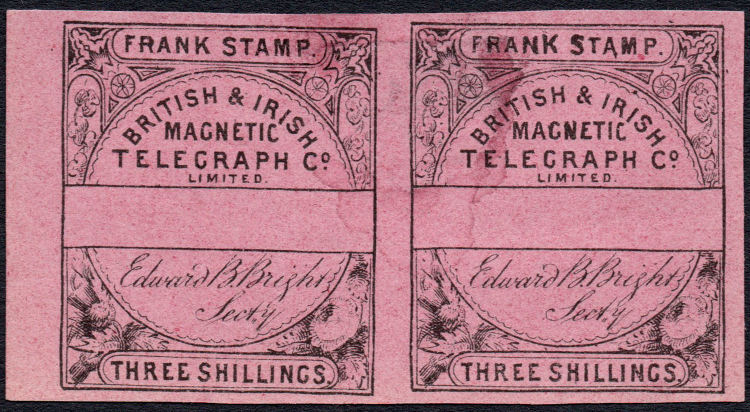 |
| These have similar flaws. I have no idea why one remainder is stamped with '841' | The left stamp is again similar, but the right has some strengthening of letters ? | |
| One of mine | Image courtesy of Grosvenor Auctions (Ex Iain Stevenson). | Image courtesy of Steve Lawrie. |
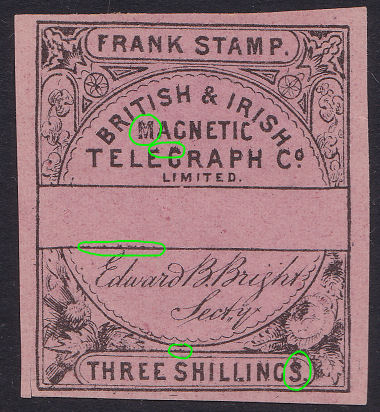 |
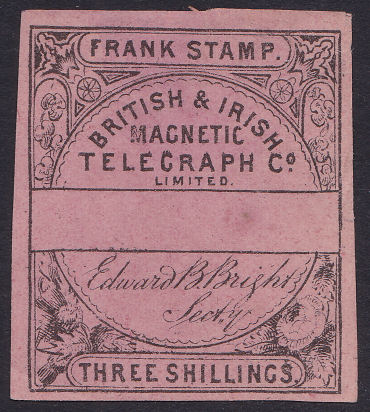 |
R IS IS |
| These two have similar flaws. | From the left edge with marks under 'LIMITED'. | |
| The rest of my remainders. | ||
| 4s - 199973 | 4s - 238844 With Scratch top-center. |
4s - 238845 |
| Image courtesy of Mark Gibson. | Image courtesy of Mark Gibson. | Image courtesy of Steve Lawrie. |
| 4s - 238848 With Scratch top-centre. |
4s - 238850 Short 'I' of 'LIMITED'. |
4s - 259597 Left marginal |
| Images courtesy of Steve Lawrie. | Image courtesy of Mark Gibson. | Image courtesy of Steve Lawrie. |
L & H list a Forwarding Form of 25 October 1862 bearing an example
of this with concentric circles numbered 190881 as being in the Royal Philatelic Collection.
I have 5 scans, remainders unknown. It is unlikely that much will be learned about these without significantly more examples.
Unfortunately they are very scarce.

This strip (courtesy of Steve Lawrie) shows a number of features like the frame break above the 'L' of 'SHILLINGS'.
Indications are that the imperfs without controls are the remainders left over when the company was taken over.
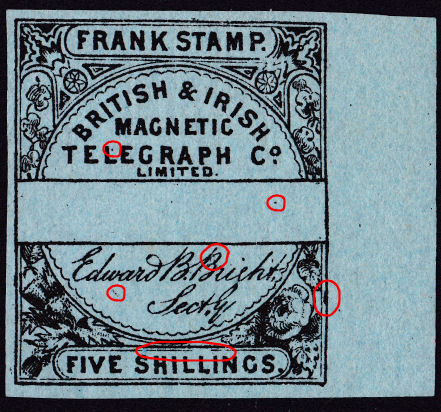

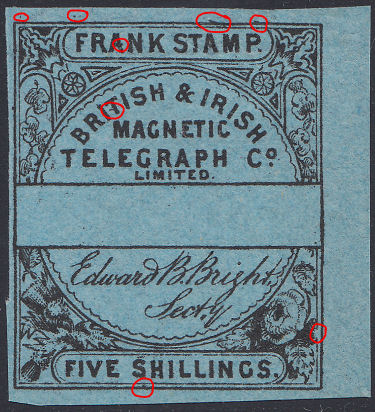
The left stamp above has many features in common with the centre stamp, but the one on the right does not, instead it matches the last stamp of the strip above.
The remainders are mine, the image of control number 106136 is courtesy of Mark Gibson. I would not have expected the last digit to be a '6',
but if there are no discontinuities, 106136 is divisible by 8 so perhaps 4 or 8 stamps to a row.
| 5s - 51199 - Perf. 12½ | 5s - 83710 - Perf. 13½ | 5s - 106135 | 5s - forged 456123 and perforations |
| Images courtesy of Steve Lawrie. | |||
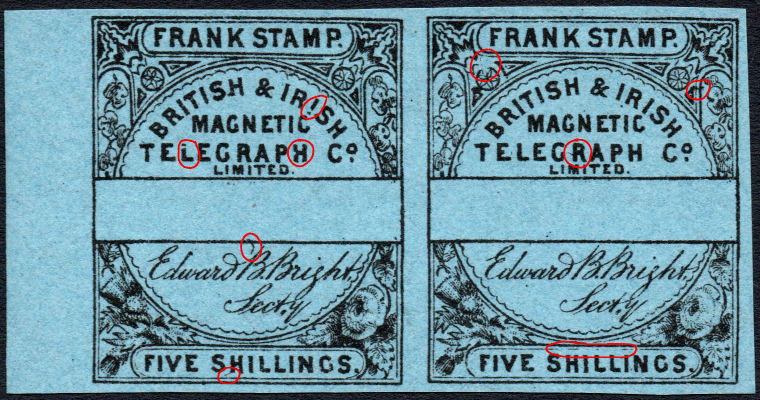 |
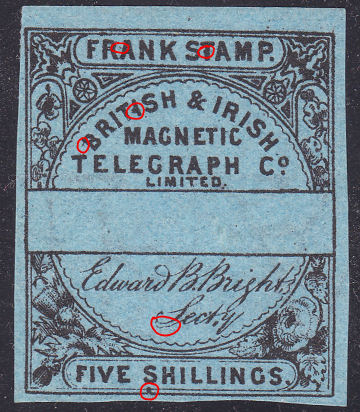 |
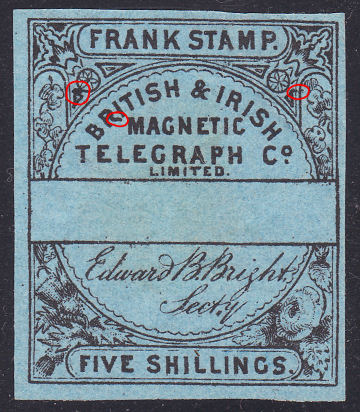 |
| A feature-rich pair with selvedge. | Another couple of my remainders that might help with plating. | |
| Images courtesy of Steve Lawrie. | A couple of mine. | |
There are differing opinions as to whether red controls or black controls were used first for the Perf.13 - 13½ stamps.
Hiscocks lists black first. I initially thought red came first because the red controls I had seen were lower control numbers.
Also the style of the '2' is the same on all the red controls and the lower numbered black controls (Control Type 1),
changing to a distinctly different style on the later black controls (Control Type 2). Since then I have found that Type 1 was used again later.
Seeing Steve Lawrie's series for the 1s.6d stamps have made me reconsider, here they are again:

Perf.11½ - 12½ (H5) No. 187288 on the left compared with
Perf.13 - 13½ (H12) No.189613 on the right.
The perforation difference can be clearly seen.
It would appear that the perforation for the 1s6d changed somewhere between 187295 and 189613 without any re-numbering.
It would seem reasonable to assume the same happened with other values.
The '2' on the earliest stamp on the left is very distinctive. I used to refer to this as the 'red' type because,
up to now it is the only type of red control numbers I have seen, but it would be better to call it Type 1.
It would seem that the imperfs without controls are the remainders left over when the company was taken over.
These are known for the 'ONE SHILLING & SIXPENCE' design written in full, but not the "1s/6d" design.
It seems likely that after the black controls, numbering started again with the red controls.
The same argument about the imperfs without controls can apply to the others.
Looking now at the 'ONE SHILLING' value.
 |
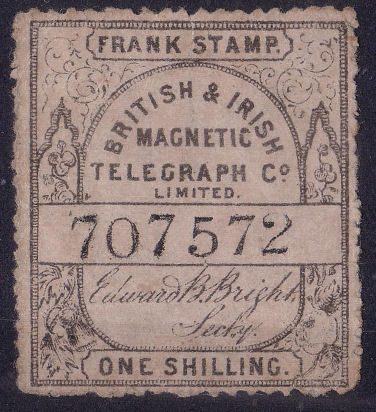 |
 |
 |
 |
 |
Lowest and highest numbers seen in red and black. All are Type 1 control, except the middle black one, 707572 which I will call Type 2.
The red numbers overlap the black numbers. It is also clear that the black numbers may have gone over 999999.
Did they then restart in red ? Also shown is a remainder that has a lot in common with the highest red control.
Only the lowest black control numbers do not have the 'T' flaw.
It looks like red came last for these. Images courtesy of Steve Lawrie.
Similarly, under 'plating' it is also shown that the remainders match the red controls for the 6d and 2s values.
Here are comparison sequences of Type 1, Type 2 and (for completeness) the forged types that I have seen:
 |
Type 1 |
 |
Type 2 |
 |
Forgery Type 1 |
 |
Forgery Type 2 |
I have only seen three examples of the forgery type 1. They all use the same 6 digits, but in different arrangements.
Note the two different types of '8' used. Forgery type 2 is used in blocks of consecutive numbers with cropping at the ends.
Below is an update to the table provided by Langmead & Huggins, this shows the range of controls I have seen (or L&H's list).
I have left out the 2s colour changeling and the 'TWO SHILLINGS & SIXPENCE' that is only known as a proof.
I have also reversed the red and black controls for the Perf. 13-13½ stamps to reflect the sequence that evidence shows they were produced in.
| Known combinations for British & Irish Magnetic Telegraph Co. stamps. | ||||||
|---|---|---|---|---|---|---|
| Denomination. | Paper colour. | Watermark. | Perf. 11½-12½ Black Control | Perf. 13-13½ | Imperf. No control. |
|
| Black Control | Red Control | |||||
| 'THREEPENCE' | white | Thunderbolts | 118254-174282 214297-284266 388491-424376 |
* | ||
| 'SIXPENCE' | pink | Thunderbolts | 101446-206337 318767 393010-410614 435975 554864 |
28746-42982 | * | |
| 'ONE SHILLING' | lilac | Thunderbolts | 82515-344134 436040-707577 782230-929269 | 14693-155412 | * | |
| '1s 6d' | pale buff | Thunderbolts | 187288-187295 | 189608-237910 | ||
| 'ONE SHILLING & SIXPENCE' | pale buff | Thunderbolts | 321259-337462 | 85592-199031 | * | |
| 'TWO SHILLINGS' | yellow | BTC | 67740-152323 | 1004-1027 | * | |
| '2s 6d' | yellow-buff | BTC | 57656-57657 ** | 87035-151365 | ||
| 'THREE SHILLINGS' | rose | Thunderbolts | 39126-61514 | 2066, 12787 | * | |
| 'FOUR SHILLINGS' | green | BTC | 190881 | 199973-259597 | ||
| 'FIVE SHILLINGS' | blue | BTC | 44500-51199 | 83710-106136 | * | |
The lack of 'Imperf. remainders without controls' for three of these, I would take to indicate that these were no longer in use at the time the company was taken over.
'*' indicates known to exist. They were remainders, and similar to the red-control types where they existed.
Control numbers in this colour are Type 2 control numbers, the others are Type 1.
Type 2 was only used intermittently, or perhaps represents a different cycle through the control numbers.
** Langmead & Huggins indicate (page 23) that numbers 388884-388890 are also known in the Royal Philatelic Collection.
It is written under the heading of the first perforation, but was probably the second.
Initially 1s 6d, 2s 6d, 4s and 5s were produced Perf. 11½-12 with black controls Type 1.
At some point the stamps switched to being perforated 13-13½.
Also at some point new values were produced for 3d, 6d, 1s, 2s and 3s.
For the 1s 6d at least, the control numbers appear to continue uninterrupted. Considering that the stamps were produced by Mawdesley and Co., it is possible that
the British & Irish Magnetic Telegraph Company Limited did not even know about the change in perforation.
It is also possible that small numbers of some of the other values remain to be discovered perf. 11½-12.
We know that the black control Type 1 numbering appears to have simply continued with the new perforation
and it is therefore likely that the first stamps of the new denomination were treated likewise.
There are 1s stamps with Type 1 control numbers up to 929269. For the 3d value, there are black controls type 2, but no red controls.
One possibility is that when the black type 1 control reached maximum, type 2 was used to distinguish them. Then when the maximum count was reached again, a switch was made to red type 1
and the 1s 6d was changed to have the value in full. the 6d also seems to be a different plate for red controls. A lot of speculation, but it suggests things to look out for.
One thing I find puzzling is that other companies had very consistent control numbering.
That does not appear to be the case with British & Irish.
Another point is the uncertainty of the number of rows of stamps in the sheet. Morley says 12, Lister thinks 6.
A possibility is that the original series was 12, but the new perforator could not handle this size and the new stamps were in a smaller format.
I need to look for evidence of sheet sizes of different values (and controls).
| Shortcuts to different sections | Stationery Index |
||||||
| Transmitting form ([1.] |
Delivery form [2.] |
Forwarded Form [3.] |
Messengers Ticket [4.] |
Message Receipt Forms [5.] |
Complaint Form [32.] |
Envelopes | |
This appears to have been filled in pencil and erased. it has 1855 written on it which could be right. - courtesy of Steve Lawrie. - My Ref. BI-1-1855-1
The year is pre-filled with '185_'. A fancy border and an admonition to write distinctly. A pity they didn't tell their staff to do the same !
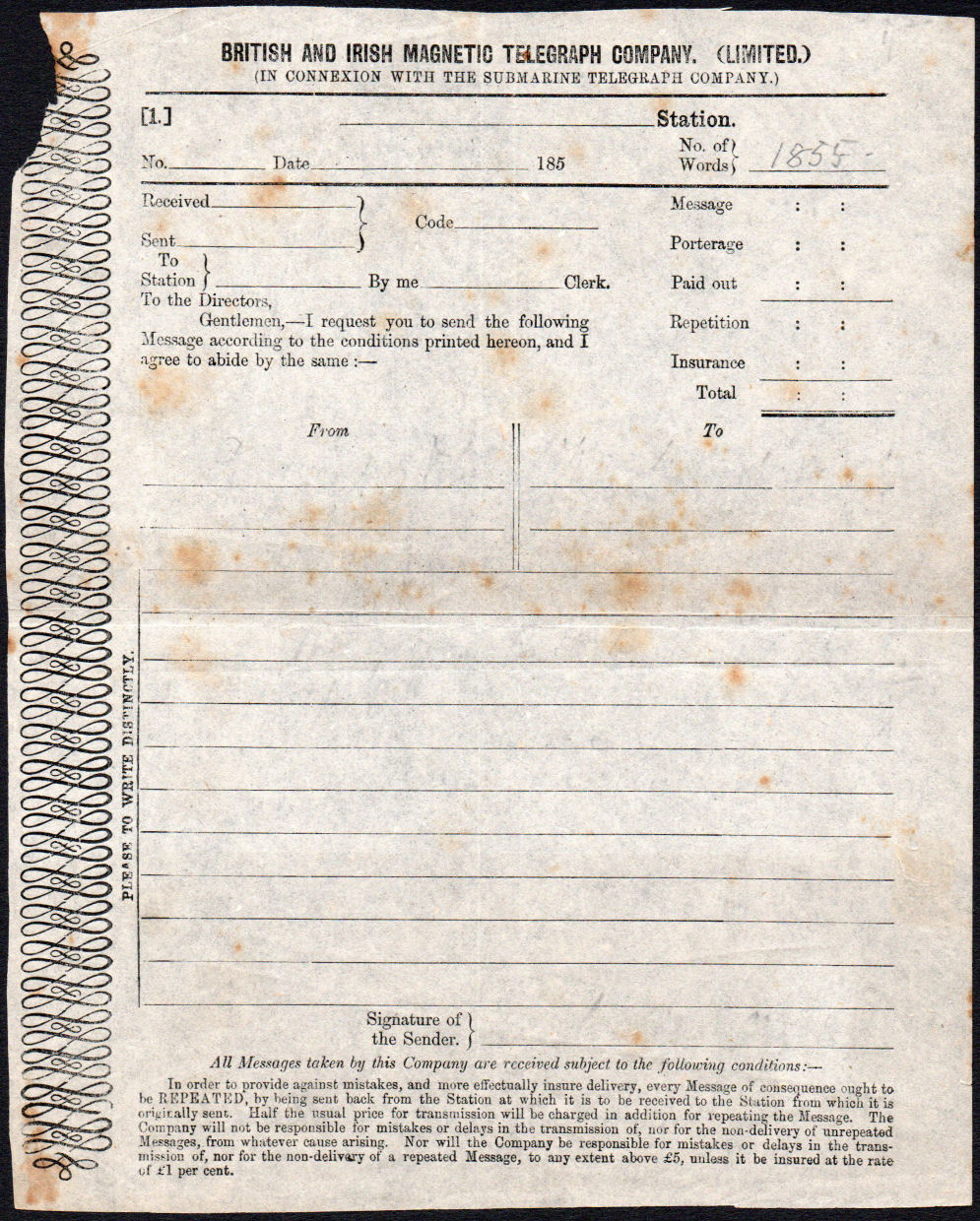
The year is pre-filled with '185_' - courtesy of Steve Lawrie. - My Ref. BI-1-1857-1
The fancy border is gone, but the admonition to write distinctly is still there.
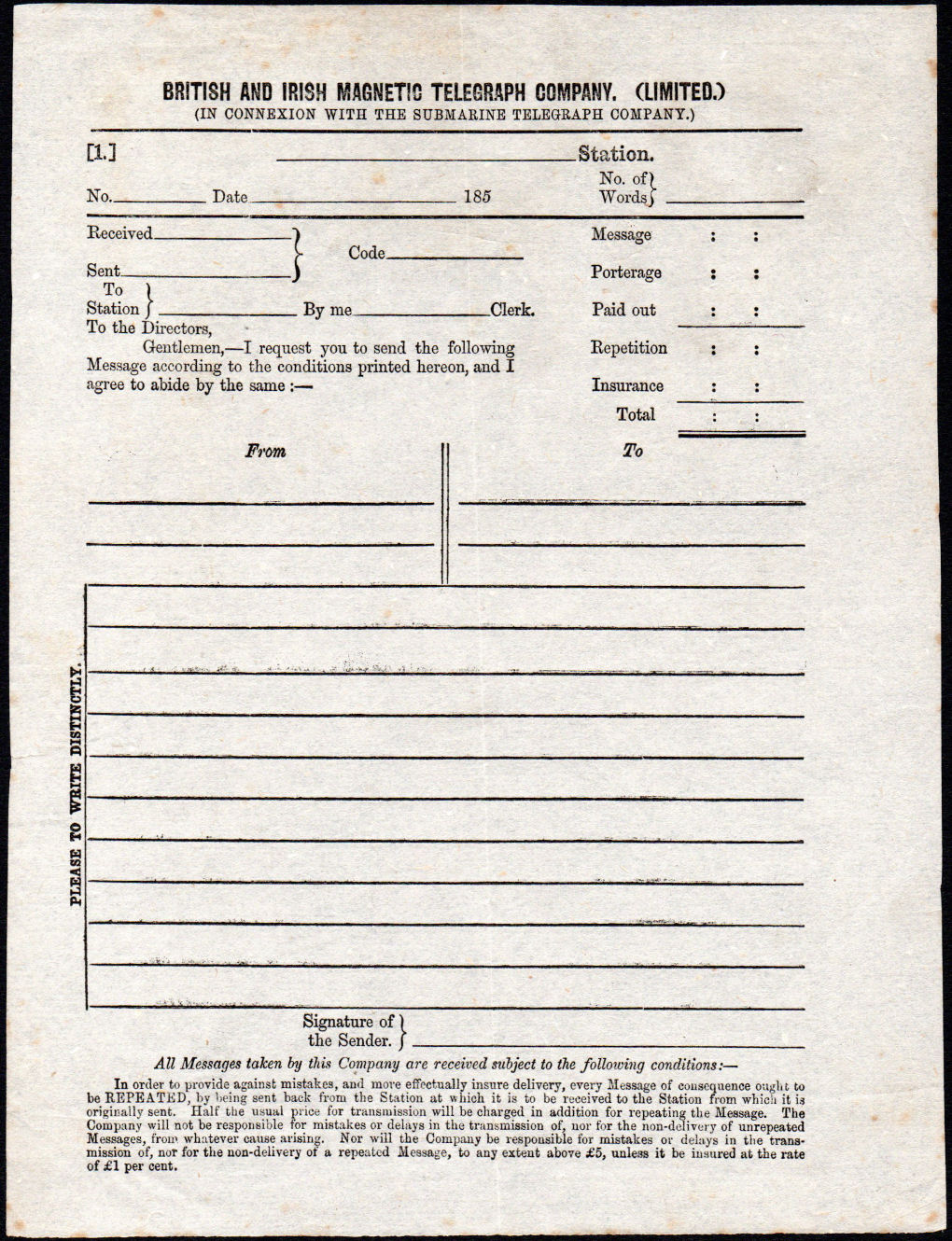
"British and Irish in Connection with the Submarine Telegraph Company." - courtesy of Andrew Higson. - My Ref. BI-1-1865-1
Dated 7 July 1865.
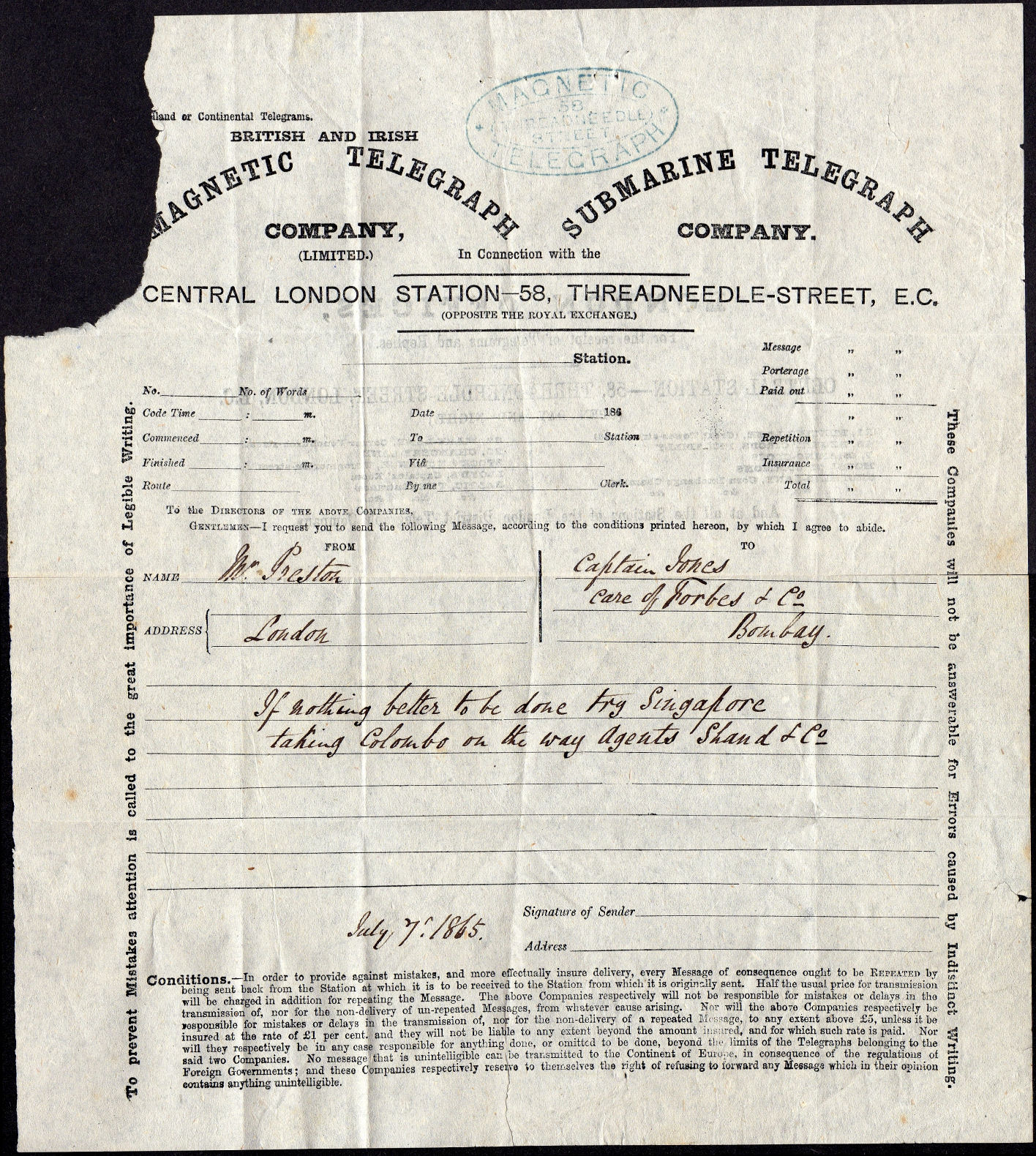
The back lists major offices in London with an interesting reference to the London District Telegraph Company.
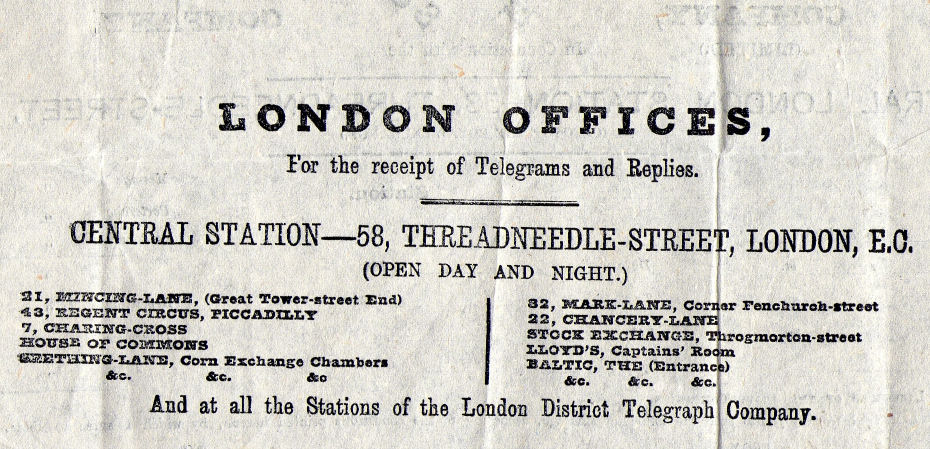
[1.] "In Connection with the Submarine & London District Telegraph Companies." - courtesy of Edward Coombes. - My Ref. BI-1-1867-1
An apparently unsent form of 186_ written by James Irving, ship broker from Carlisle. Size 172 x 230 mm. Back is blank.
"Limited" is in brackets, like the last form.
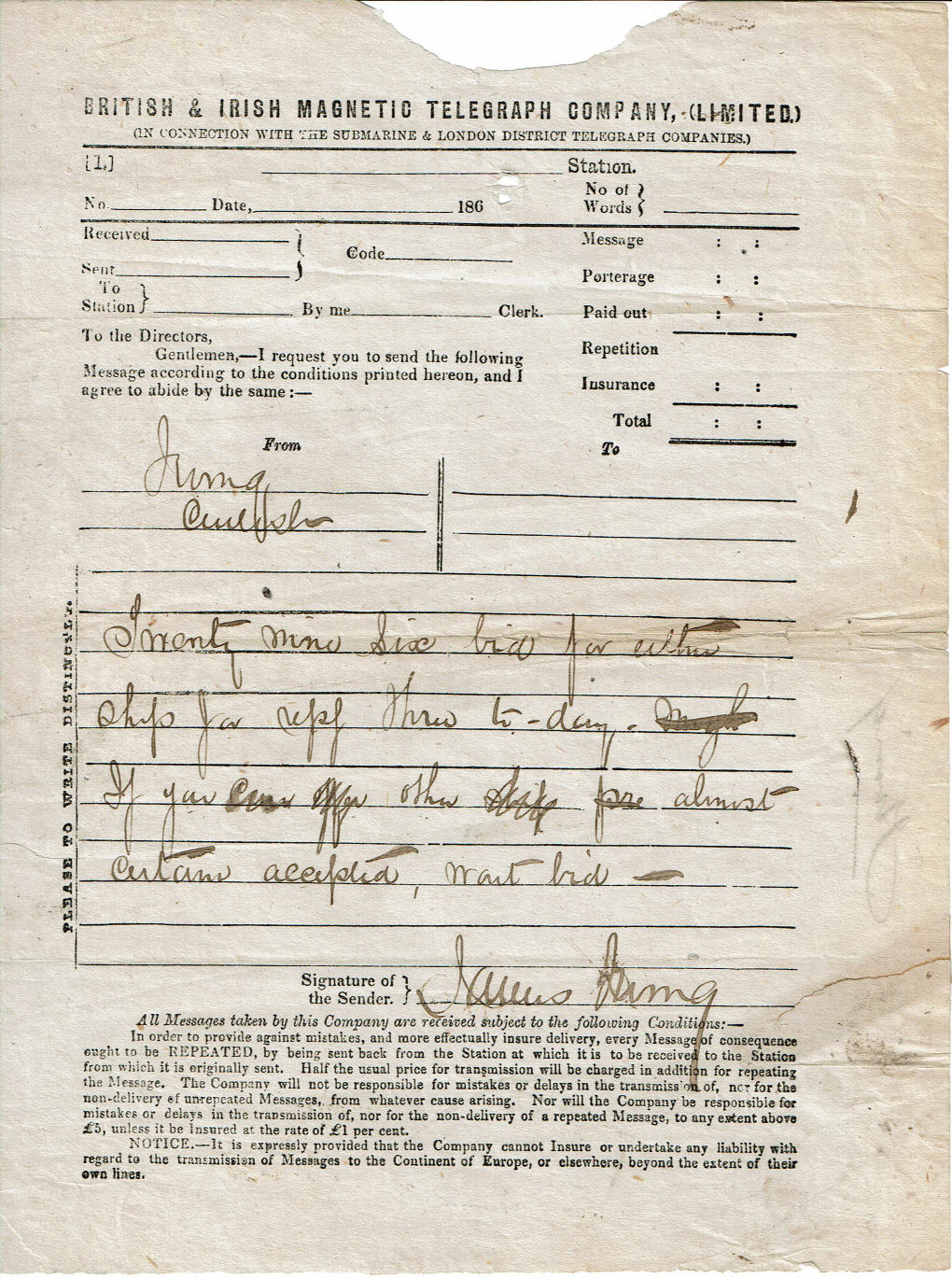
Terms and conditions on the bottom. Not listed by L & H.
This is dated 26 November 1868. It is fairly similar to the last one - courtesy of Steve Lawrie. - My Ref. BI-1-1868-1
The form number is gone and so is the admonishment to write clearly. I am assuming that this is later because "Limited" is no longer in brackets, but I could be wrong.
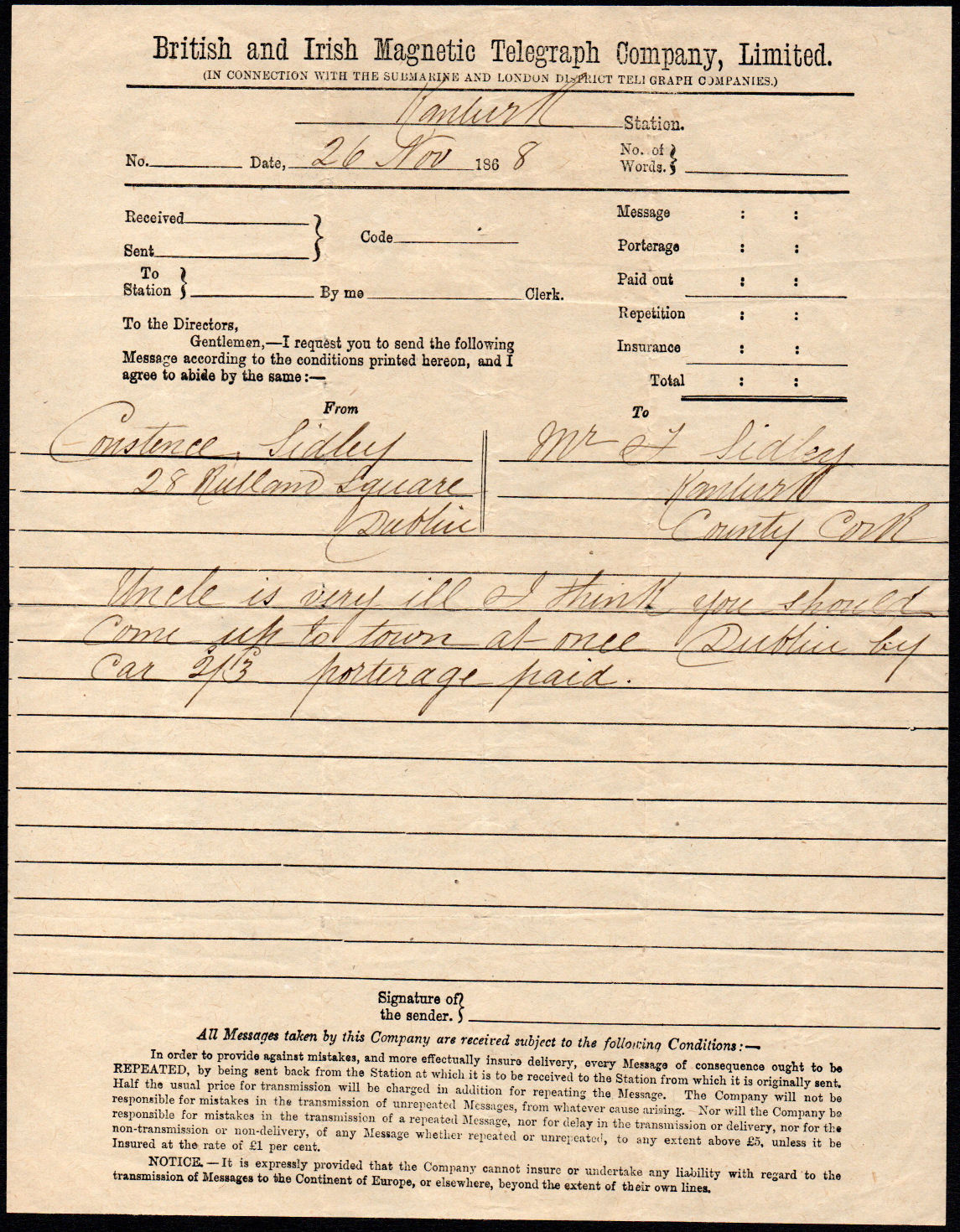
Terms and conditions on the bottom a little bit neater.
Message Sent Form listing.
| Provisional Reference | Date on form | Dates used | Size mm. | London Stations | Variants | Illustrated |
|---|---|---|---|---|---|---|
| BI-1-1855-1 | 185_ | - | 167 x 208 | - | fancy border | Yes |
| BI-1-1857-1 | 185_ | - | 170 x 224 | - | - | Yes |
| BI-1-1865-1 | 186_ | 7/7/1865 | 237 x 264 | 11 | +LDTC | Yes |
| BI-1-1867-1 | 186_ | ? | 172 x 230 | - | - | Yes |
| BI-1-1868-1 | 186_ | 26/11/1868 | 190 x 245 | - | - | Yes |
Used 25 July 1857, Dublin to London. " 'LIMITED' in brackets - courtesy of Steve Lawrie. - My Ref. BI-2-1857-1
"In Exclusive ConneXion with the Submarine Telegraph Company." 'LIMITED' in brackets
2 lines for addresses.
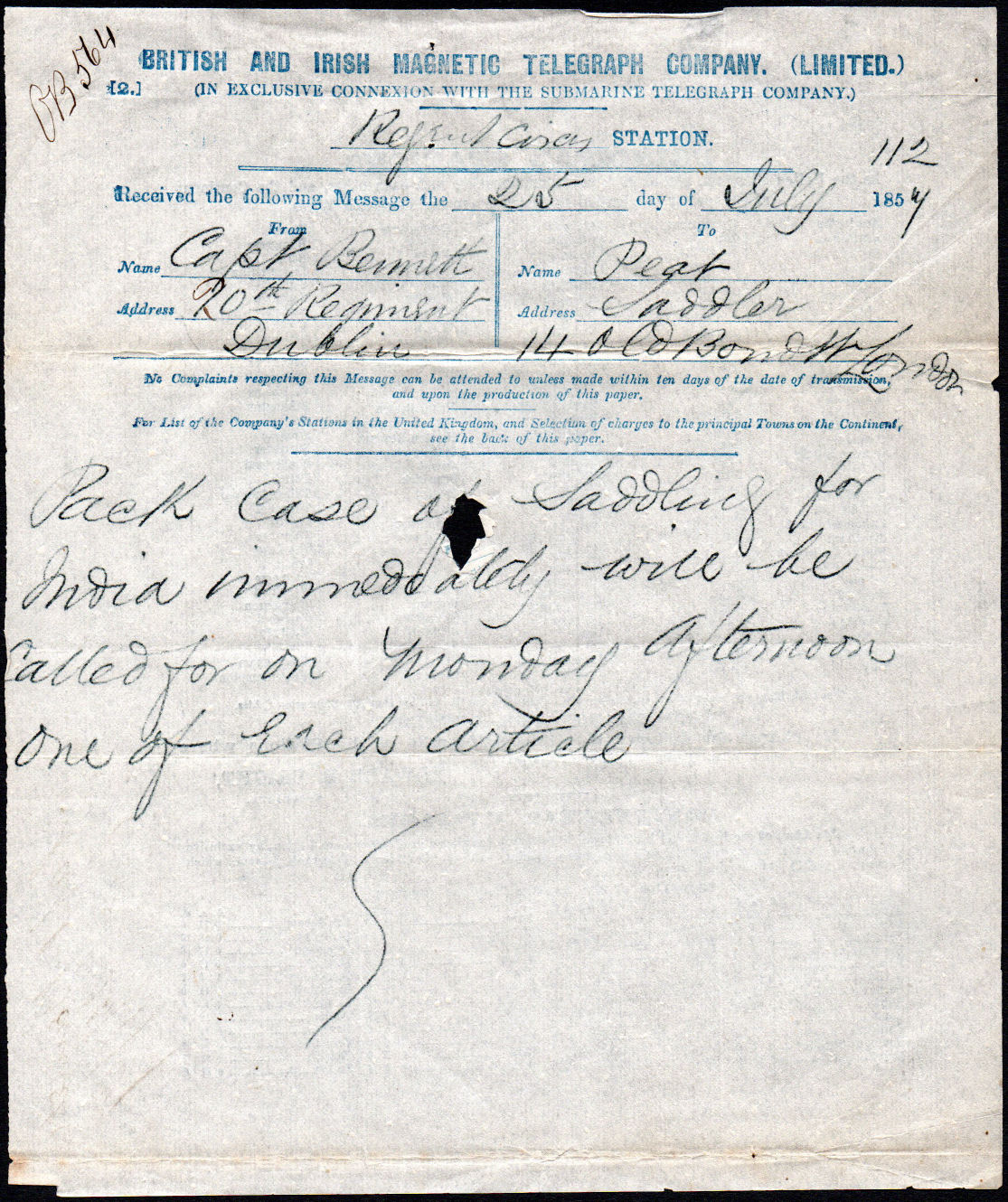
.
The back lists 165 'Principle Stations' and gives 48 'Examples of greatly reduced charges' for Continental Messages in £ s. d.
"The Stations in Ireland are given in Italics".
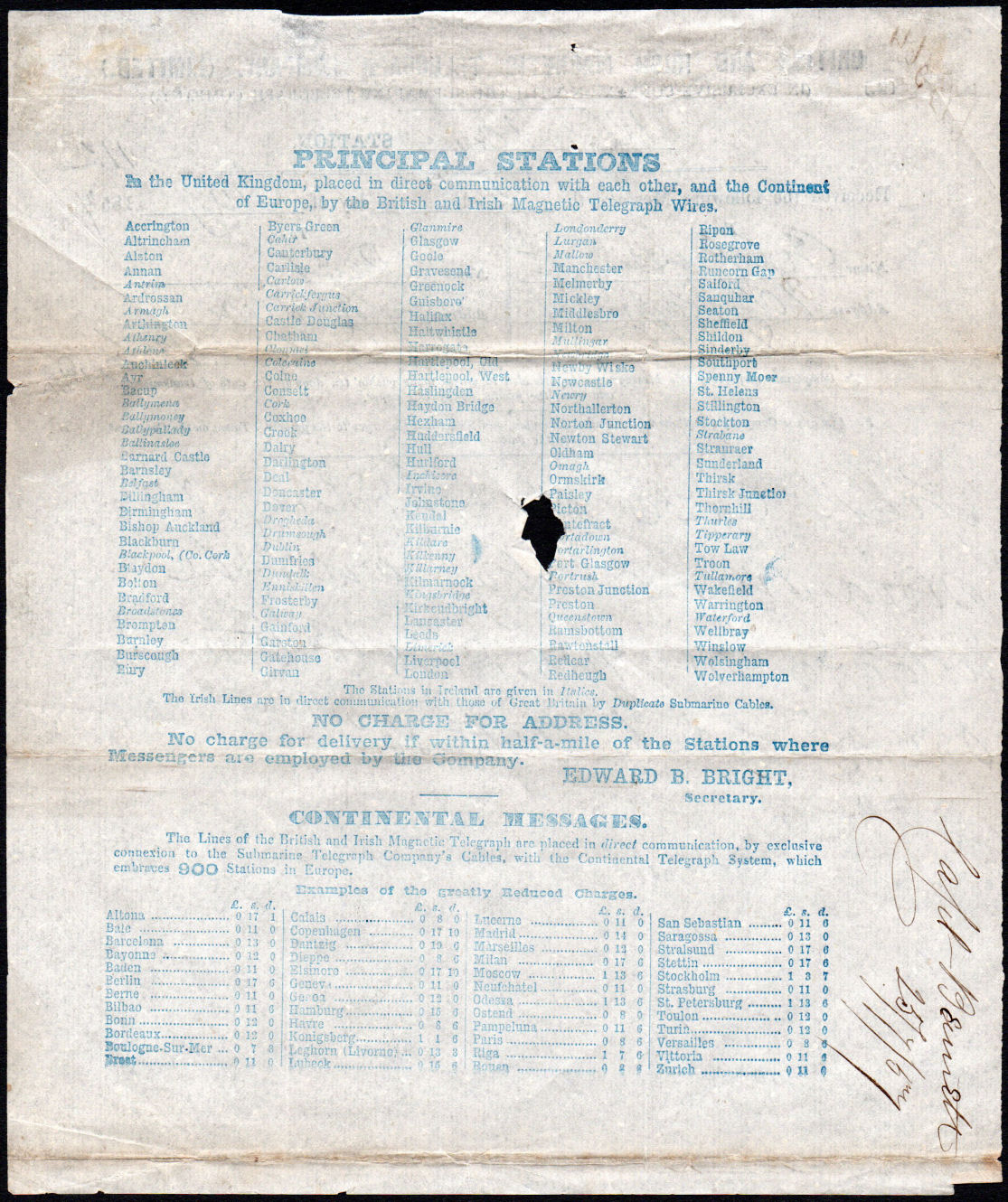
The back states 900 Stations in Europe, listing 48 examples with charges from £0 7s 3d (Boulogne) to £1 13s 6d (Russia).
There is no tariff for inland messages, no hint of how many words are paid for with the Continental charges, and no idea of the cost of extra words or porterage.
That information perhaps depended on where you were sending from, and being posted at local offices. It bears the name of the Secretary Edward B. Bright.
Similar to the last, Used 11 November 1857 from Whitstable to Wrexham - courtesy of Steve Lawrie. - My Ref. BI-2-1857-2
Now only 1 line for addresses.
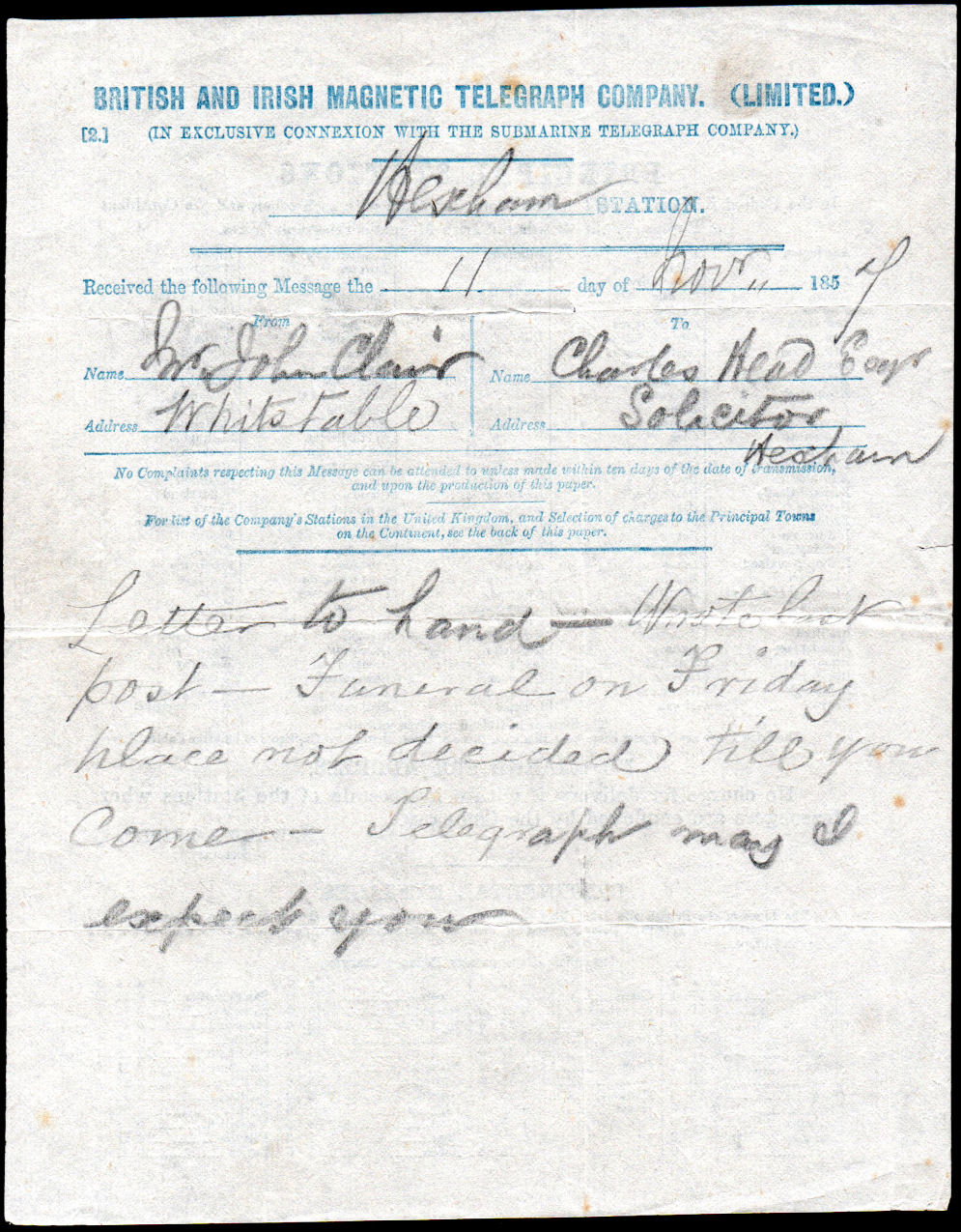
.
The back lists 165 'Principle Stations in the United Kingdom' and gives 48 'Examples of greatly reduced charges' for Continental Messages in £ s. d.
"The Stations in Ireland are given in Italics".
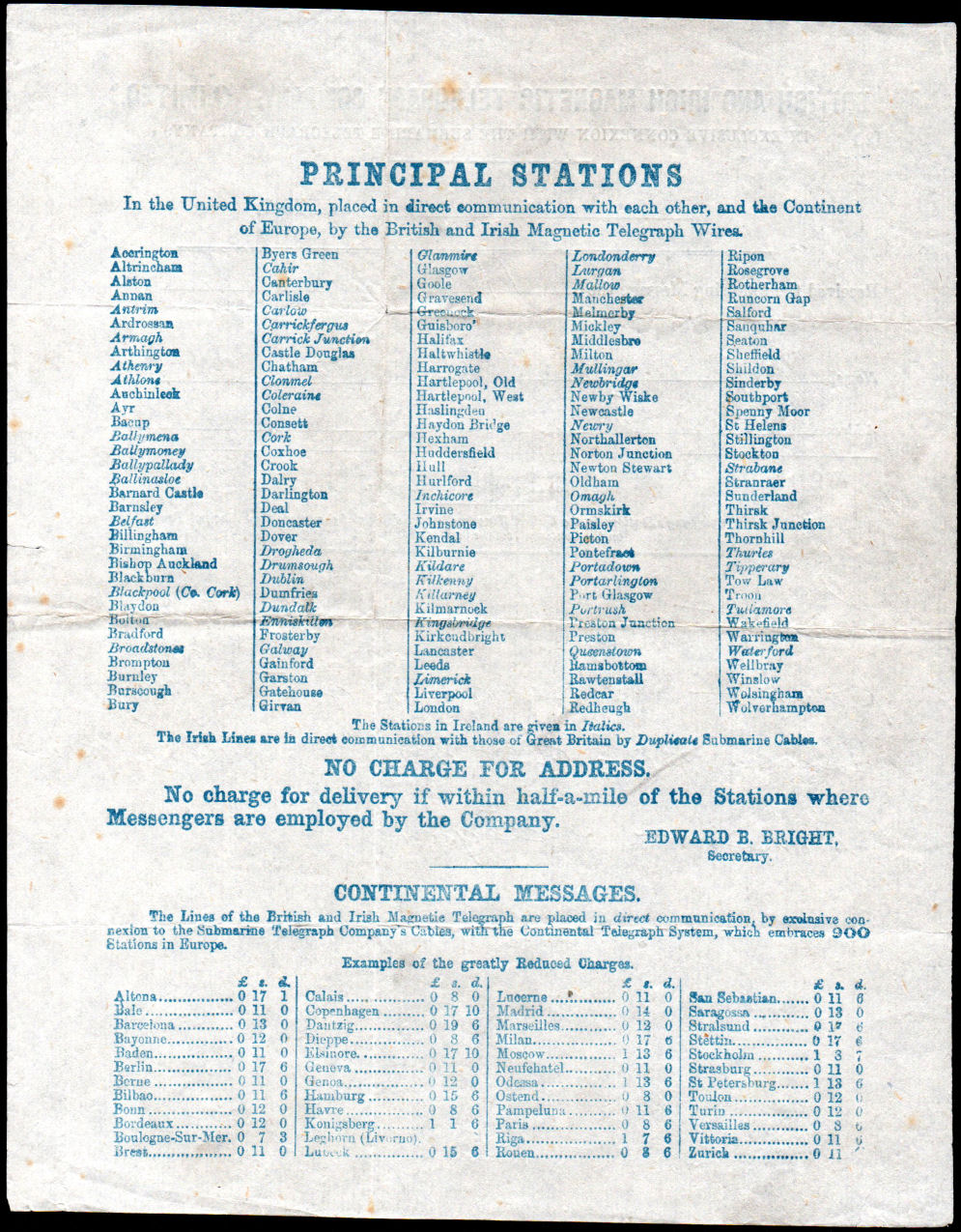
The back still states 900 Stations in Europe, listing 48 examples with charges from £0 7s 3d (Boulogne) to £1 13s 6d (Russia).
Leghorn, which was 13s 3d, is now blanked out.
The front is the same as the last, Used 18 February 1859 from Edinburgh to Hexham - courtesy of Steve Lawrie. - My Ref. BI-2-1858-1
Still only 1 line for addresses, causing a bit of a problem.
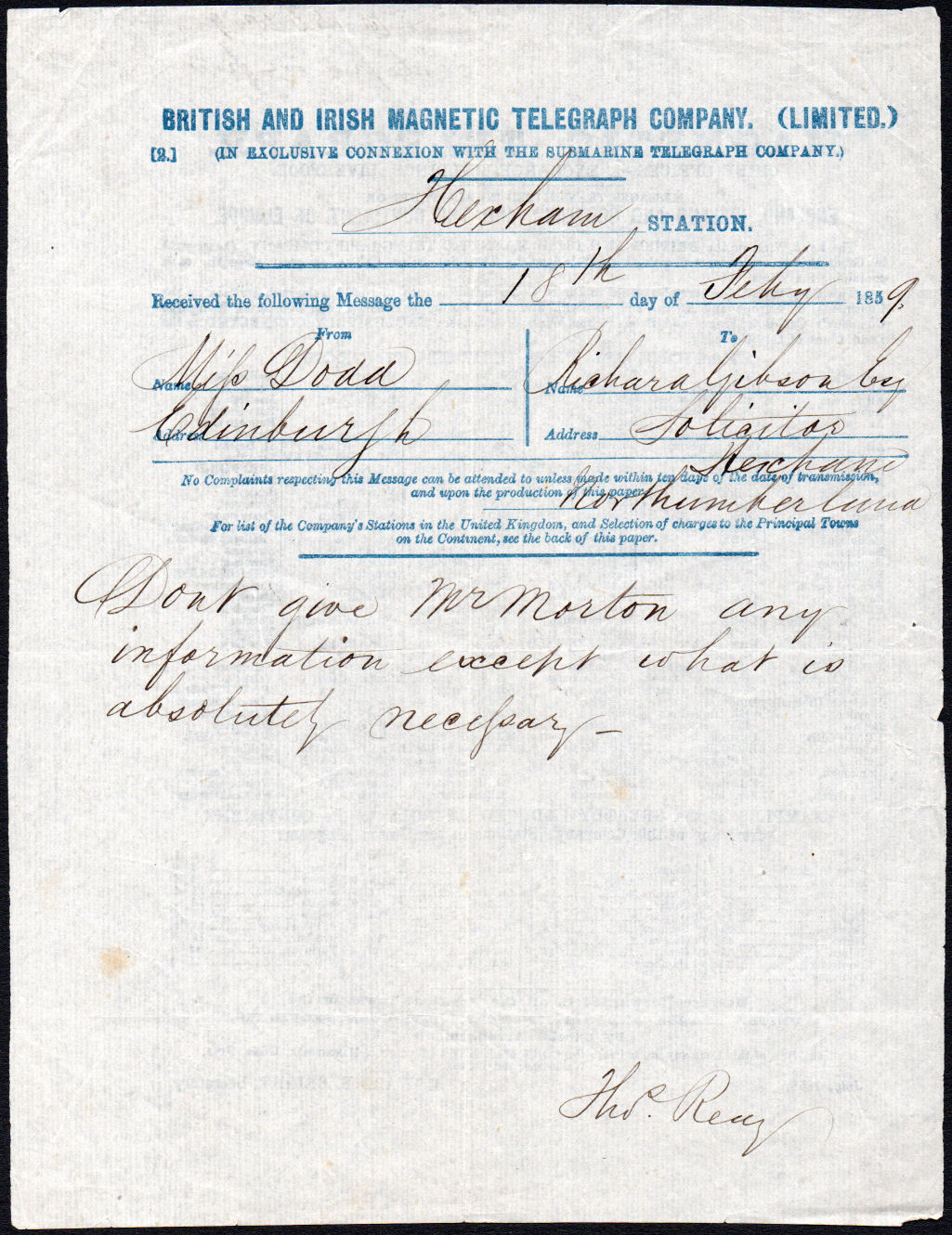
.
The back has changed totally, adding "Magnetic Telegraph" at the top with the address, replacing "United Kingdom" with "England Ireland and Scotland" Wales is ignored,
despite listing stations at Cardiff, Newport and Swansea! And no longer giving Irish stations in italics and breaking down the list of stations in the major cities.
172 towns/cities having Stations and gives only 37 'Examples of greatly reduced charges' for Continental Messages, now in only s. d.
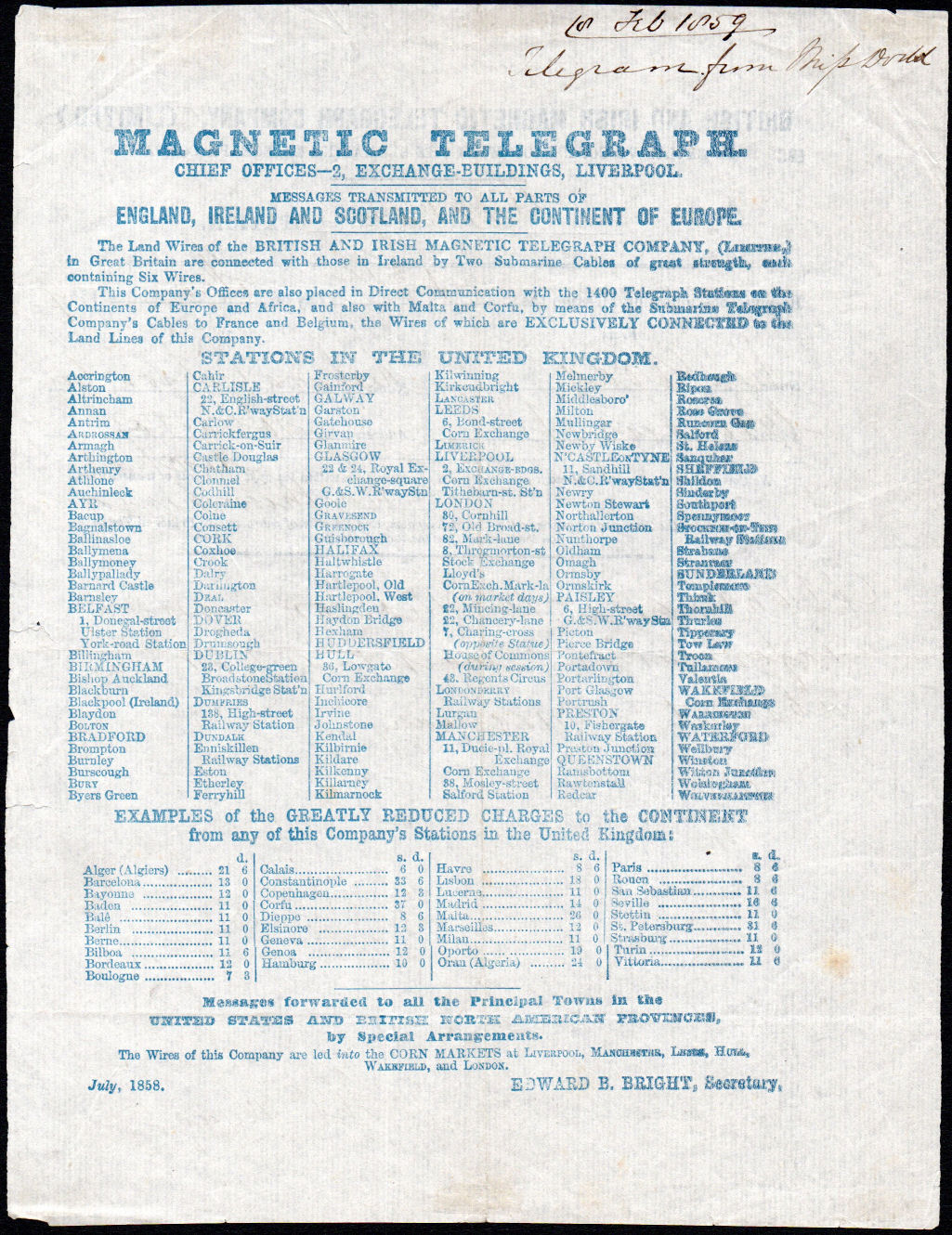
The back still states 1400 Stations in Europe and Africa, listing only 37 examples with charges from 6s 0d (Calais) to 37s 0d (Corfu).
"United States and British North American Provinces, by Special Arrangements."
It is dated July, 1858.
This is similar to the above, but used in Dublin, Ireland 26 March 1860 - courtesy of Edward Coombes. - My Ref. BI-2-1858-2
The front is the same, and the print date on back looks like July 1858 again, but the back is different.
The 5th line down ends with "COMPANY". On the last form that was followed by '(LIMITED,)'.
The formatting of all of that section down to the list of stations has changed.
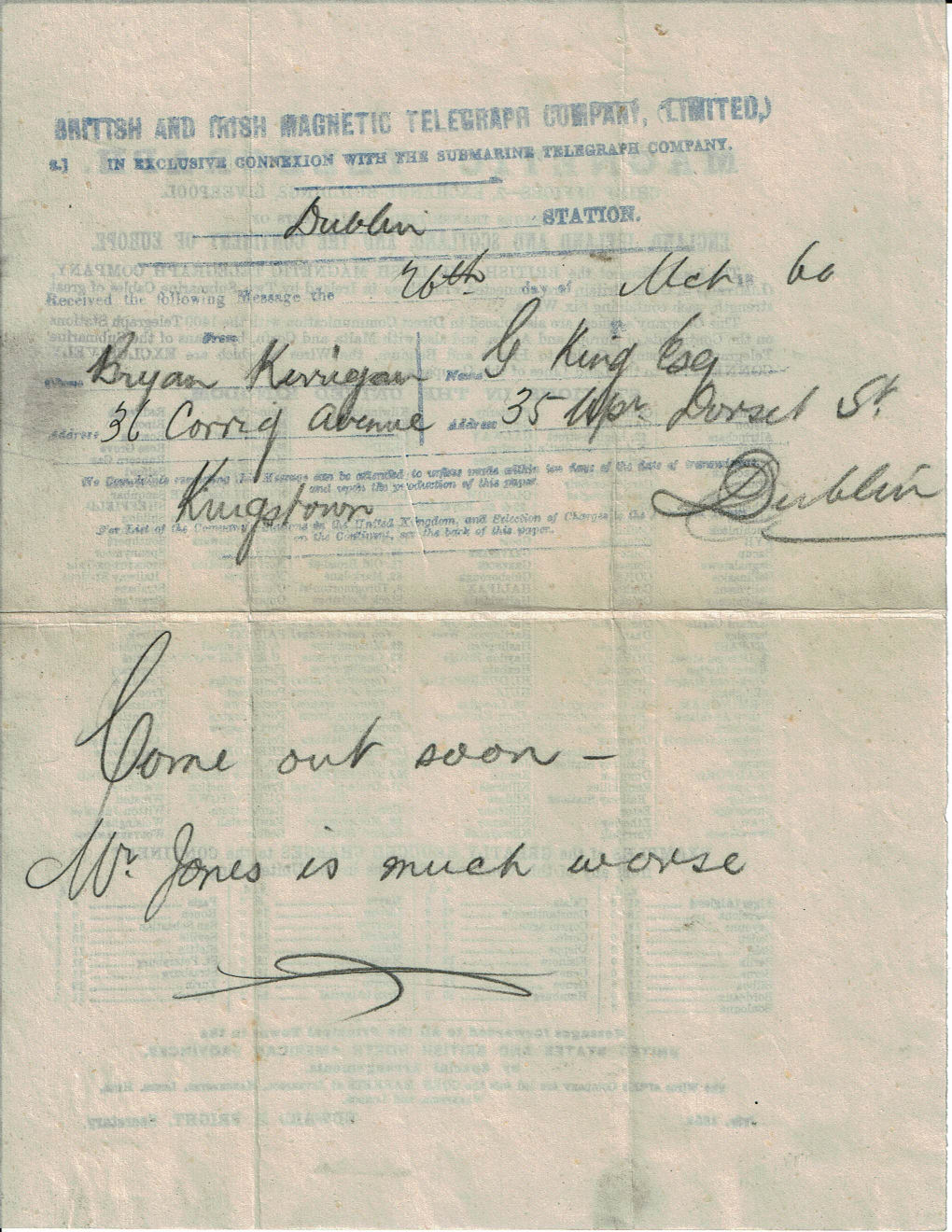
The back lists about 186 stations with the important ones capitalised and some places, like London, given a sub-list of stations.
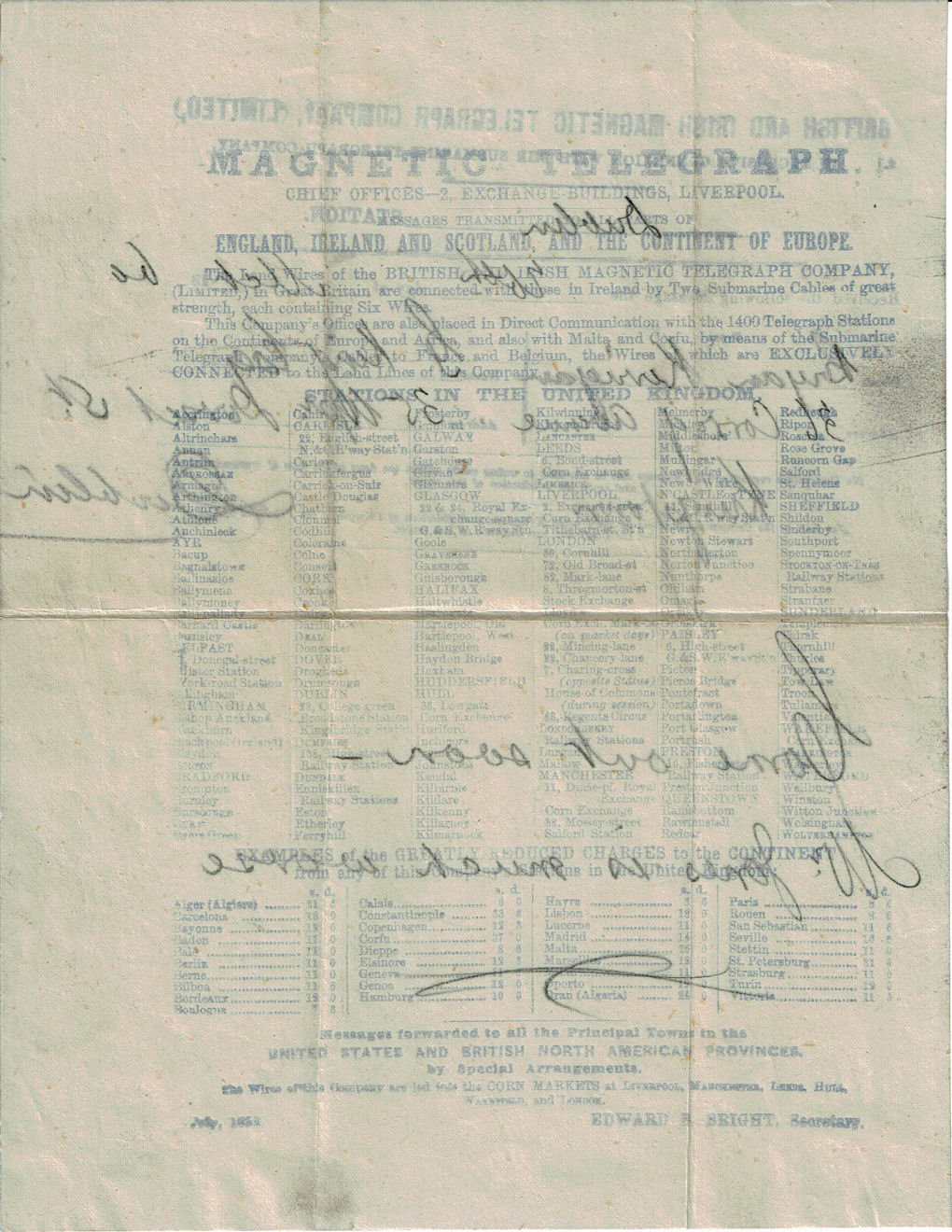
The 37 Continental charges are in Shillings and pence with charges from 6s 0d (Calais) to 37s 0d (Corfu), and there is mention of the
"United States and British North American Provinces" and the Corn Markets.
The form appears to be dated July 1858 with the name of the Secretary Edward B. Bright.
The front is the same as the last, Used 24 October 1861 from Newcastle to Stockton - courtesy of Steve Lawrie. - My Ref. BI-2-1861-1
Now three lines for addresses, and a charges to pay section added at top-right, and a new section at the bottom.
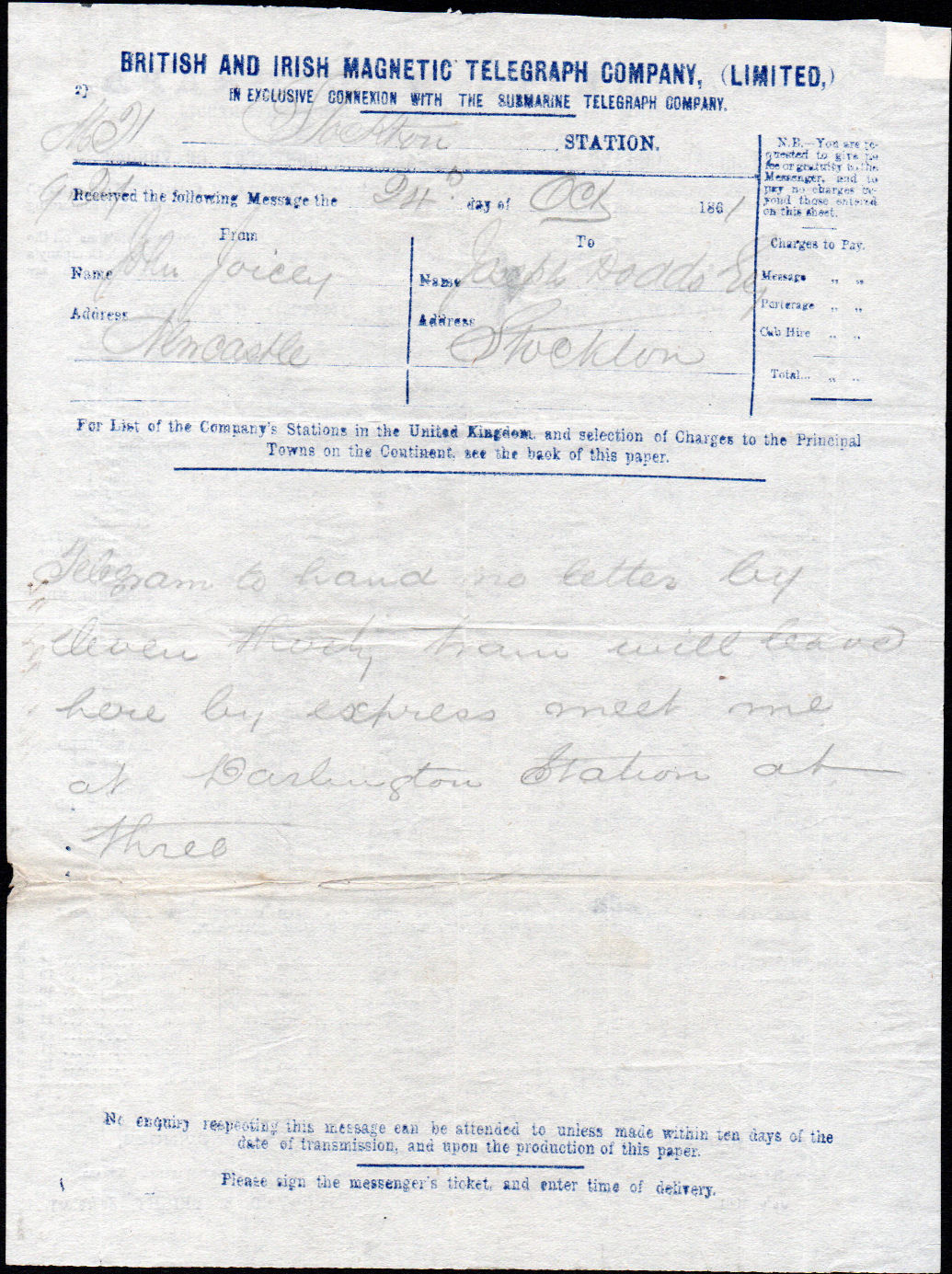
The back is now has the 5th line ending with "(LIMITED,)", and 3000 stations outside the UK,
and 185 towns/cities with stations in the UK.
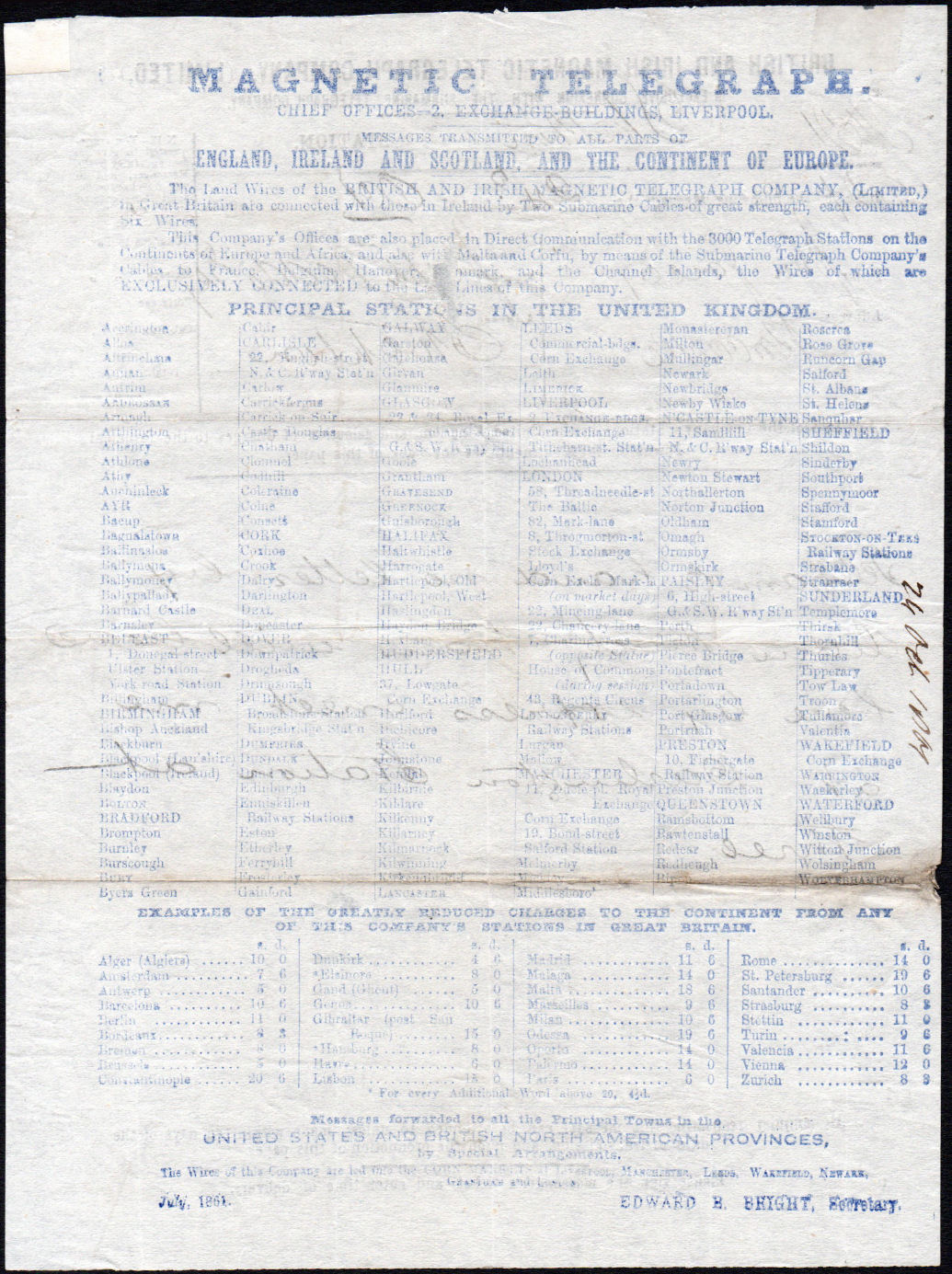
The back now states 1400 Stations outside the UK, listing only 35 examples with charges from 4s 6d (Dunkirk) to 20s 6d (Constantinople).
For the first time, it now says under the Continental list with an asterisk against Elsinore and Hamburg, "* For every additional Word above 20, 4½d."
It is dated July, 1861.
The front is similar to the last, except a line is drawn above the bottom section. - courtesy of Steve Lawrie. - My Ref. BI-2-1862-1
Used 3 July 1862 from Edinburgh to Cupar, Fife.
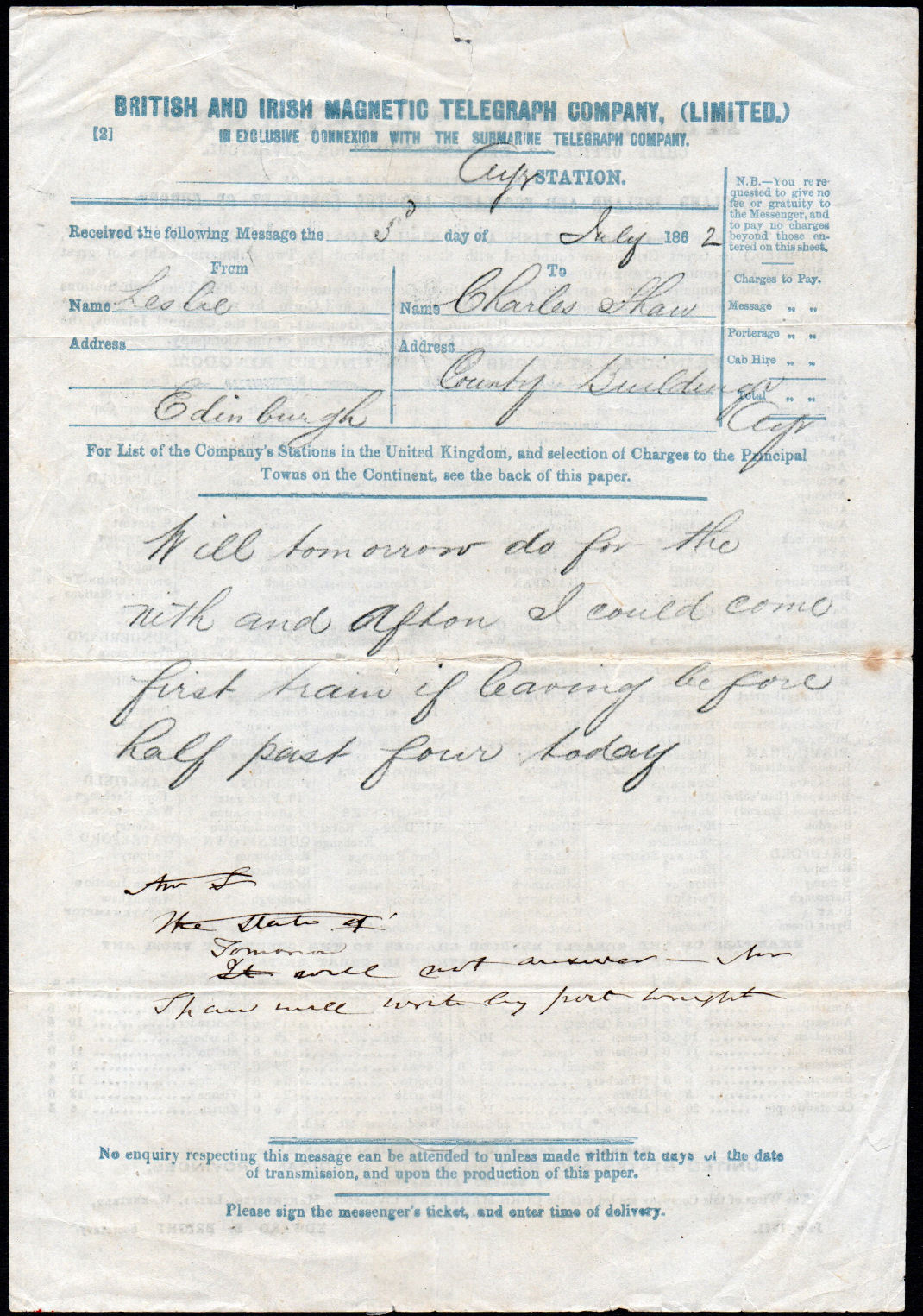
The back is now has the 5th line ending with "COMPANY", and 3000 stations outside the UK,
and 185 towns/cities with stations in the UK.
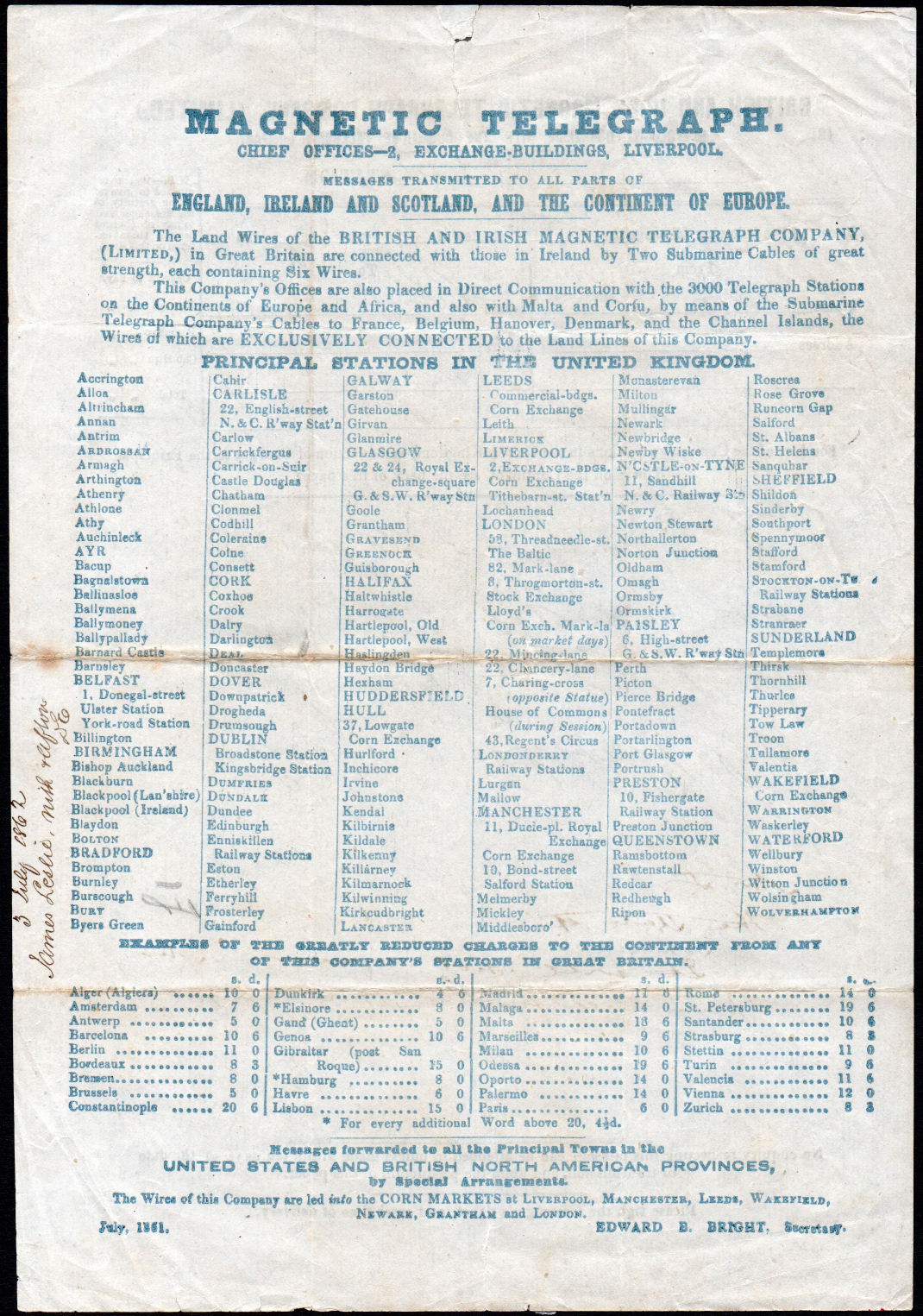
The back states 3000 Stations outside the UK, listing only 35 examples with charges from 4s 6d (Dunkirk) to 20s 6d (Constantinople).
The list and pricing is the same as the last form, and It is still dated July, 1861.
The front is similar to the last, except the form number is missing the left bracket and the N.B. wording is reformatted. - courtesy of Steve Lawrie. - My Ref. BI-2-1862-2
Used 16 August 1862 from Rome to Dublin.
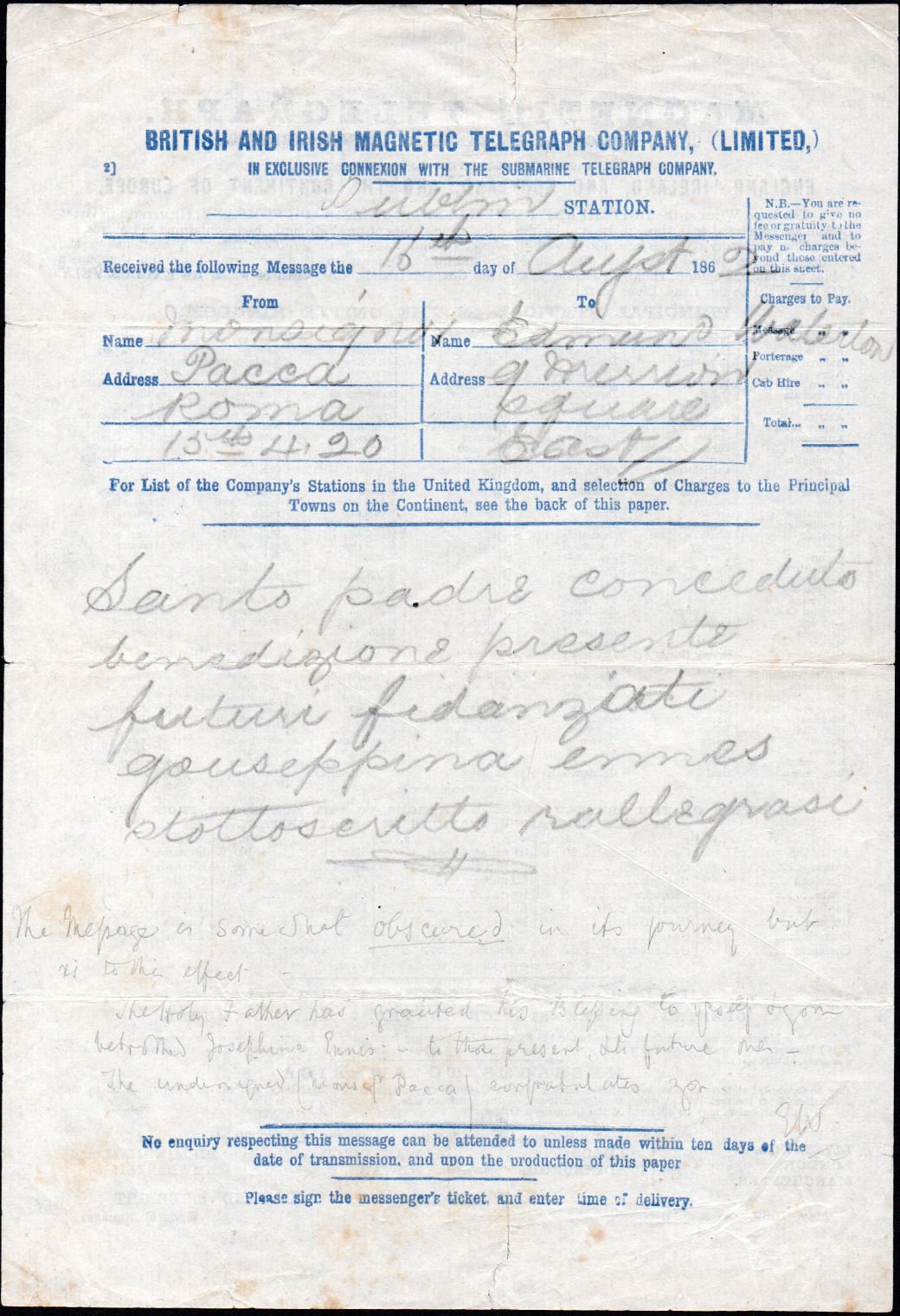
The back is now totally changed again, with 3500 stations outside the UK,
and now a simple list of 294 (42 x 7) towns/cities with stations in the UK without breaking them down.
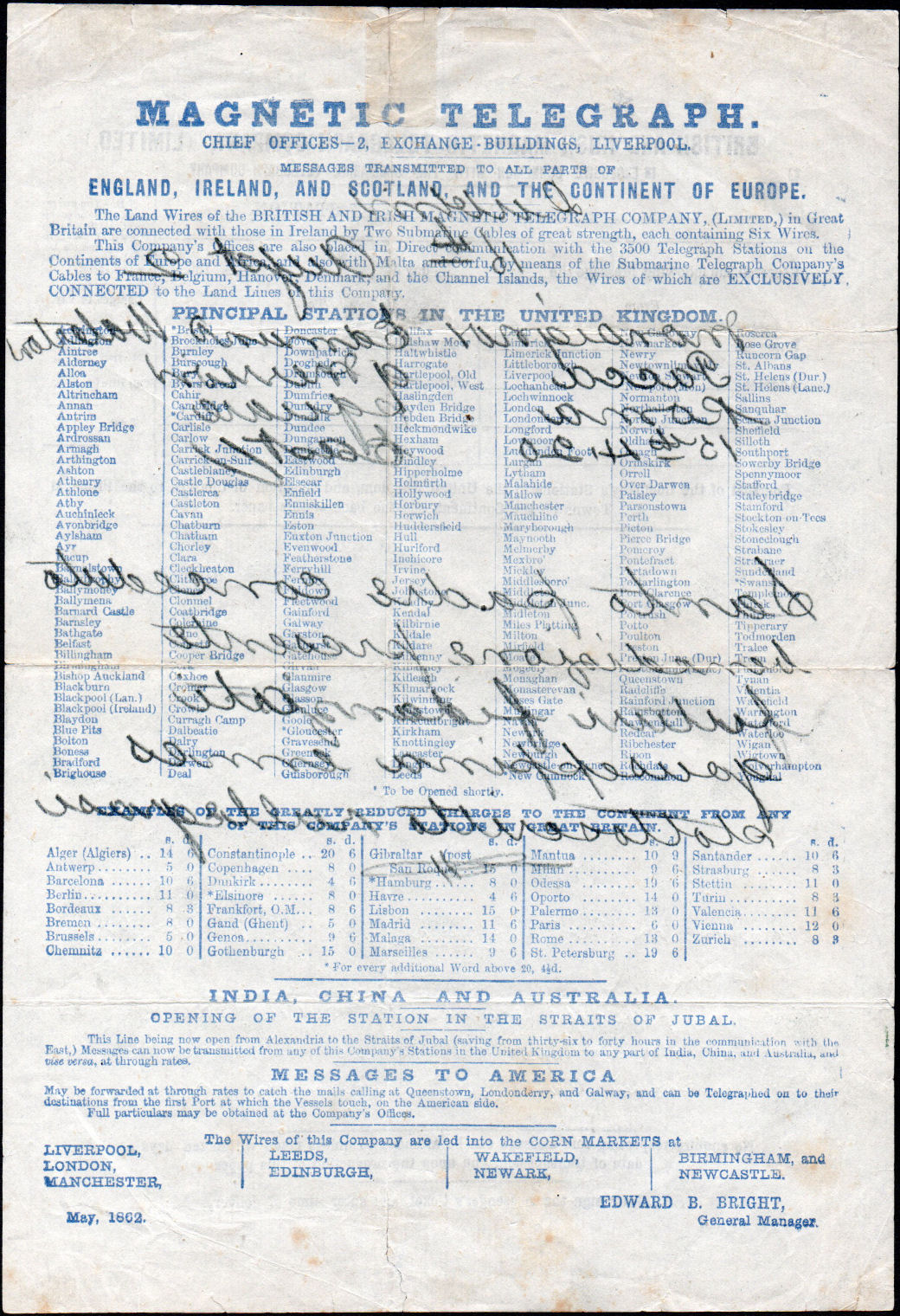
The back states 3500 Stations outside the UK, listing only 38 examples with charges from 4s 6d (Dunkirk) to 20s 6d (Constantinople).
The corn markets are now listed (9). Edward B. Bright is now listed as the General Manager. It is dated May, 1862.
The front is totally changed, with the bottom half missing. - courtesy of Steve Lawrie. - My Ref. BI-2-1862-3
"CONNEXION" changed to "CONNECTION", and the L.D.T.Co. is added. Used 10 April 1863 from Manchester to ?
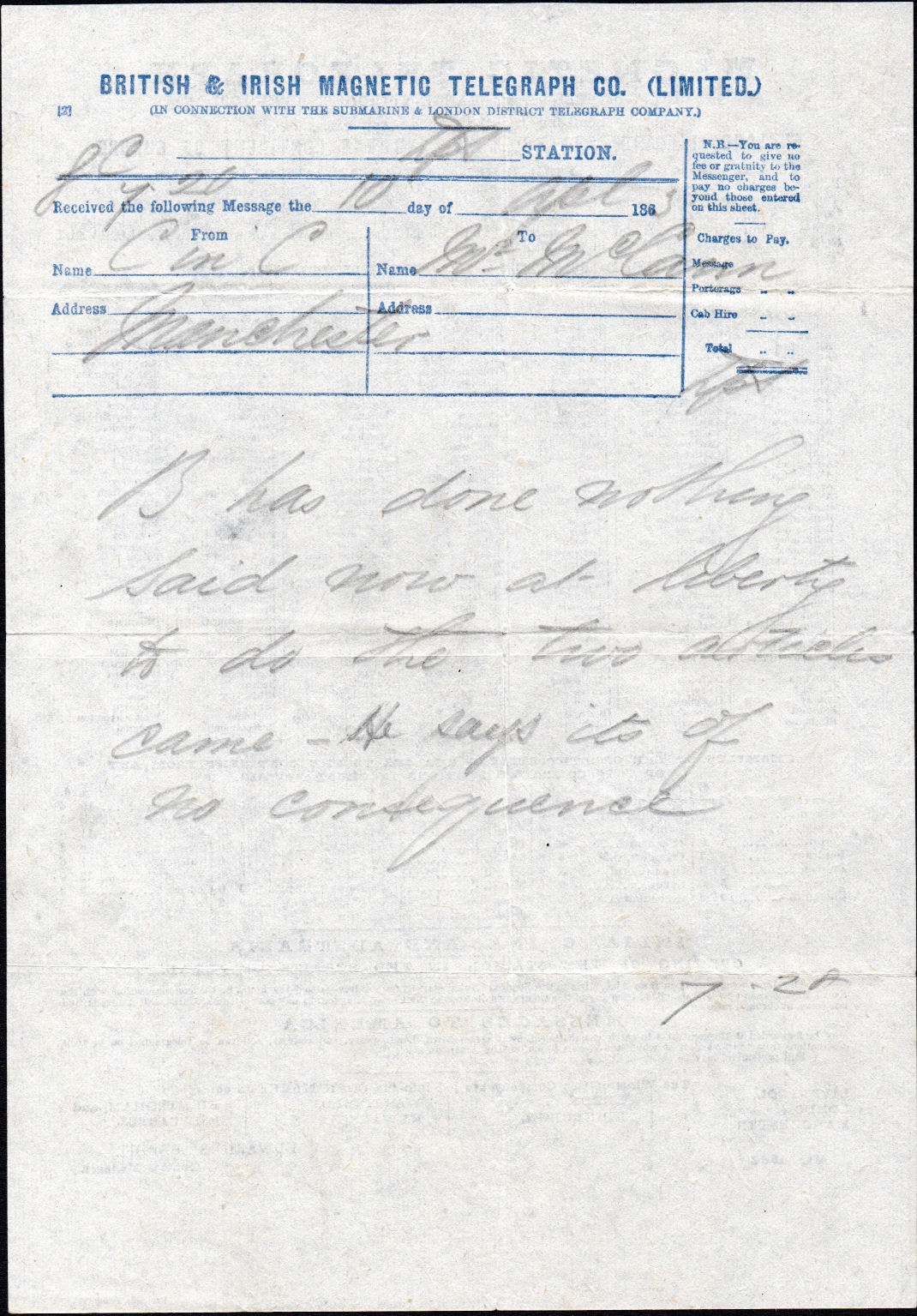
The back appears to be the same as the last, with 3500 stations outside the UK,
and simple list of 294 (42 x 7) towns/cities with stations in the UK without breaking them down.
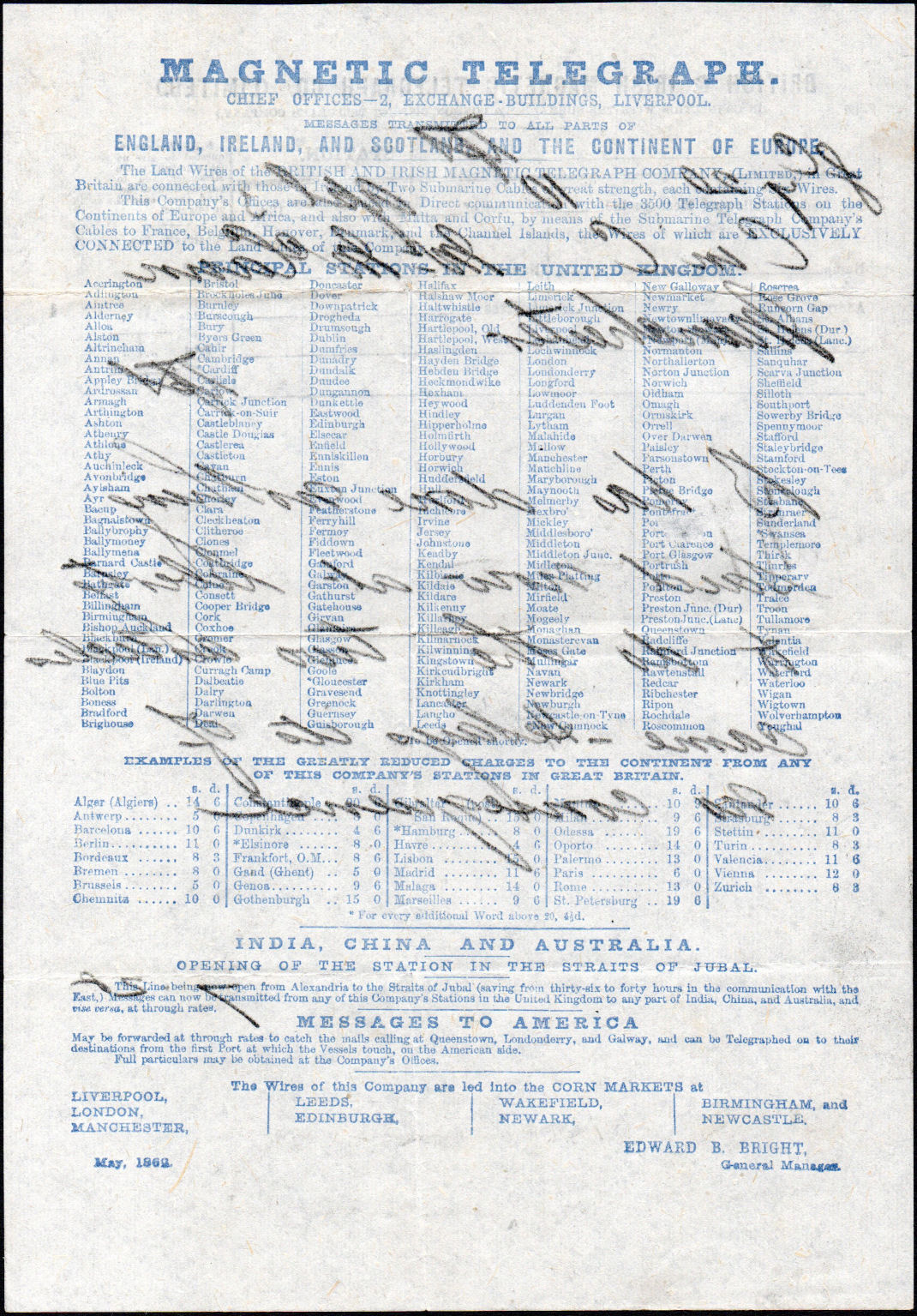
The back is the same as the last, listing only 38 examples with charges from 4s 6d (Dunkirk) to 20s 6d (Constantinople).
It is still dated May, 1862.
The front is similar to the last except the N.B. formatting is different. Used 29 December 1864 at Stockton. - My Ref. BI-2-1863-1
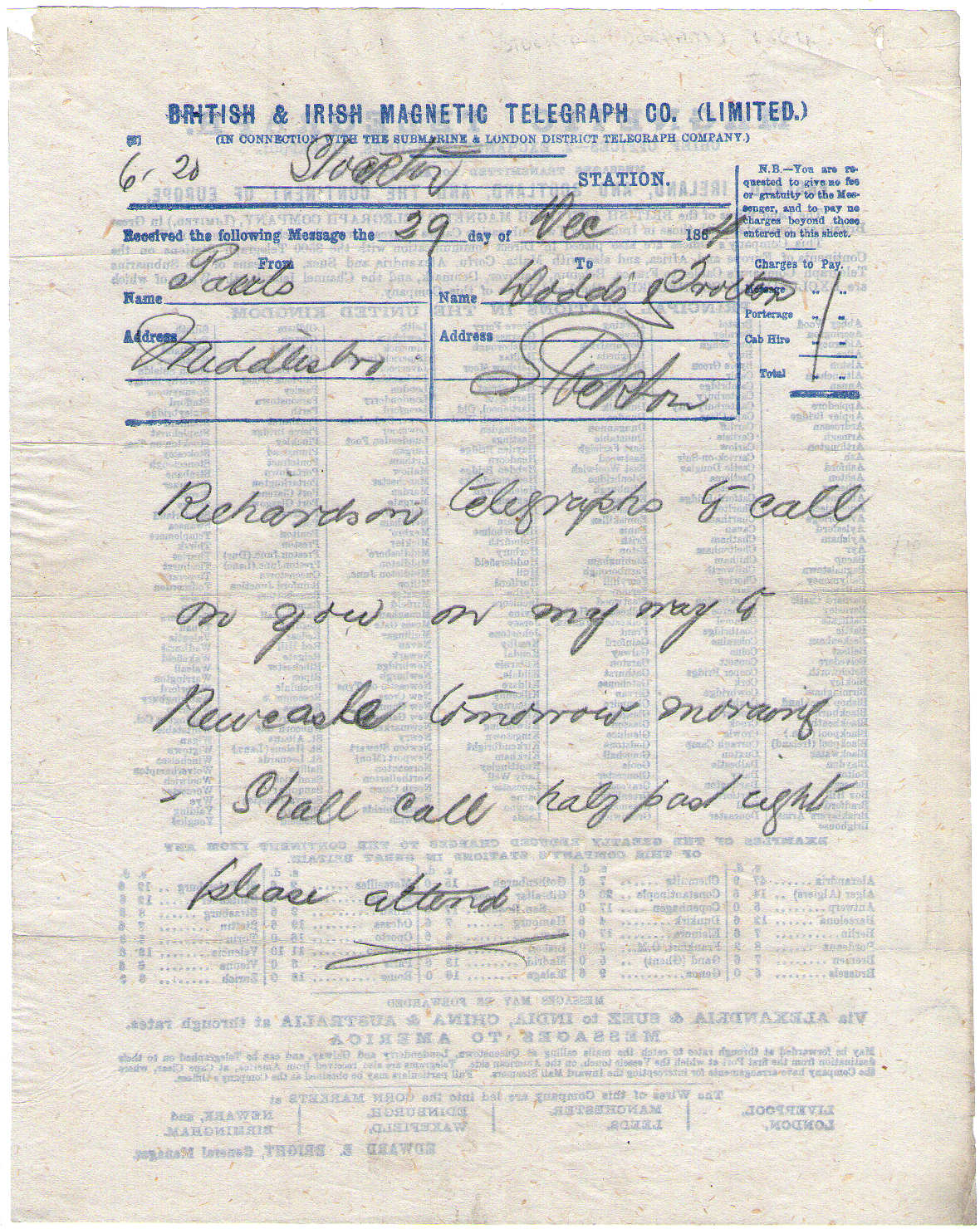
The back now lists 344 'Principle Stations', 3500 stations outside the UK, and gives 39 'Examples of greatly reduced charges' for Continental Messages.
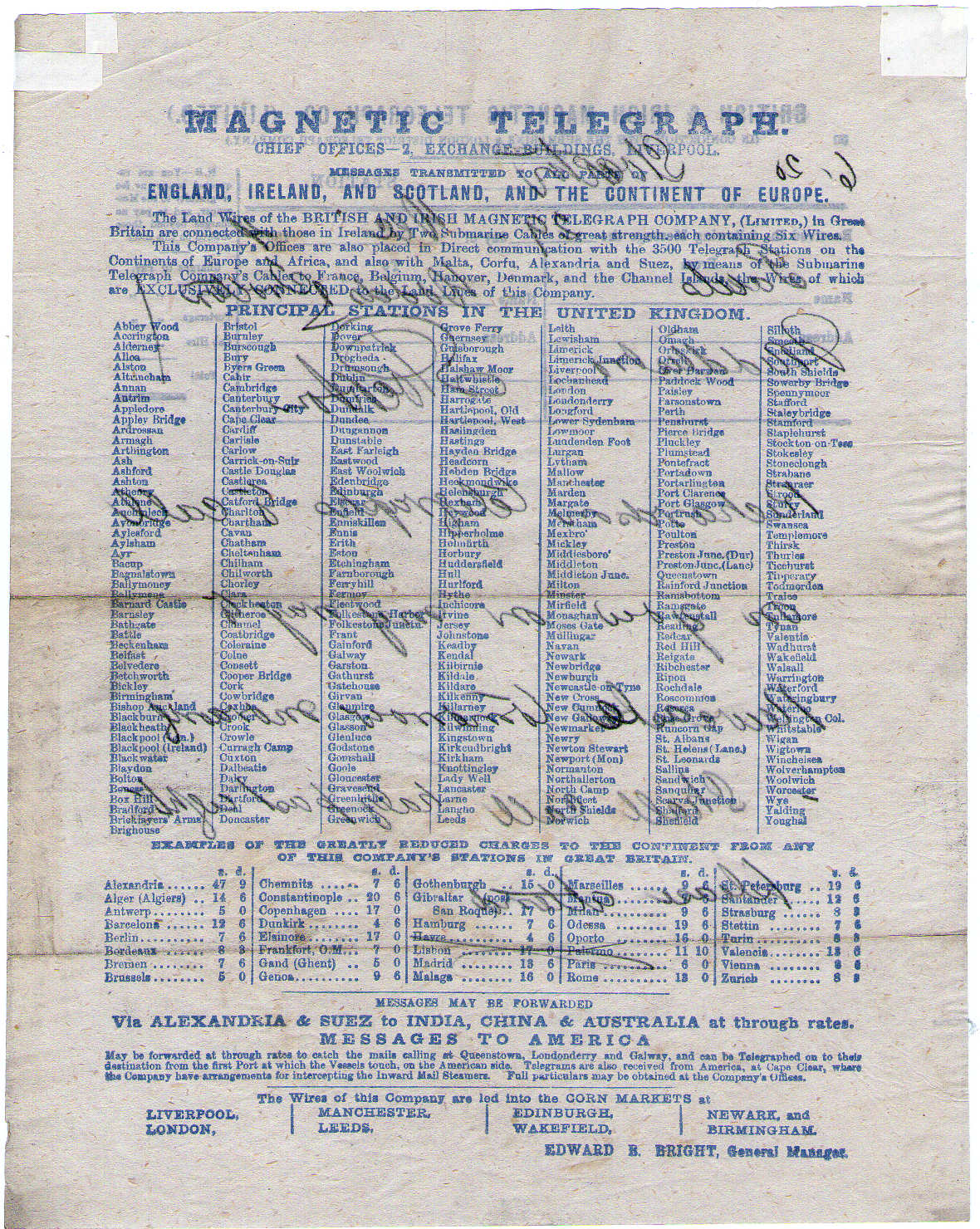
The back lists 39 examples with charges from 4s 6d (Dunkirk) to 47s 9d (Alexandria).
It is undated.
The front has changed wording "The following Message forwarded from ___Station"..."and received at___Station". - courtesy of Steve Lawrie. - My Ref. BI-2-1864-1
Used 8 March 1865 from London to Carlisle.
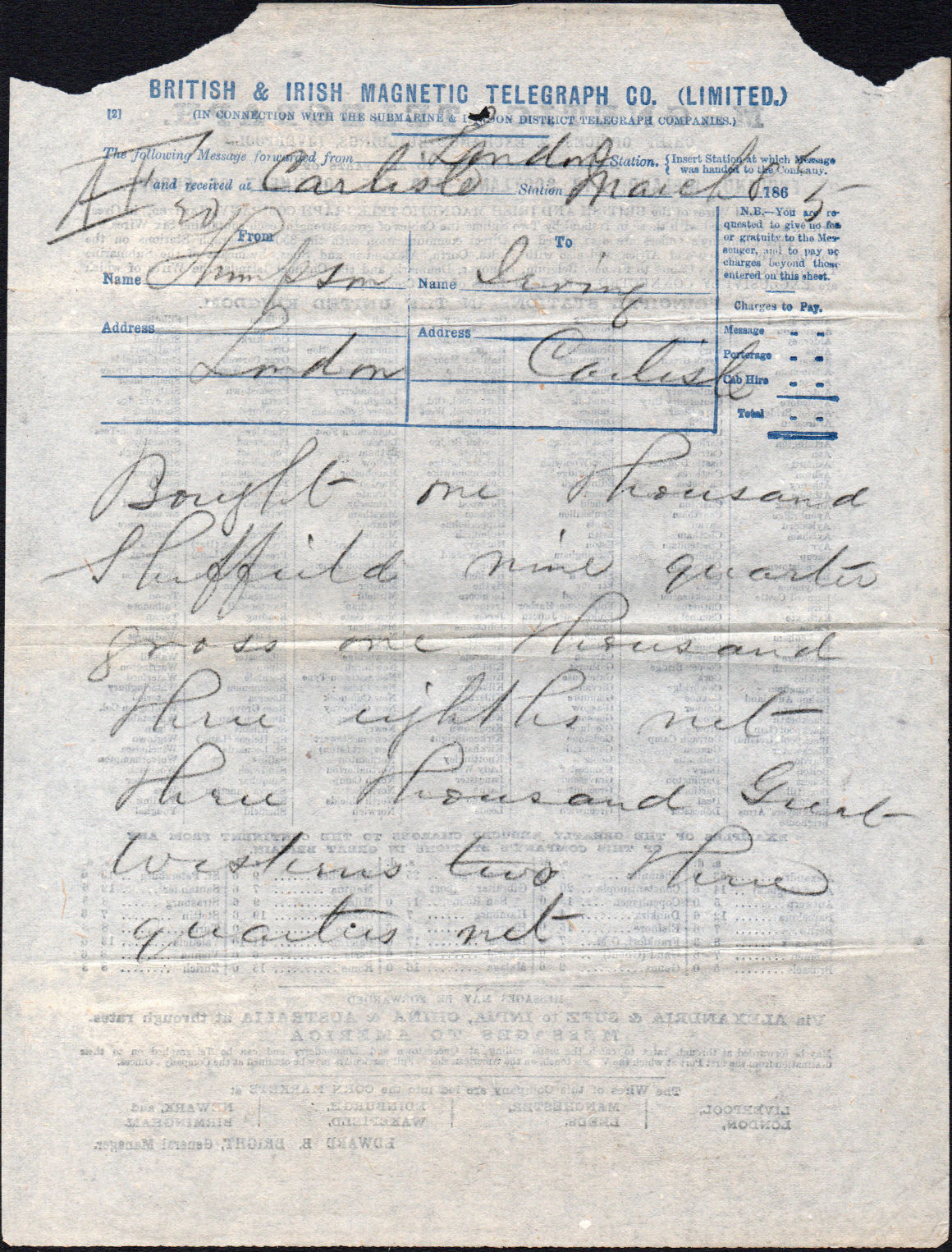
The back now lists 344 'Principle Stations', 3500 stations outside the UK, and gives 39 'Examples of greatly reduced charges' for Continental Messages.
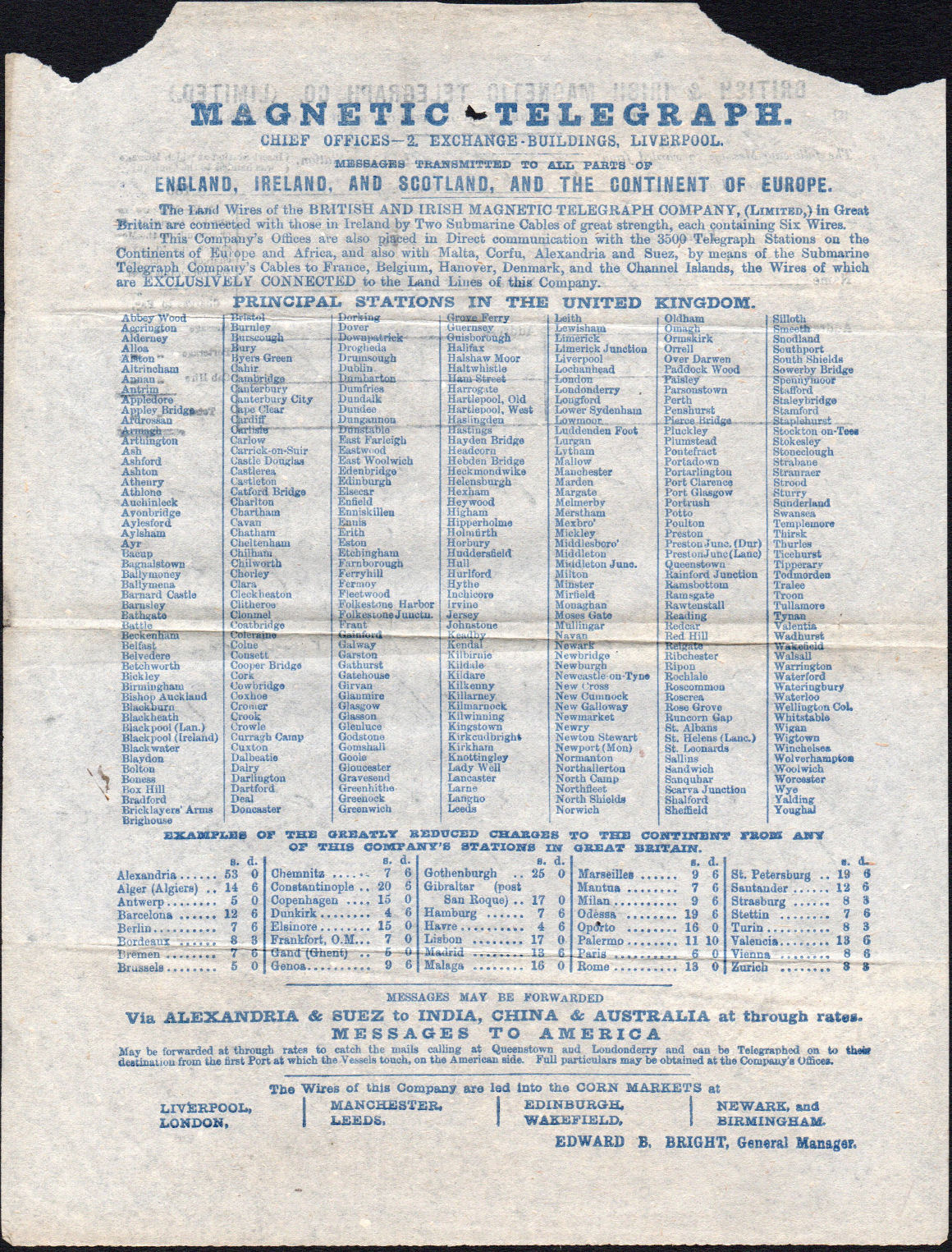
The back is the same as the last, listing 39 examples with charges from 4s 6d (Dunkirk) to 53s 0d (Alexandria).
It is undated.
This has added wording below the addresses that adds a 14 day limit to enquiries. - courtesy of Steve Lawrie. - My Ref. BI-2-1866-1
ConneXion spelled with an X, no Charges section. Used 17 June 1865 from Liverpool to Carlisle, the back is blank.
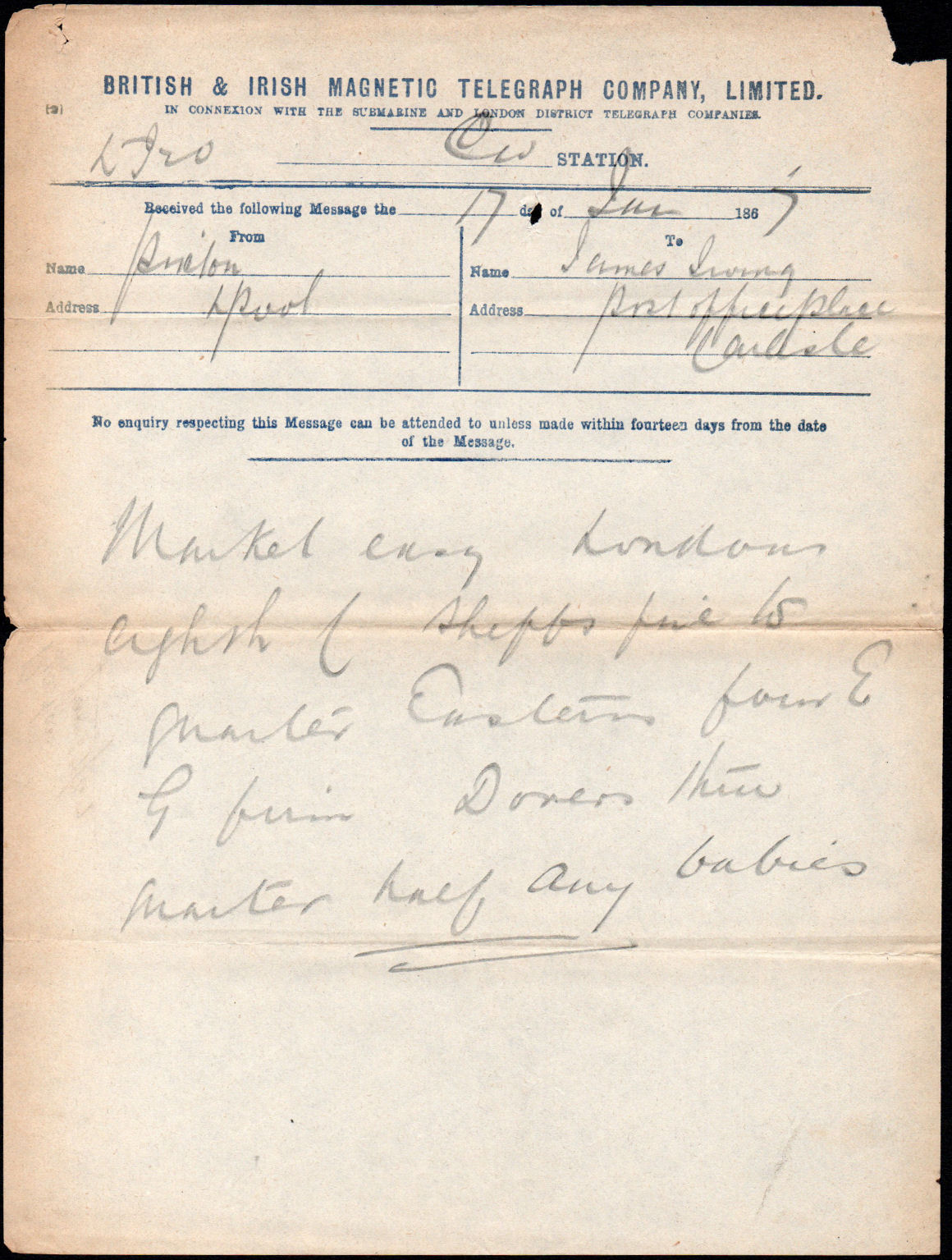
Similar to the last but 'Connection' spelled correctly and has charges section. - courtesy of Steve Lawrie. - My Ref. BI-2-1866-2
Used 23 February 1866 from Liverpool to Carlisle, the back is blank.
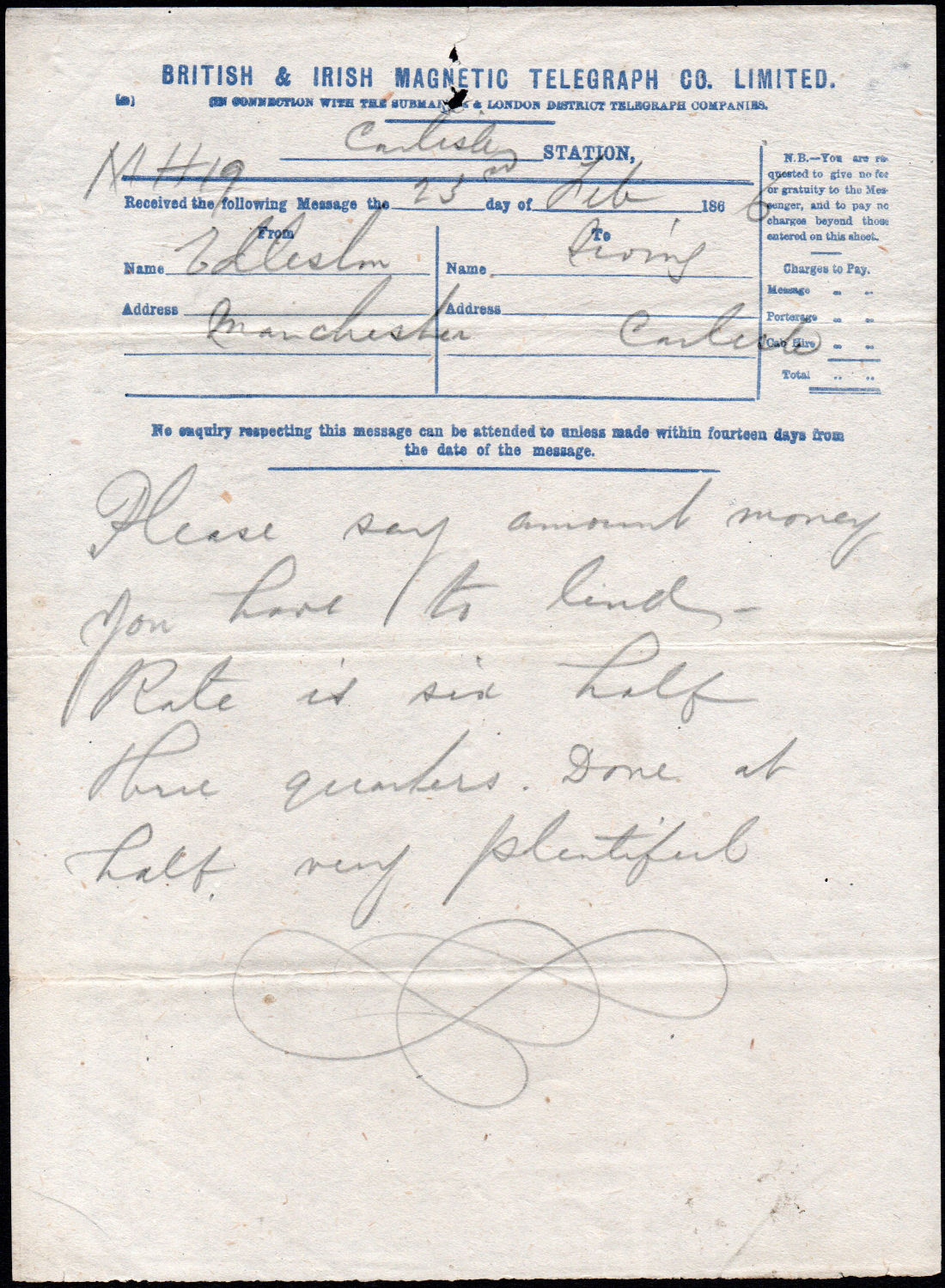
The only noticeable difference between this and the last, is the lack of a Form Number. - courtesy of Steve Lawrie. - My Ref. BI-2-1866-3
Used 26 May 1866 from Honoon? Or was that meant to be London ? to Carlisle, the back is blank.
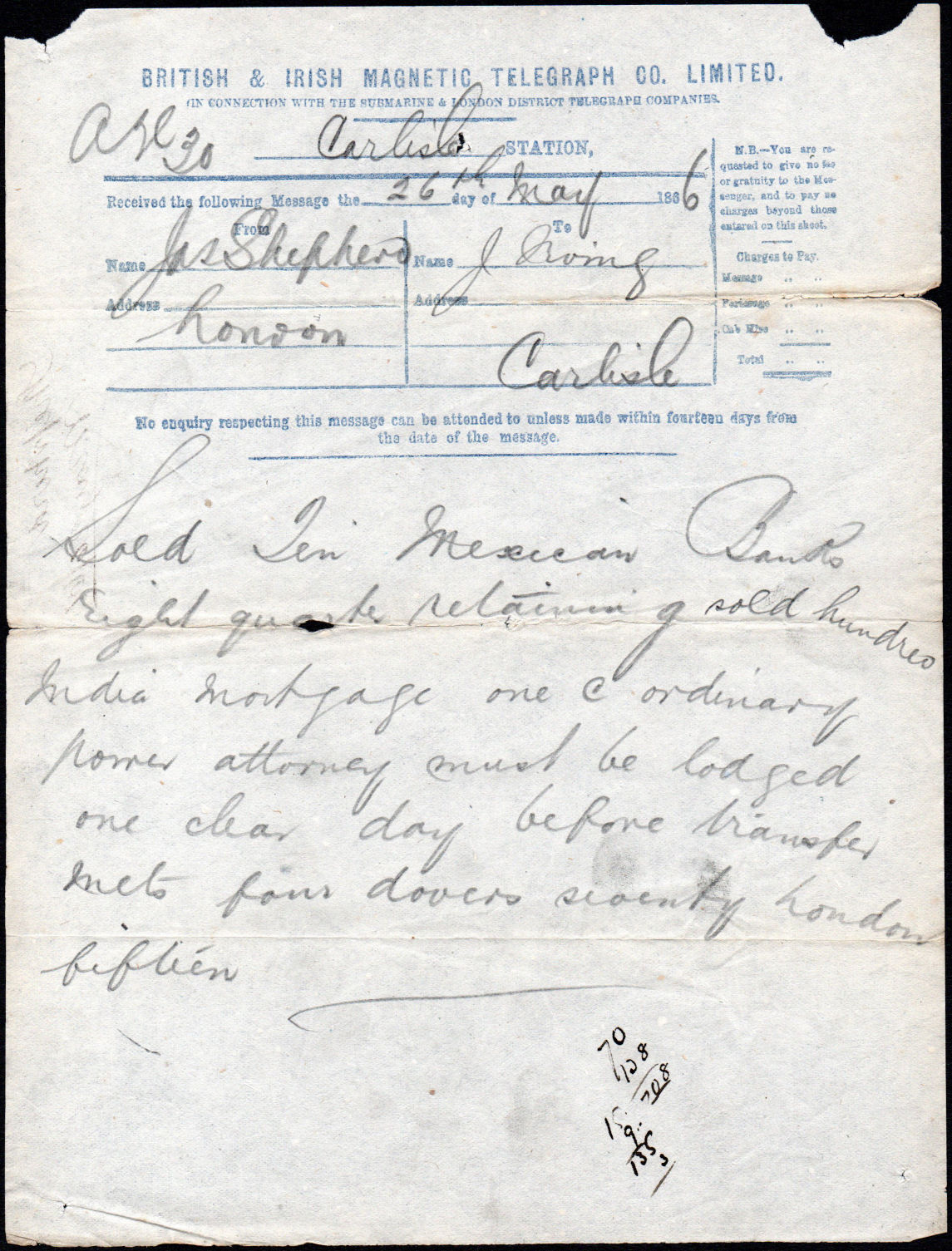
This has added wording below the addresses that adds a 14 day limit to enquiries. - courtesy of Steve Lawrie. - My Ref. BI-2-1866-4
ConneXion spelled with an X, no Charges section. Used 28 January 1868 from Glasgow to Carlisle, the back is blank.
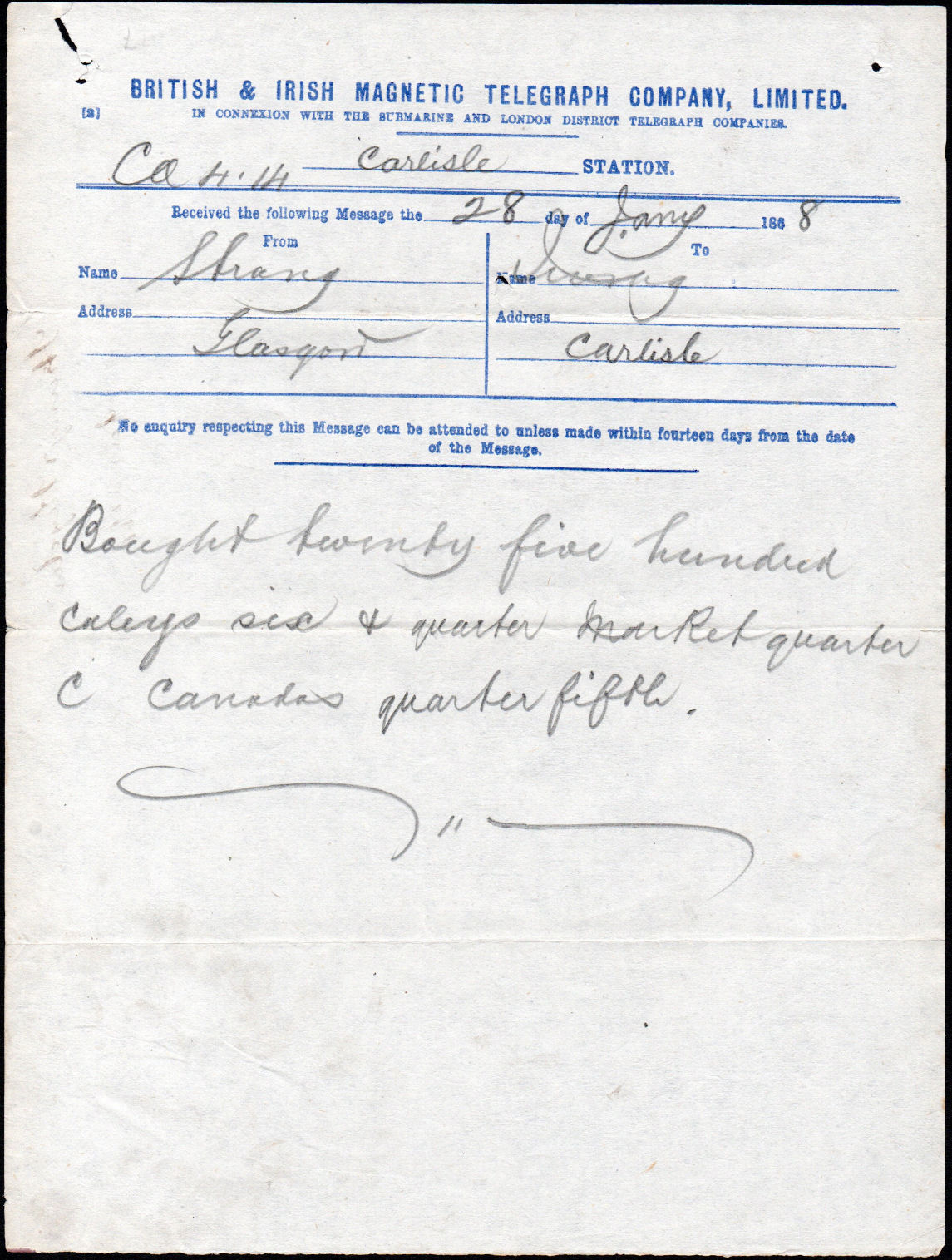
The front has added wording below the addresses that adds a 14 day limit to enquiries. - courtesy of Steve Lawrie. - My Ref. BI-2-1866-5
Used 22 May 1868 from London to Carlisle.
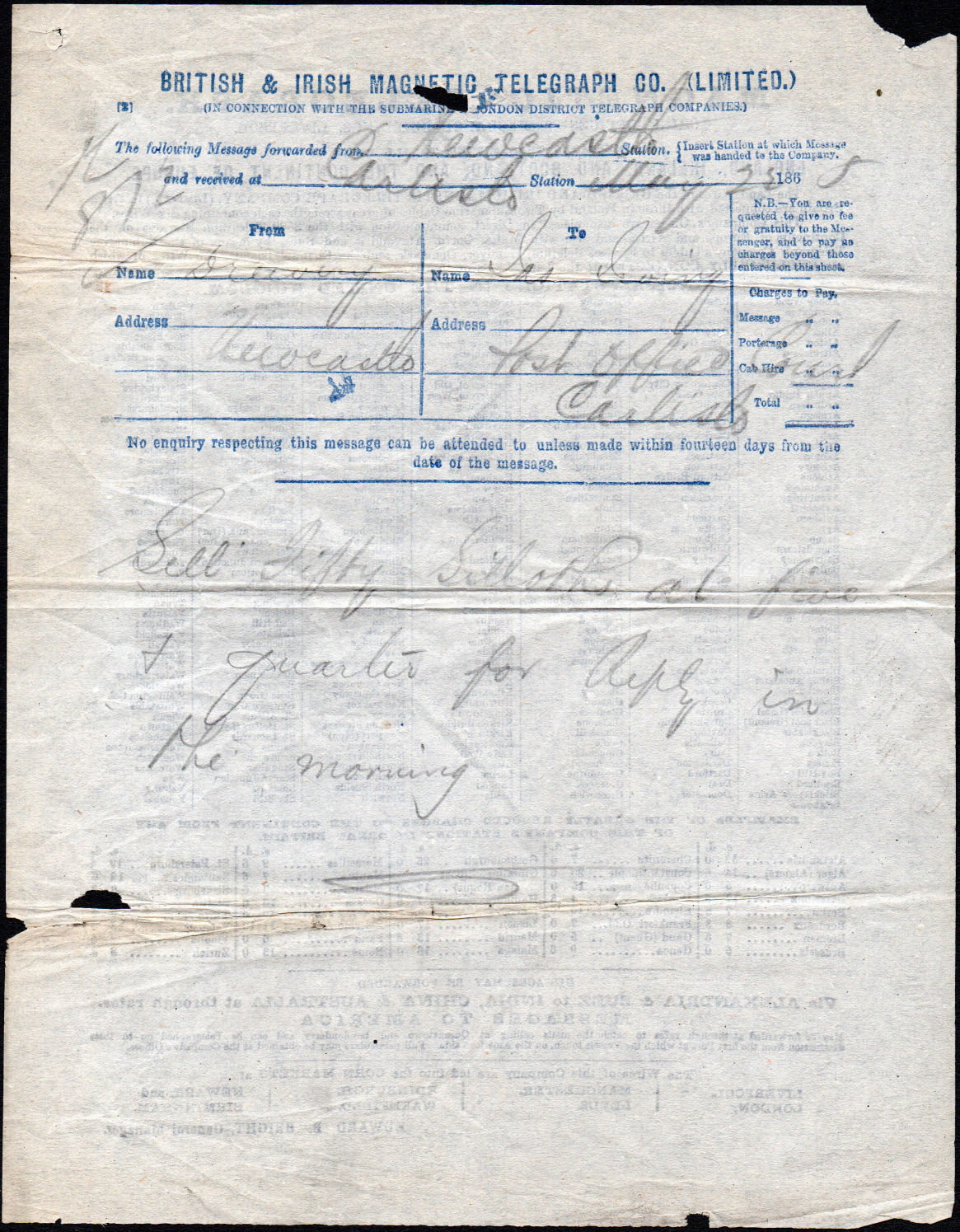
The back is the same as last, listing 344 'Principle Stations', 3500 stations outside the UK, and giving 39 'Examples of greatly reduced charges' for Continental Messages.
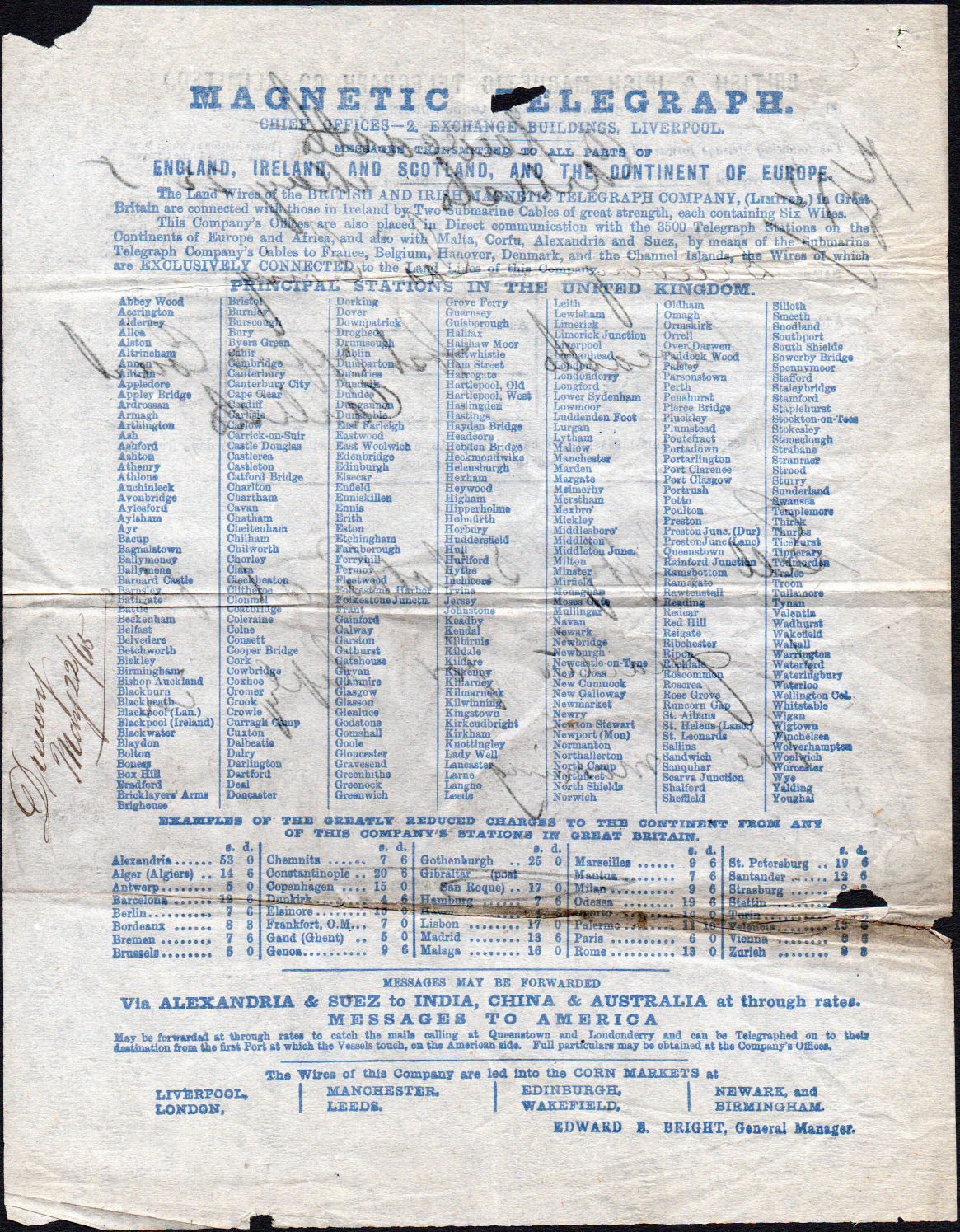
The back is the same as the last, listing 39 examples with charges from 4s 6d (Dunkirk) to 53s 0d (Alexandria).
It is undated.
Delivery Form listing.
| Provisional Reference | L & H number | Date on form | Dates used | Size inches | Size mm. | CONX | LDTC | Address lines | Back | UK Stations | Non-UK | Examples | Low Rate | High Rate | Variants | Illustrated |
|---|---|---|---|---|---|---|---|---|---|---|---|---|---|---|---|---|
| BI-2-1857-1 | - | 185_ | 25/7/1857 | 7.3 x 8¾ | 186 x 223 | Vers.1 | X | 2 | Printed | 165 | 900 | 48 | 7s 3d | £1 13s 6d | - | Yes |
| BI-2-1857-2 | - | 185_ | 11/11/1857 | 6½ x 8.4 | 166 x 214 | Vers.1 | X | 1 | Printed | 165 | 900 | 48 | 7s 3d | £1 13s 6d | - | Yes |
| BI-2-1858-1 | - | July, 1858 | 18/2/1859 | 6¾ x 8.8 | 171 x 224 | Vers.1 | X | 1 | Printed | 172 towns | 1400 | 37 | 6s 0d | 37s 0d | 1 | Yes |
| BI-2-1858-2 | - | July, 1858 | 26/3/1860 | 6¾ x 8¾ | 172 x 223 | Vers.2 | X | 1 | Printed | 172 towns | 1400 | 37 | 6s 0d | 37s 0d | 2 | Yes |
| BI-2-1860-1 | #4 | February, 1860 | ? | 6 x 8½ | 152 x 216 | Vers.? | X | ? | Printed | ? towns | 1400 ? | ? | ? | ? | ? | No |
| BI-2-1861-1 | - | July, 1861 | 24/10/1861 | 6.8 x 9.2 | 173 x 234 | Vers.3 | X | 3 | Printed | 185 towns | 1400 | 35 | 4s 6d | 20s 6d | 1, 4, 6 | Yes |
| BI-2-1862-1 | - | July, 1861 | 3/7/1862 | 7 x 10.1 | 178 x 257 | Vers.4 | X | 3 | Printed | 185 towns | 3000 | 35 | 4s 6d | 20s 6d | 2, 5, 7 | Yes |
| BI-2-1862-2 | #7a | May, 1862 | 16/8/1862 | 6.9 x 10.1 | 175 x 256 | Vers.3 | X | 3 | Printed | 294 towns | 3500 | 38 | 4s 6d | 20s 6d | 3, 4, 8 | Yes |
| BI-2-1862-3 | #7 | May, 1862 | 10/4/1863 | 7 1/8 x 10.2 | 181 x 259 | Vers.6 | ✓ | 3 | Printed | 294 towns | 3500 | 38 | 4s 6d | 20s 6d | 3, 4 | Yes |
| BI-2-1863-1 | - | 186_ | 4/5/64-20/1/65 | 7¾ x 9.8 | 197 x 249 | Vers.6 | ✓ | 3 | Printed | 344 | 3500 | 39 | 4s 6d | 47s 9d | 3, 5 | Yes |
| BI-2-1863-2 | #8 | July, 1863 | ? | 7 x 10 | 178 x 254 | Vers.? | ✓ | ? | Printed | ? towns | ? | ? | ? | ? | ? | No |
| BI-2-1864-1 | - | 186_ | 8/3/1865 | 7.7 x 10.1 | 196 x 257 | Vers.6 | ✓ | 3 | Printed | 344 | 3500 | 39 | 4s 6d | 53s 0d | 3, 5 | Yes |
| BI-2-1866-1 | #11 ? | 186_ | 17/6/65 | 7.6 x 10.8 | 194 x 275 | Vers.5 | ✓ | 3 | Blank | - | - | - | - | - | 9 | Yes |
| BI-2-1866-2 | - | 186_ | 23/2/66, 14/5/66 | 7¼ x 9.9 | 184 x 251 | Vers.6 | ✓ | 3 | Blank | - | - | - | - | - | 5, 9 | Yes |
| BI-2-1866-3 | - | 186_ | 26/5/66 | 7½ x 10 | 191 x 253 | Vers.7 | ✓ | 3 | Blank | - | - | - | - | - | 5, 9 | Yes |
| BI-2-1866-4 | - | 186_ | 28/1/68-16/4/69 | 7.6 x 10 | 192 x 255 | Vers.5 | ✓ | 3 | Blank | - | - | - | - | - | 9 | Yes |
| BI-2-1866-5 | - | 186_ | 22/5/1868 | 7.7 x 9.9 | 196 x 252 | Vers.6 | ✓ | 3 | Printed | 344 | 3500 | 39 | 4s 6d | 53s 0d | 3, 5, 9 | Yes |
L&H list 13 delivery forms, but most are not specific enough to cross-reference with these. I have added some that were definitely not already on the list.
Interestingly, a few of the 1857 continental rates would have needed 1d stamps or coin to pay.
Variants:
L & H list two Forwarding Forms used in 1862, both bearing adhesive stamps.
They have the wording "In Connexion with the Submarine Telegraph Company" and have plain backs.
They are in the Royal Philatelic Collection.
[3.] "In Connection with the Submarine & London District Telegraph Companies." - courtesy of Edward Coombes. - My Ref. BI-3-1865-1
London to Carlisle. Dated 6/10 1865. Size 167 x 246 mm. The back is blank. Not listed by L & H.
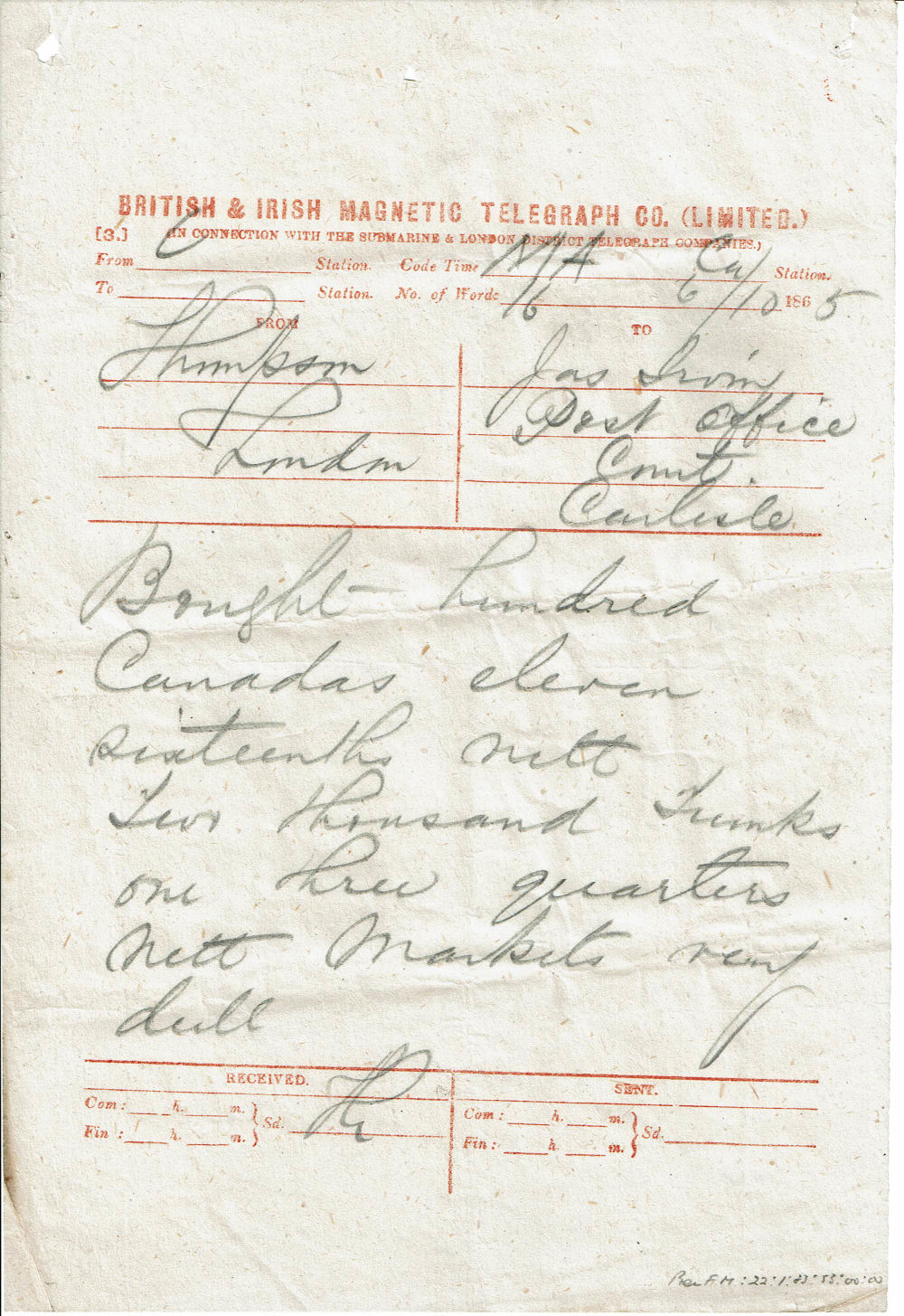
The Steve Lawrie collection contained another one used 8 June 1867 that looked the same except printed on better quality paper.
Forwarding Form listing.
| Provisional Reference | Date on form | Dates used | Size mm. | Stations | Notes | Illustrated |
|---|---|---|---|---|---|---|
| BI-3-1865-1 | 186_ | 6/10/1865 | 167 x 246 | - | Printed in red | Yes |
This was used 30 April 1864. - courtesy of Steve Lawrie. - My Ref. BI-4-1864-1
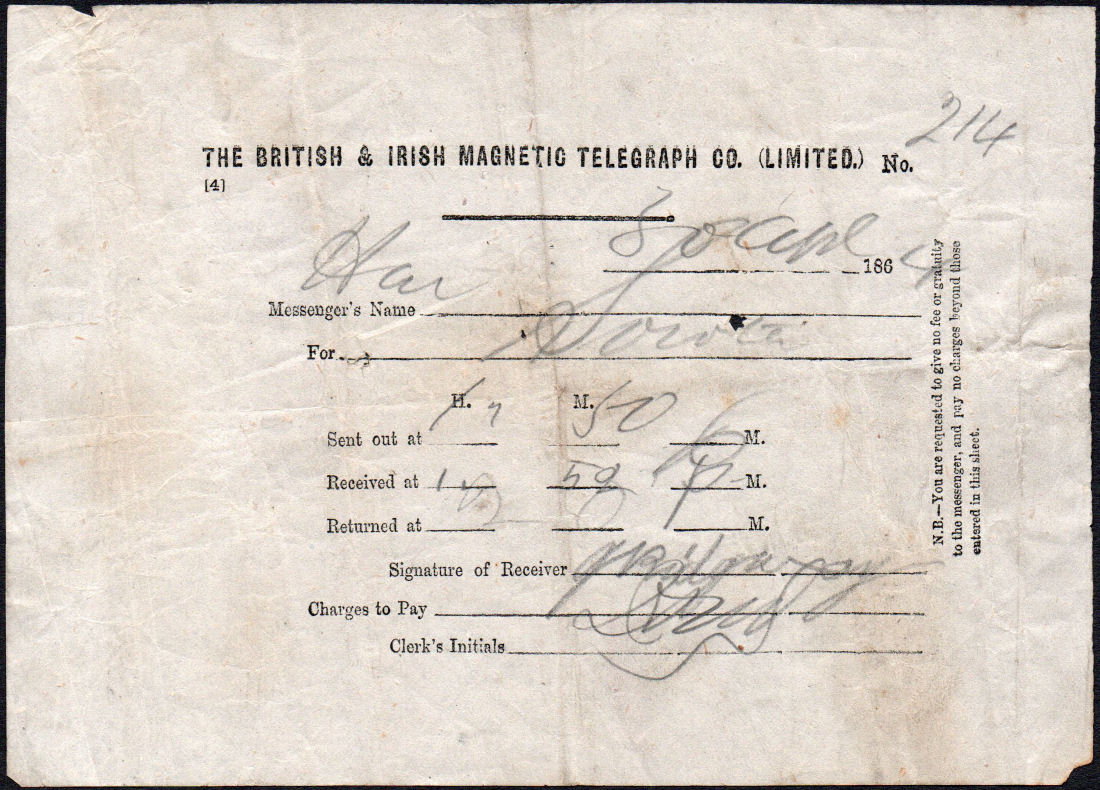
Messenger Ticket listing.
| Provisional Reference | Date on form | Dates used | Size mm. | Stations | Notes | Illustrated |
|---|---|---|---|---|---|---|
| BI-4-1864-1 | 186_ | 30/4/1864 | 185 x 133 | - | Yes |
A problem with these is that the year was pre-filled "18__" with the hopeful expectation that the clerk would add the extra 2 digits. All too often it was just too much trouble for them.
Fortunately the back evolved fast enough to be able to guess the decade. There are at least 4 different types.
Receipt Form listing.
| Provisional Reference | Date on form | Dates used | Size mm. | London Offices | Principal Stations | Authority | Illustrated |
|---|---|---|---|---|---|---|---|
| BI-5-1856-1 | 18__ | 3/8/1856 | 169 x 101 | 11 | 55 | Edward B. Bright, Secretary | Yes |
| BI-5-1860-1 | 18__ | 2/11/1860 | 170 x 95 | 10 | 61 | Edward B. Bright, Secretary | Yes |
| BI-5-1864-1 | 18__ | 11/7/1864 | 170 x 97 | 18 | 55 | Edward B. Bright, Secretary | Yes |
| BI-5-1864-2 | 18__ | 5/3/1864 | 169 x 93 | 13 | 57 | Edward B. Bright, General Manager | Yes |
This was used 2 May 1864. - courtesy of Steve Lawrie. Size 214 x 184 mm. - My Ref. BI-32-1864-1
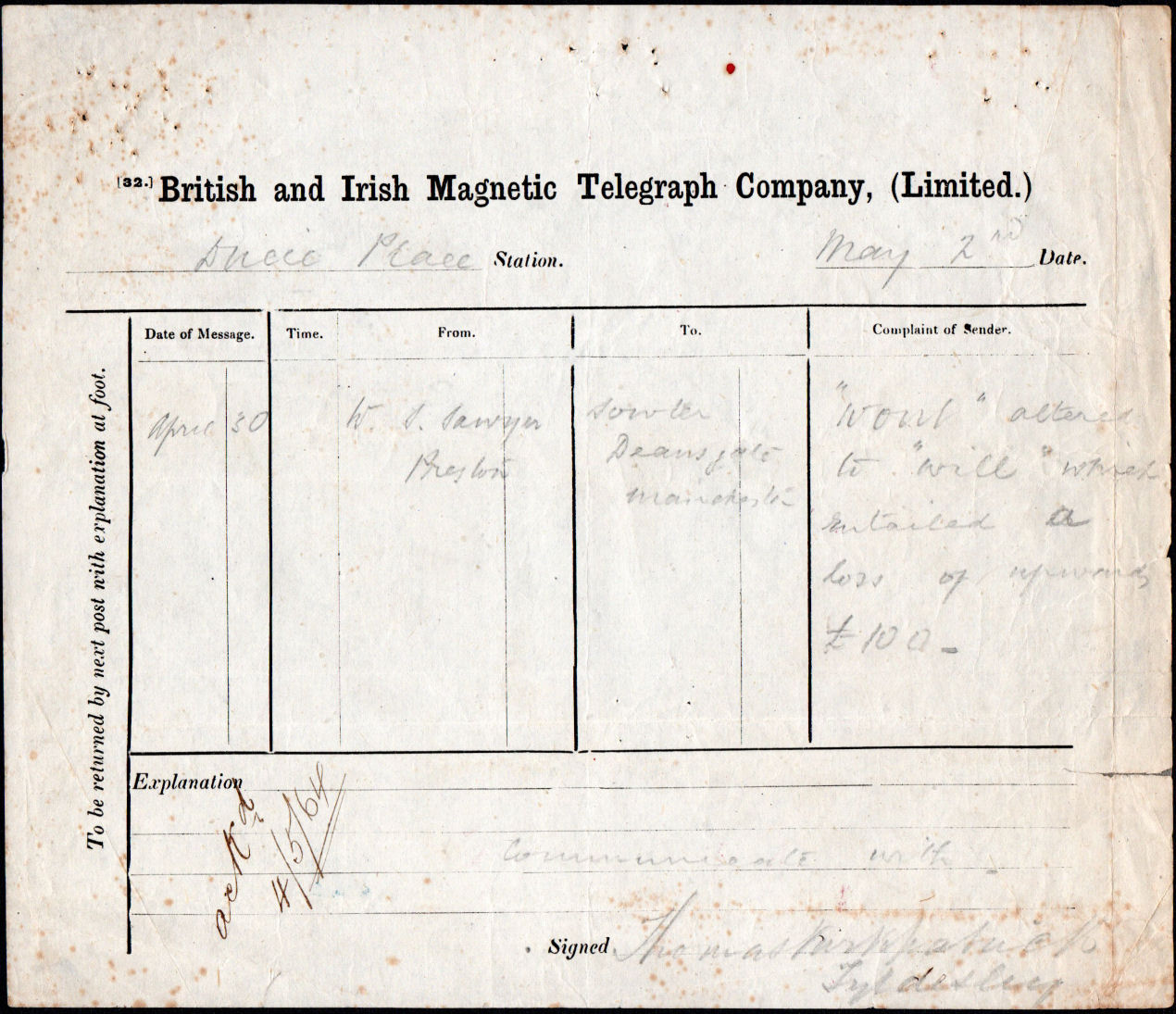
Complaint Form listing.
| Provisional Reference | Date on form | Dates used | Size mm. | Stations | Notes | Illustrated |
|---|---|---|---|---|---|---|
| BI-32-1864-1 | 186_ | 2/5/1864 | 214 x 184 | - | Yes |
These appear to have been printed on a variety of 'off-the-peg' envelopes, in a variety of sizes.
In the later years, the delivery forms were fairly consistent in size and shape, but
in the early days there were frequent changes and envelope sizes may have needed to change accordingly.
This envelope (size 137 x 77 mm) of 26 March 1860, has a black printed header 'British & Irish Magnetic Telegraph Co / Immediate'. Courtesy of Edward Coombes.- My Ref. BIM-Env-1860-1
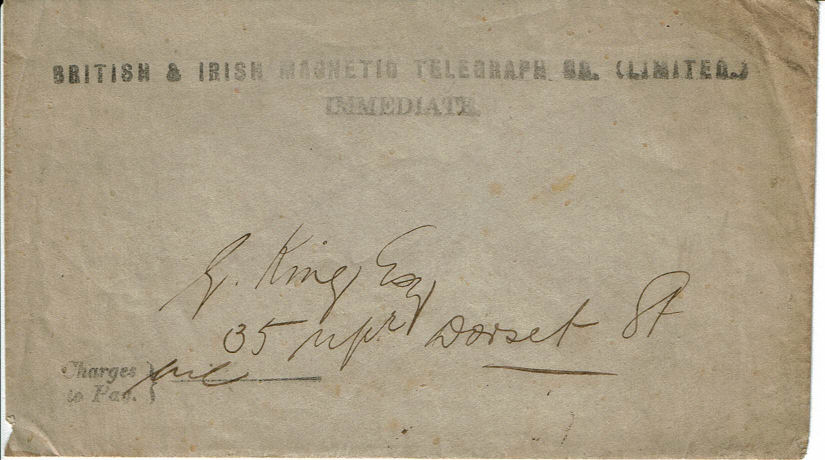
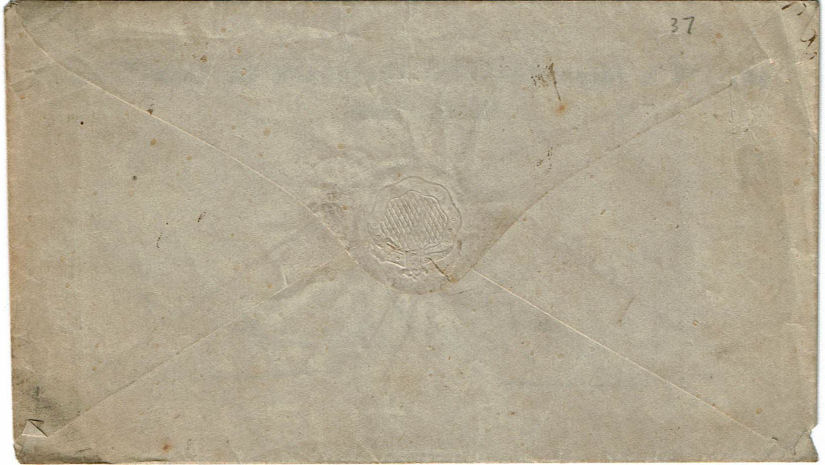
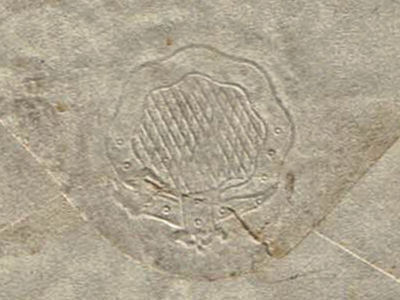
The flap embossing looks generic.
A business envelope from B & I, Liverpool to London dated 29 March 1860 showing embossing on the back - courtesy of Edward Coombes.
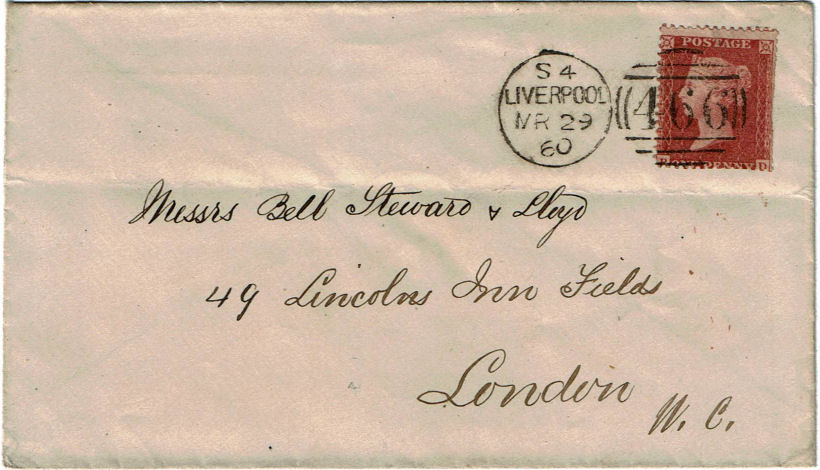
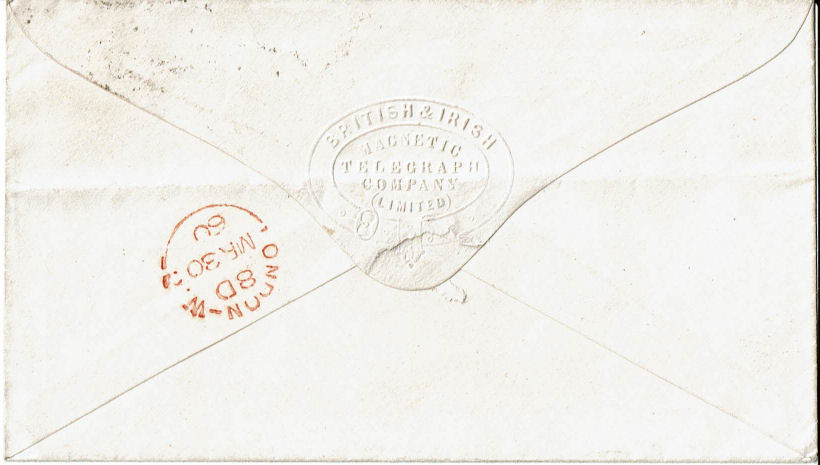
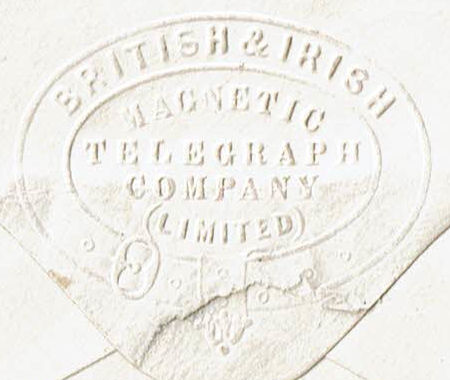
Closeup of embossing.
Envelope, possibly 1861 - courtesy of Steve Lawrie.- My Ref. BIM-Env-1861-1
This has 'COMPANY' written in full.
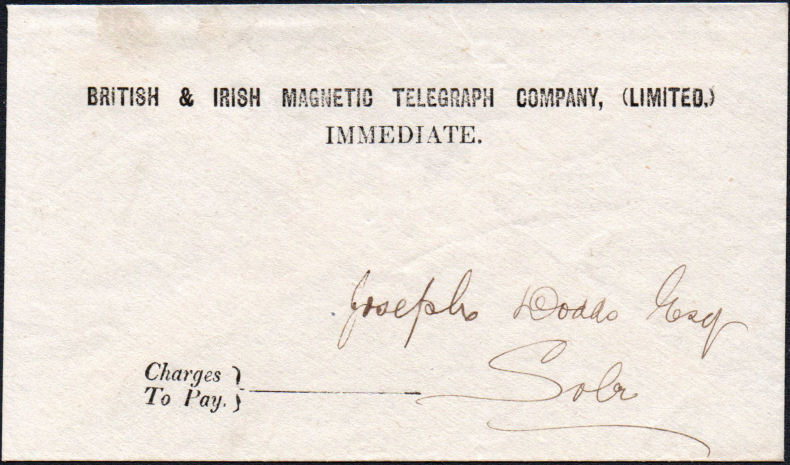
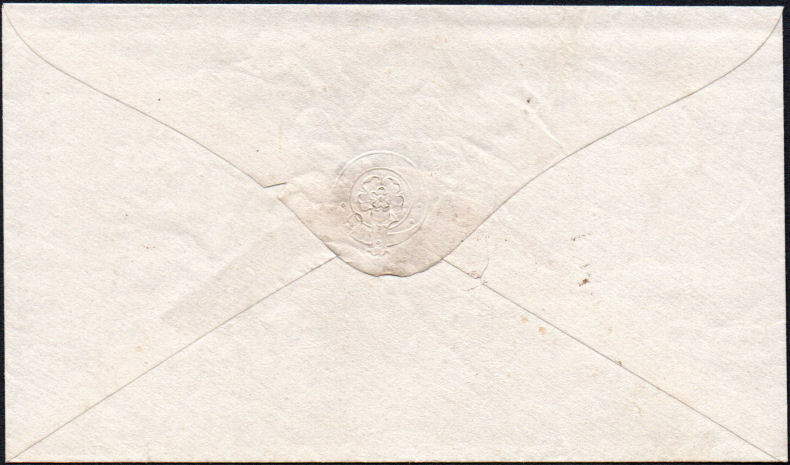
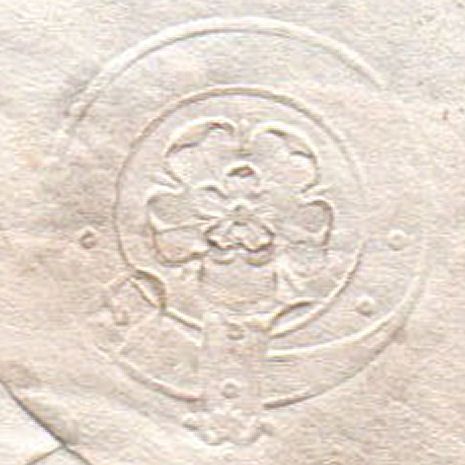
This again looks generic. A similar embossed seal to the one on this envelope flap has also been seen on an 1869 envelope of
the Universal Private Telegraph Company, but this looks earlier.
Envelope of 15 March 1868, - courtesy of Steve Lawrie.- My Ref. BIM-Env-1863-1
These are found with a number of different seals, but all basically with or without charges to pay.
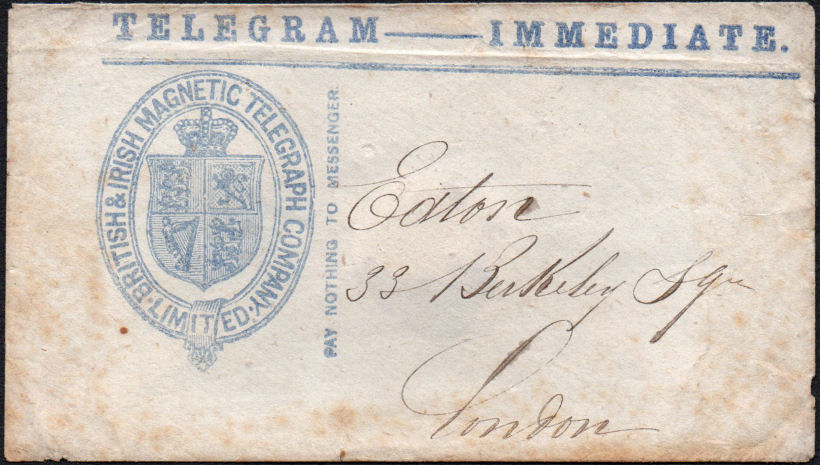
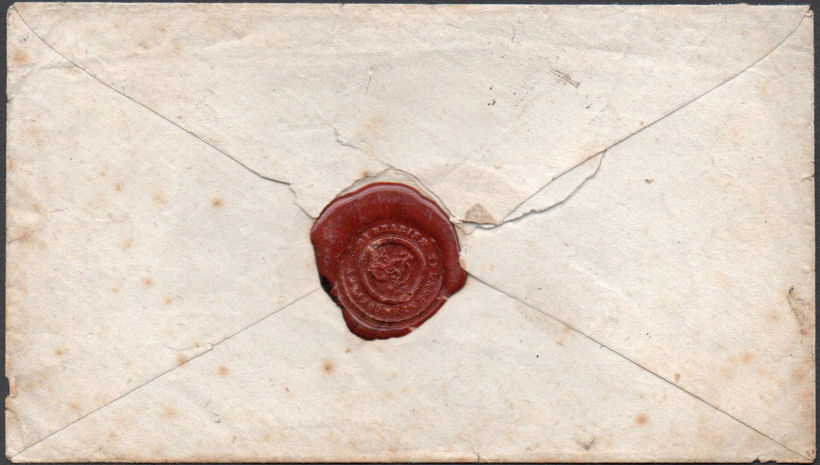
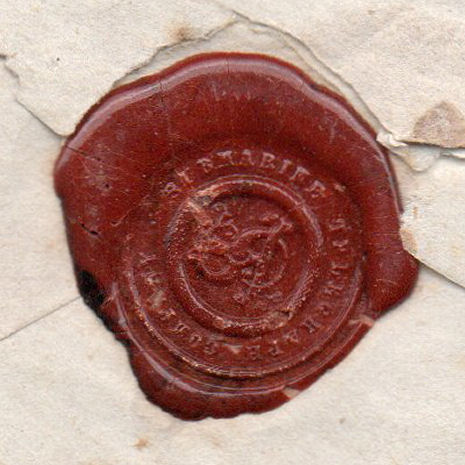
This bears the seal of the Submarine Telegraph Company that the British & Irish Magnetic Telegraph Company was connected with.
Envelope of unknown date, with Charges to pay - courtesy of Steve Lawrie.- My Ref. BIM-Env-1866-1
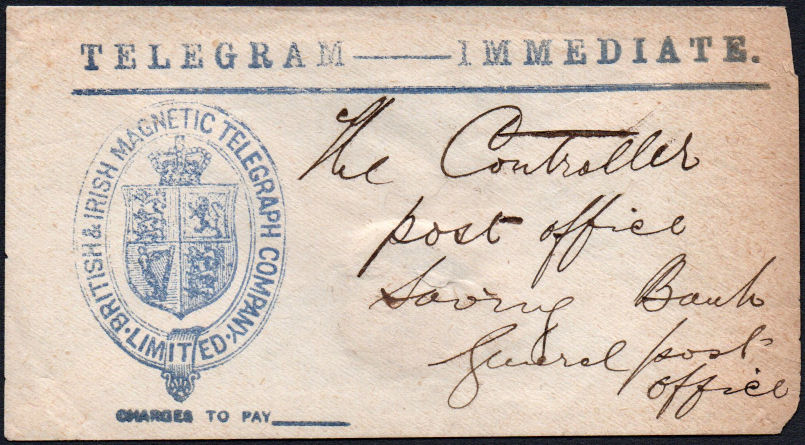
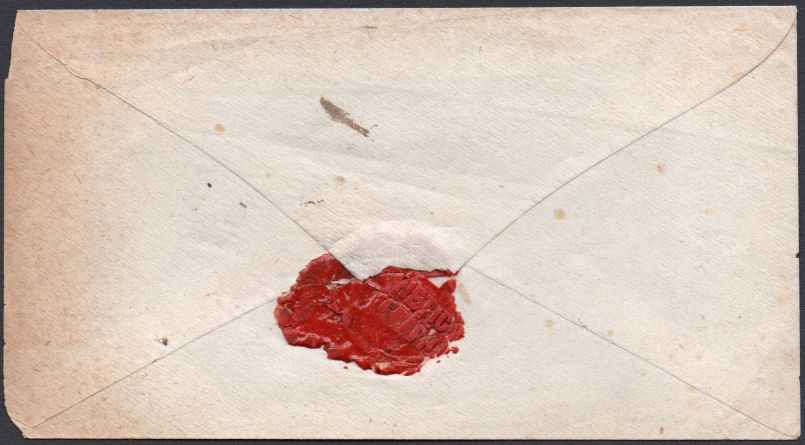
"CHARGES TO PAY"
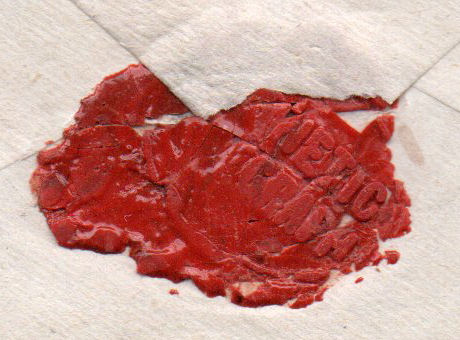
An early Magnetic Telegraph wax seal.
Envelope of unknown date, - courtesy of Steve Lawrie.
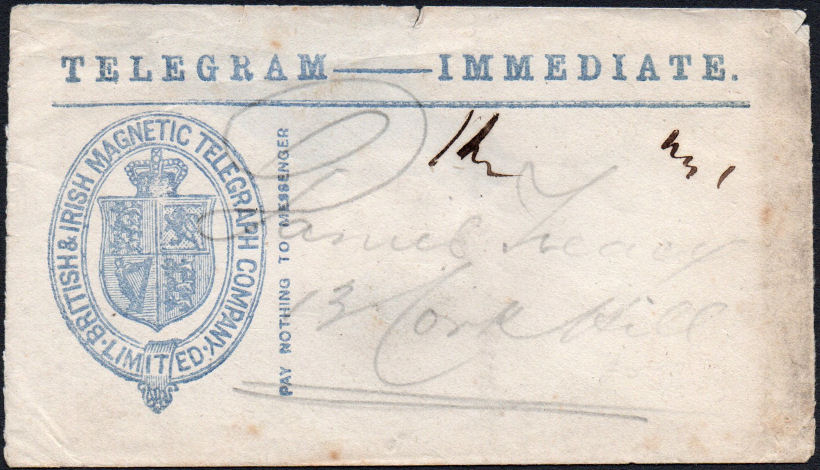
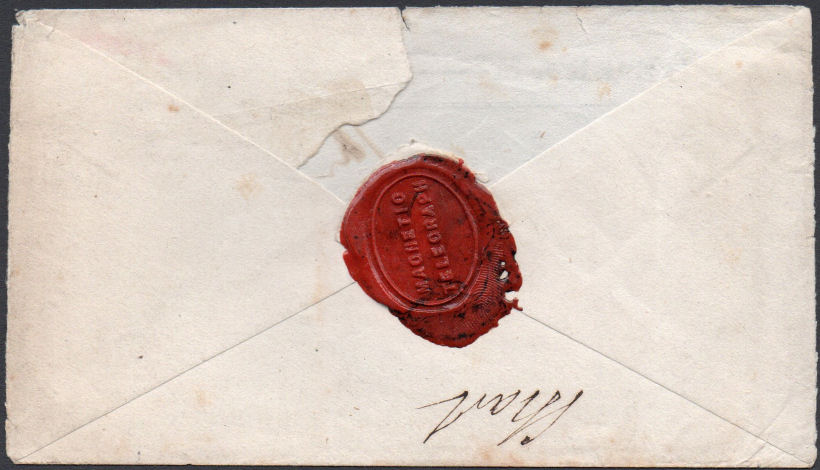
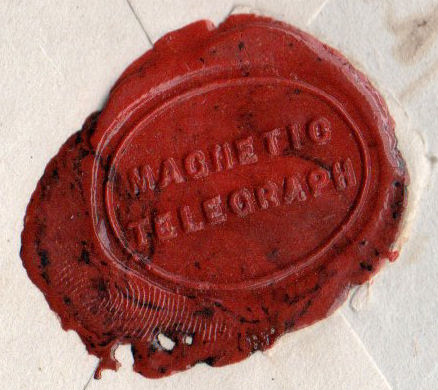
A presumed later Magnetic Telegraph wax seal, with fingerprint preserved for posterity.
Other envelopes, courtesy of Steve Lawrie.
| Provisional Reference | Date on form | Date used | size mm. | Colour | Logo on flap ? | Comments |
|---|---|---|---|---|---|---|
| BIM-Env-1860-1 | - | 26/3/1860 | 137 x 77 | black on dull buff | generic - 1 | 'CO.' |
| BIM-Env-1861-1 | - | 24/10/1861 | ???? | black on white | generic - 2 | 'COMPANY' |
| BIM-Env-1863-1 | - | 10/4/1863 | ???? | light blue on white | - | 'Pay Nothing ...' |
| BIM-Env-1866-1 | - | 14-2-66 | ???? | light blue on white | - | 'Charges to Pay' |
Last updated 17th. October 2023
©Copyright Steve Panting 2012/13/14/15/16/17/18/19/20/21/22/23 except where stated.
Permission is hereby granted to copy material for which the copyright is owned by myself, on condition that any data is not altered and this website is given credit.